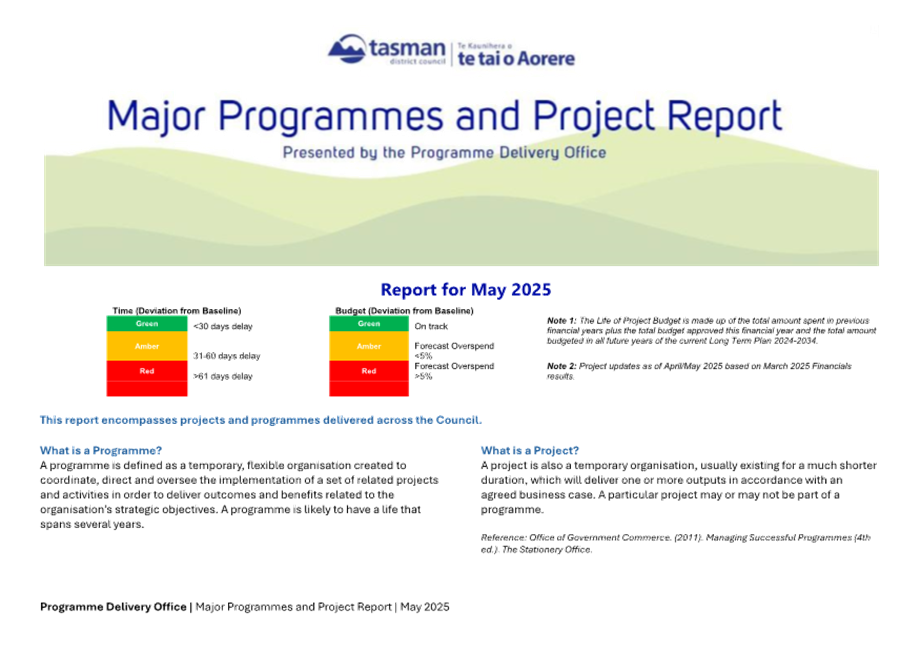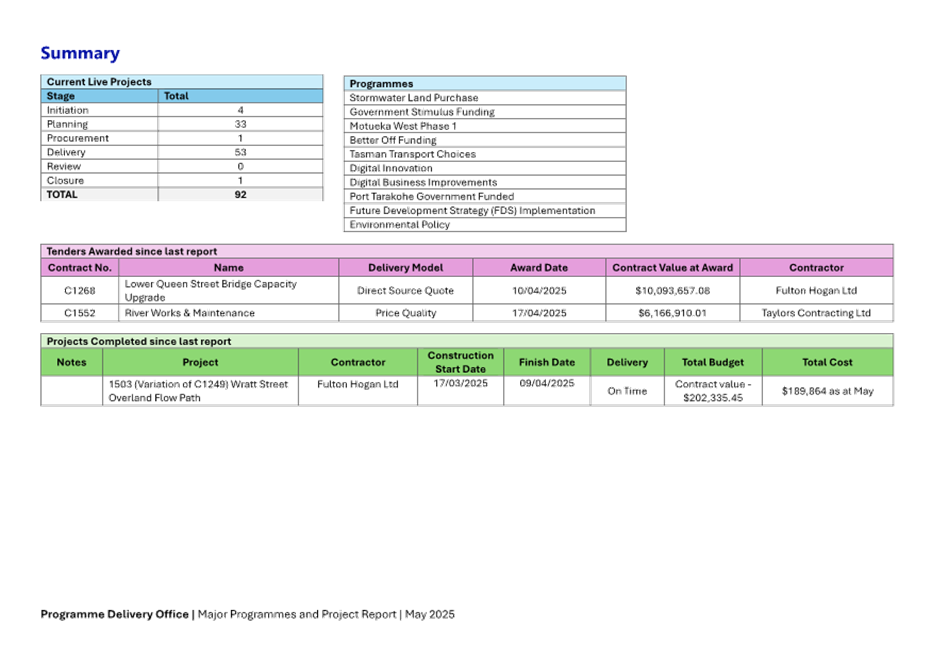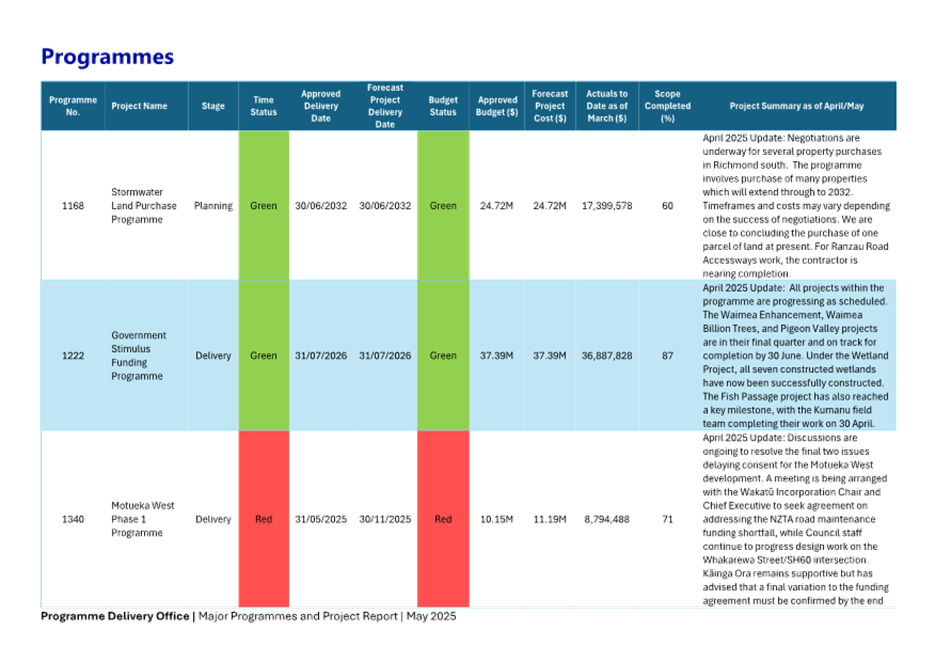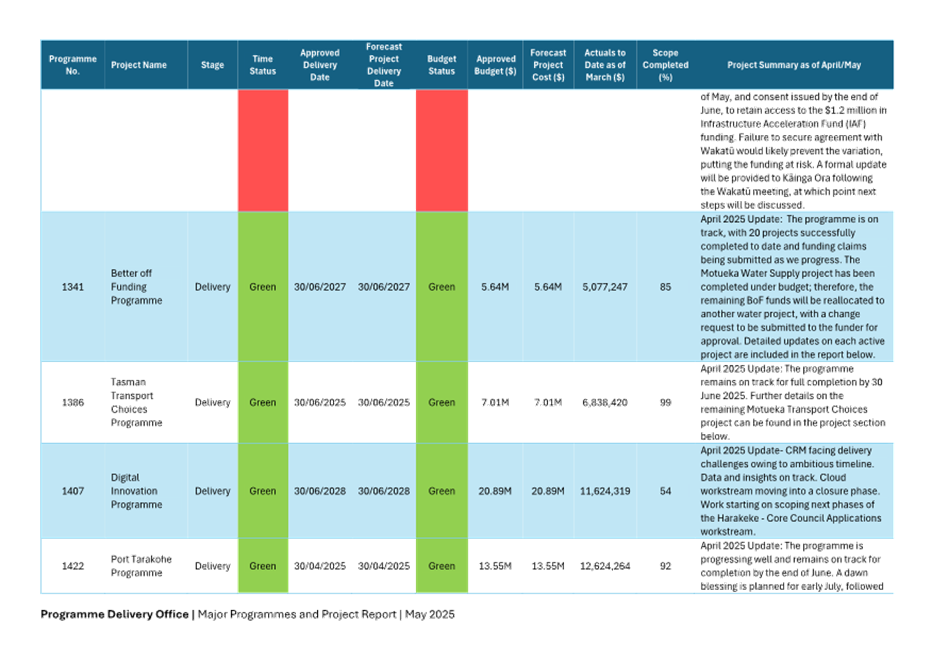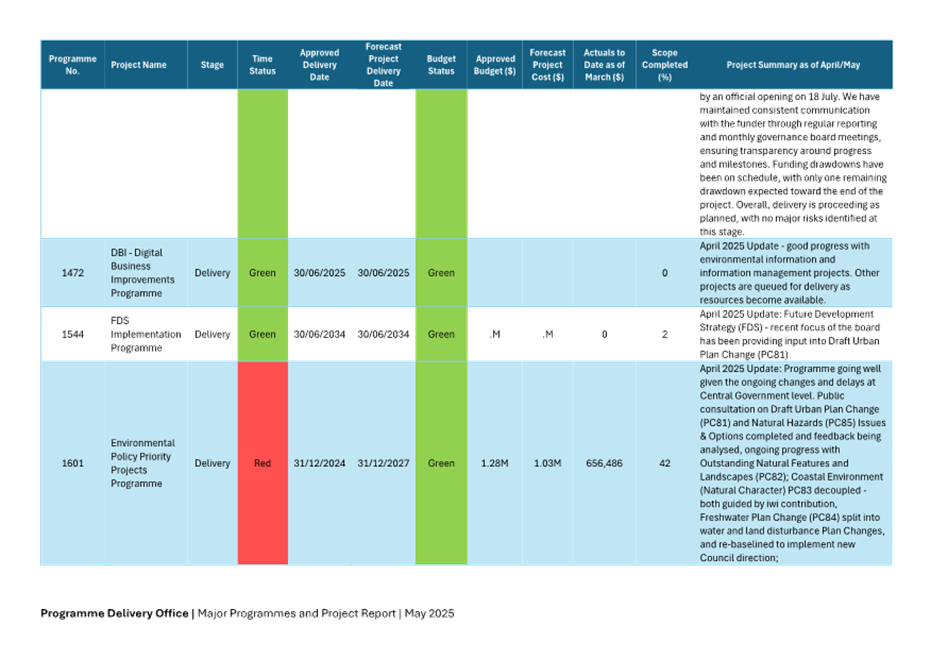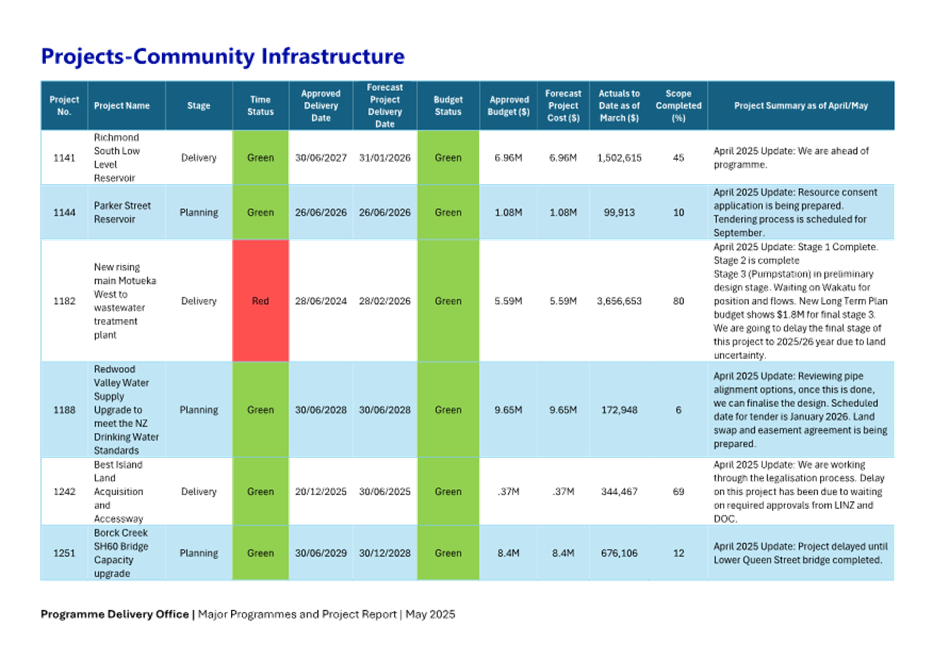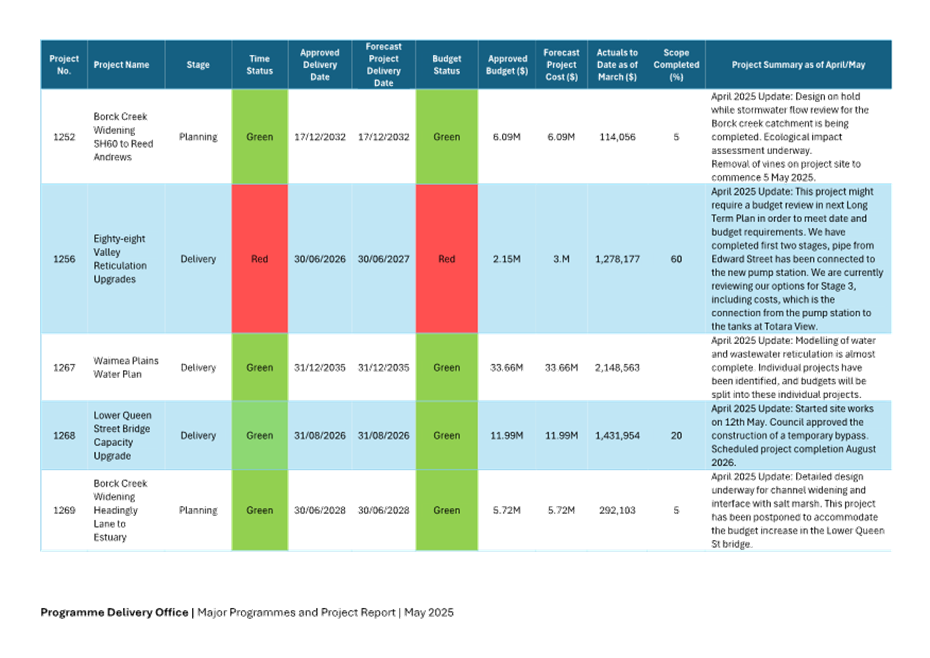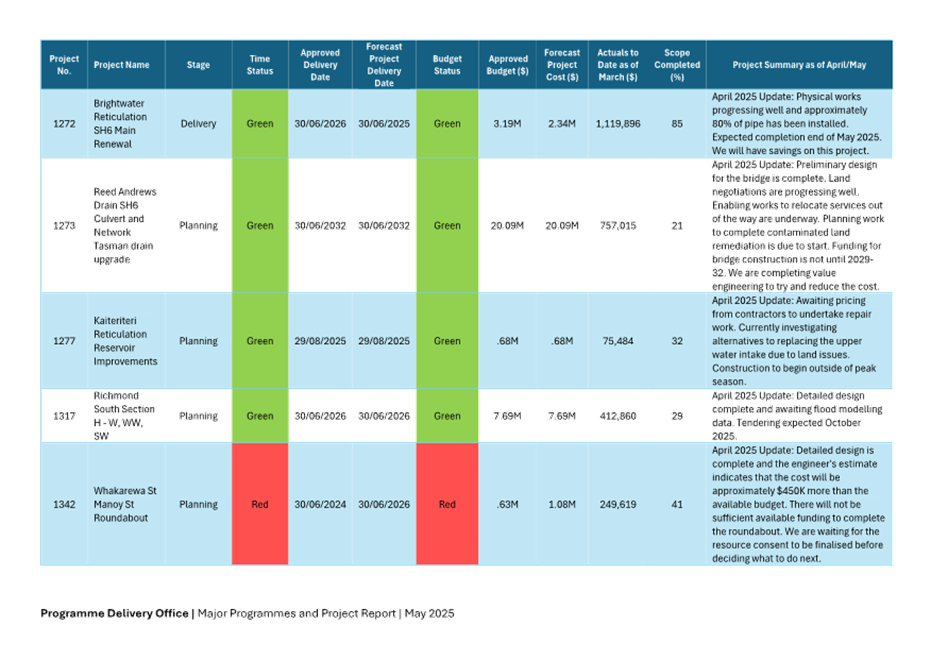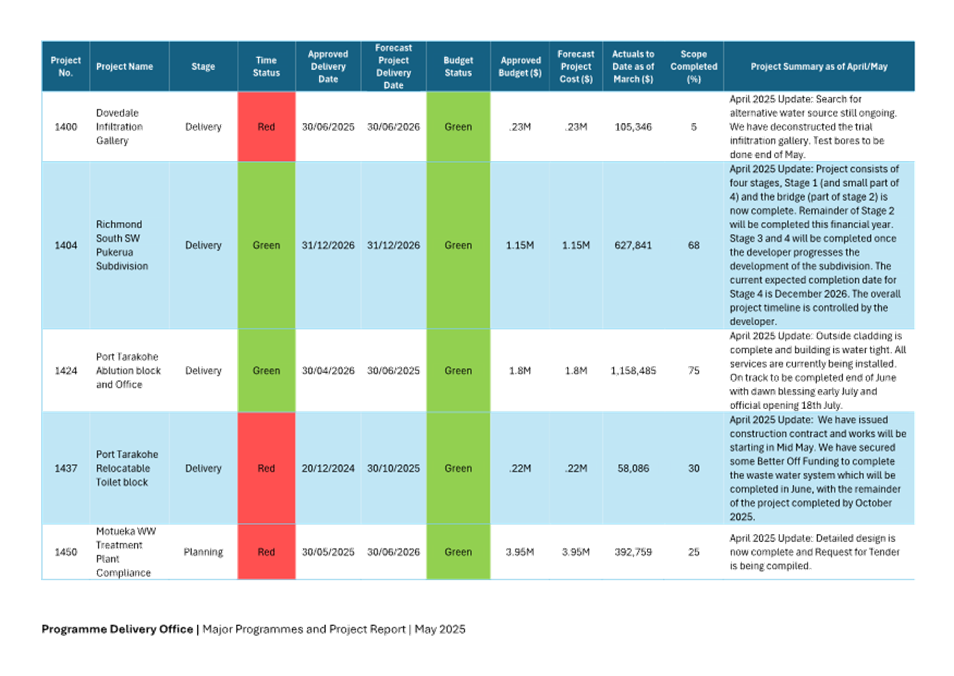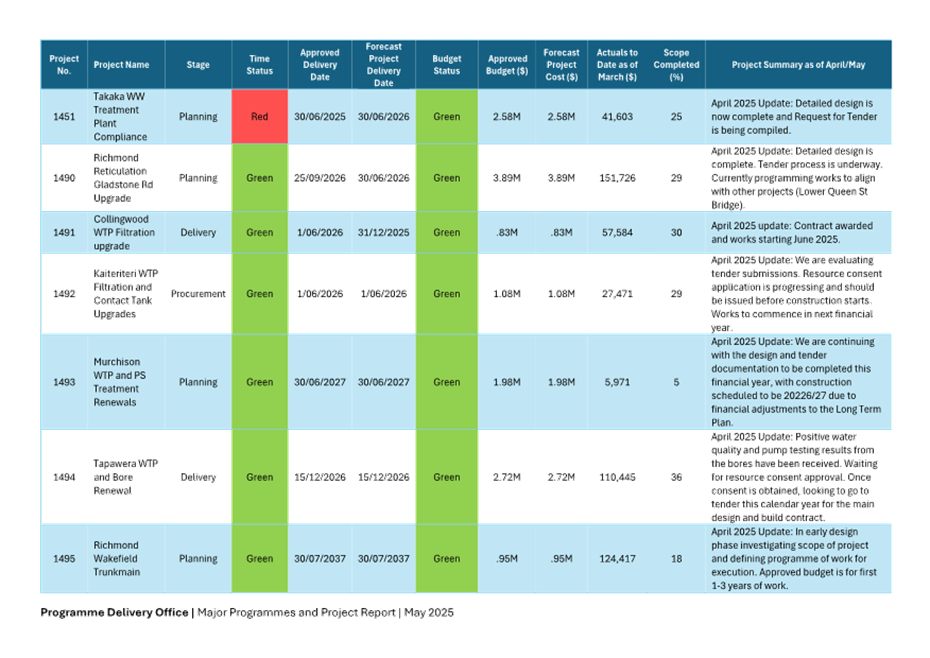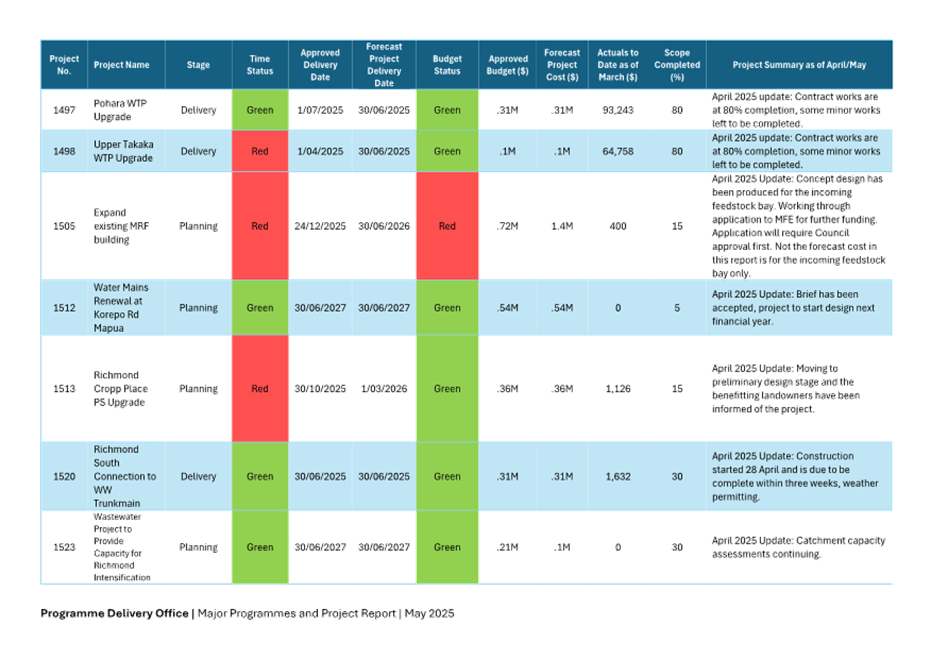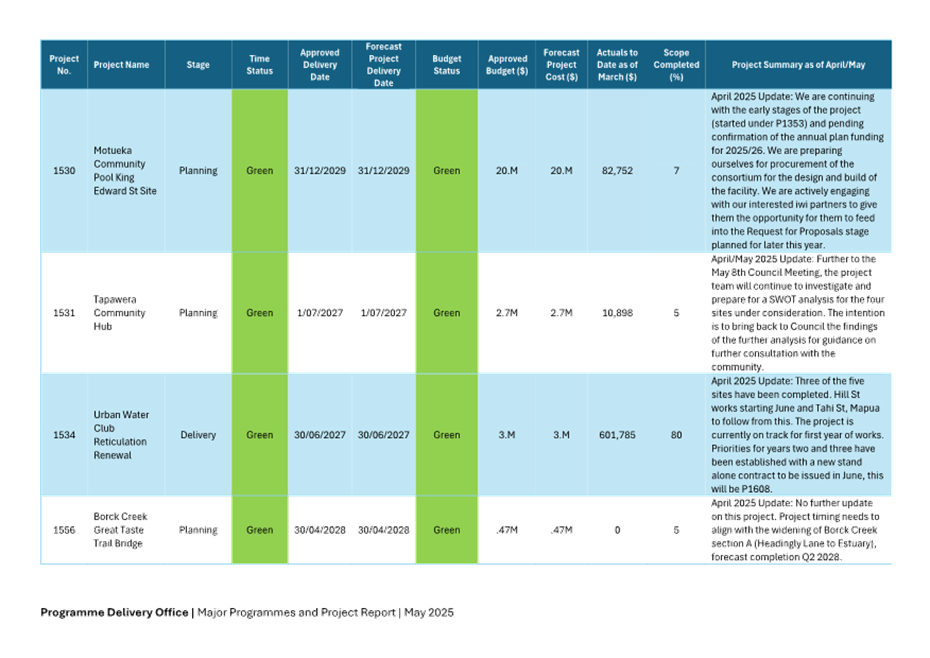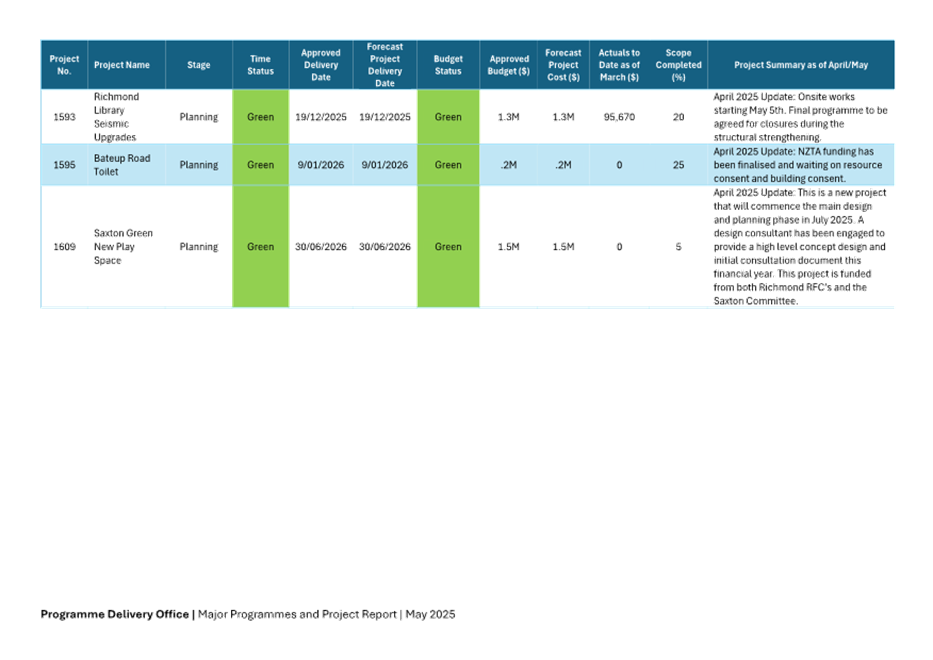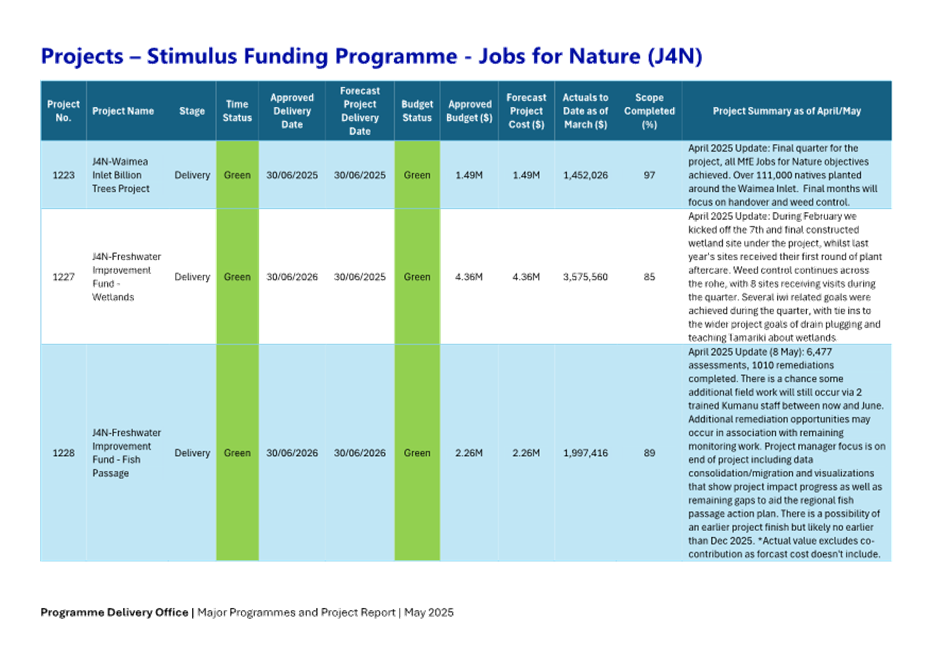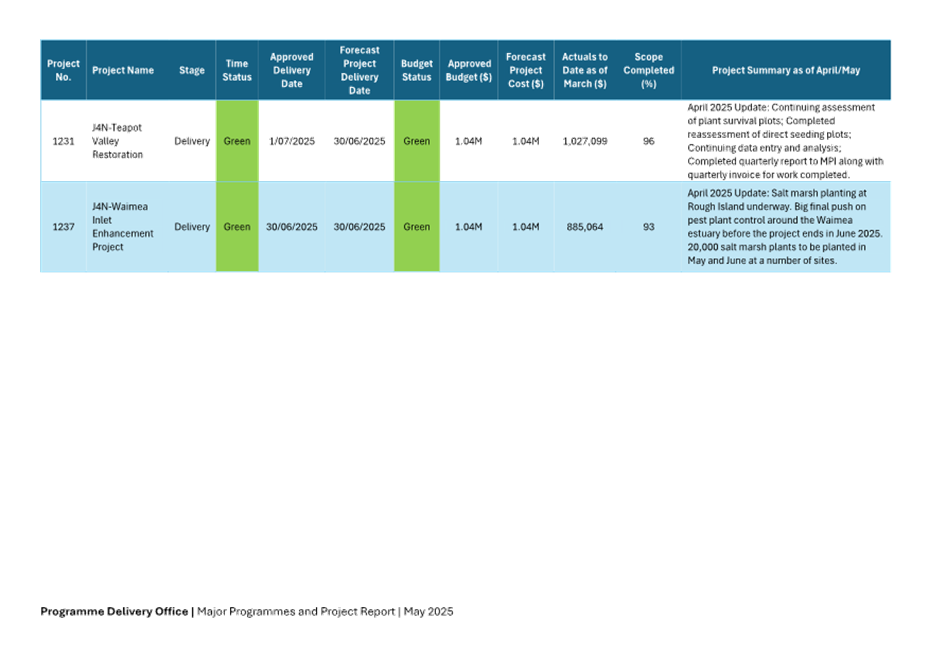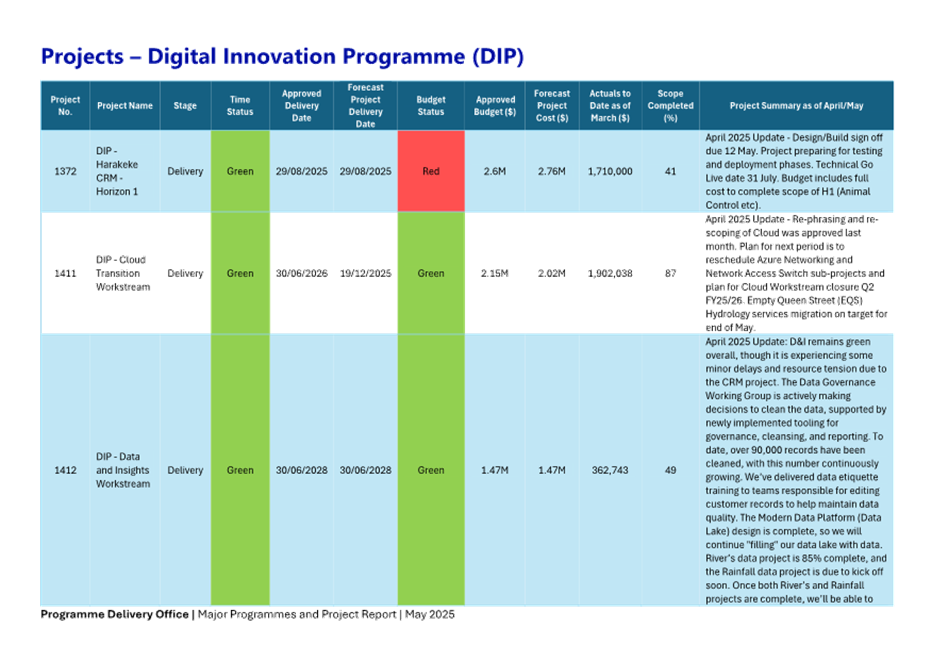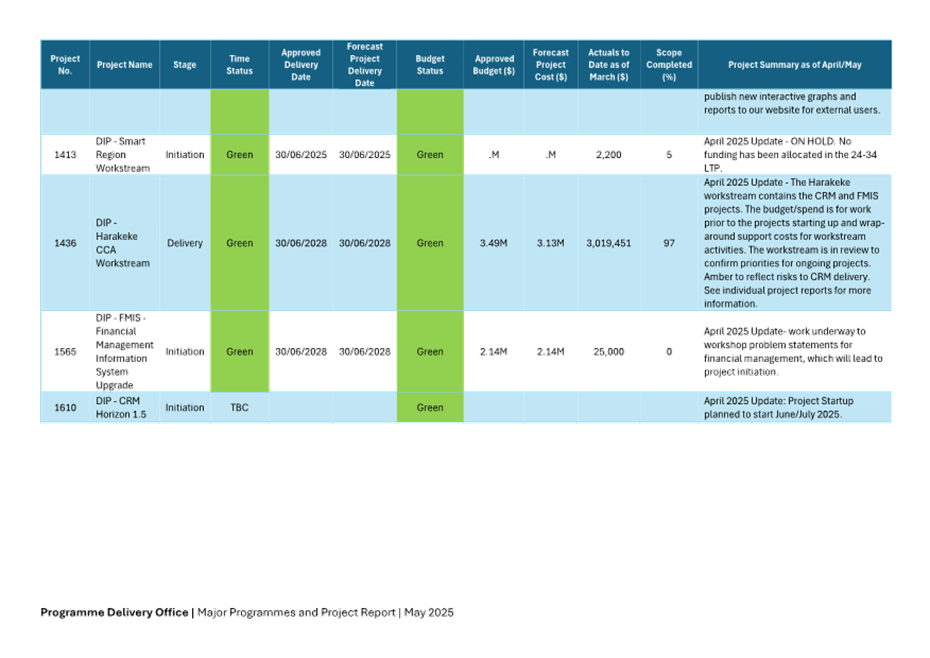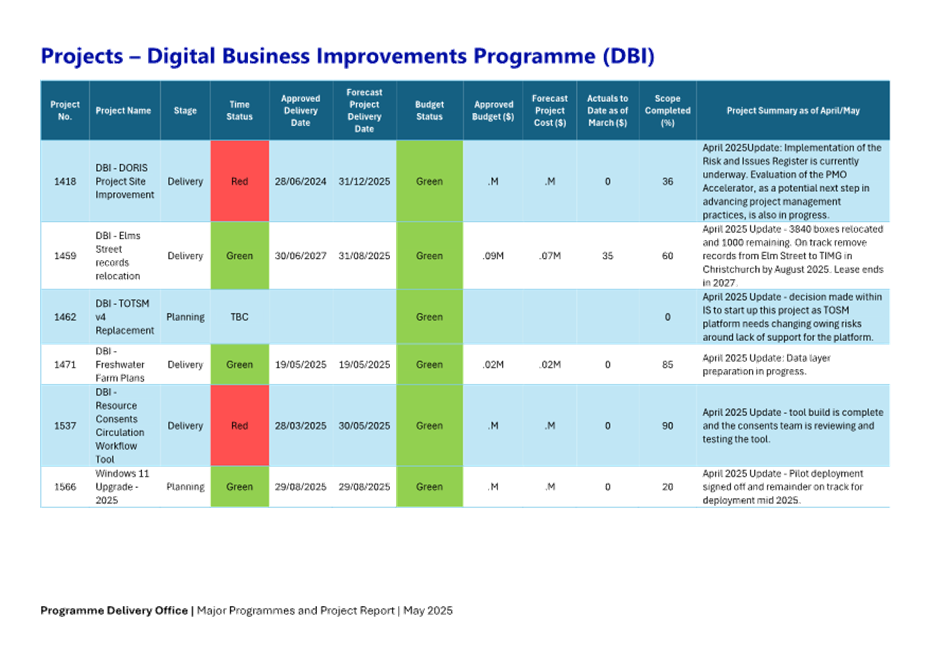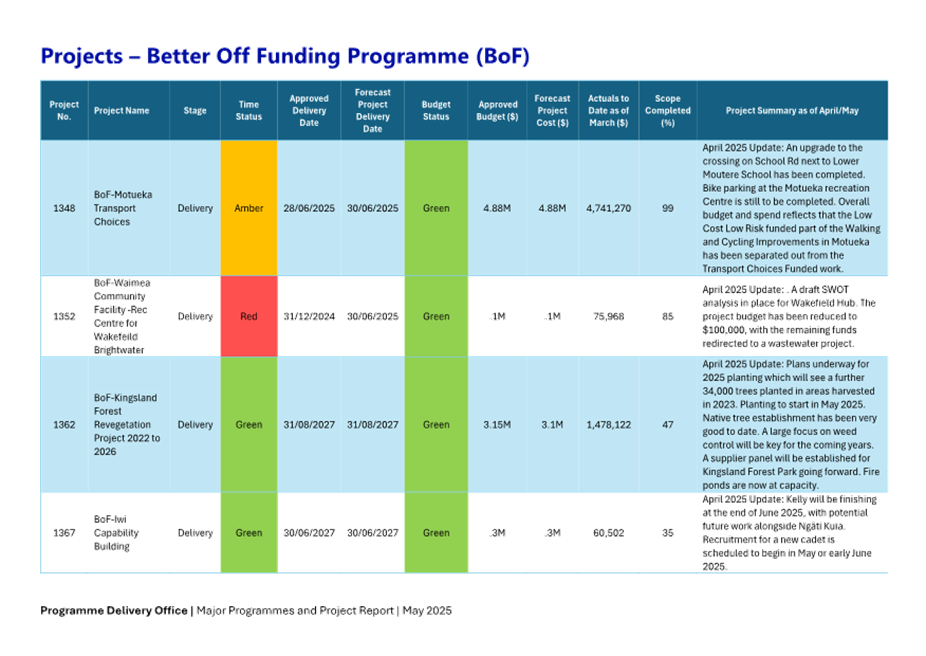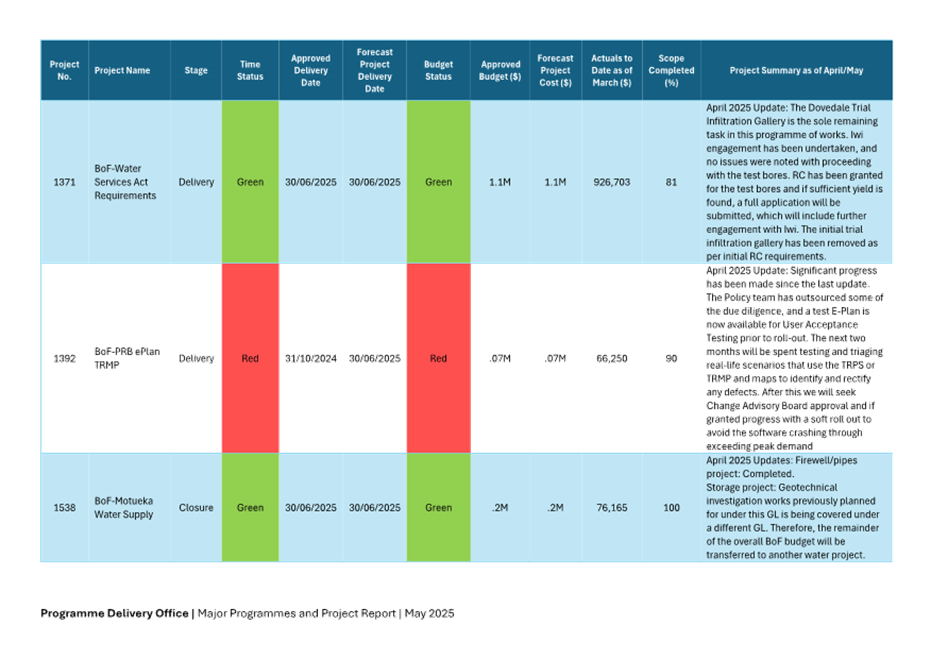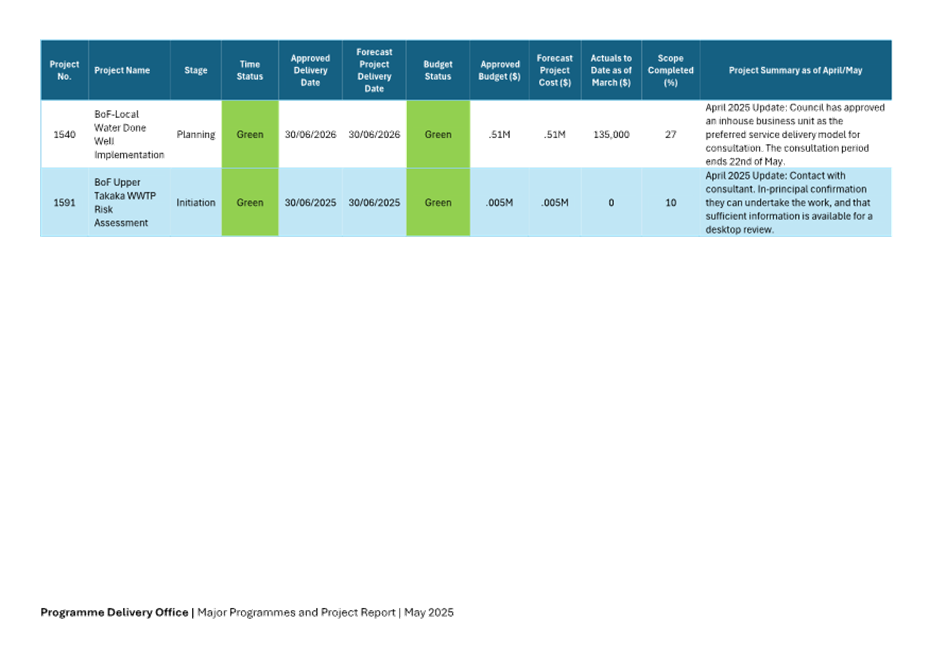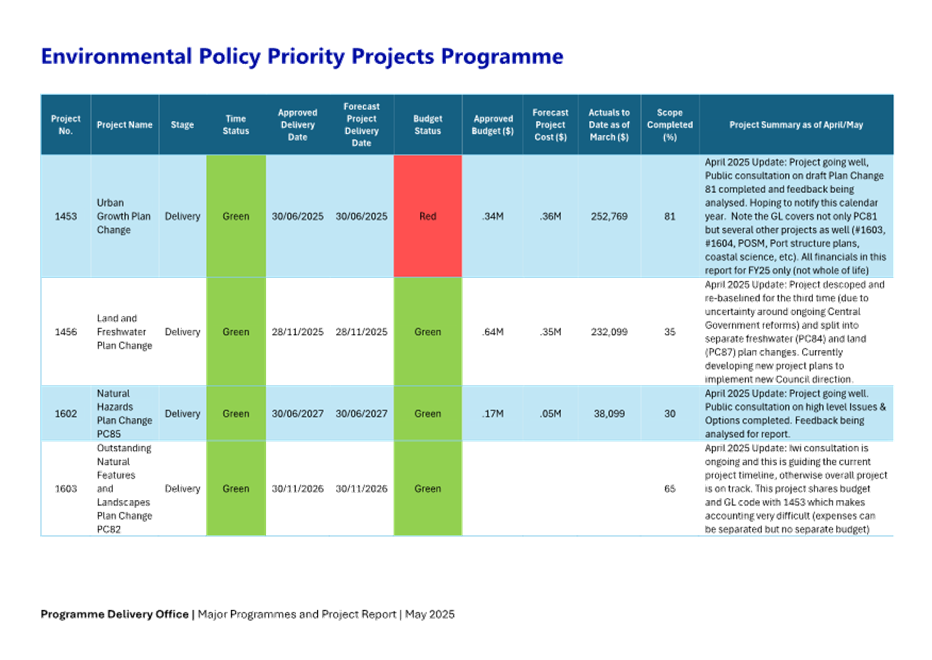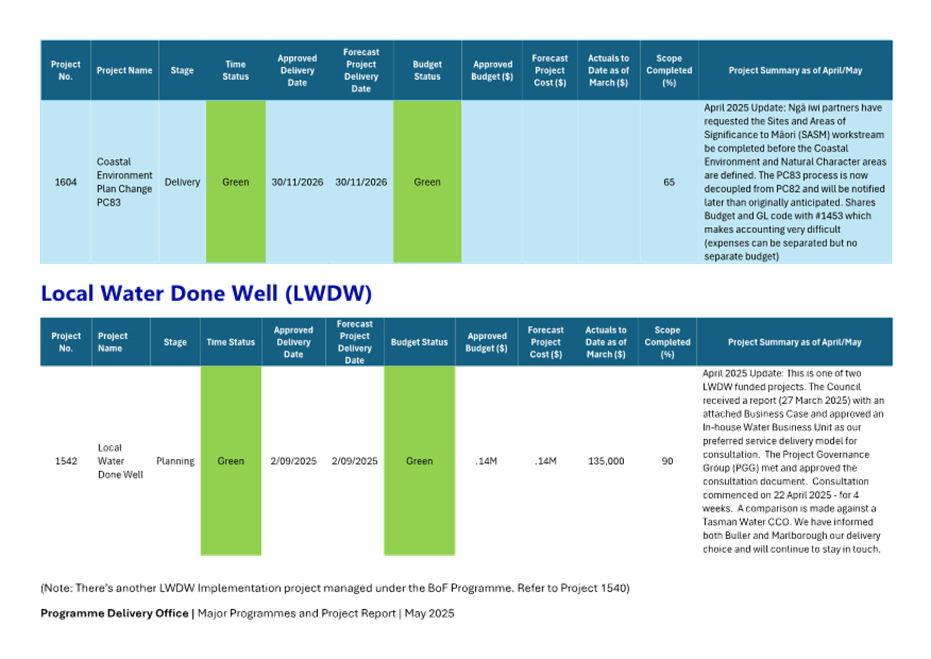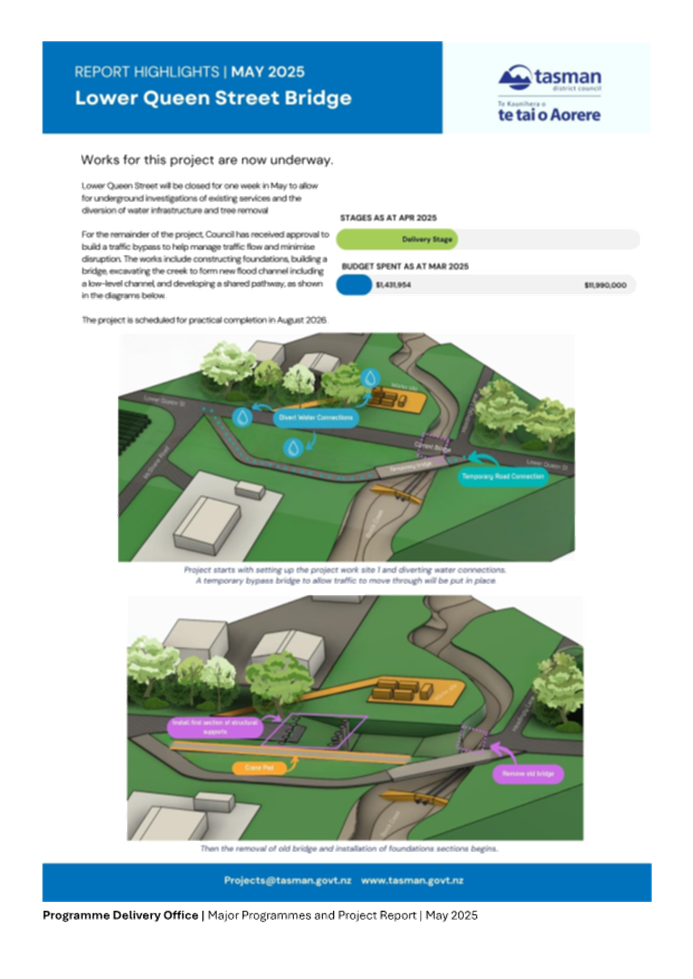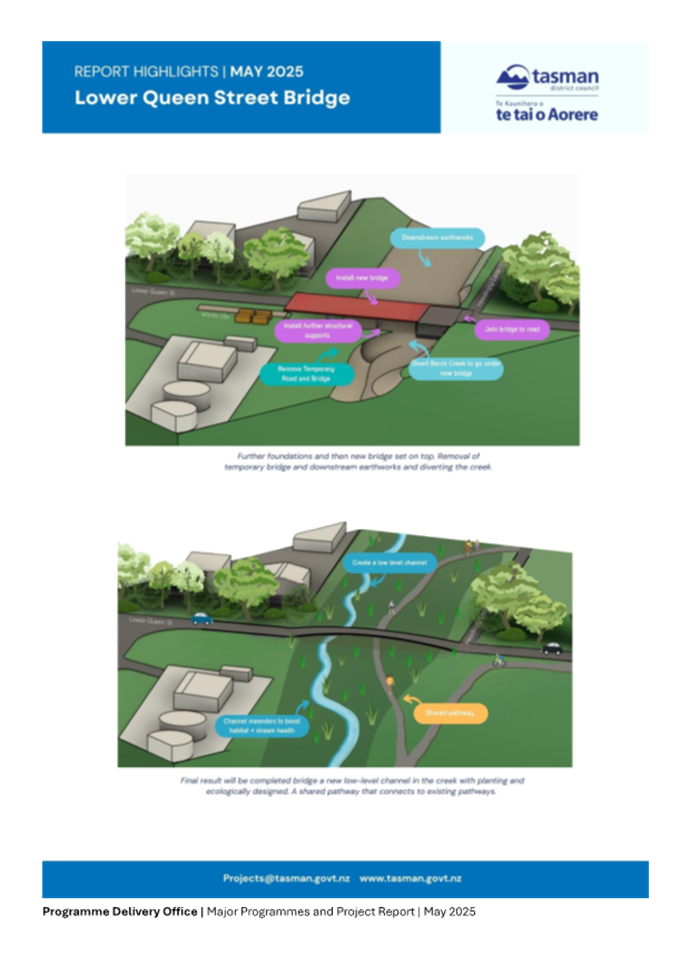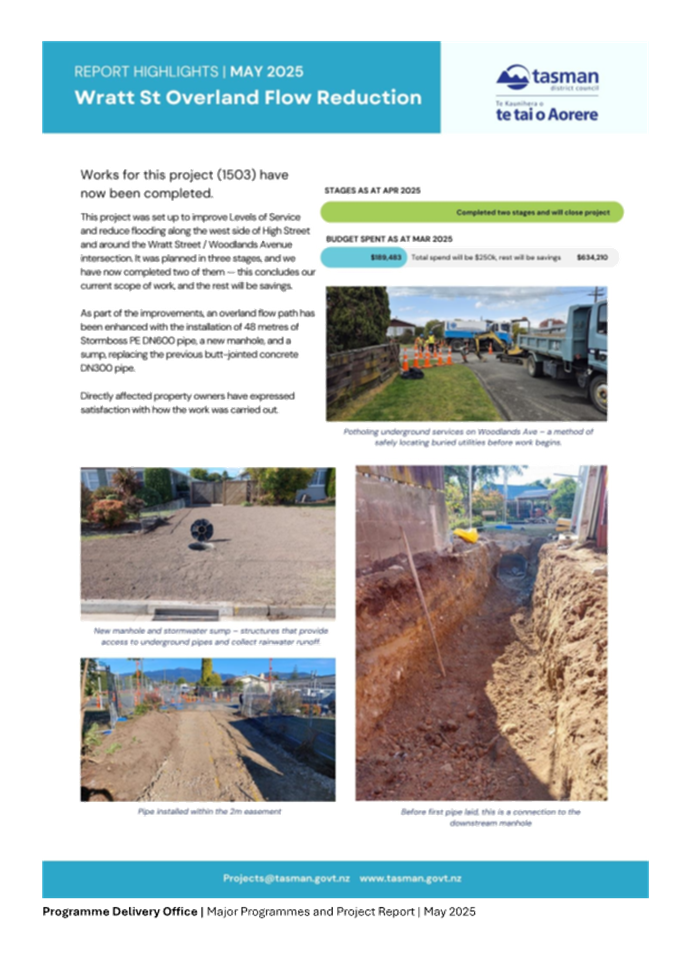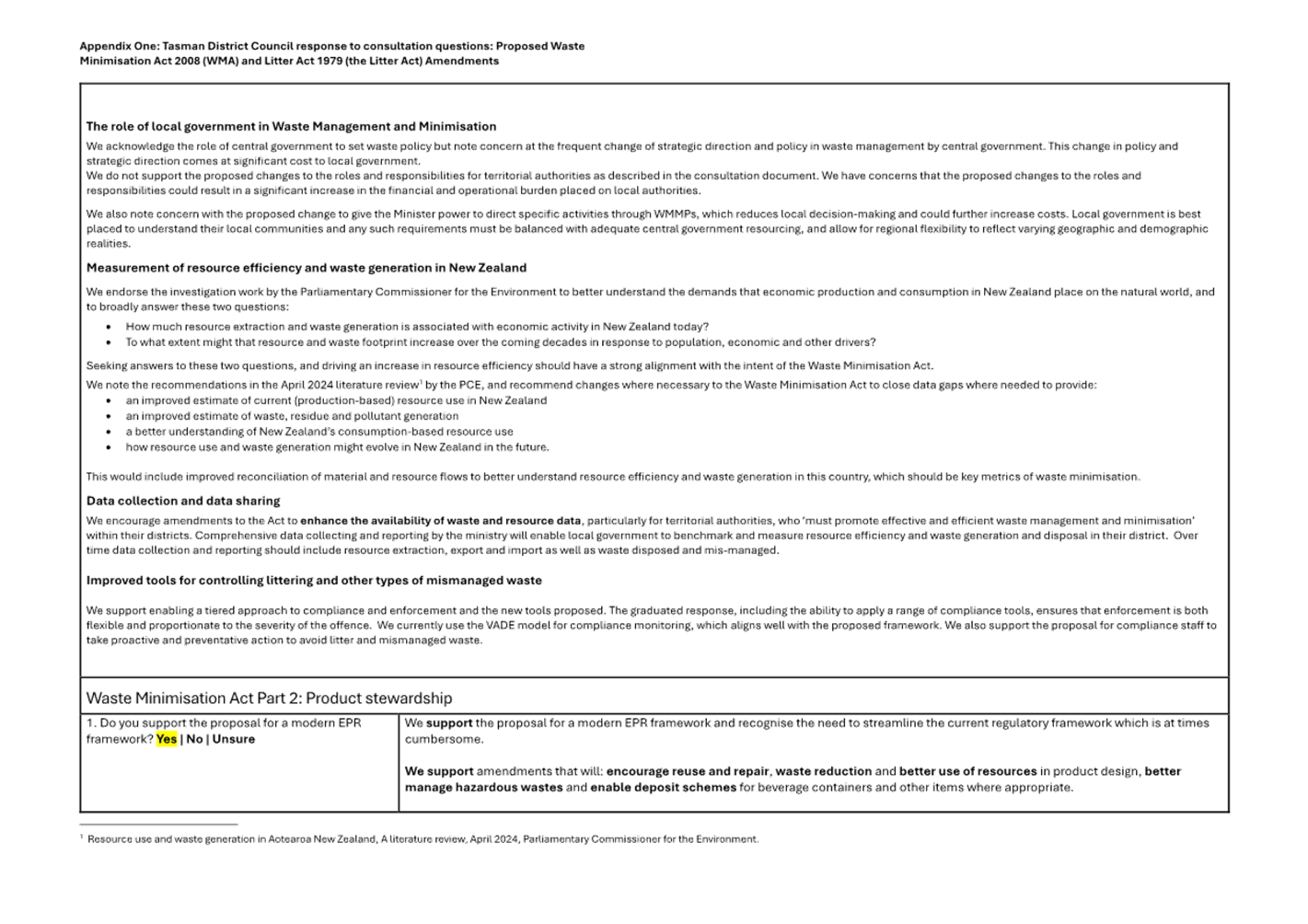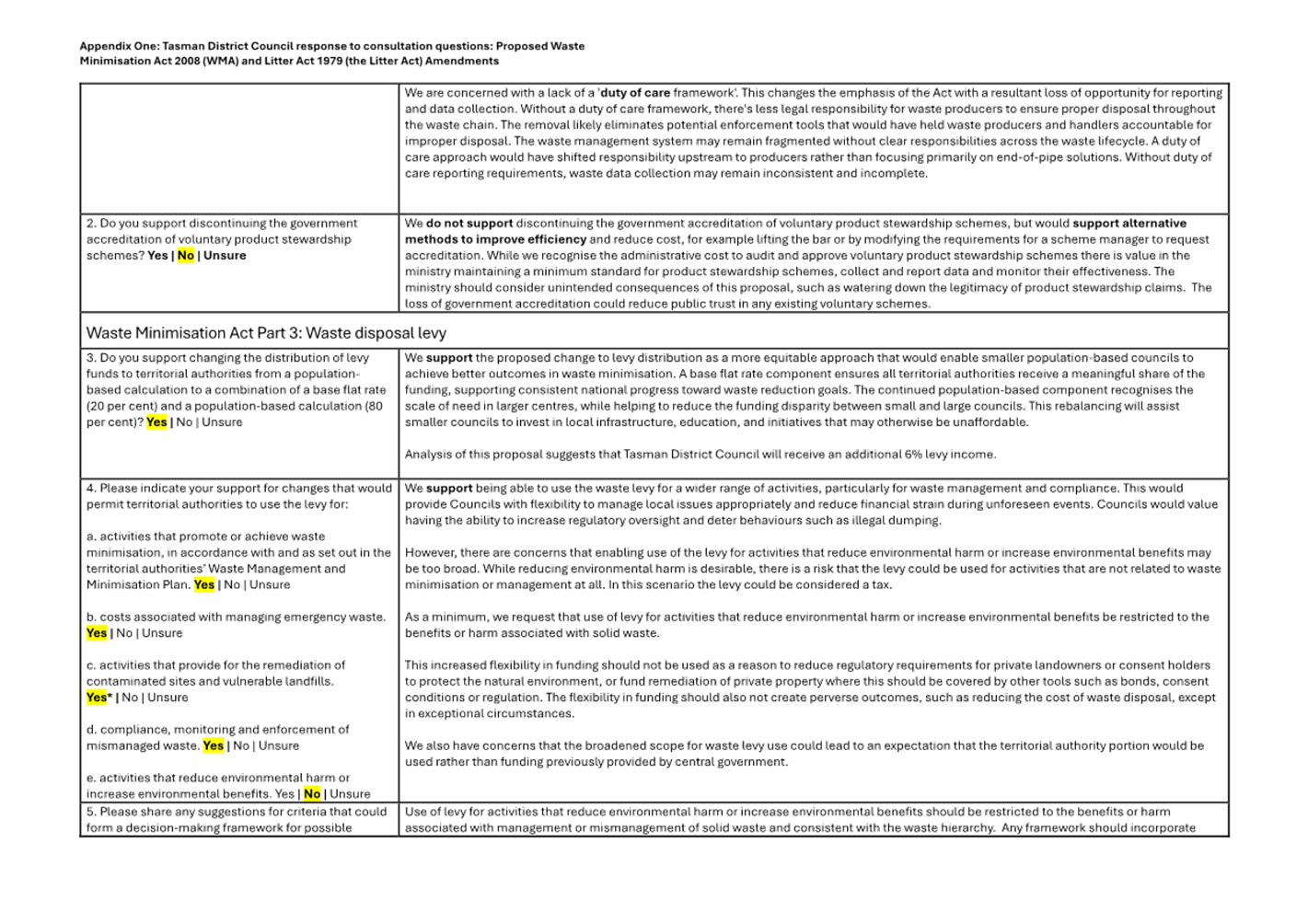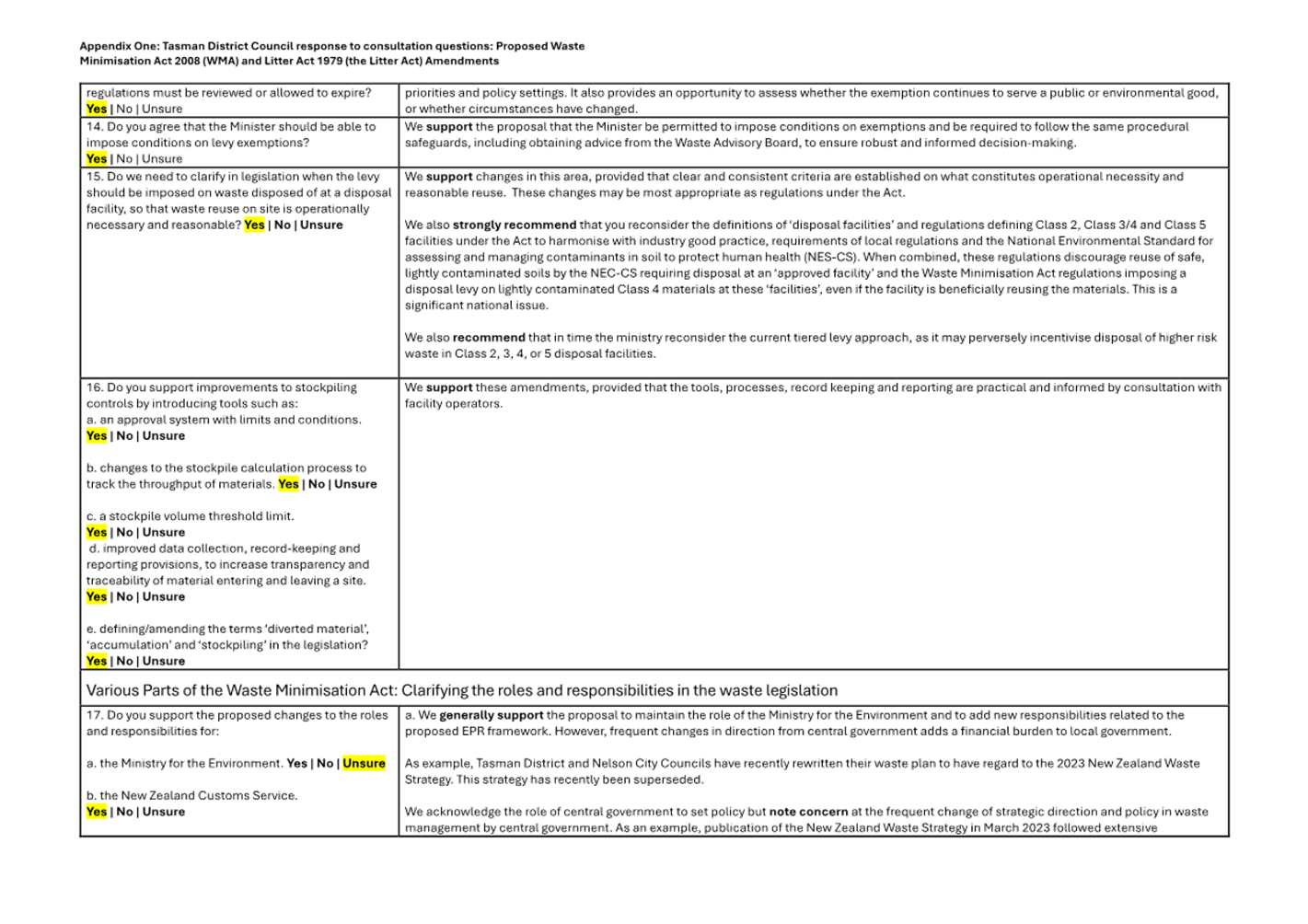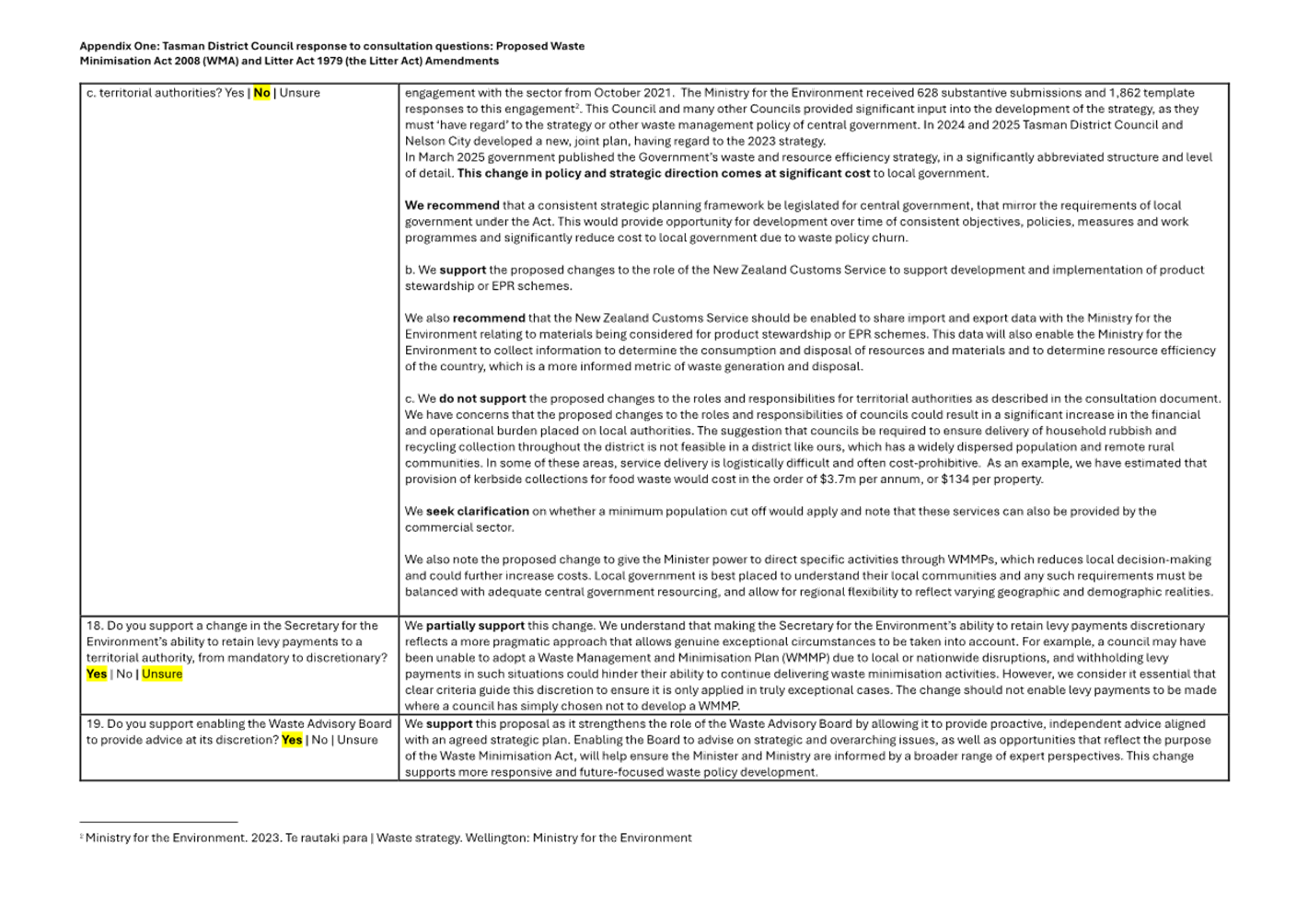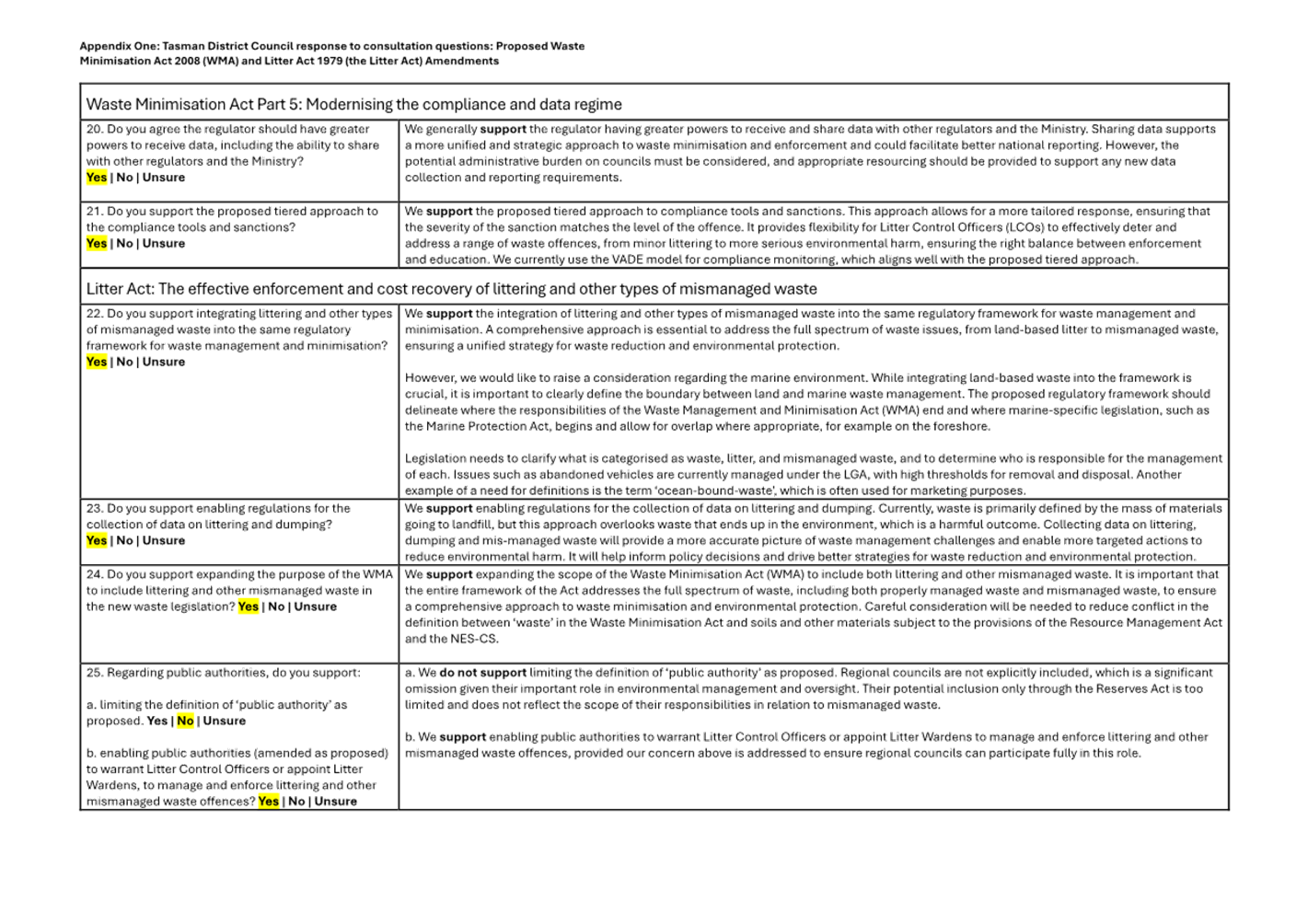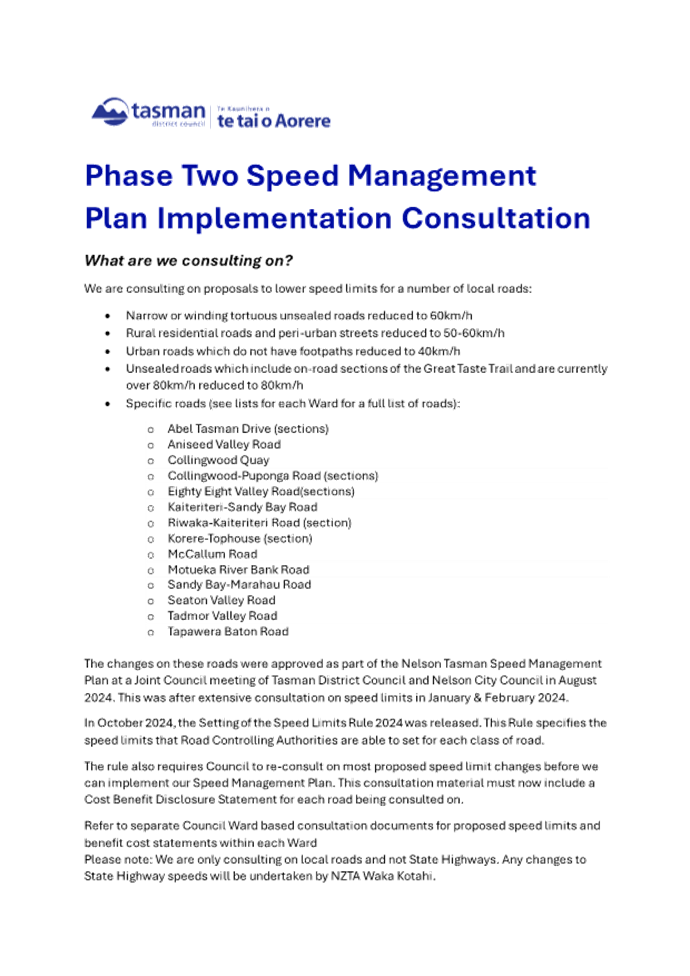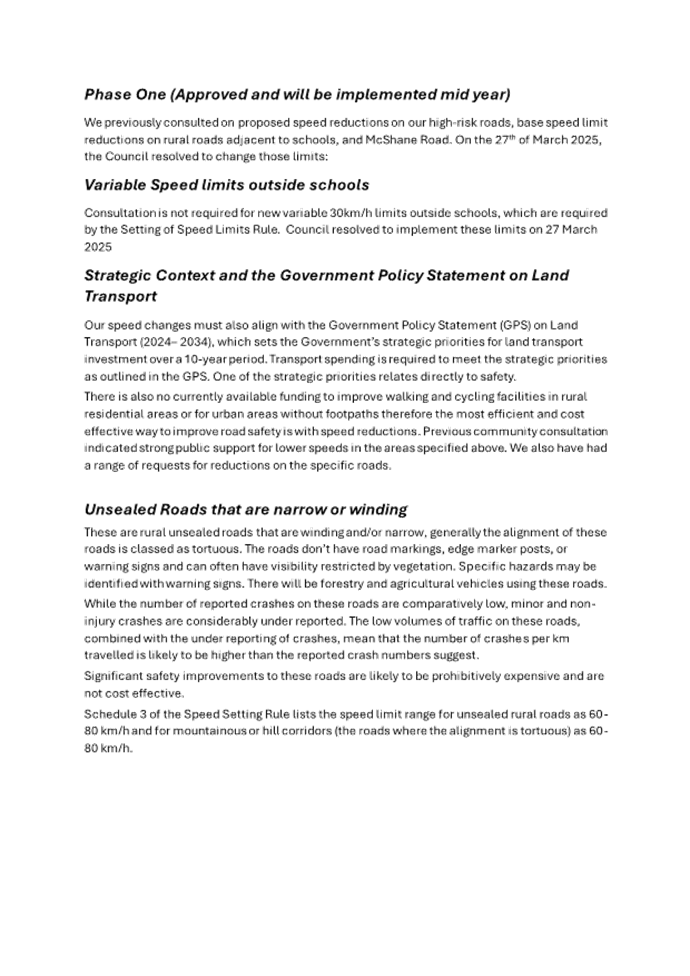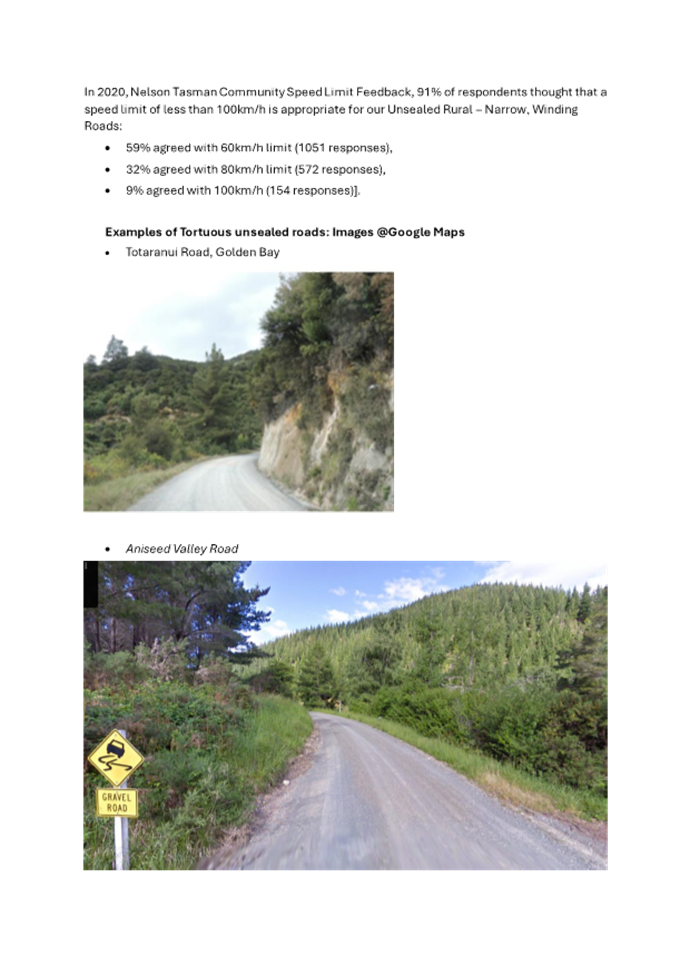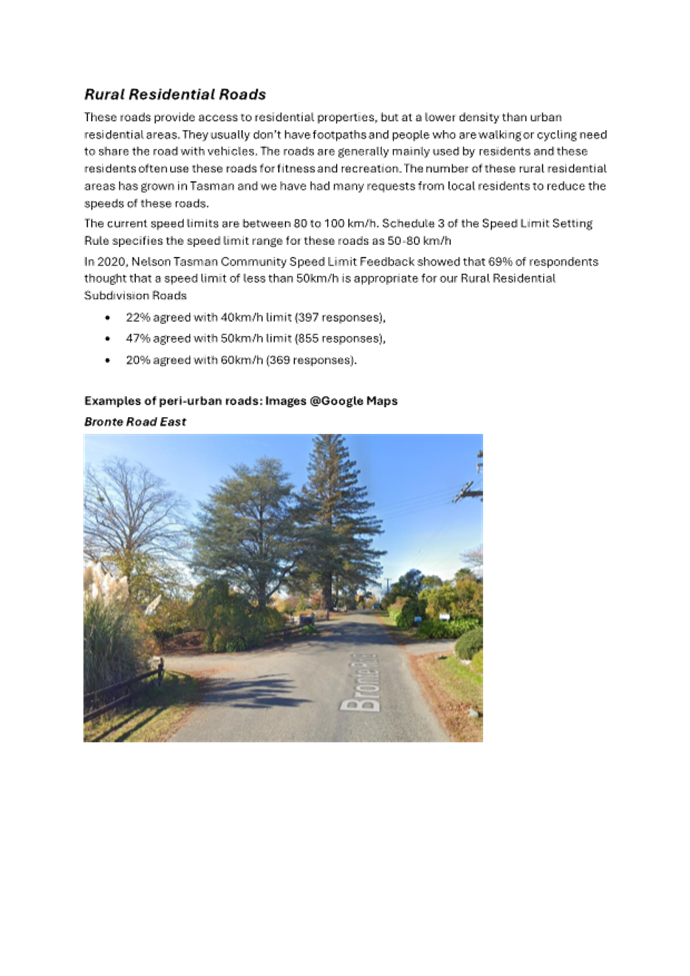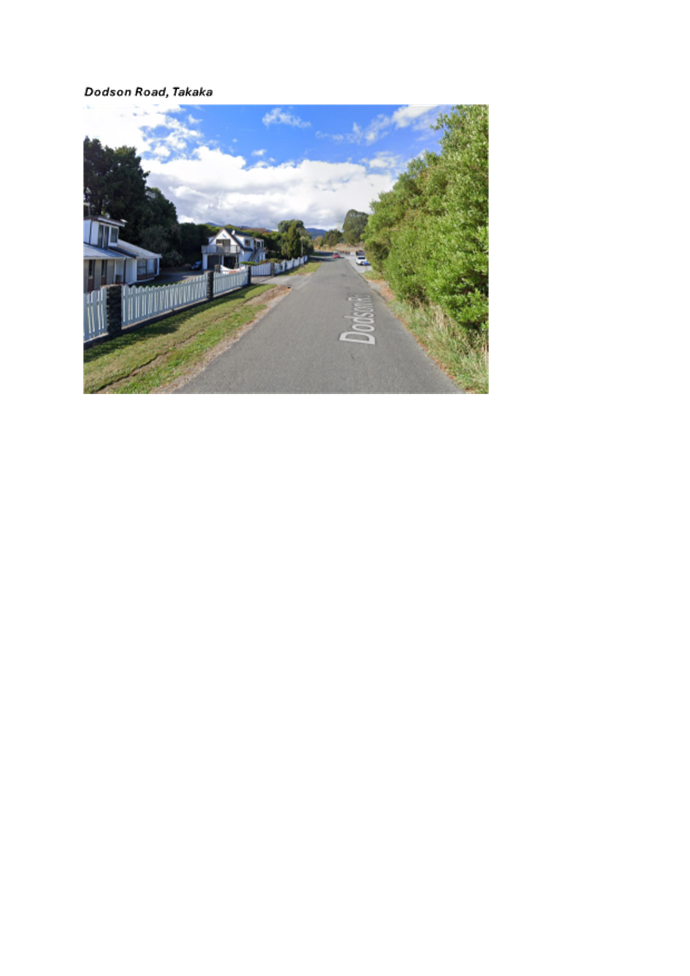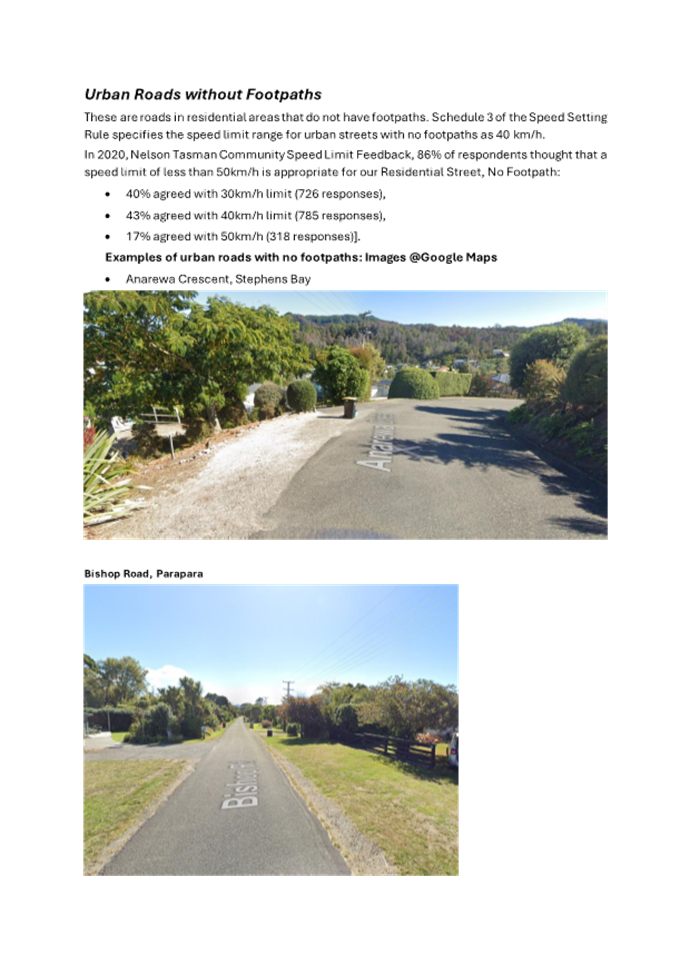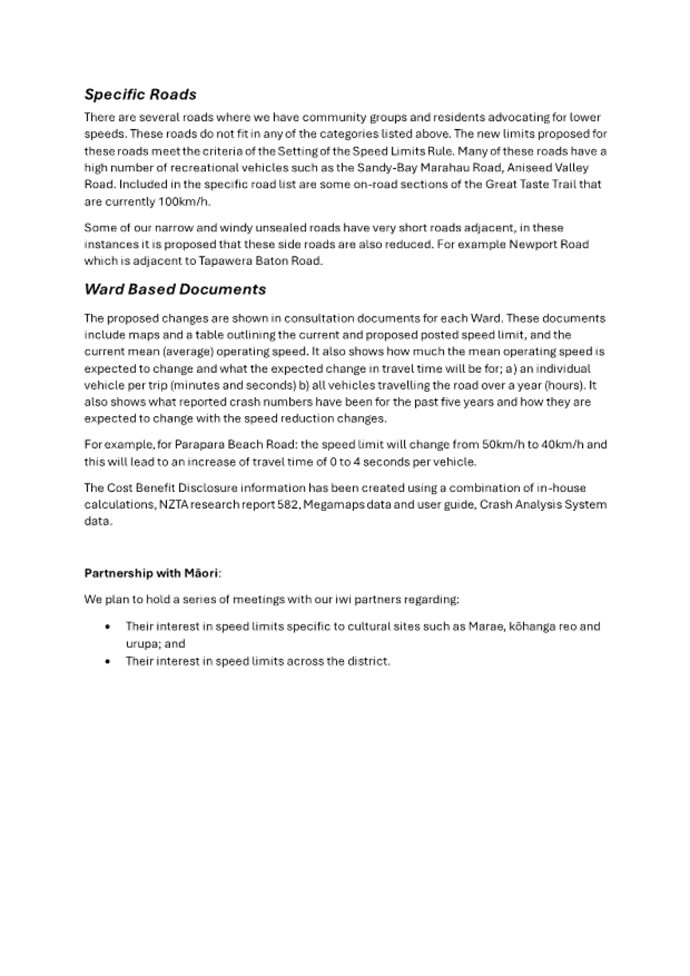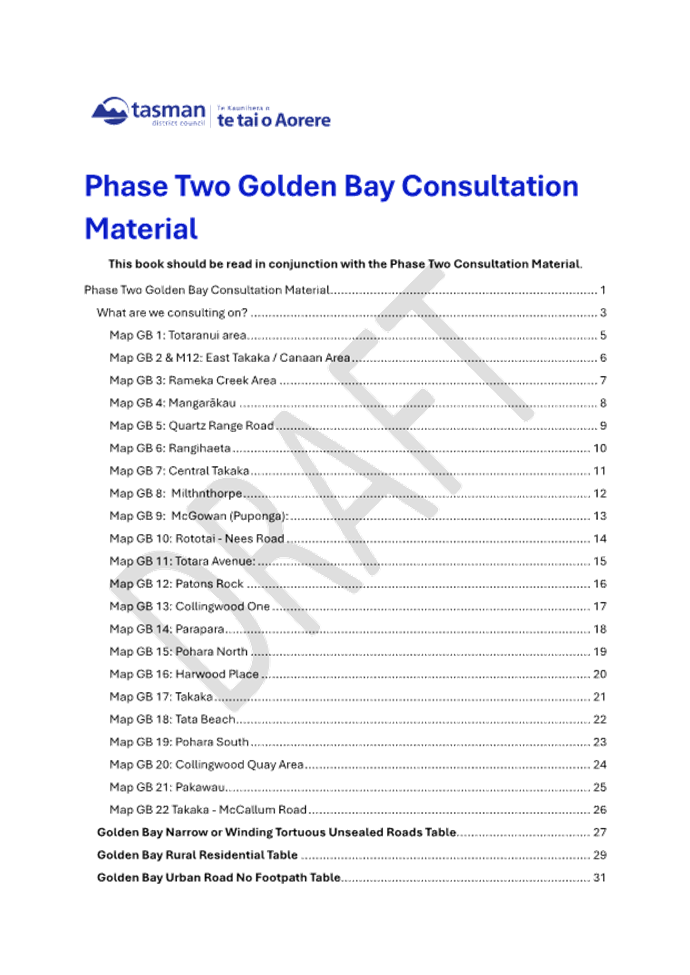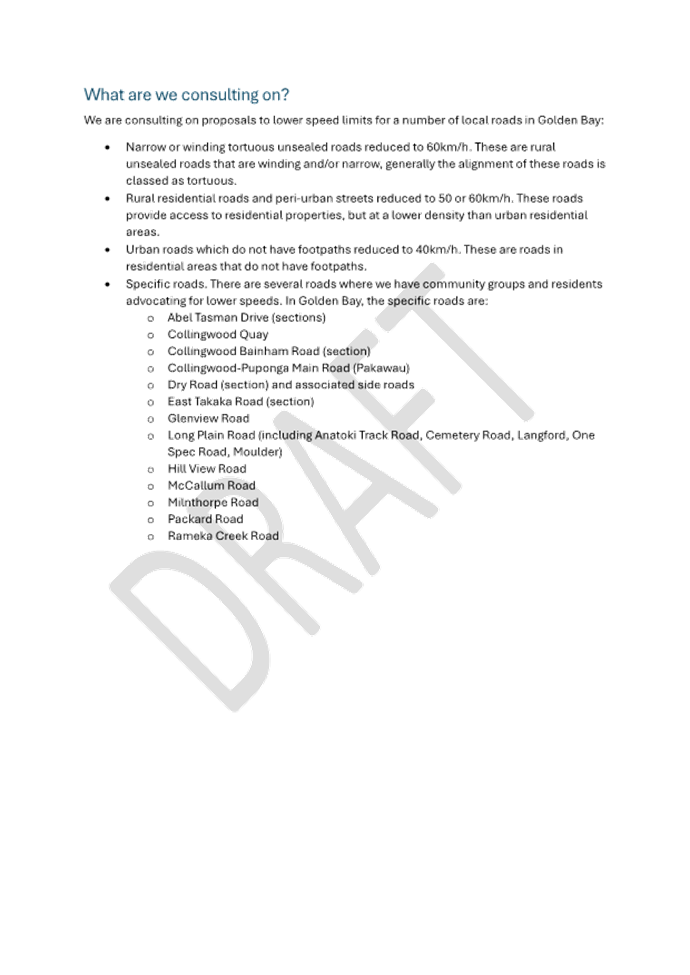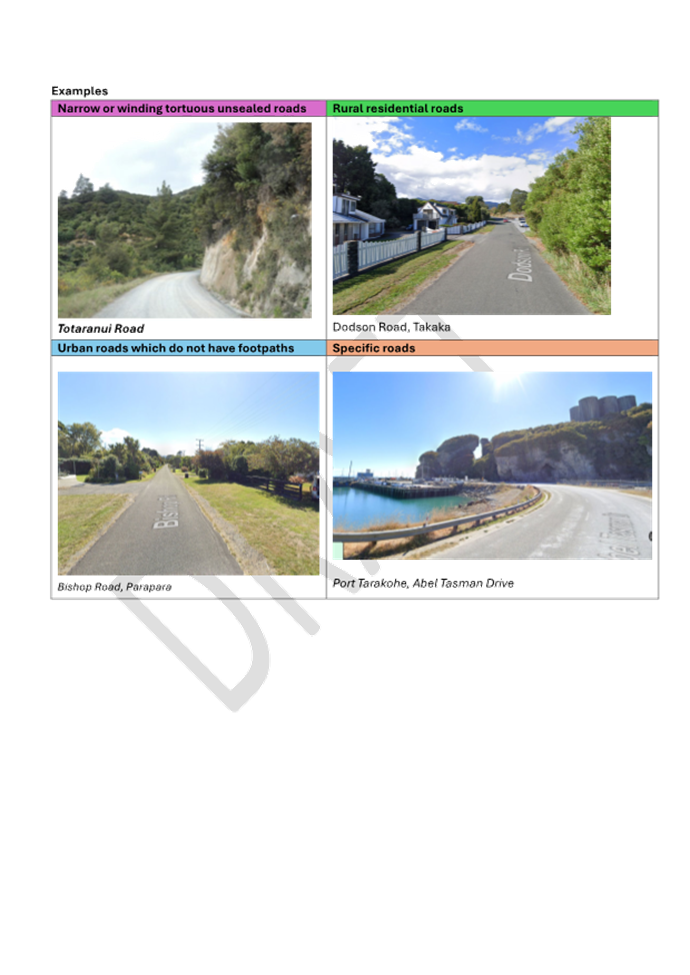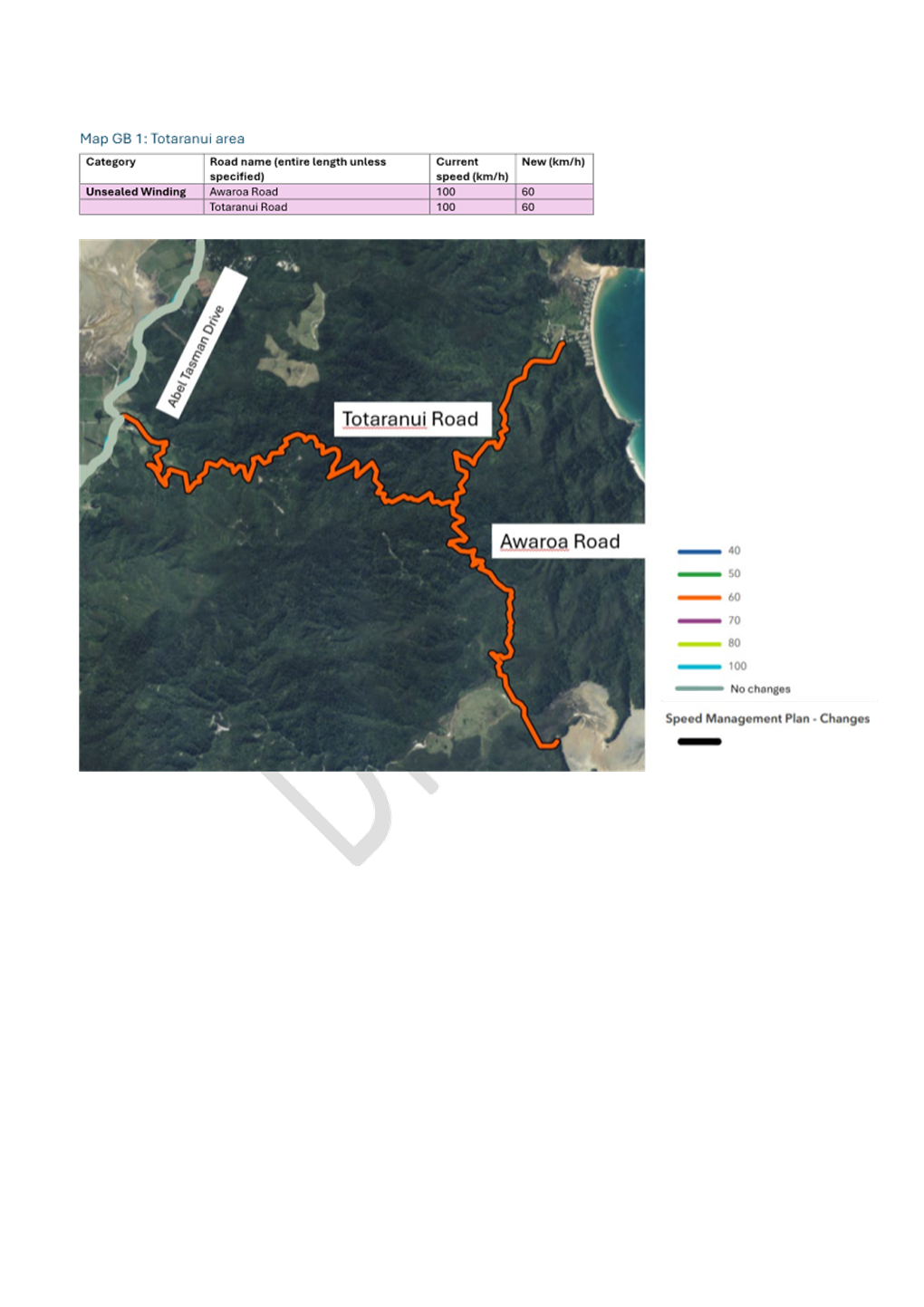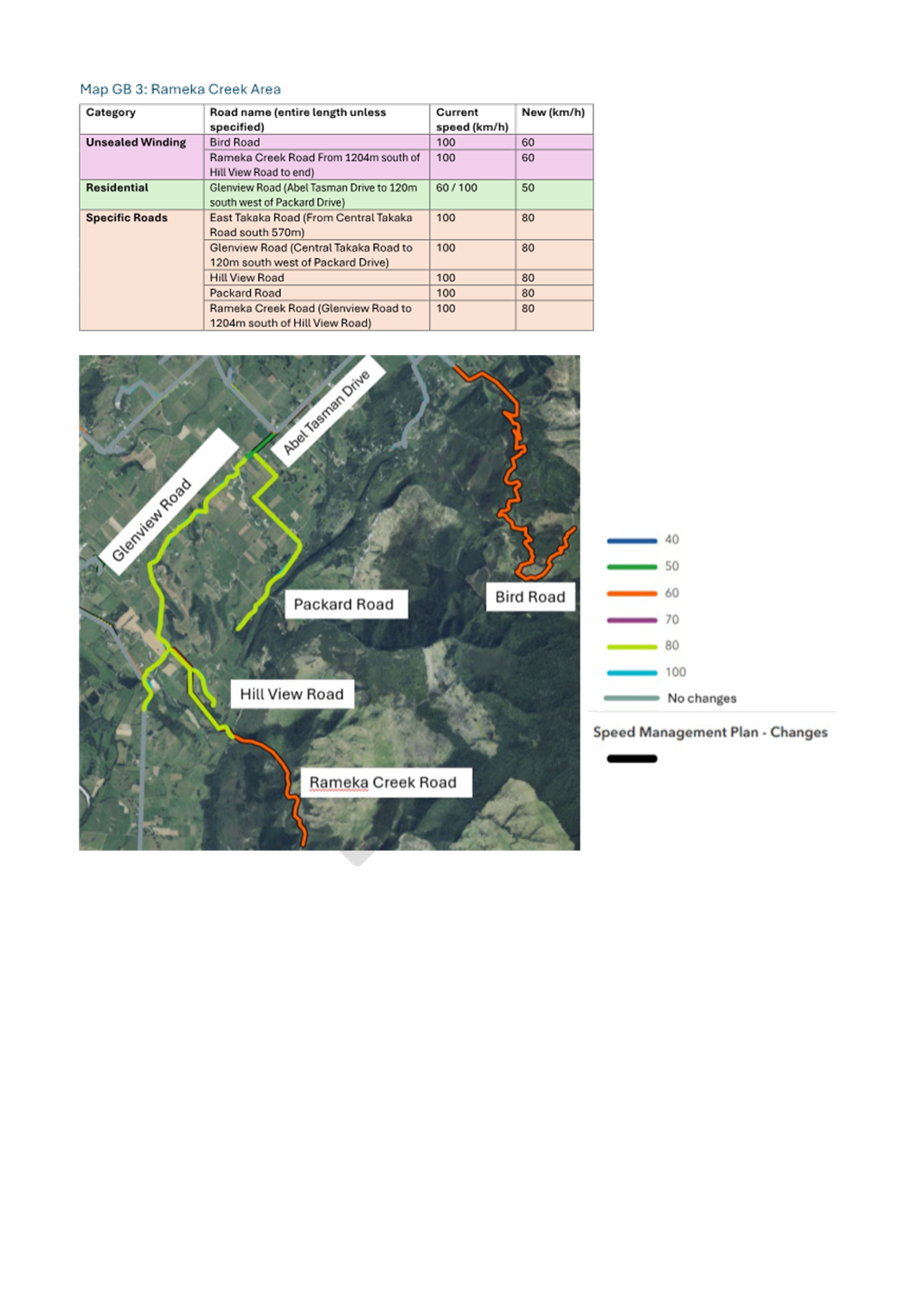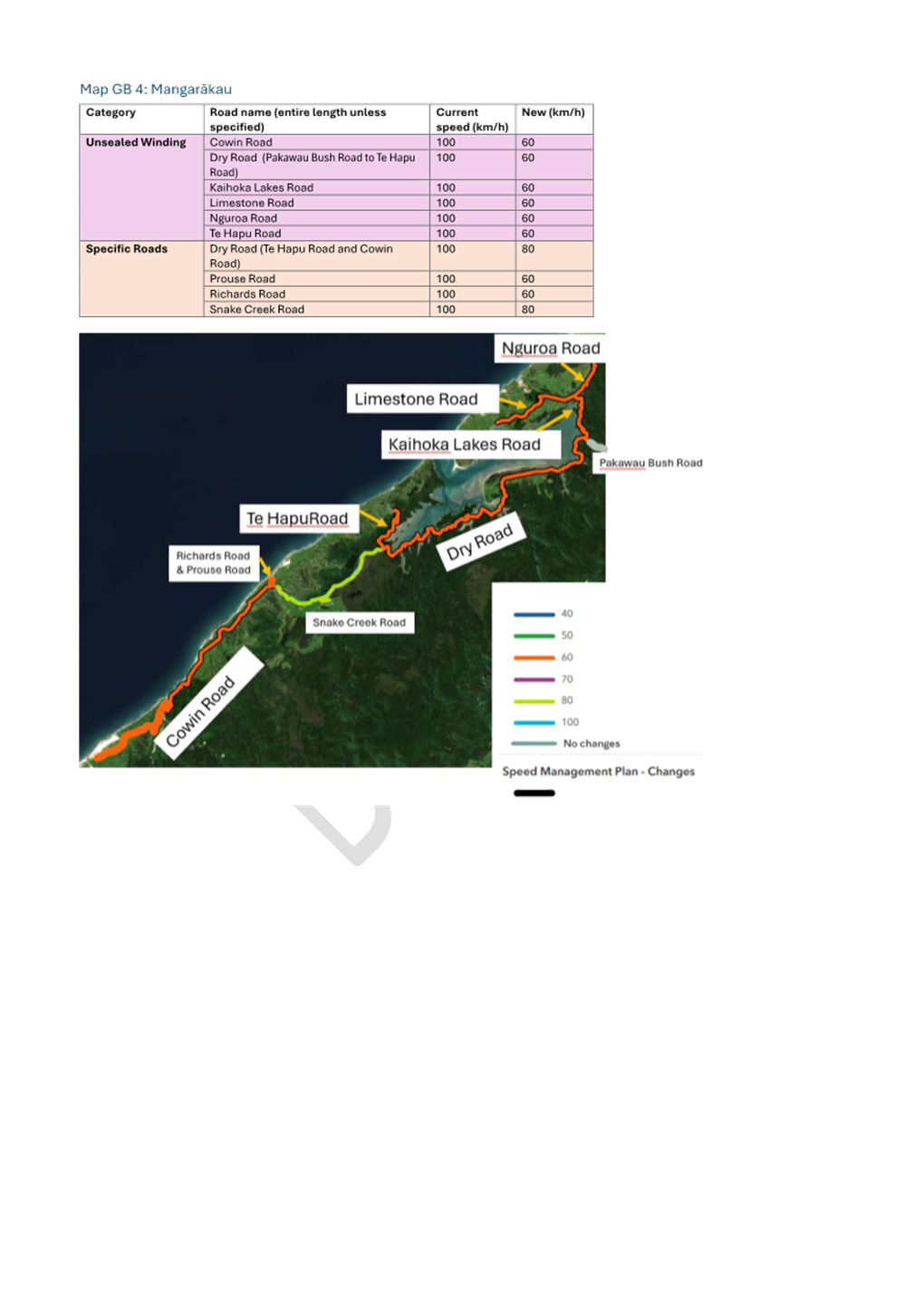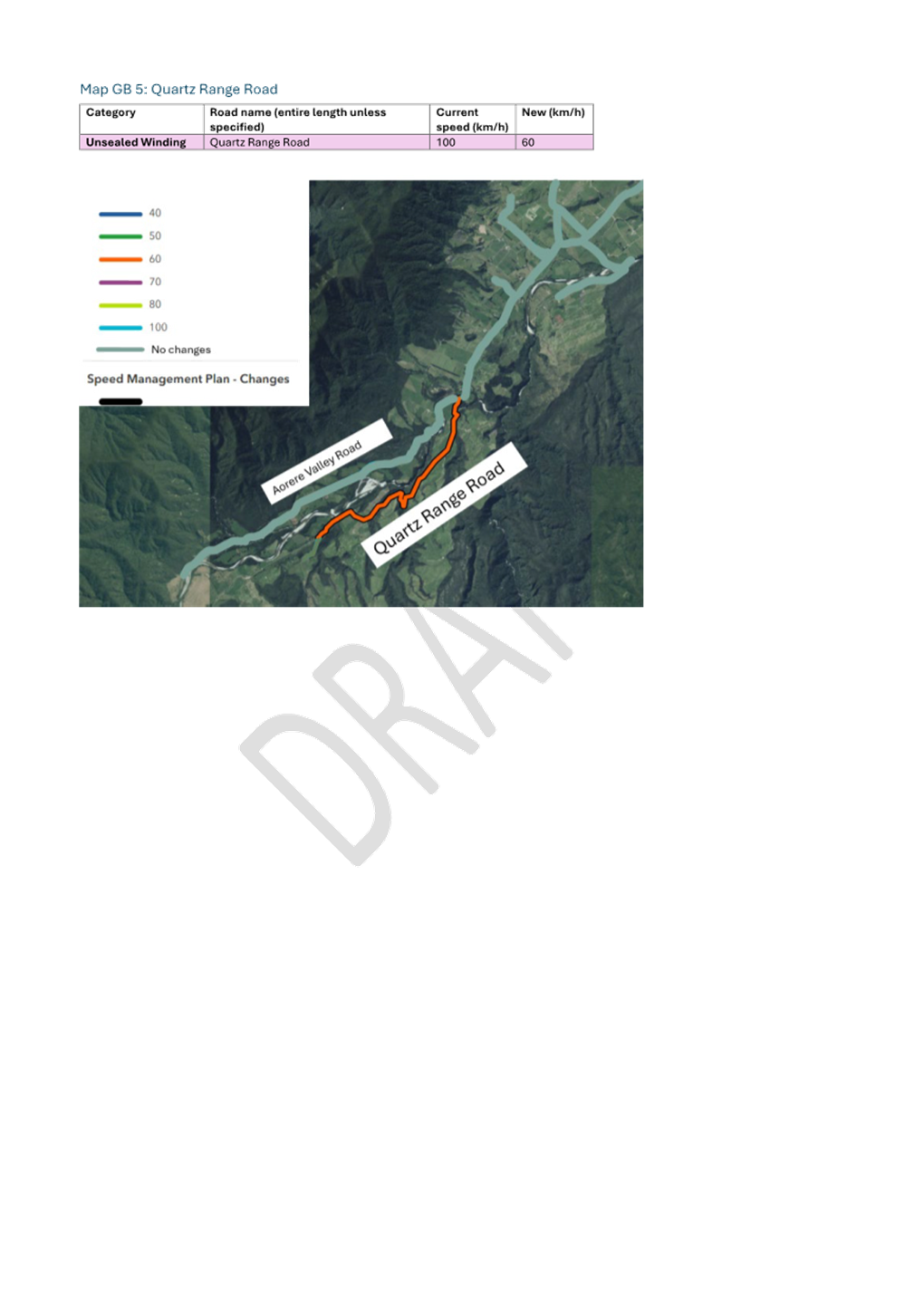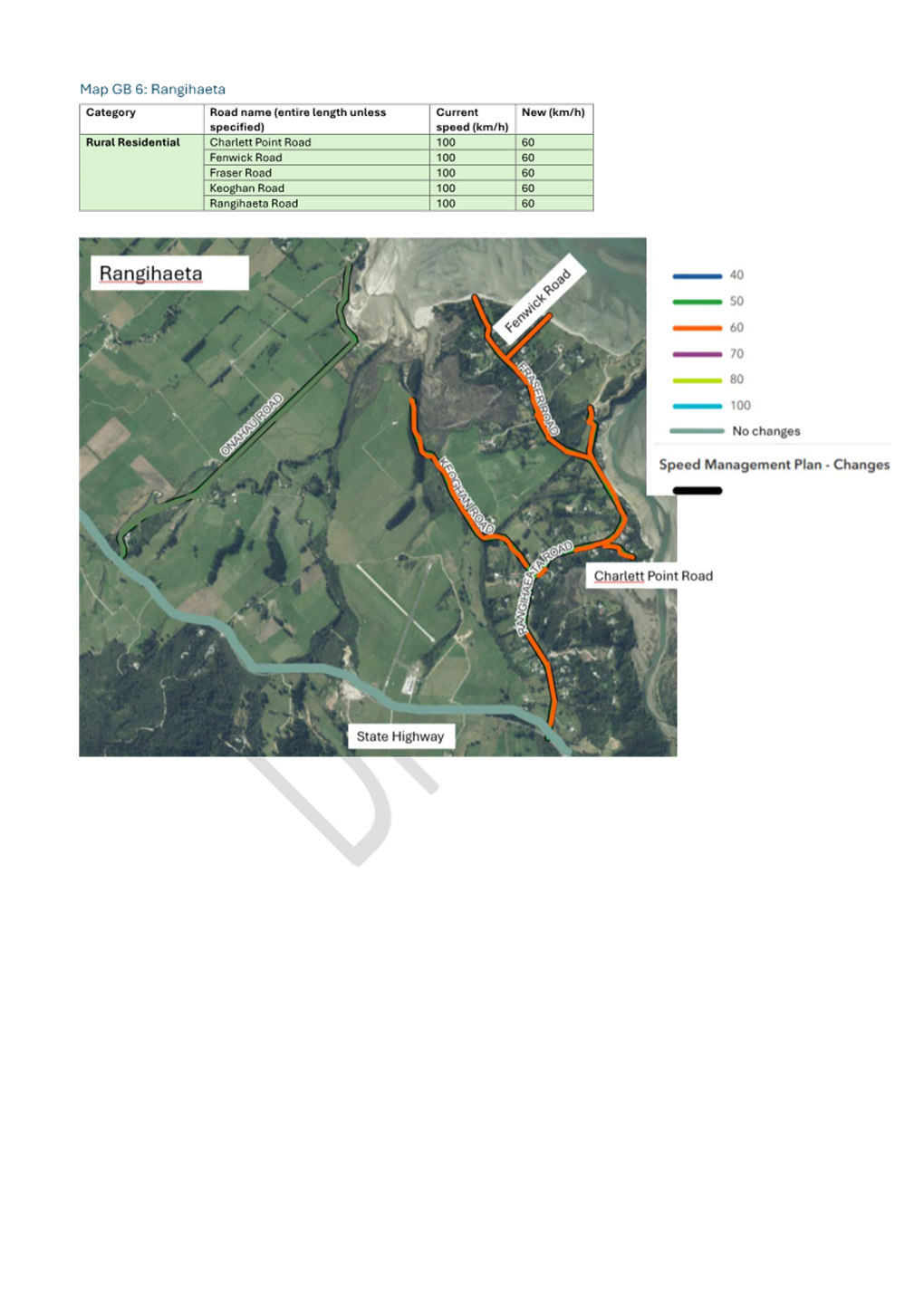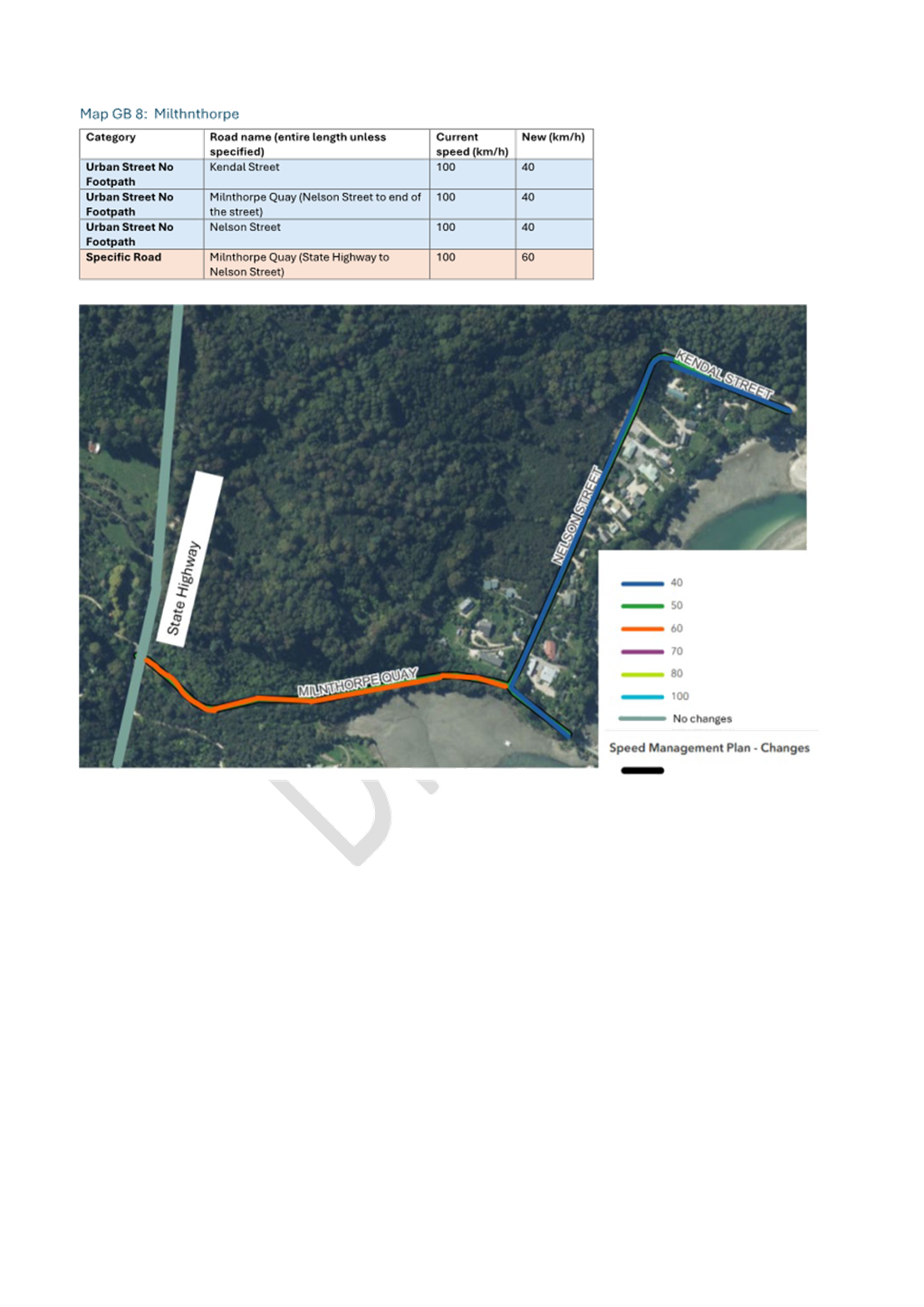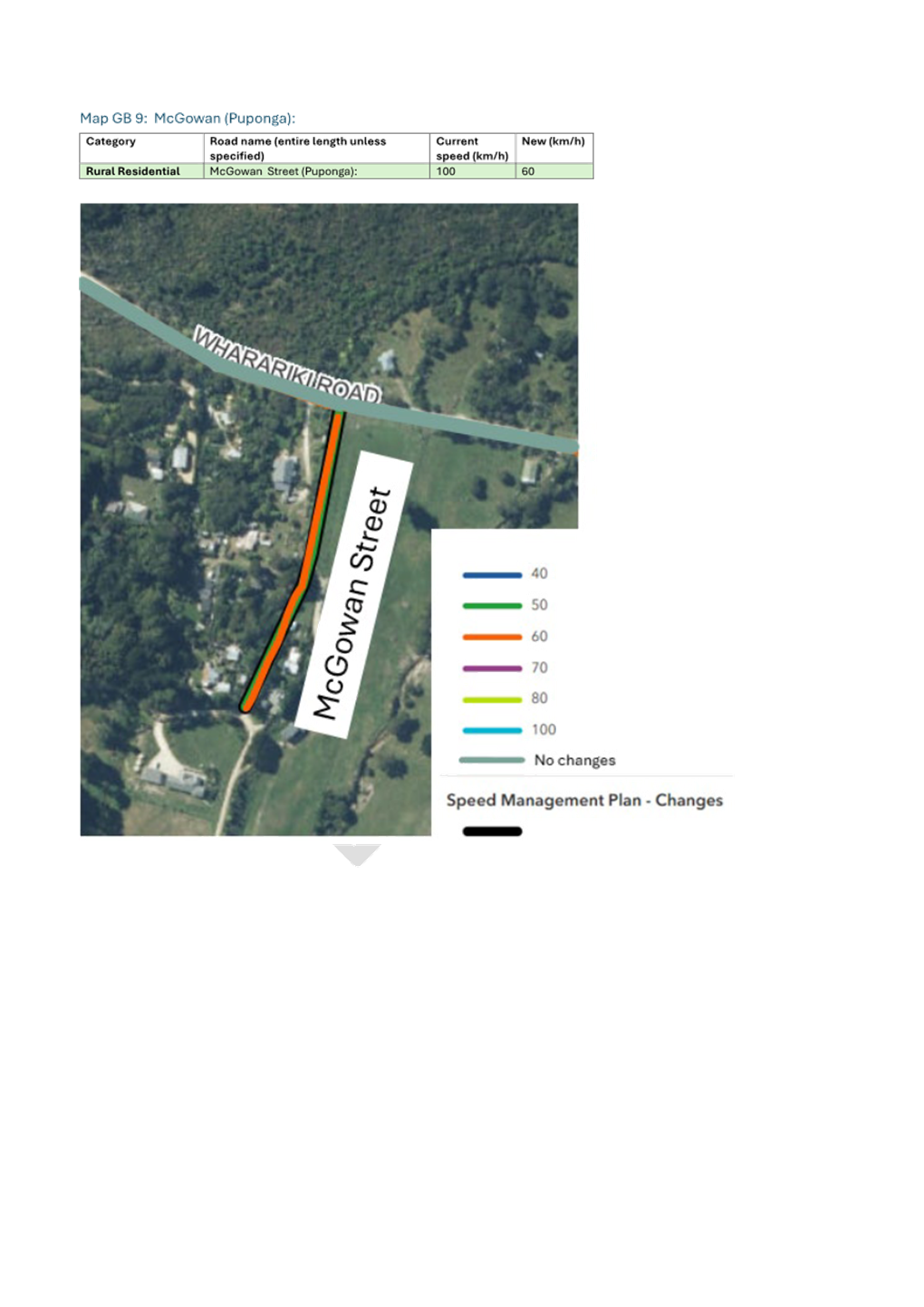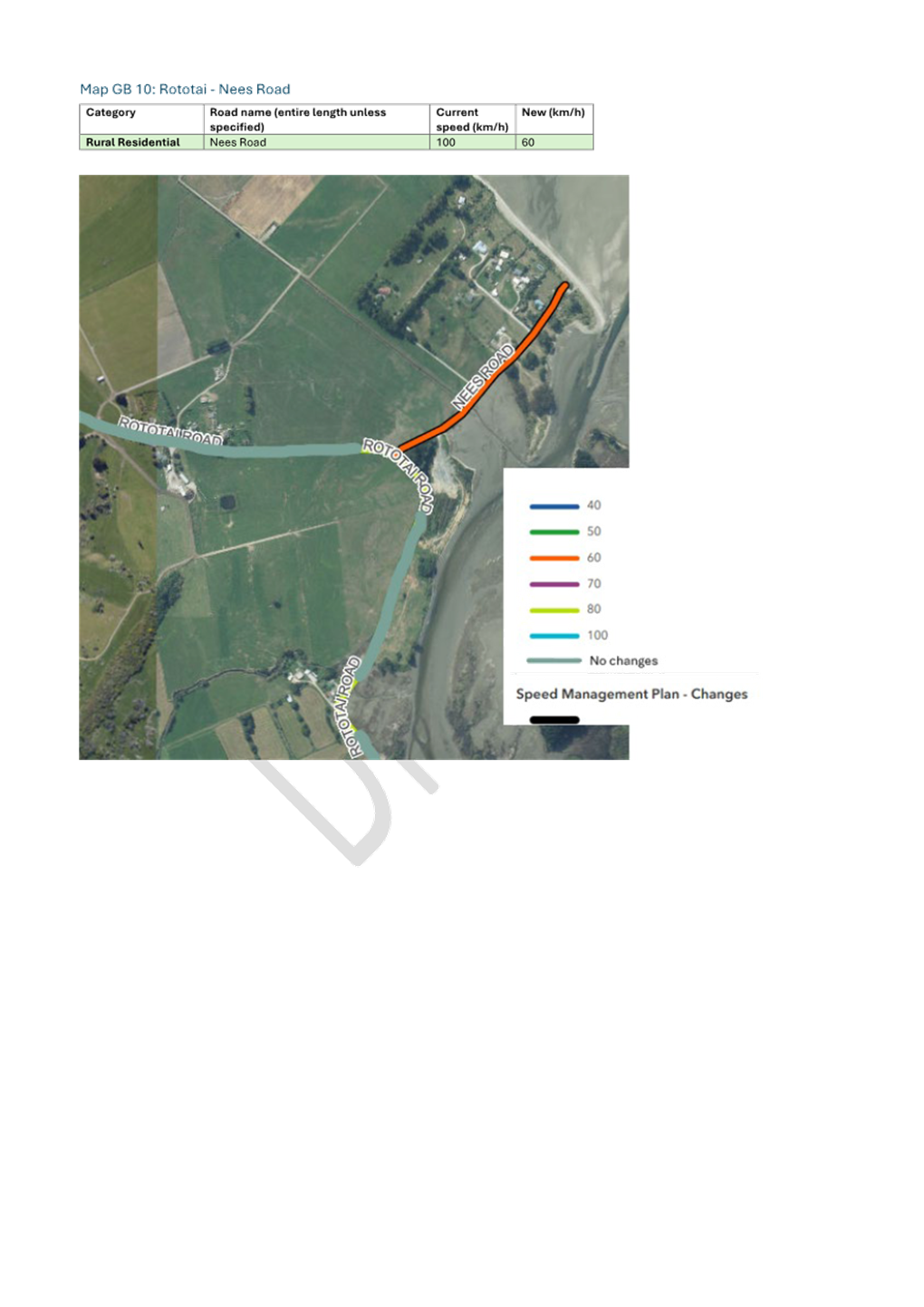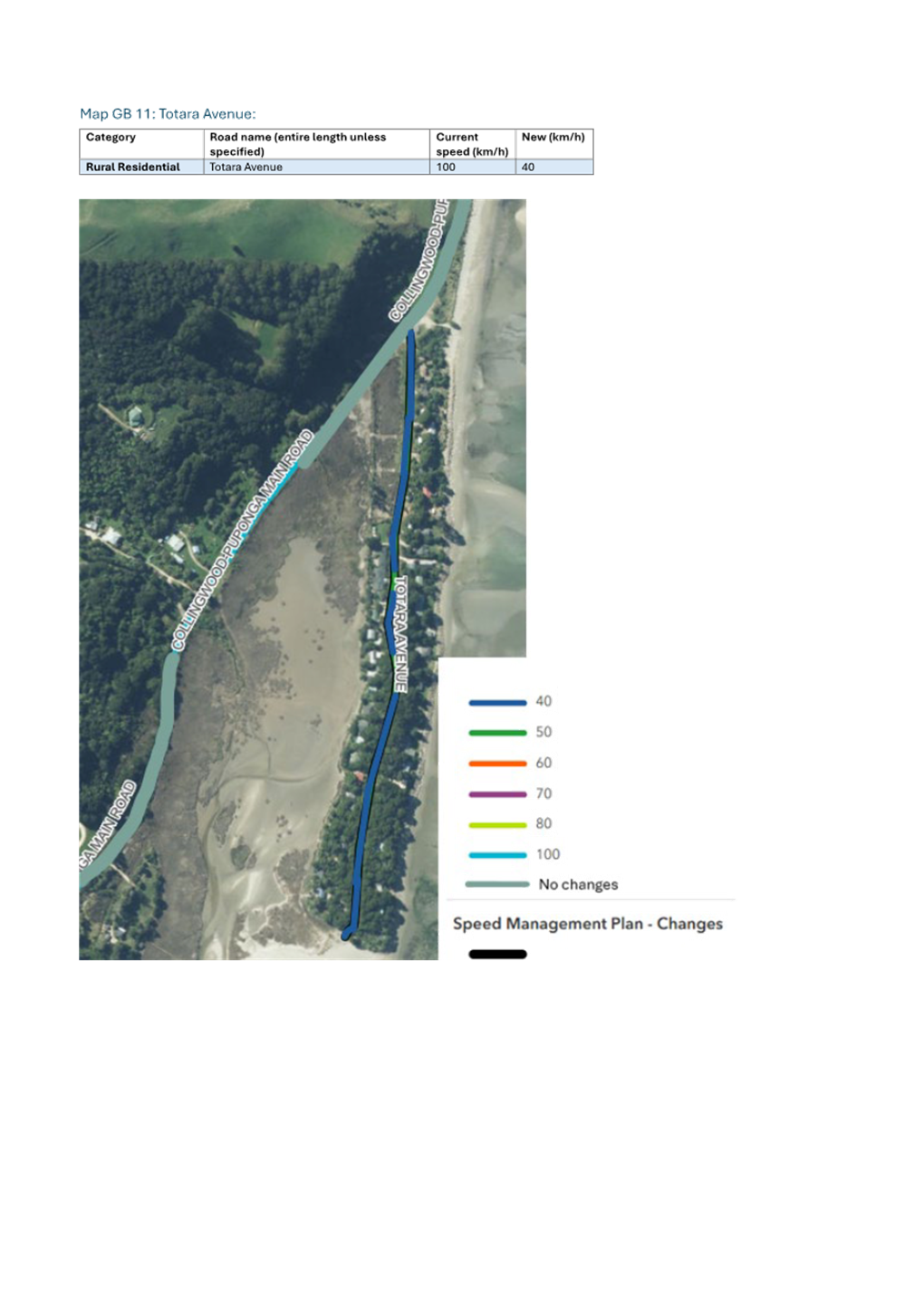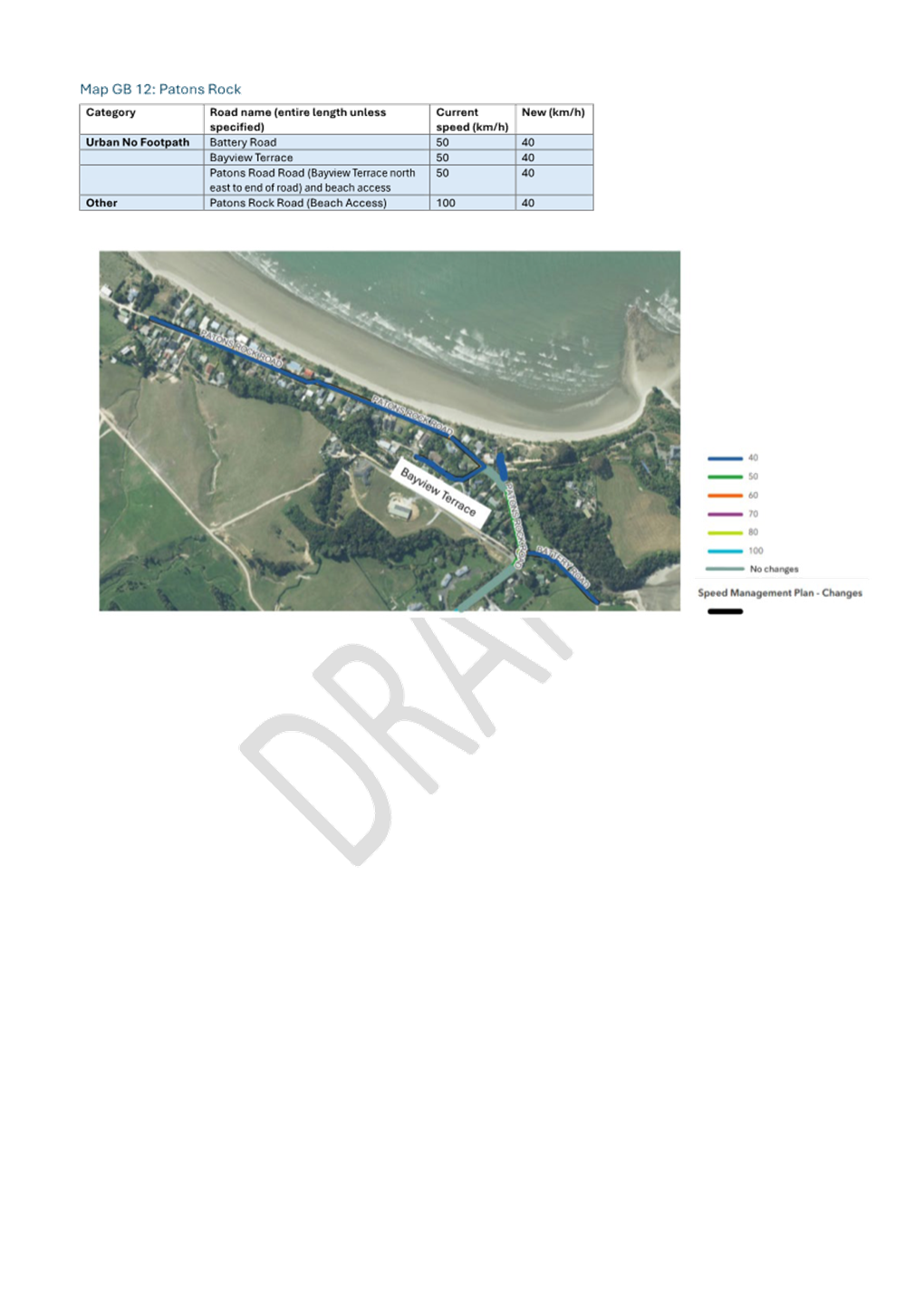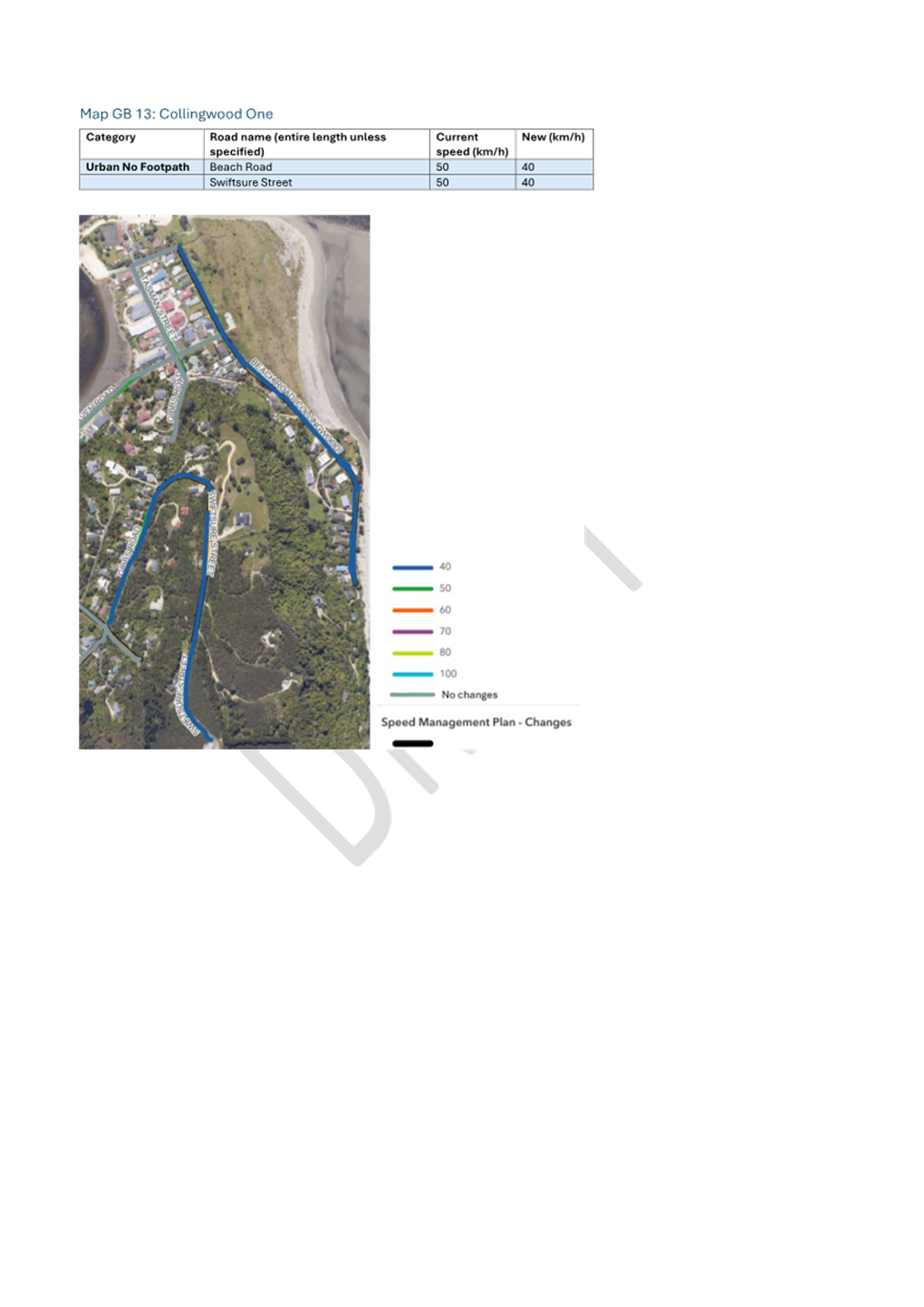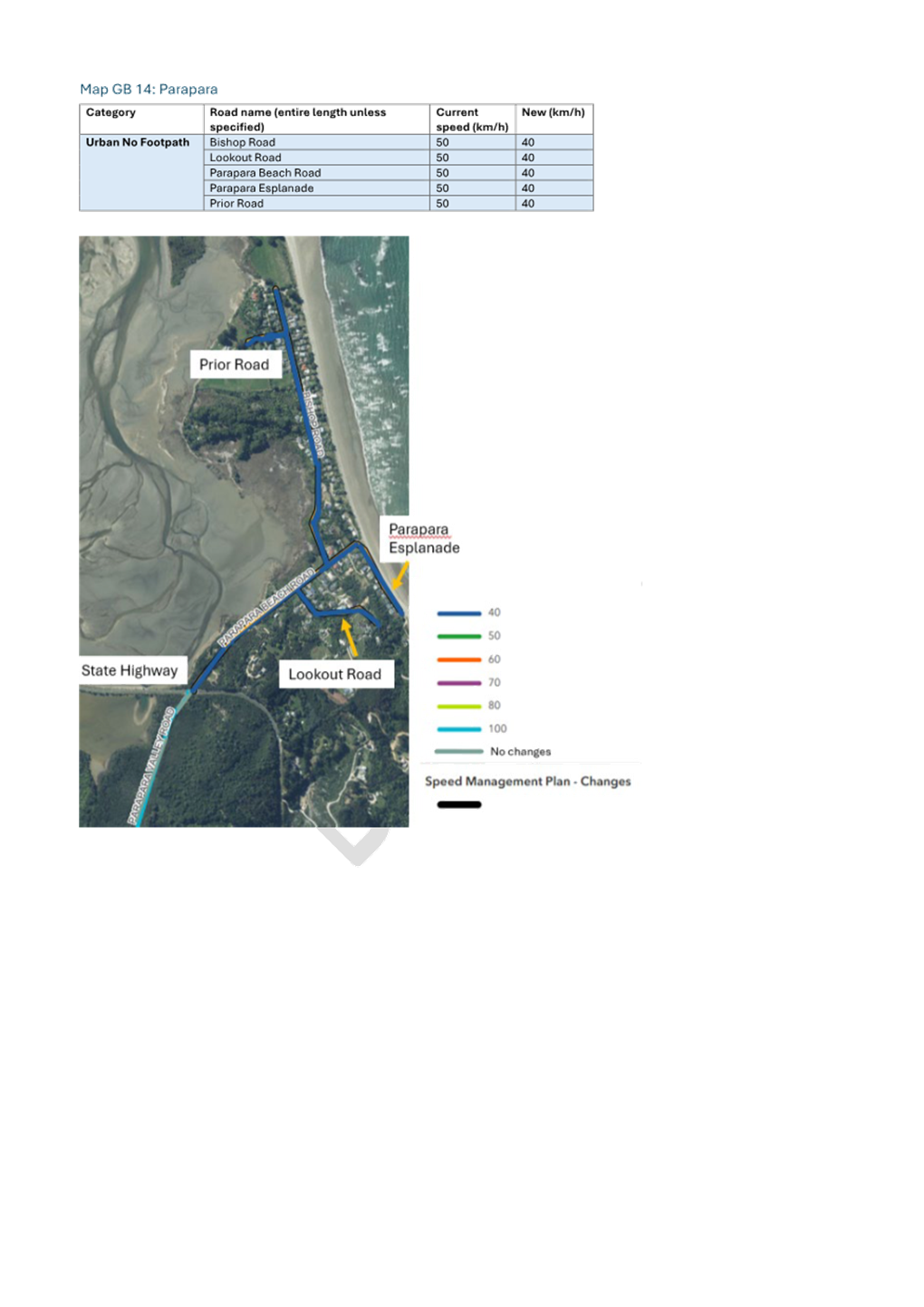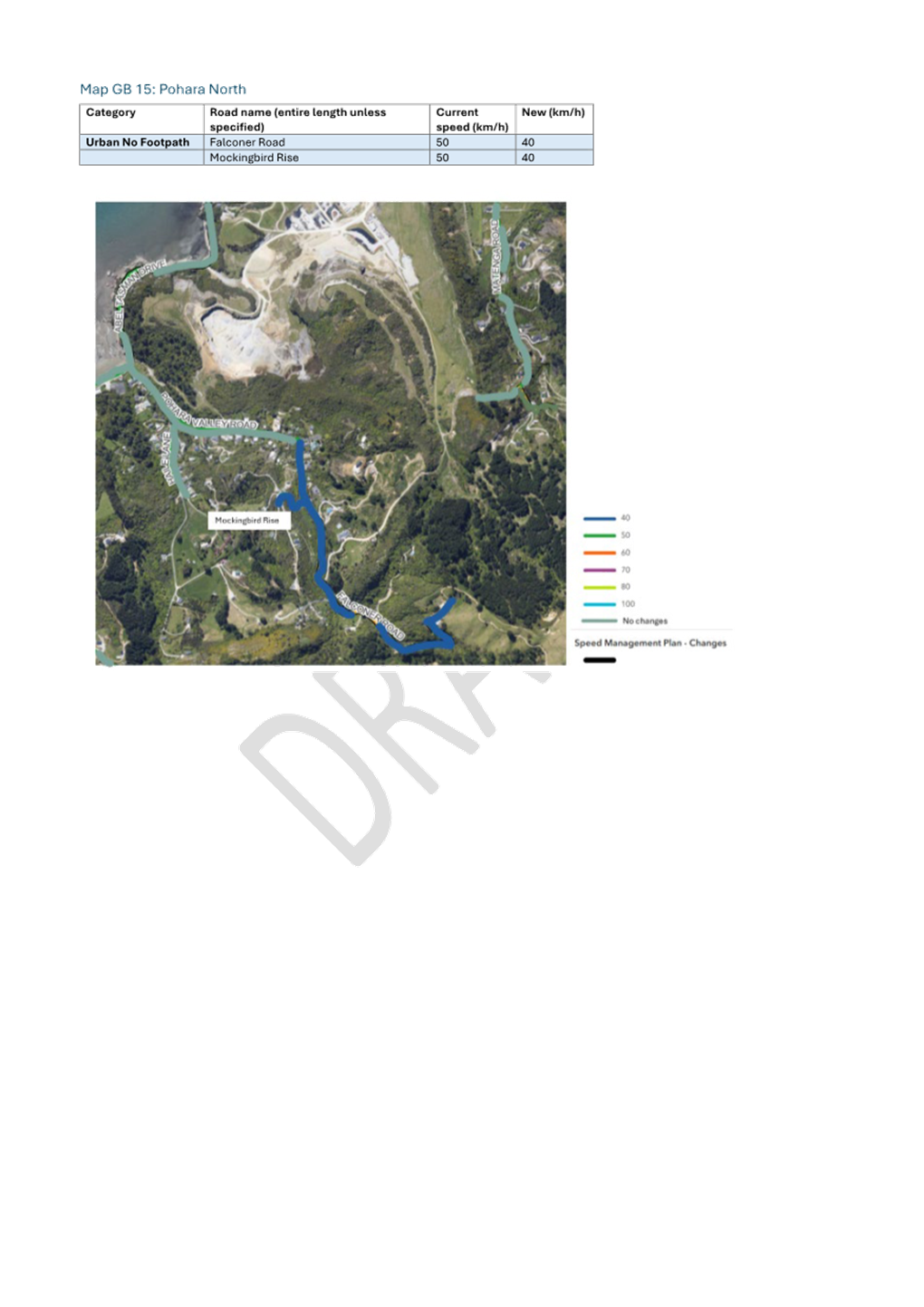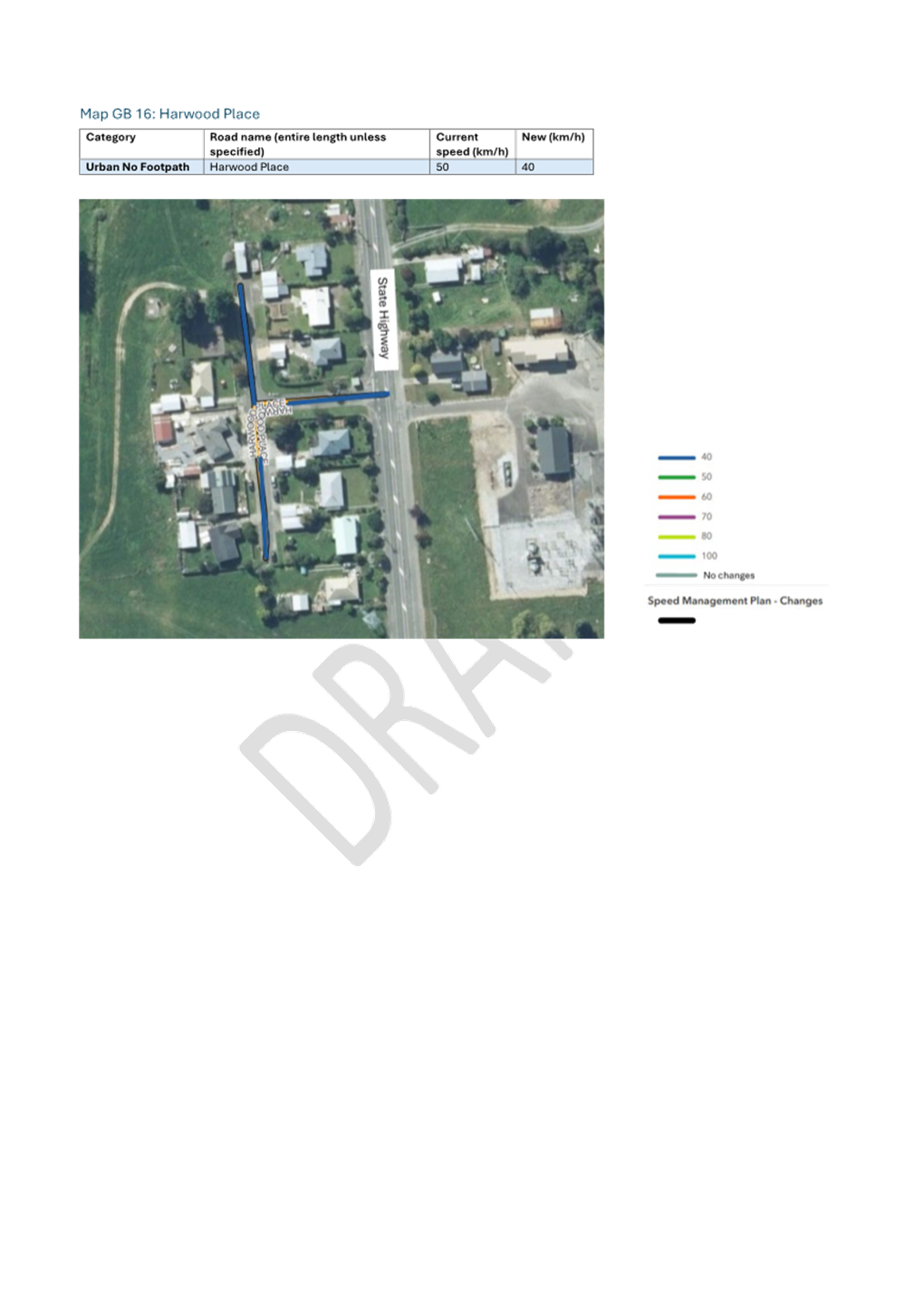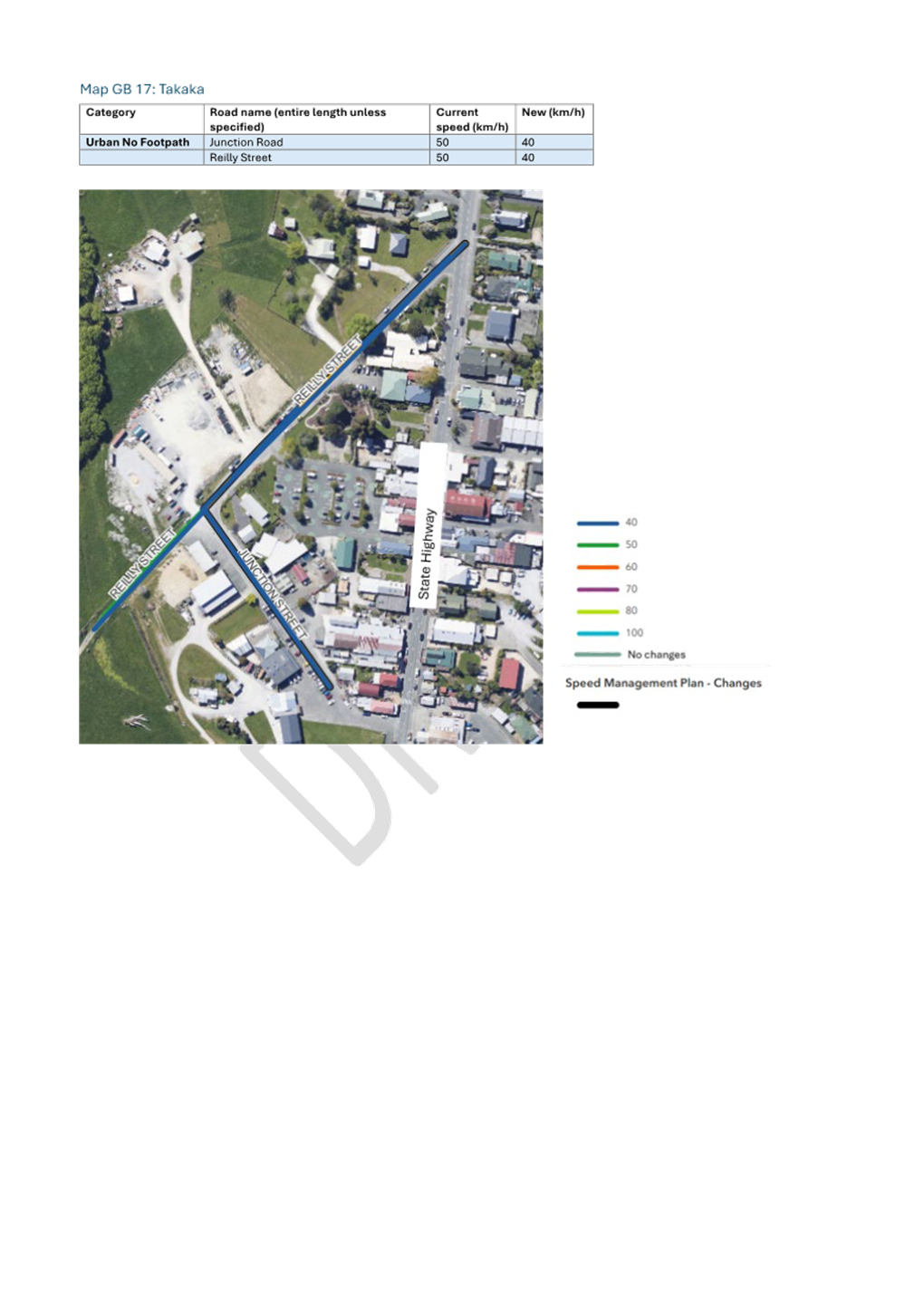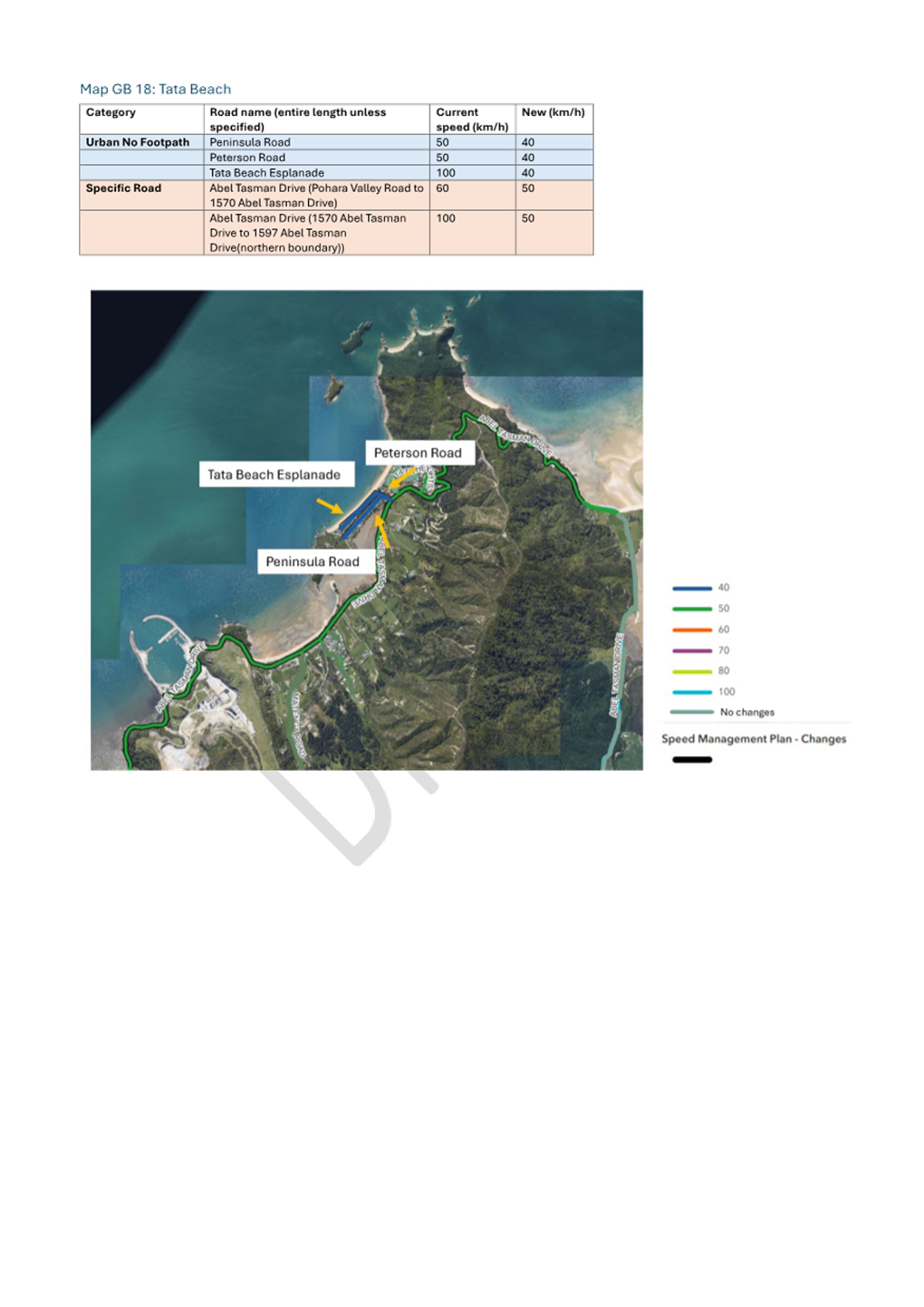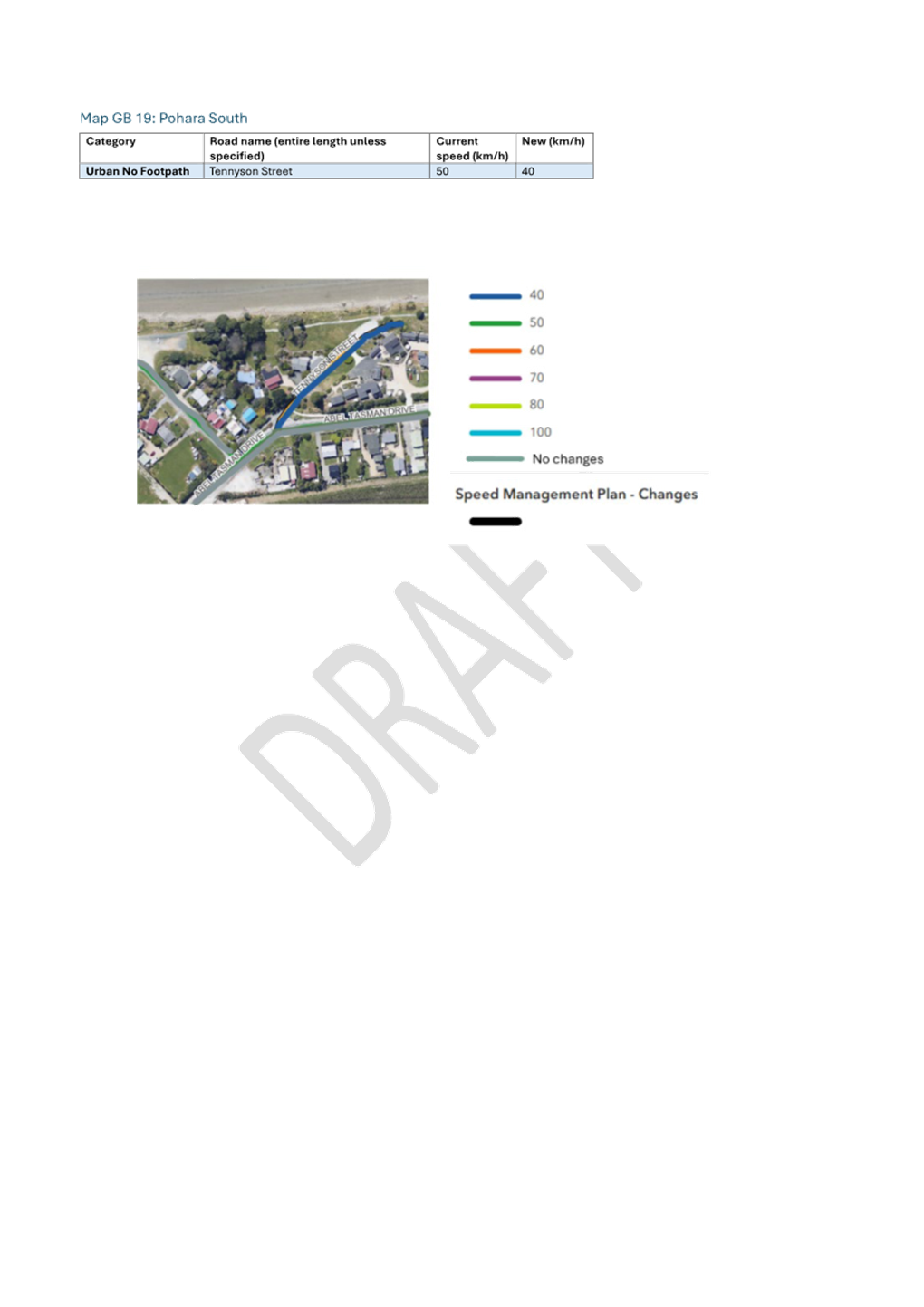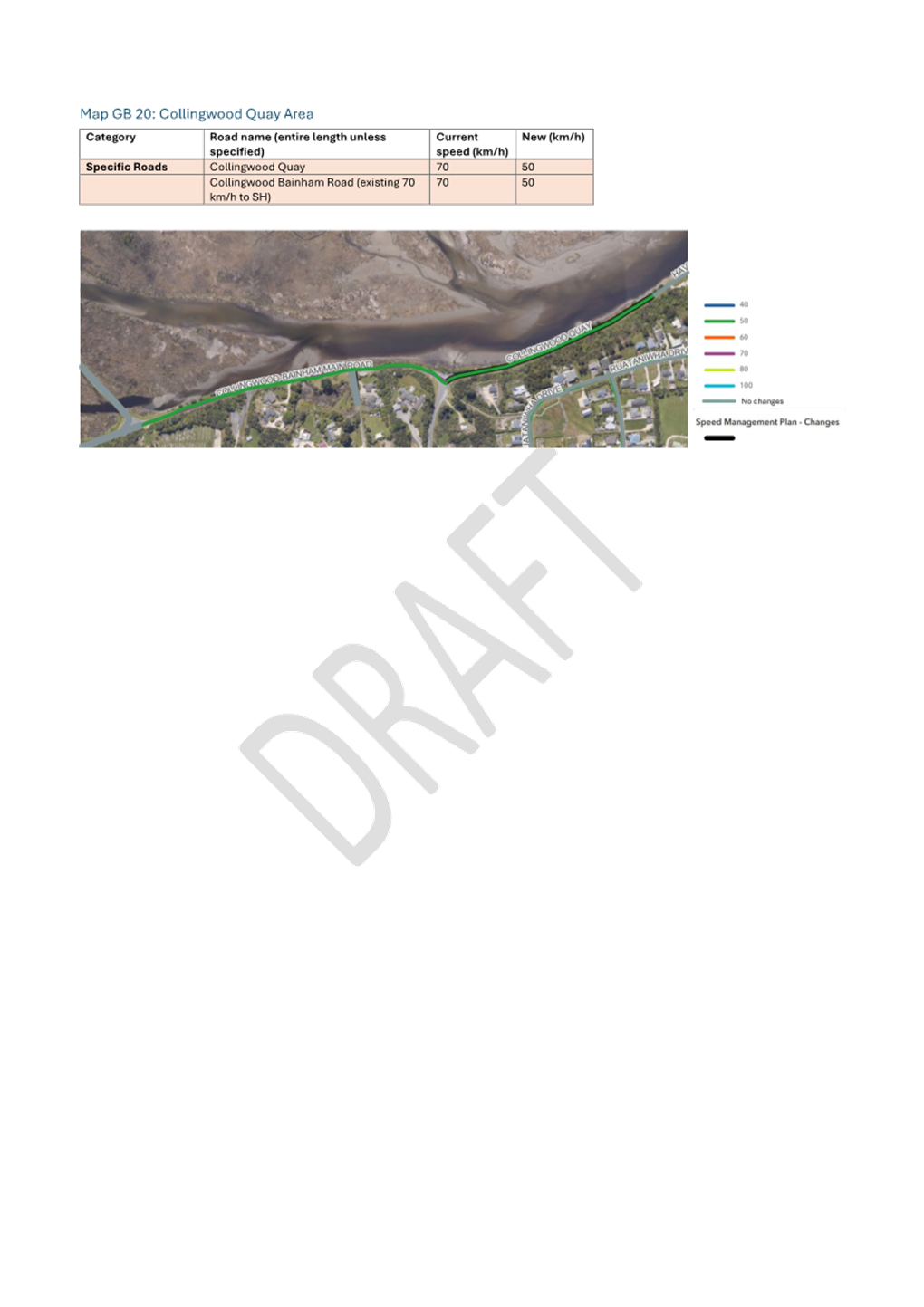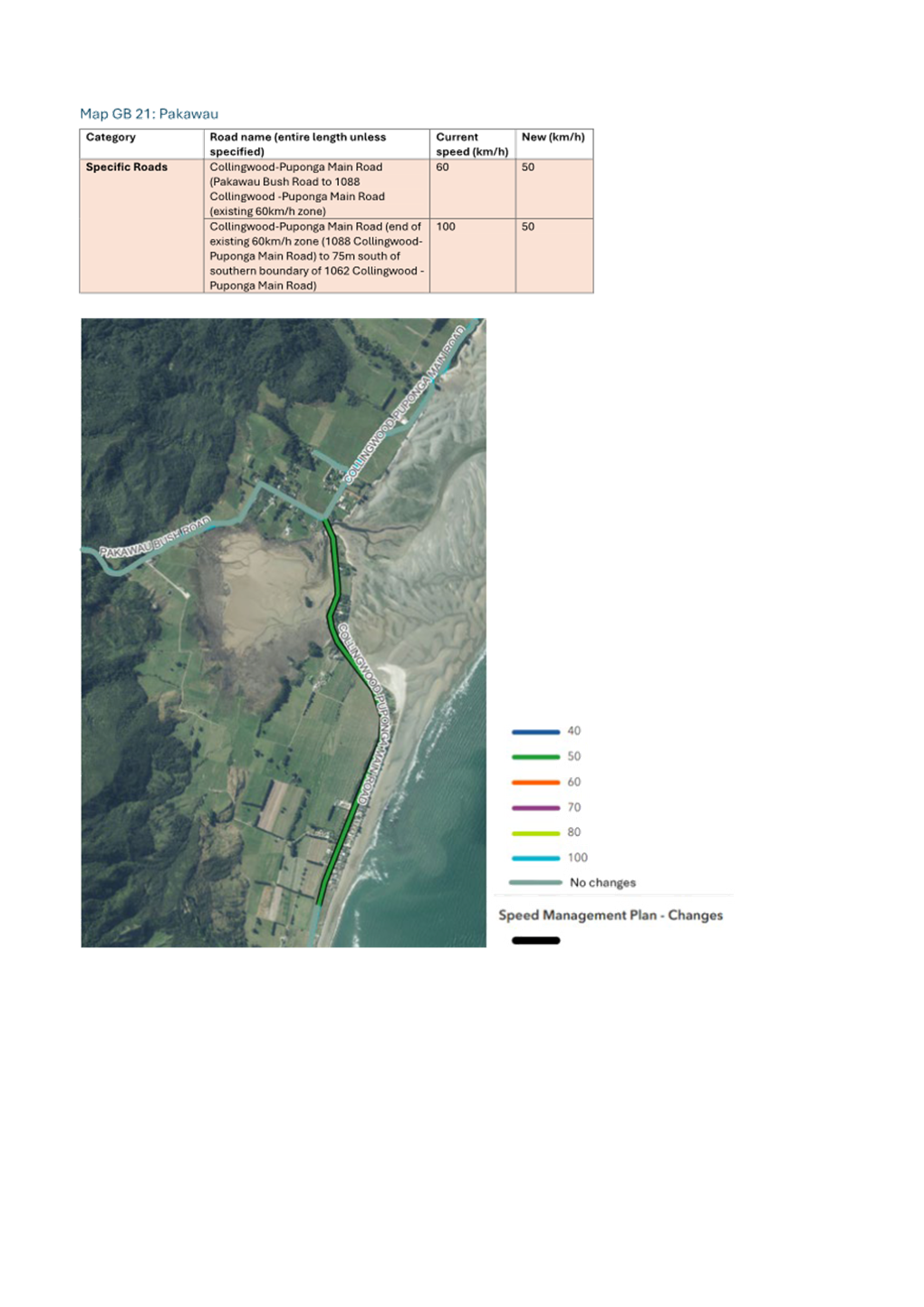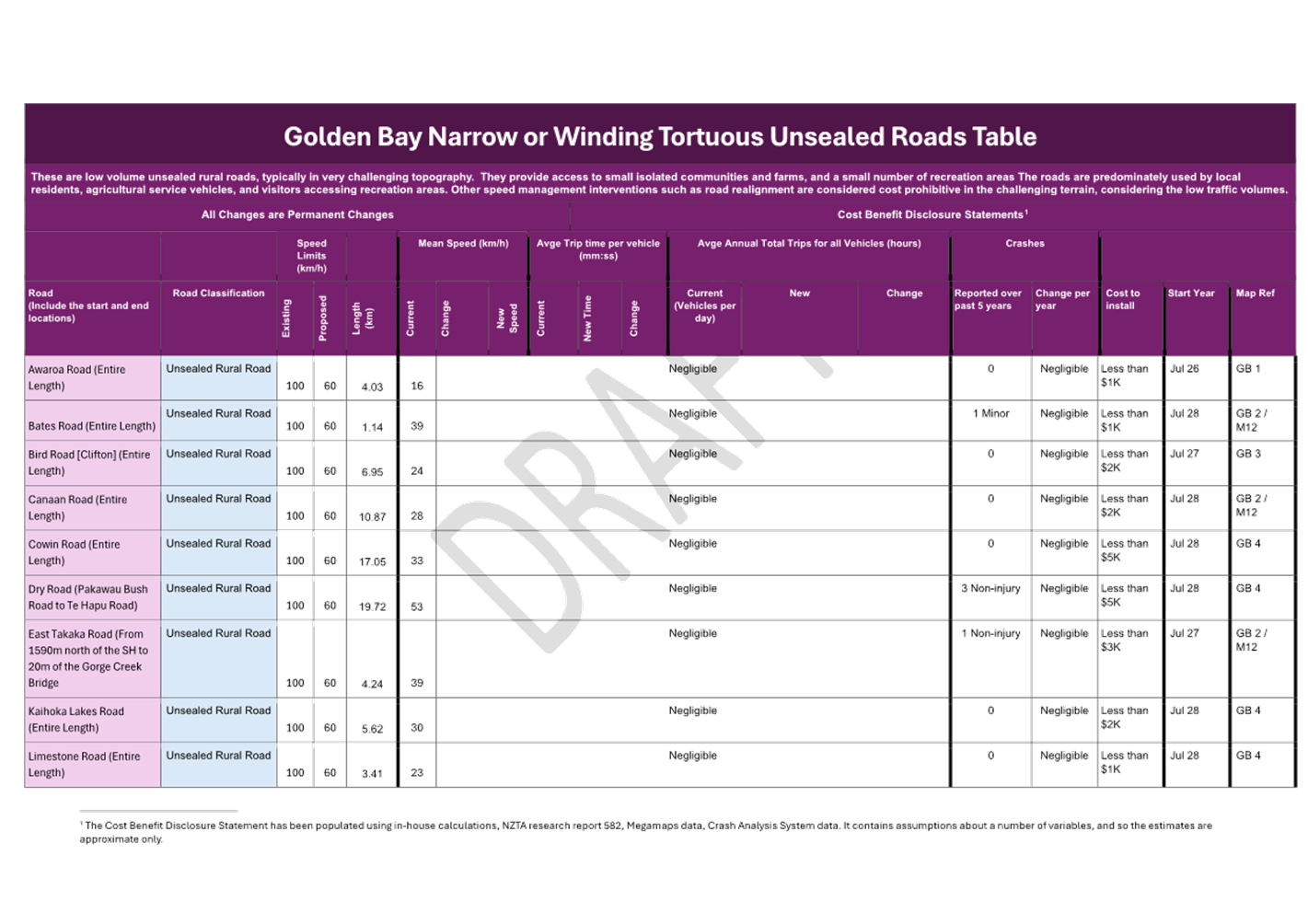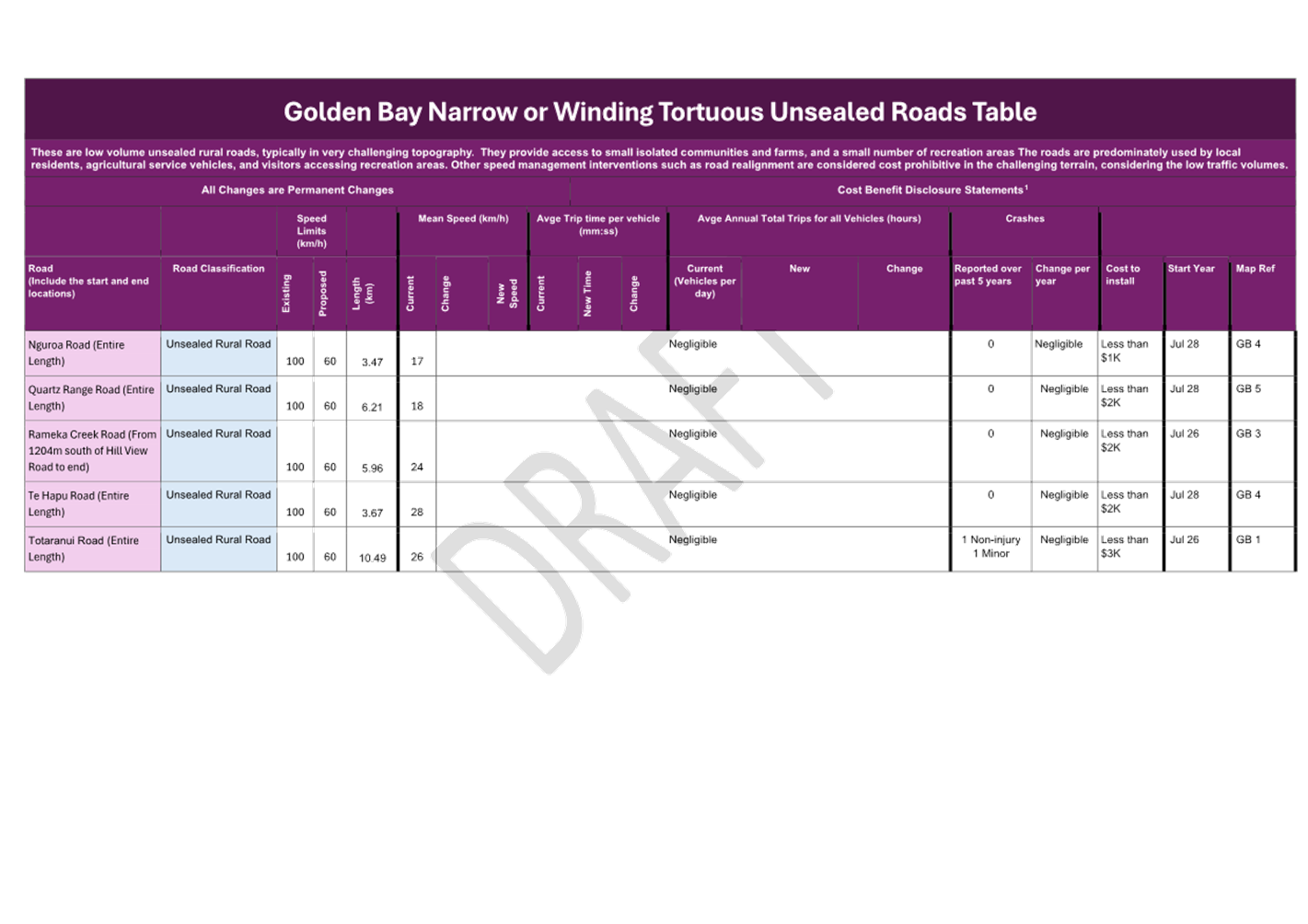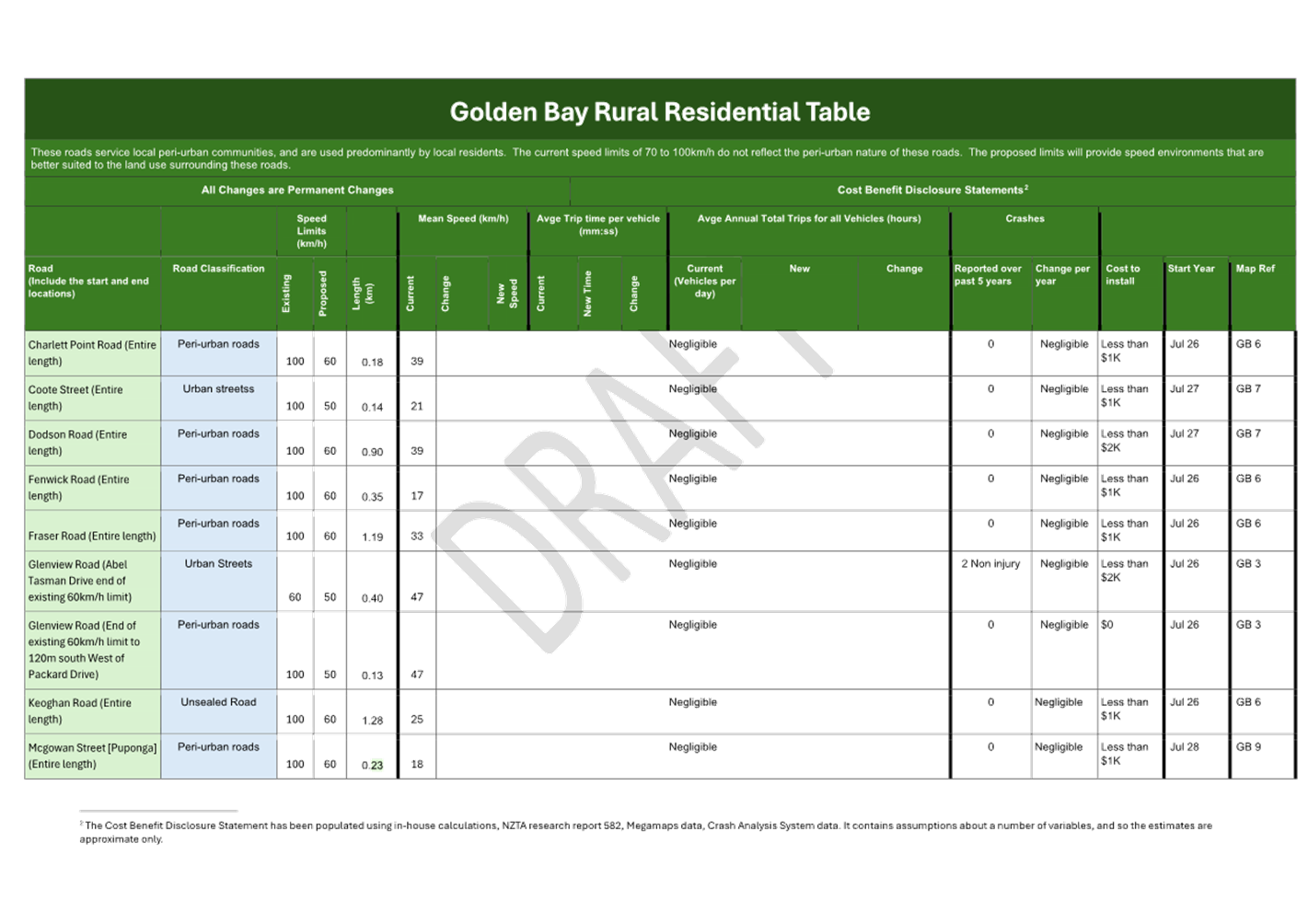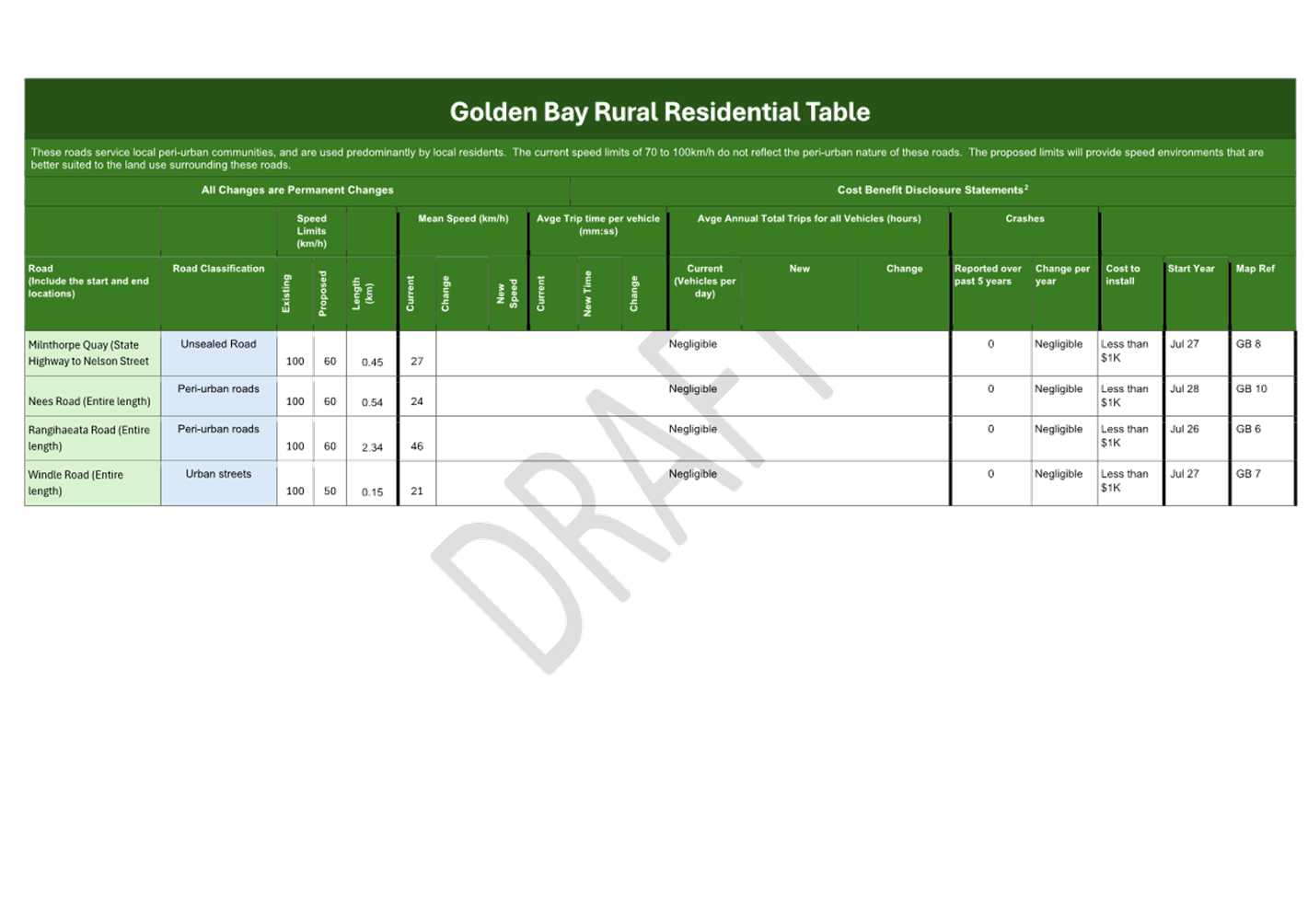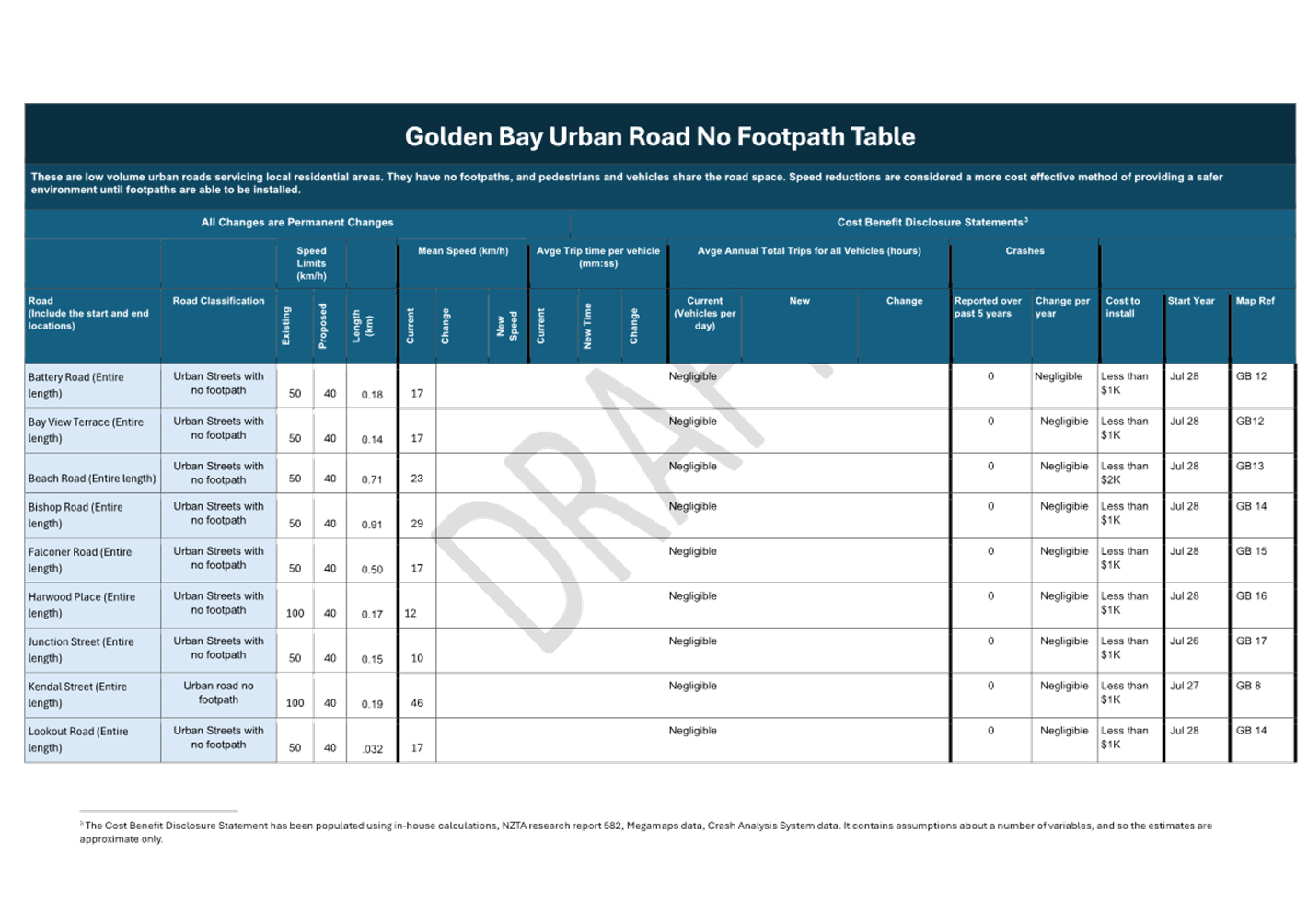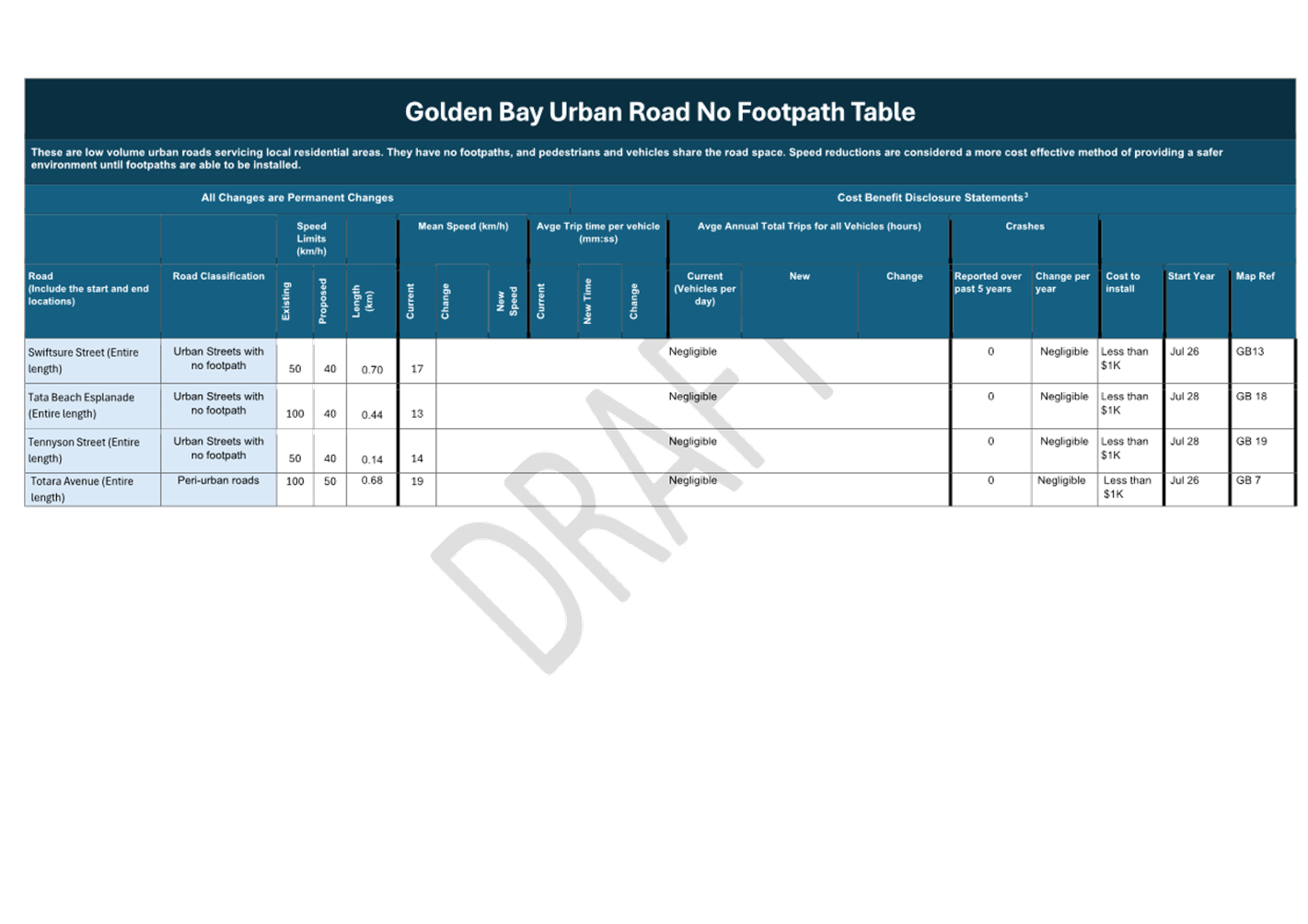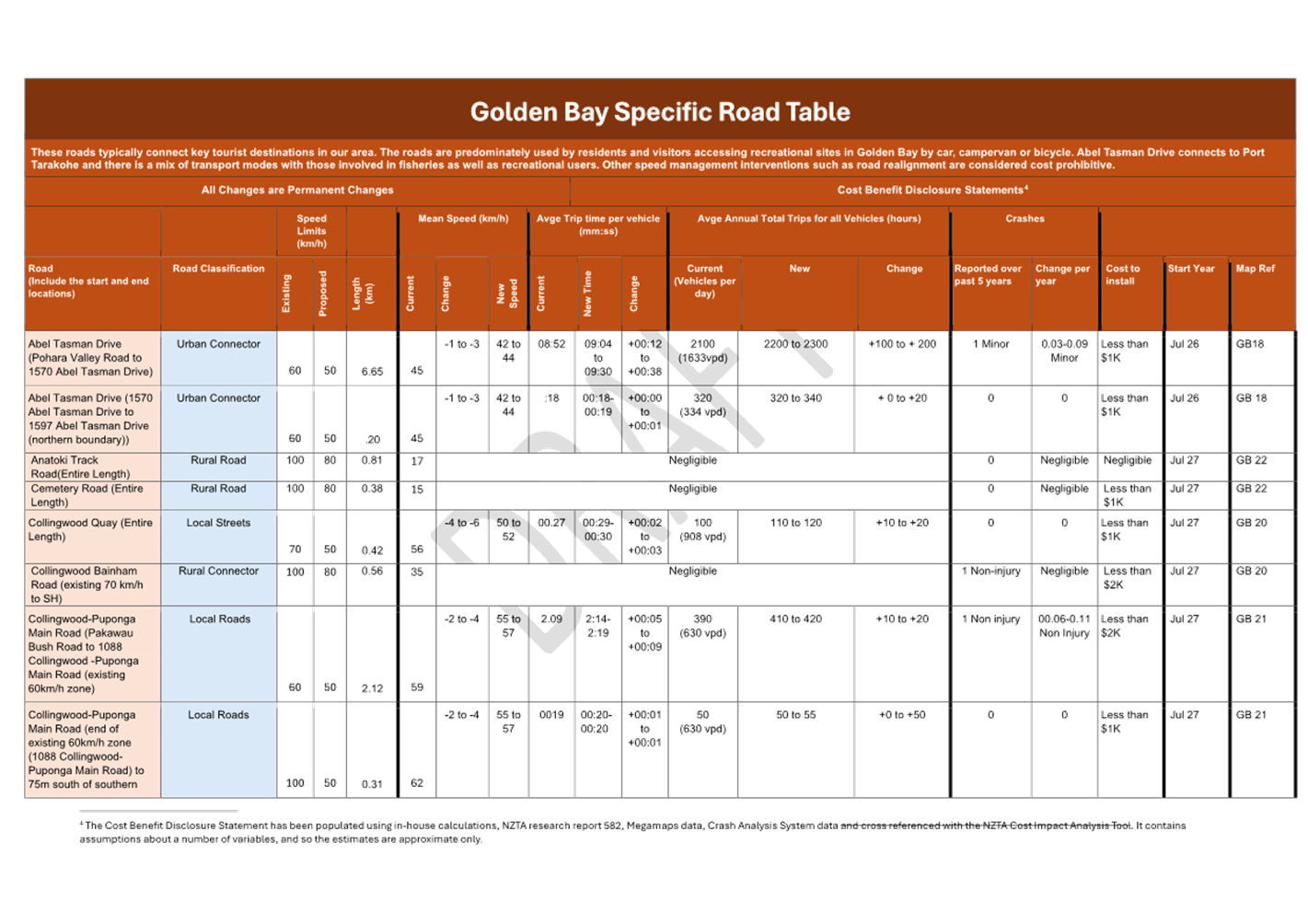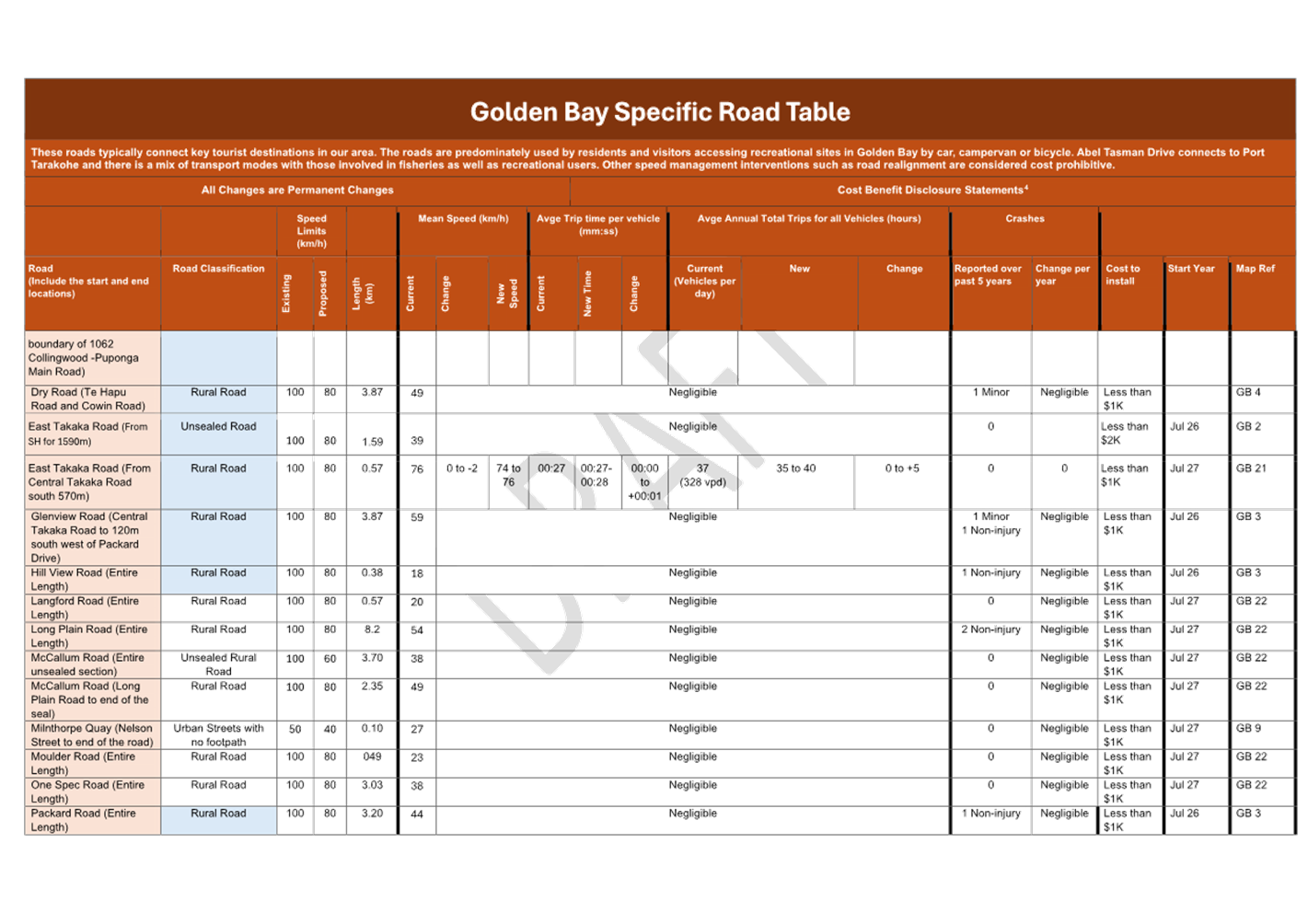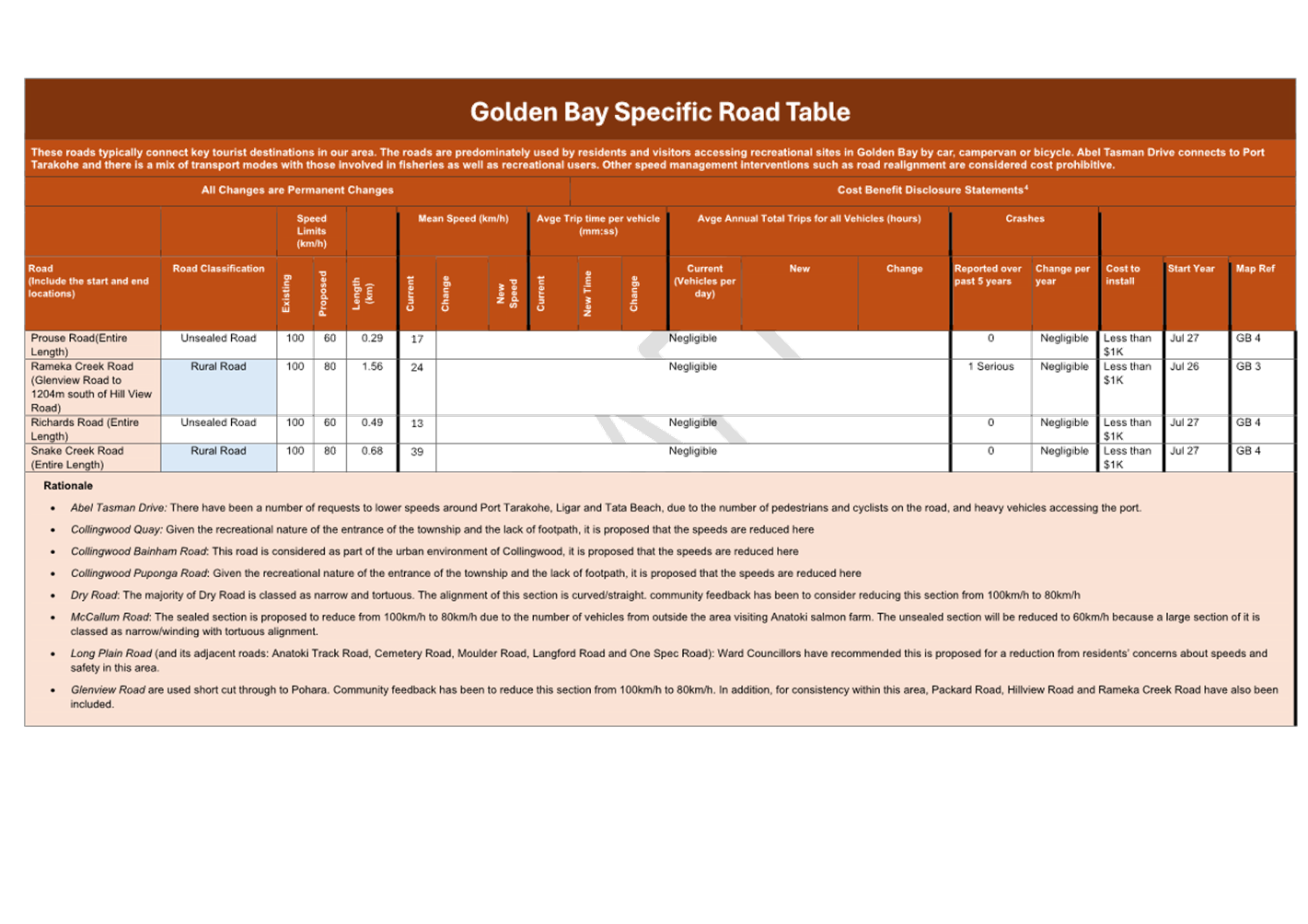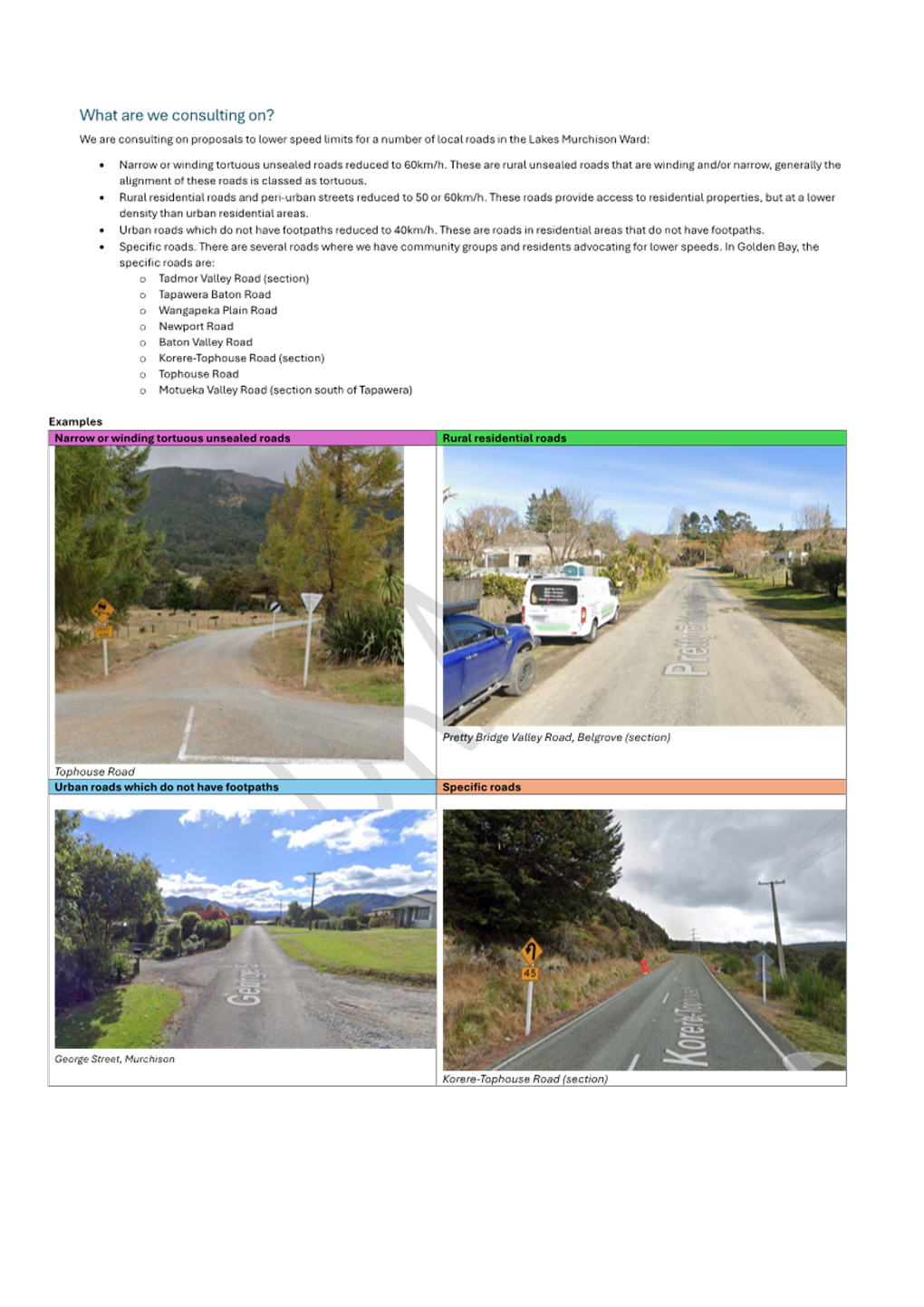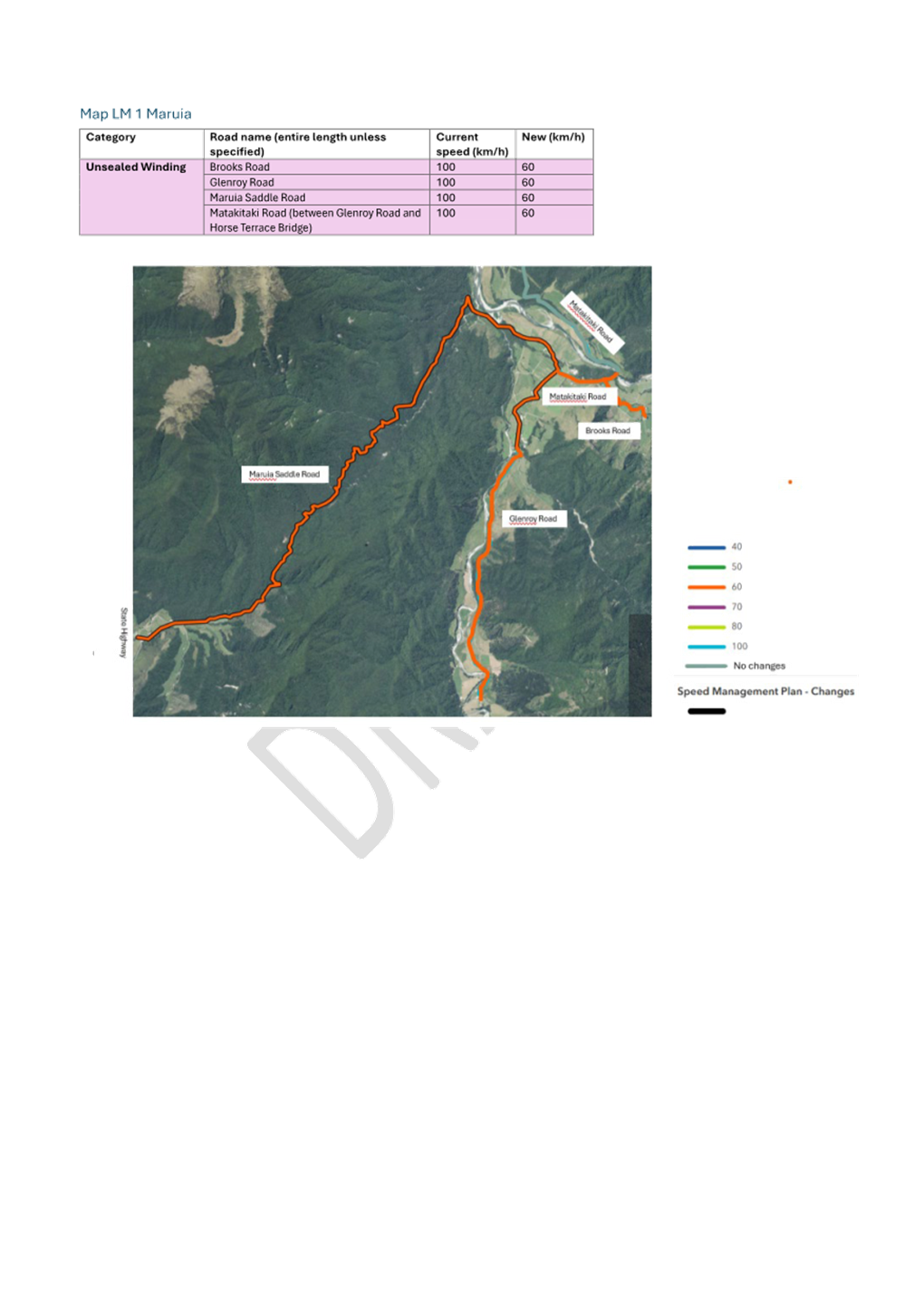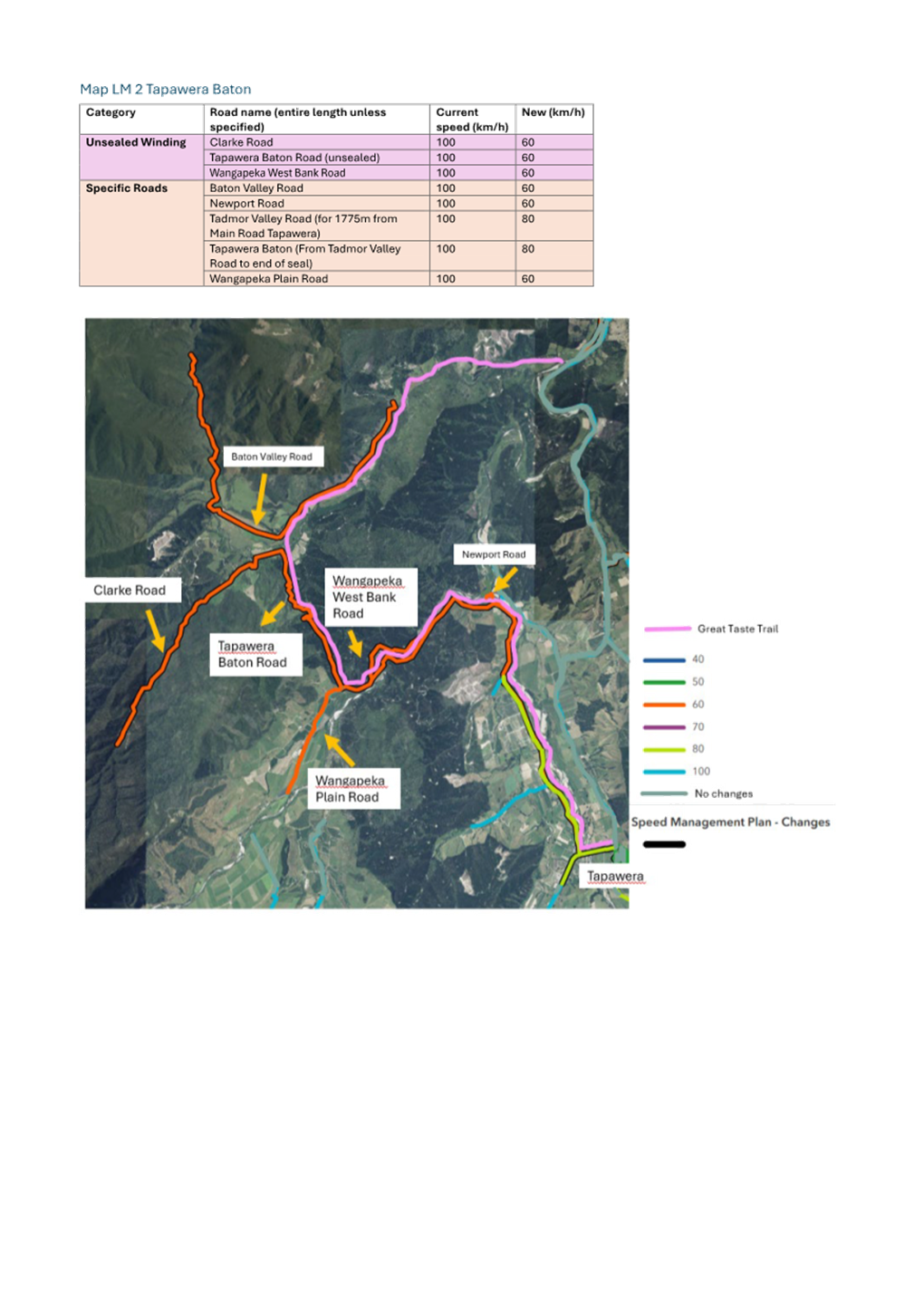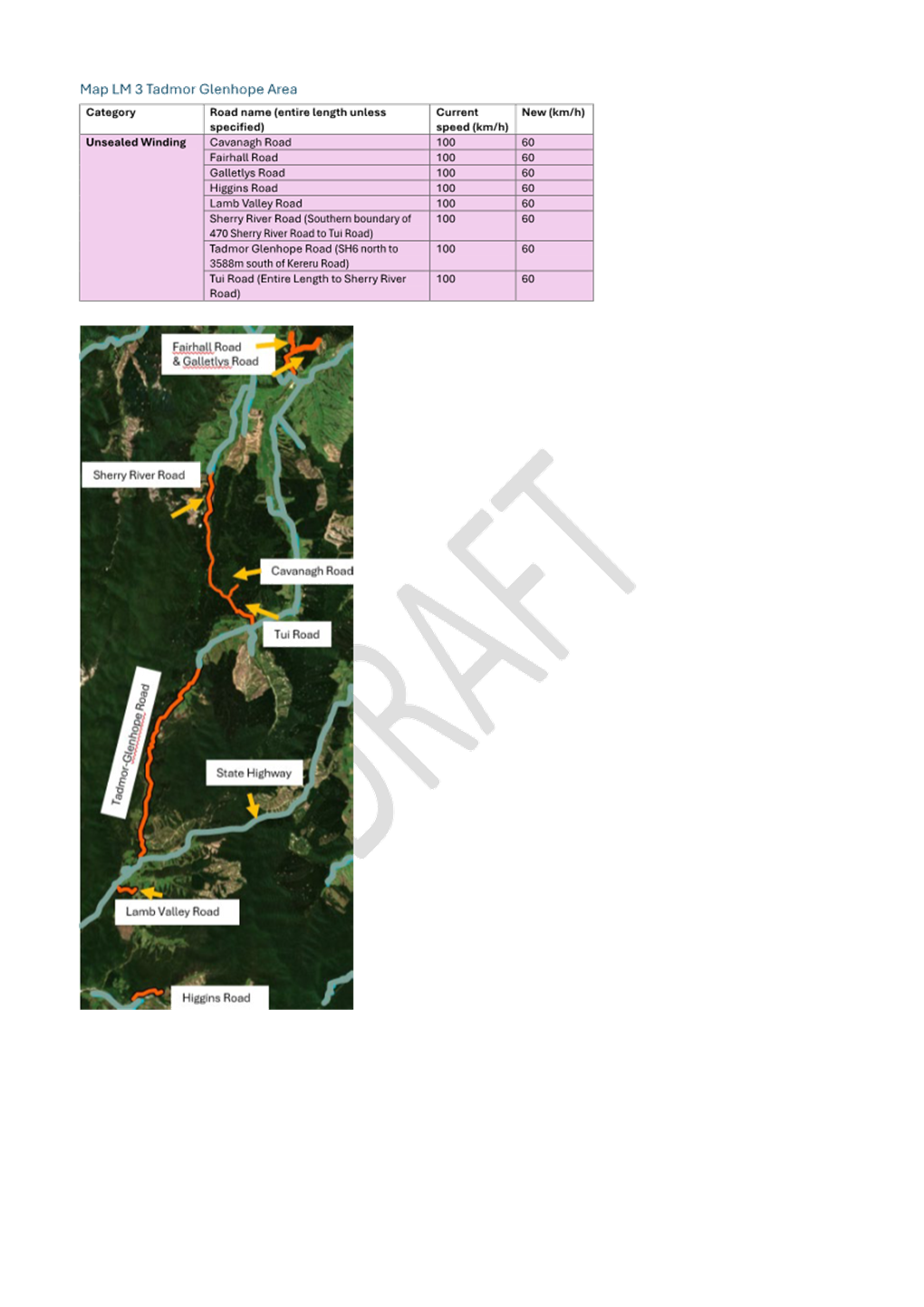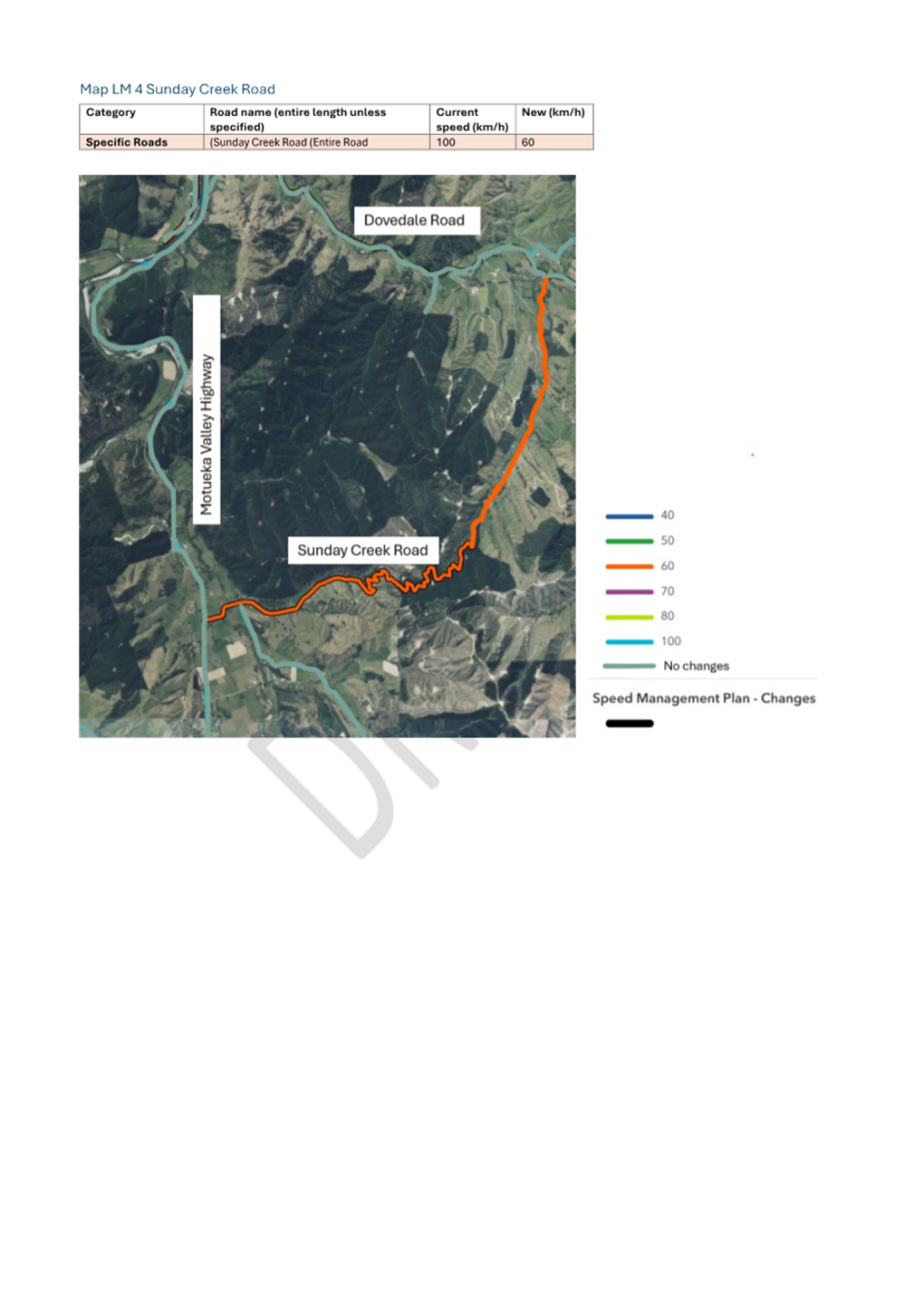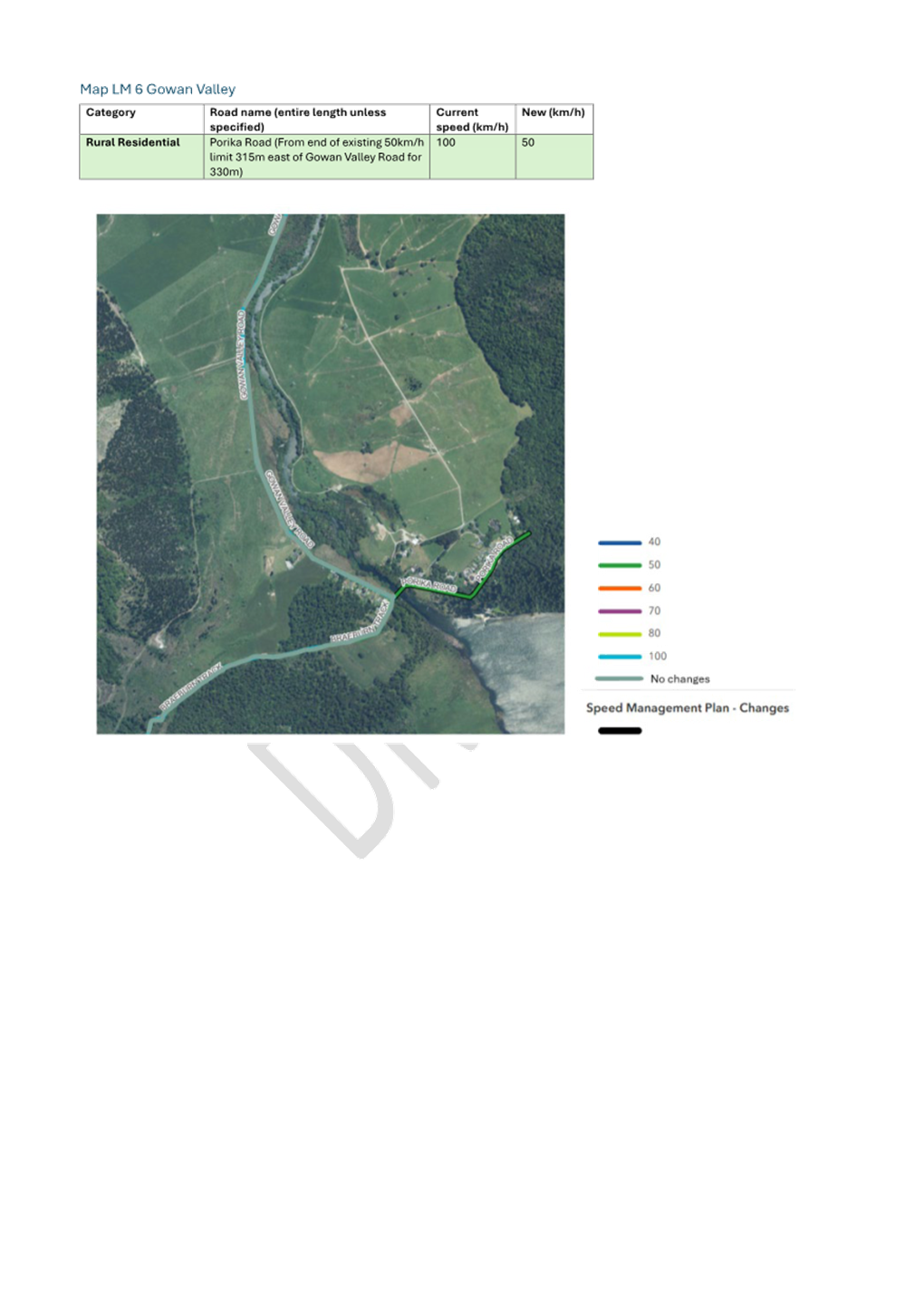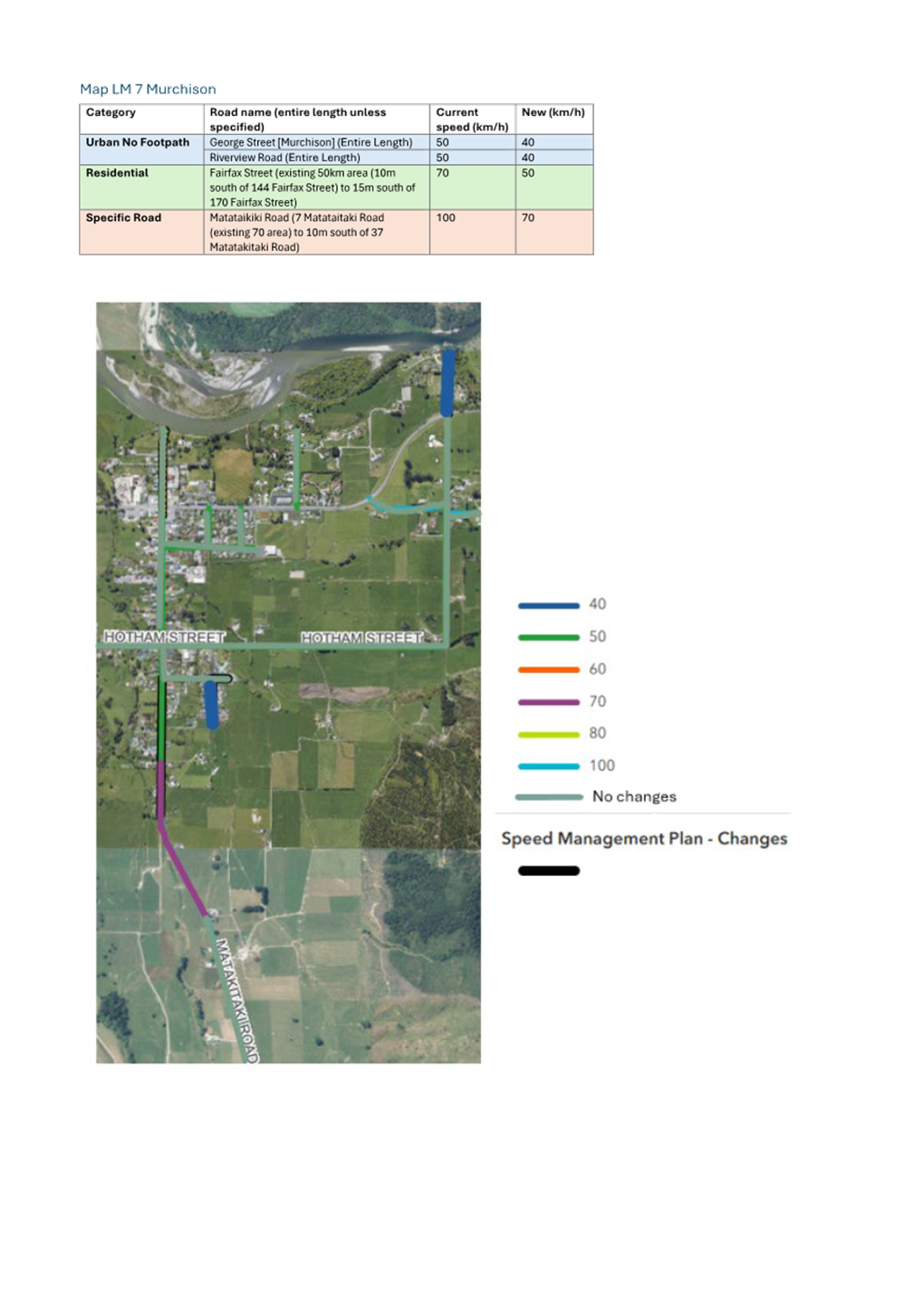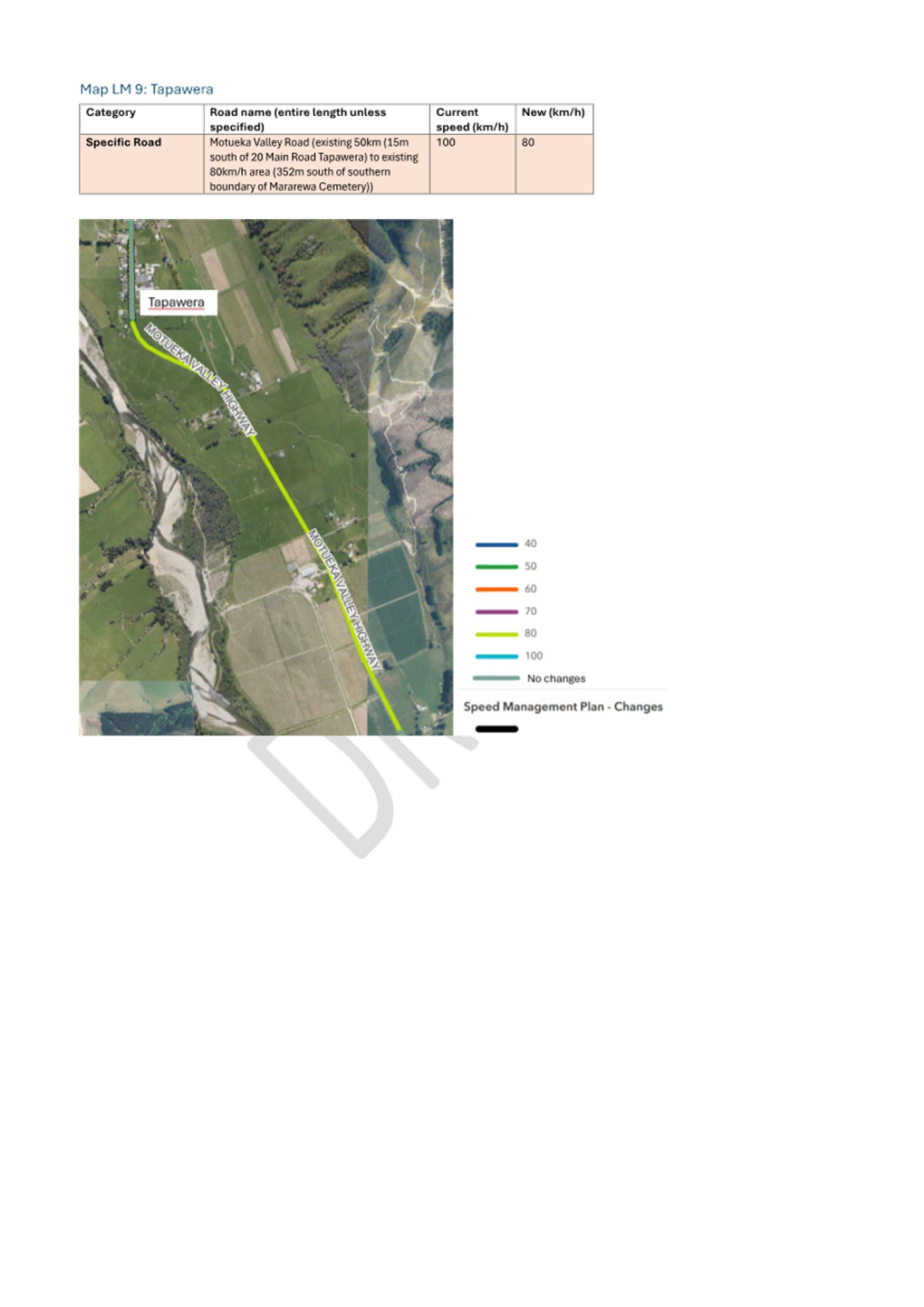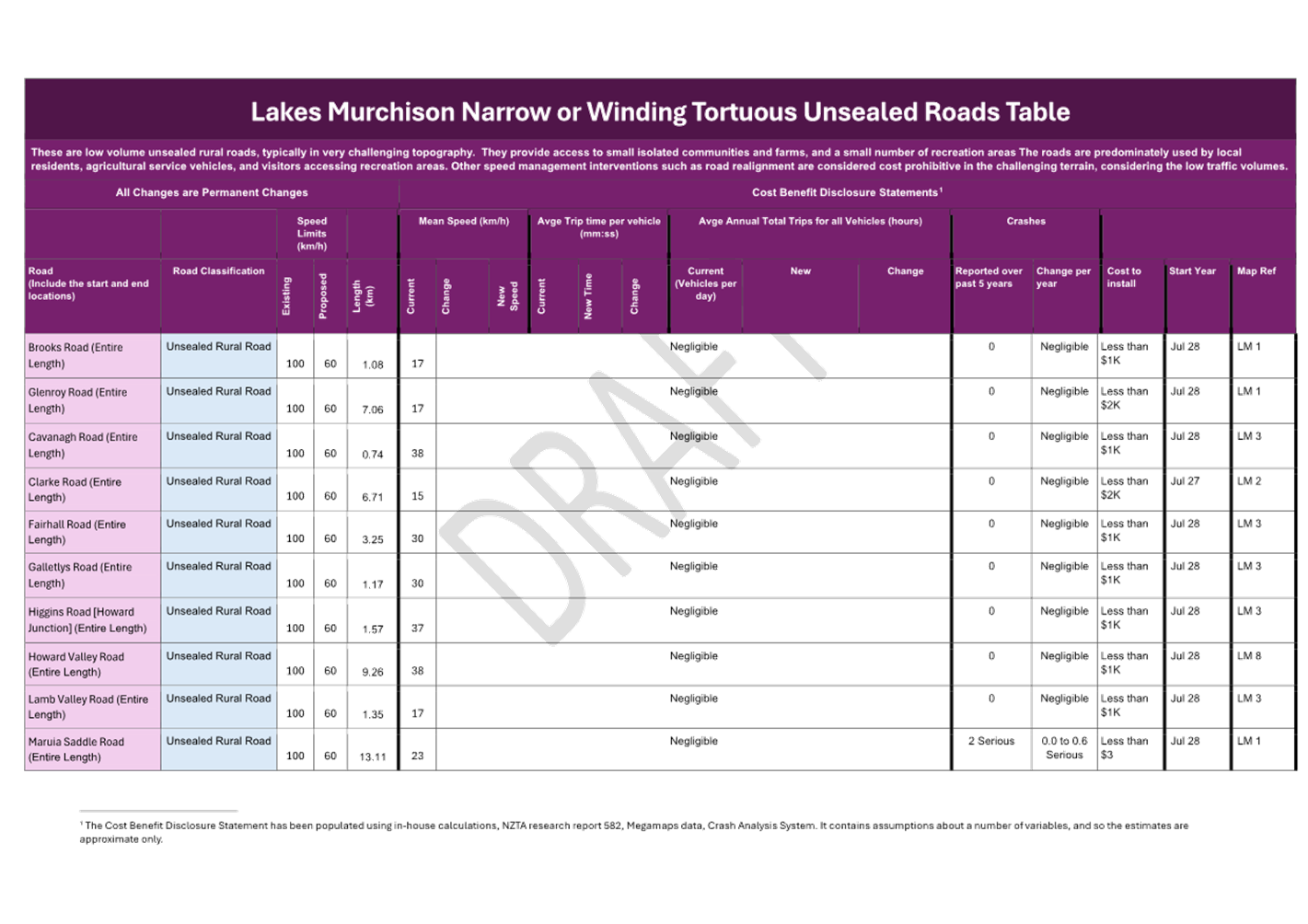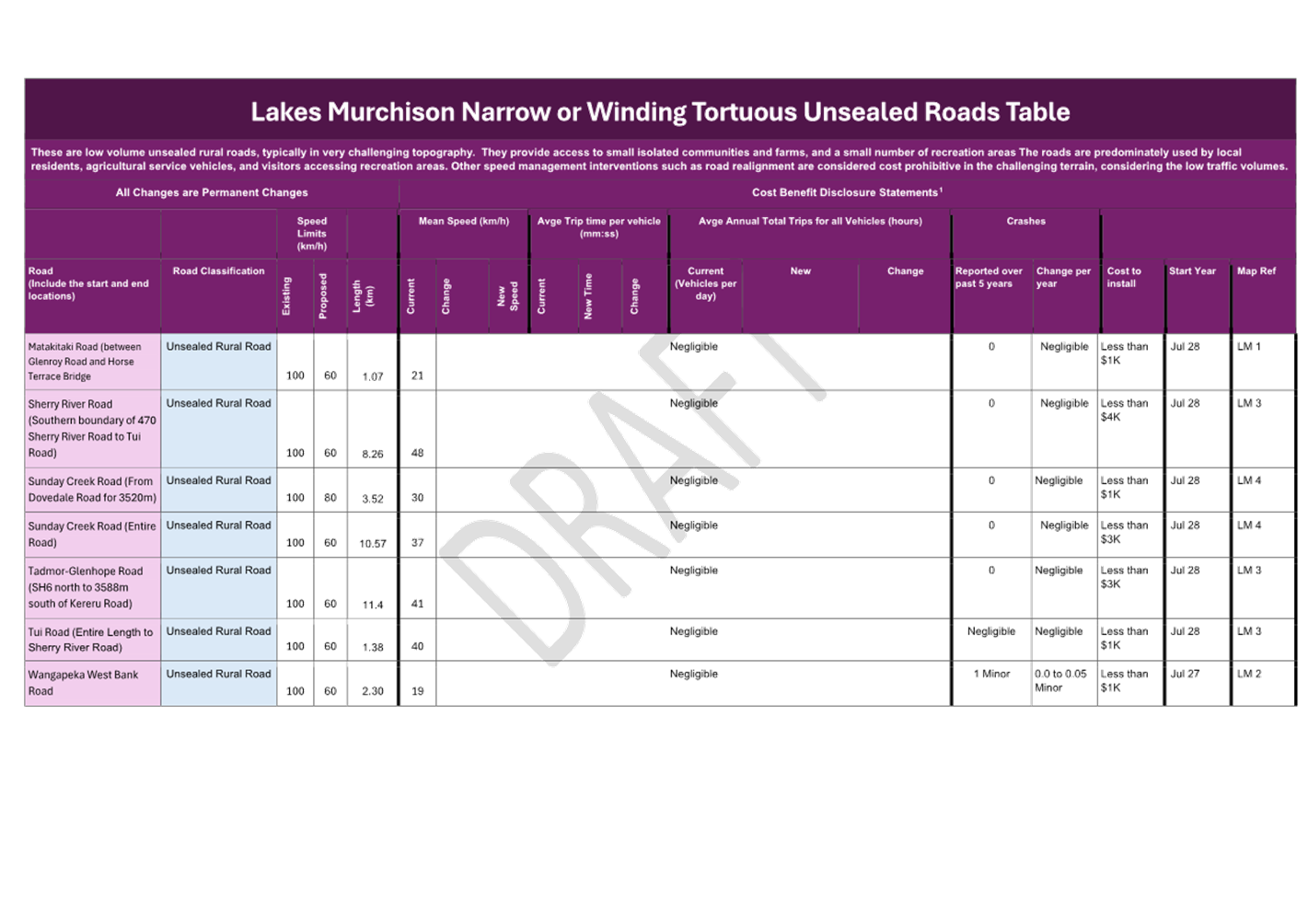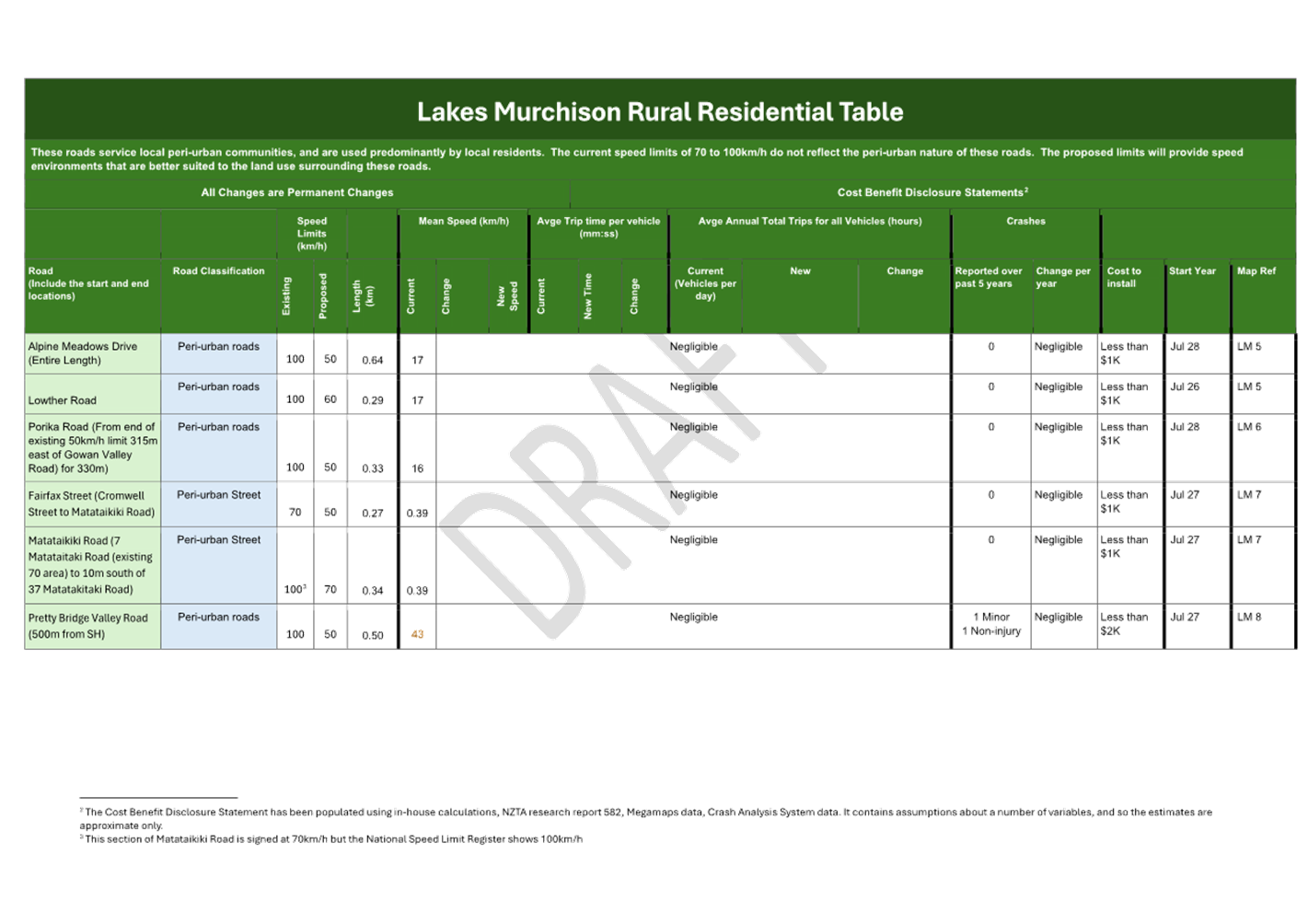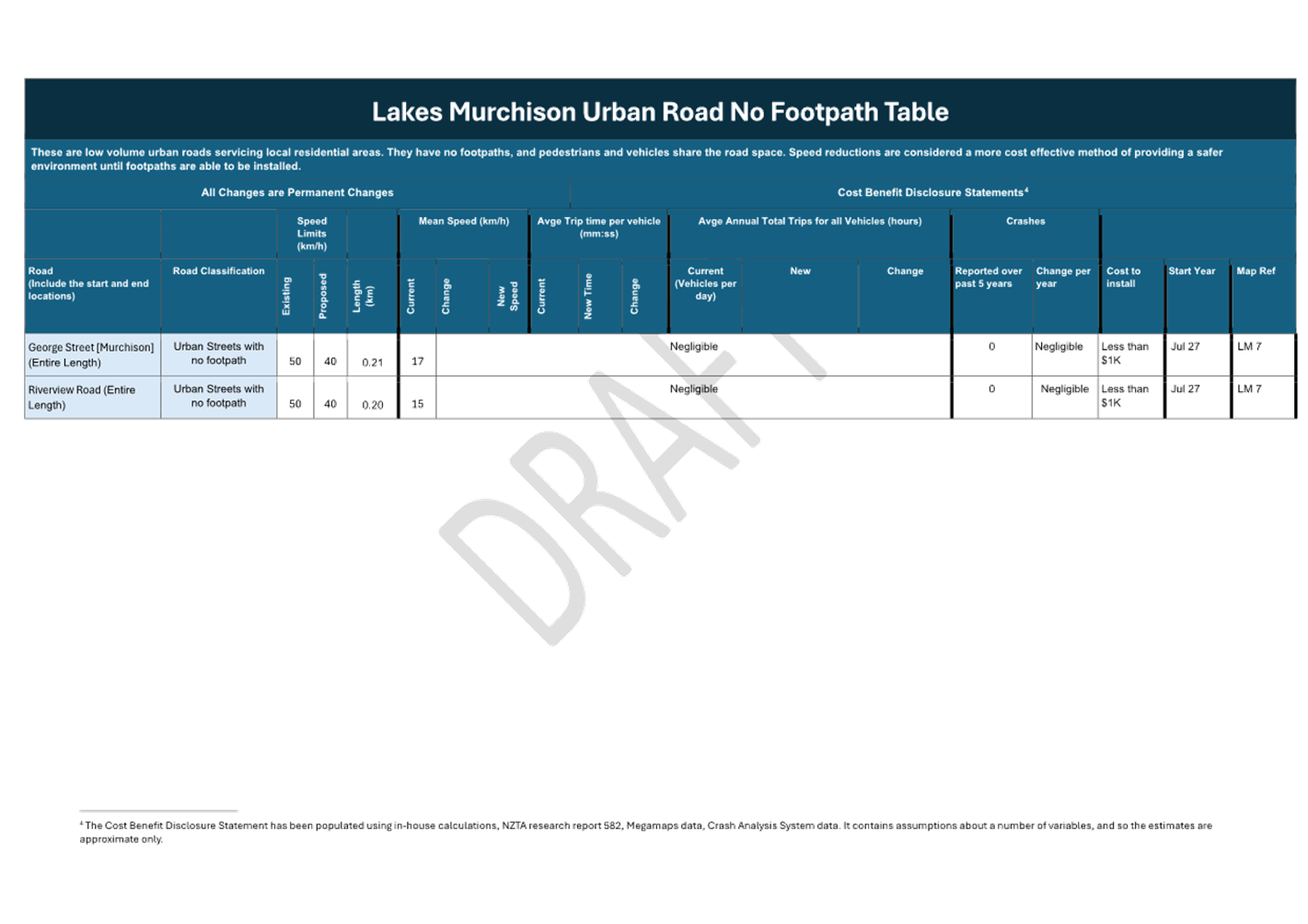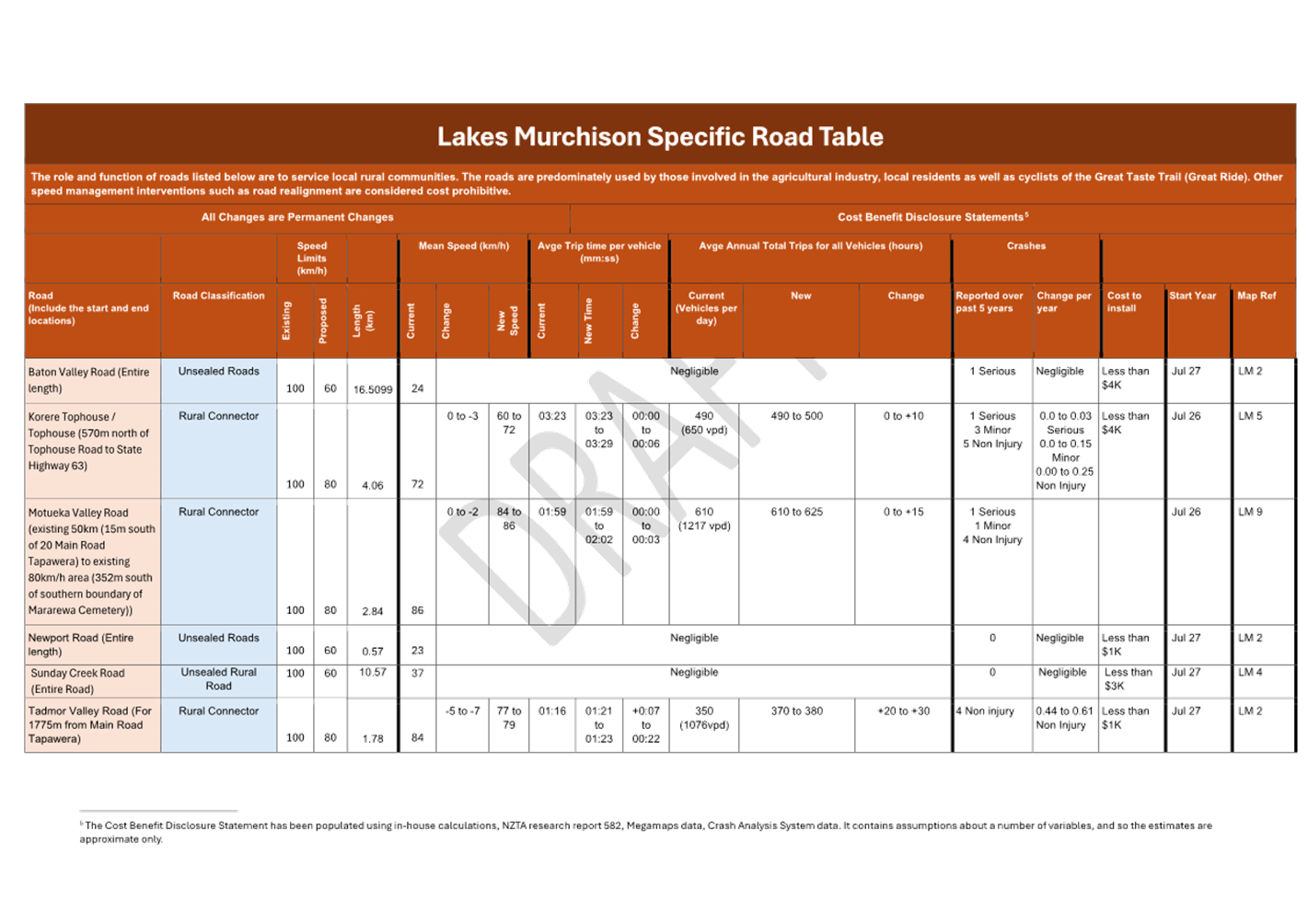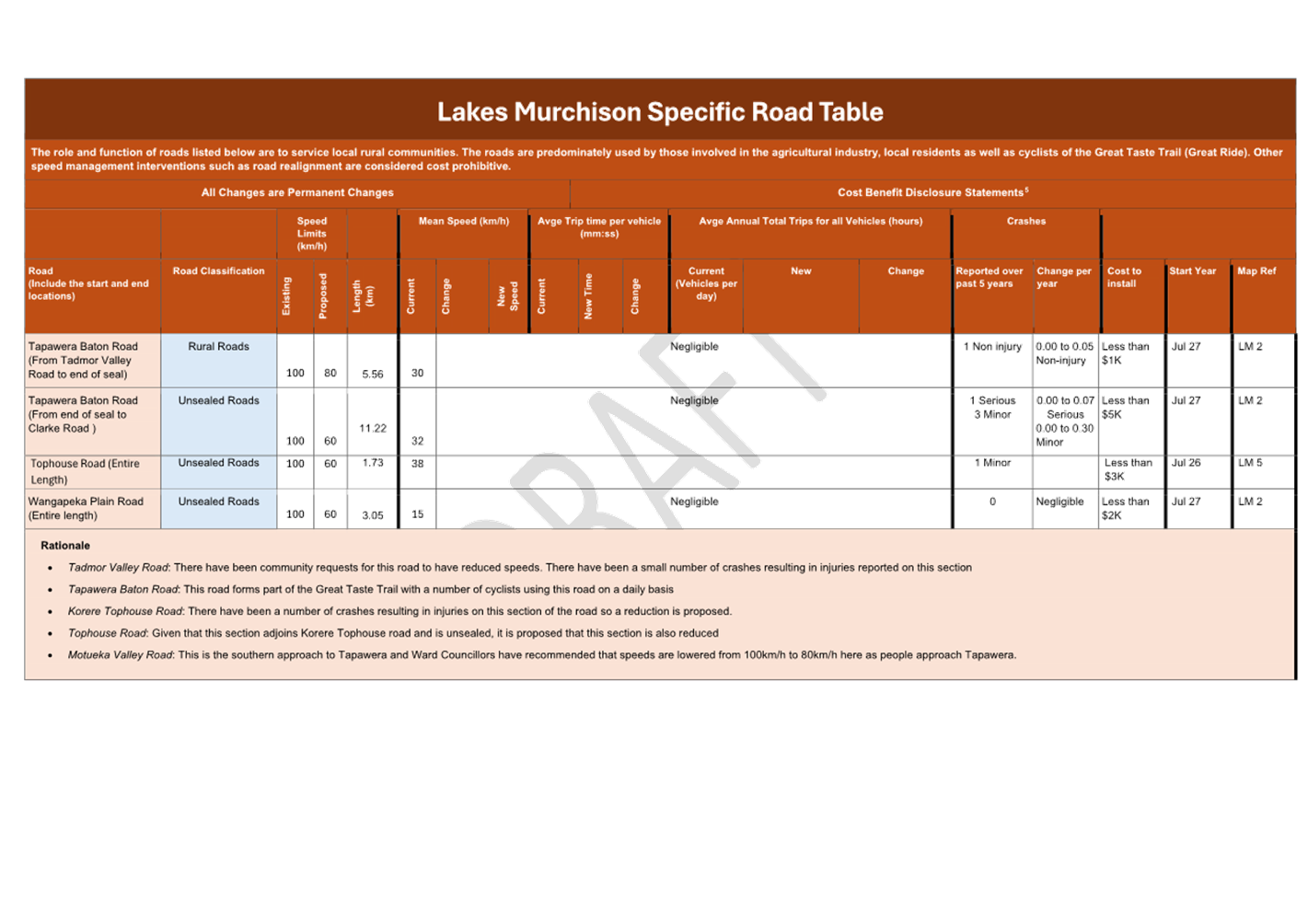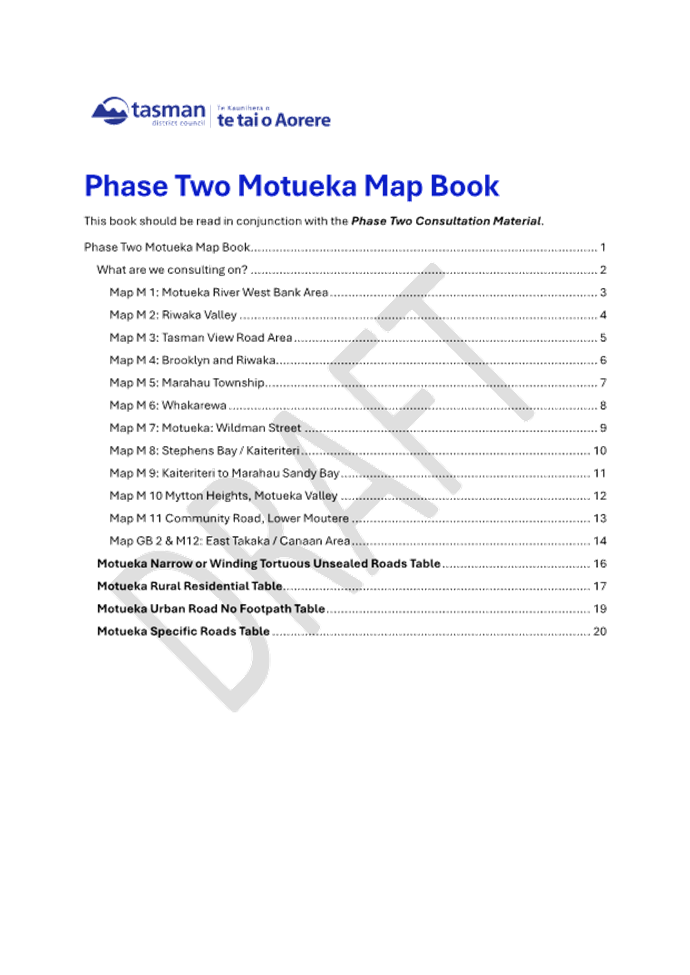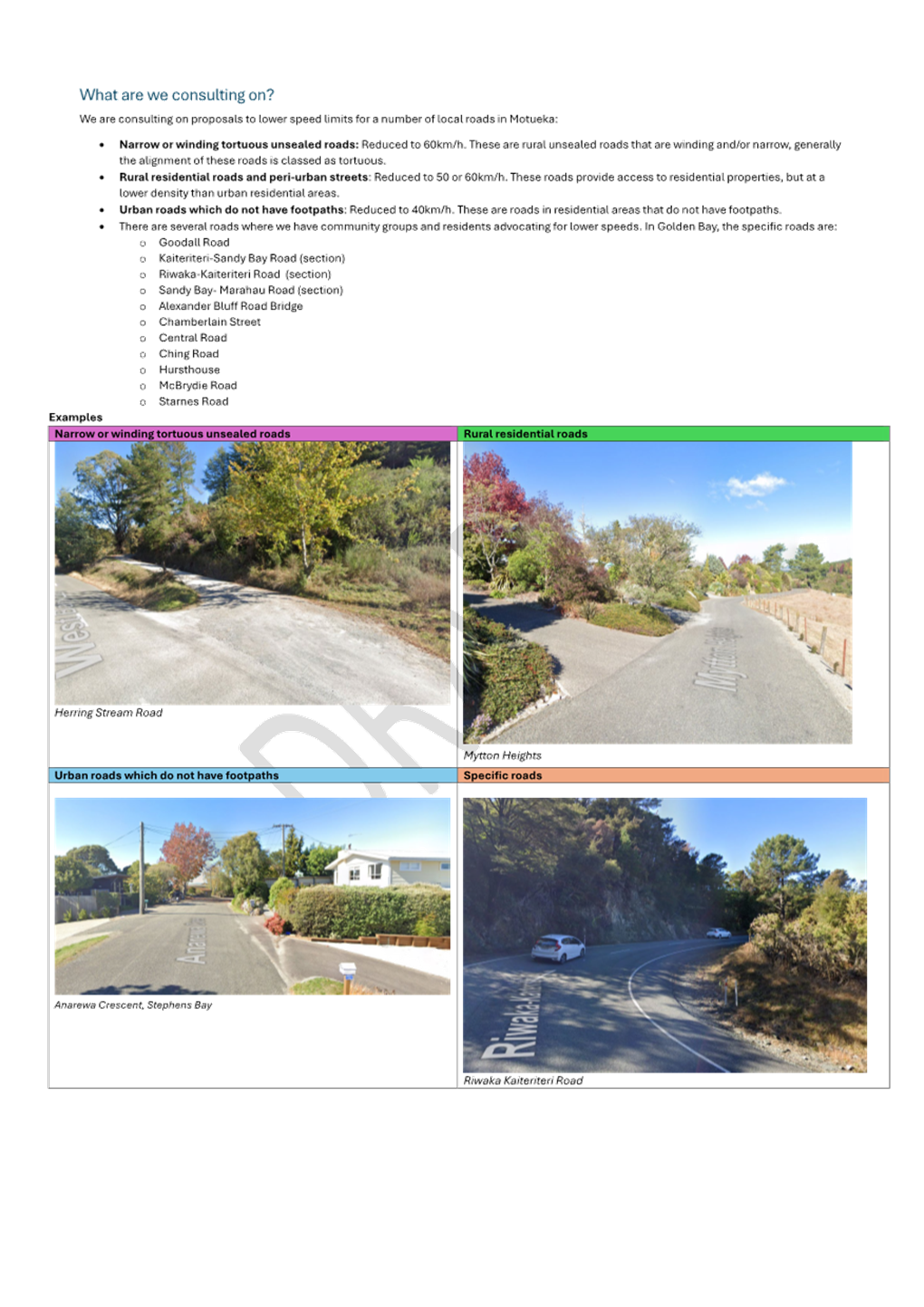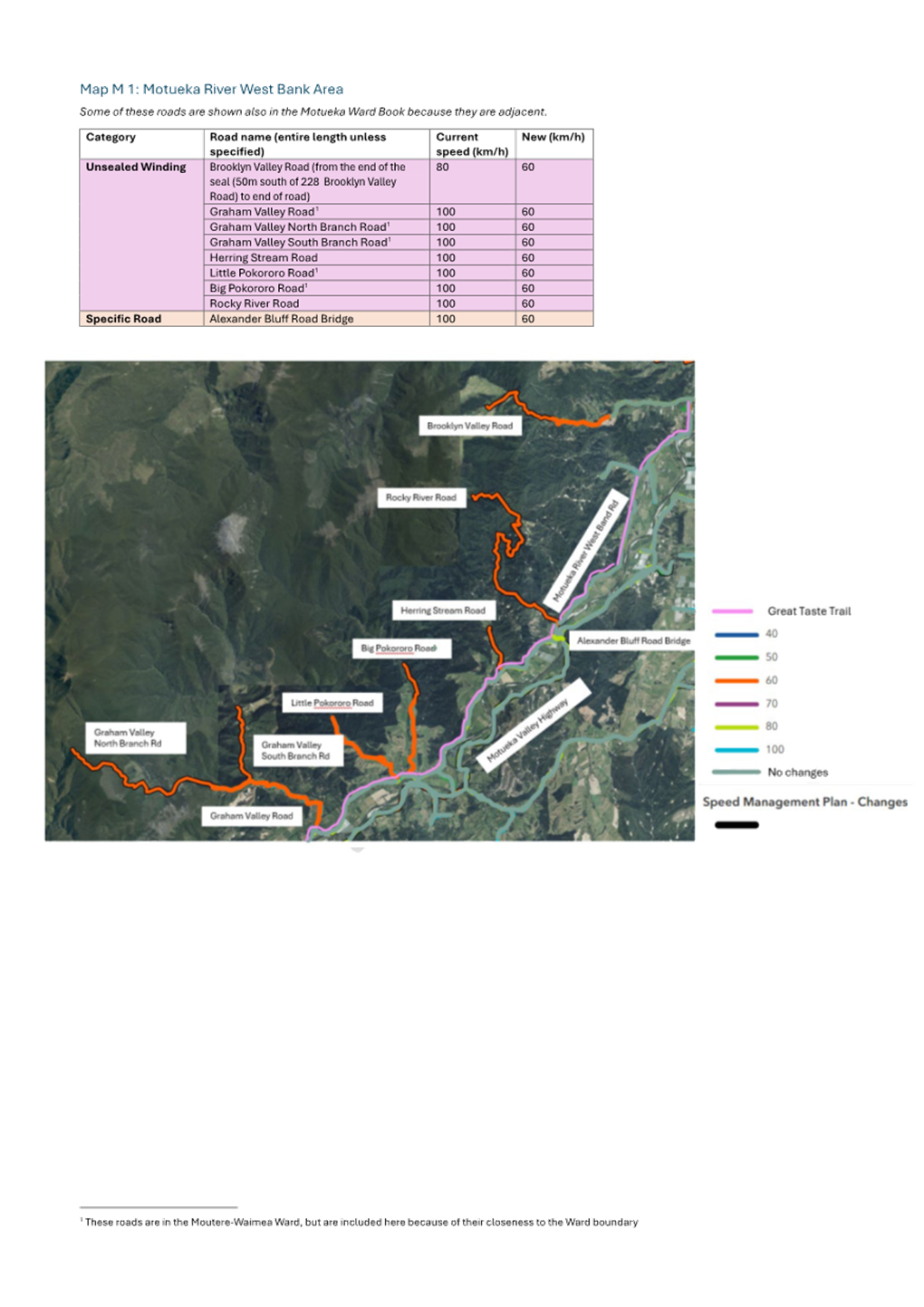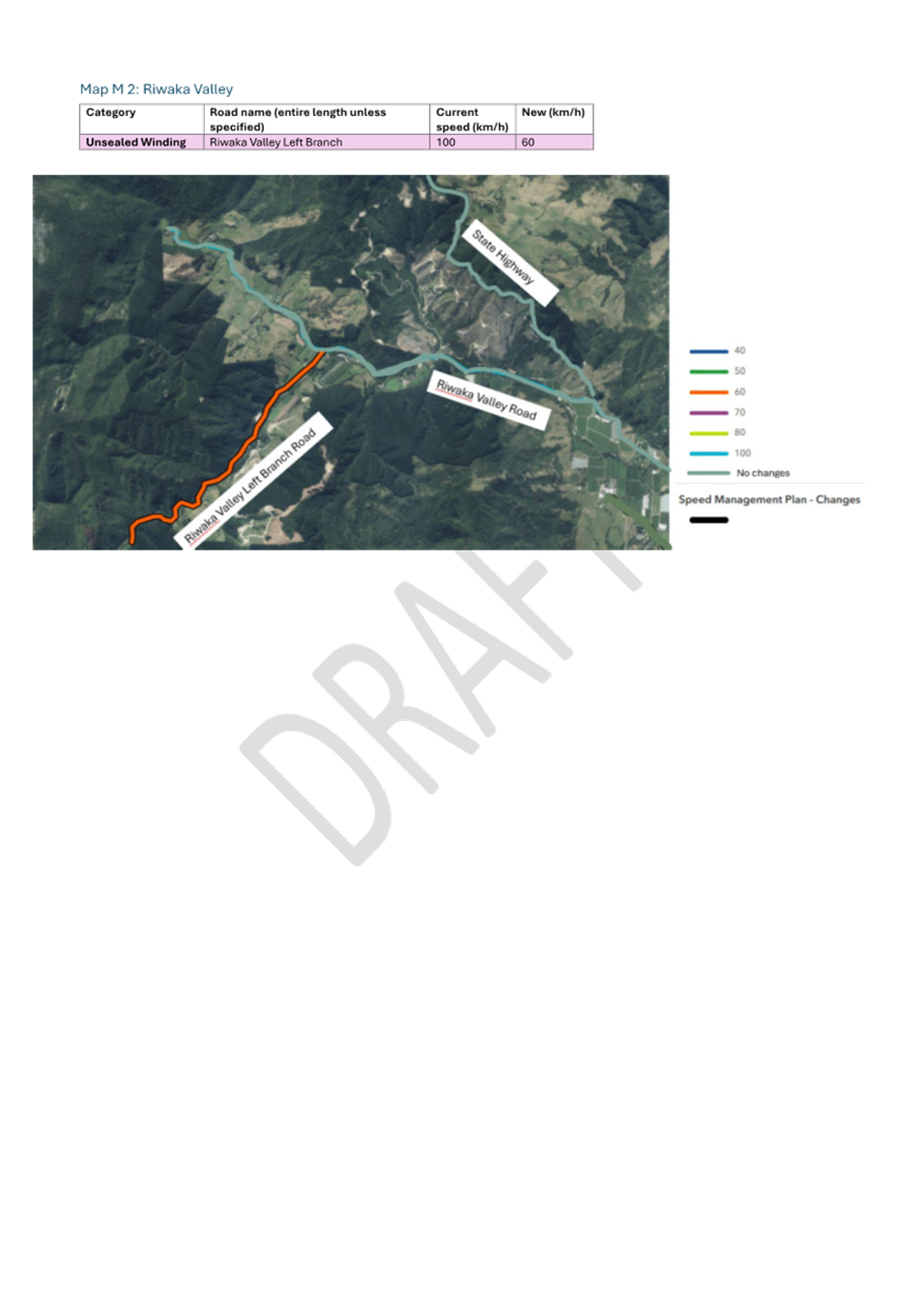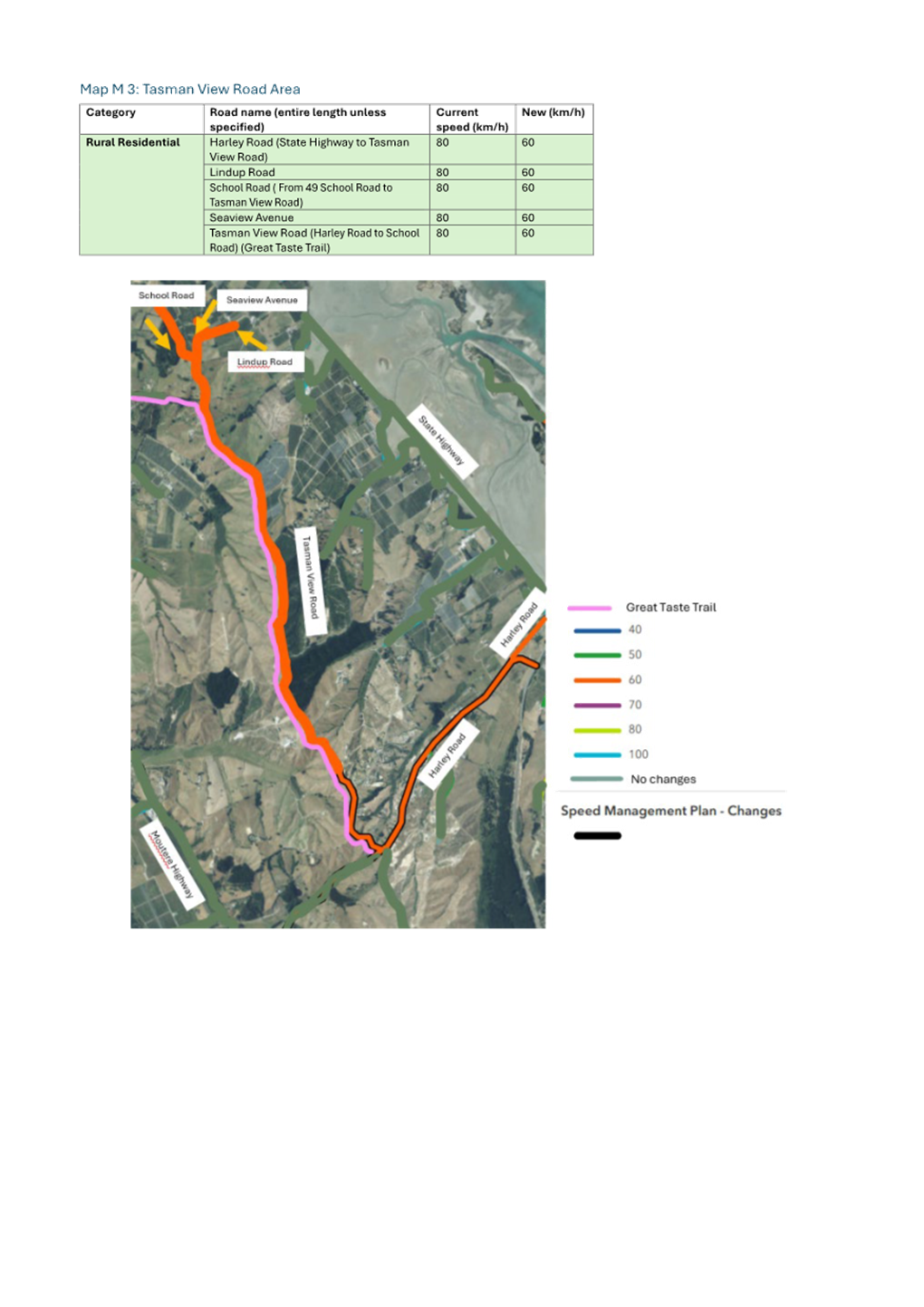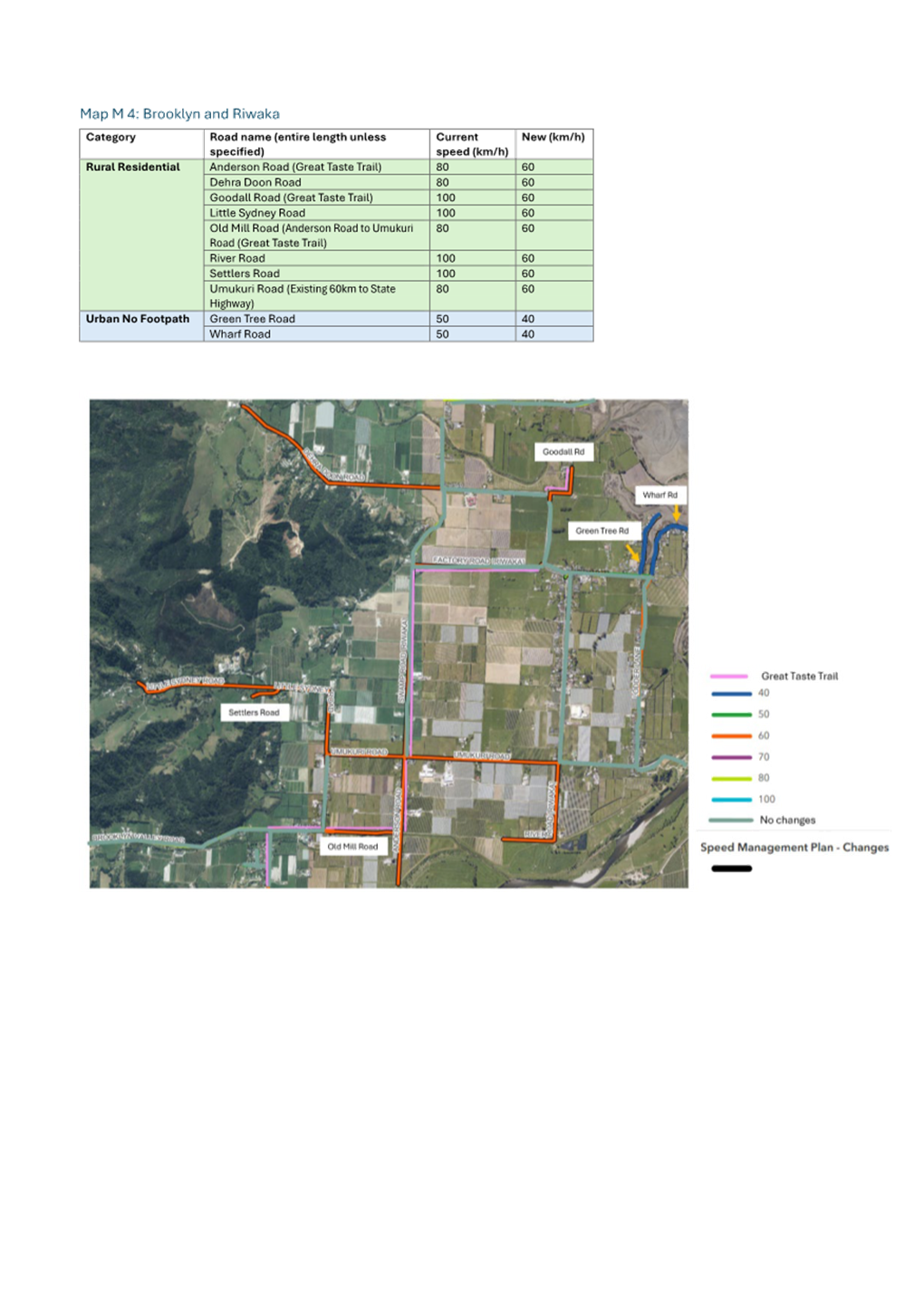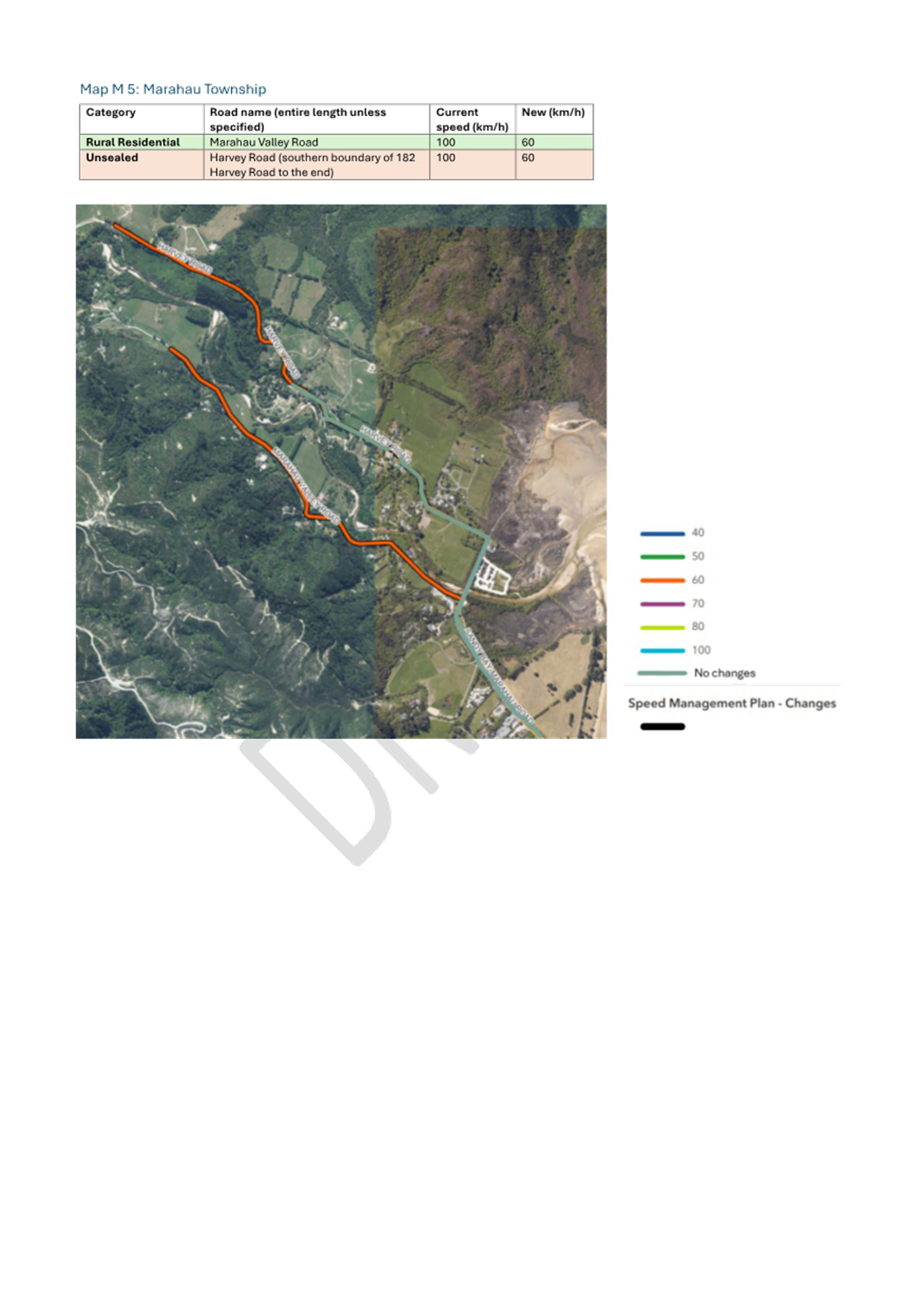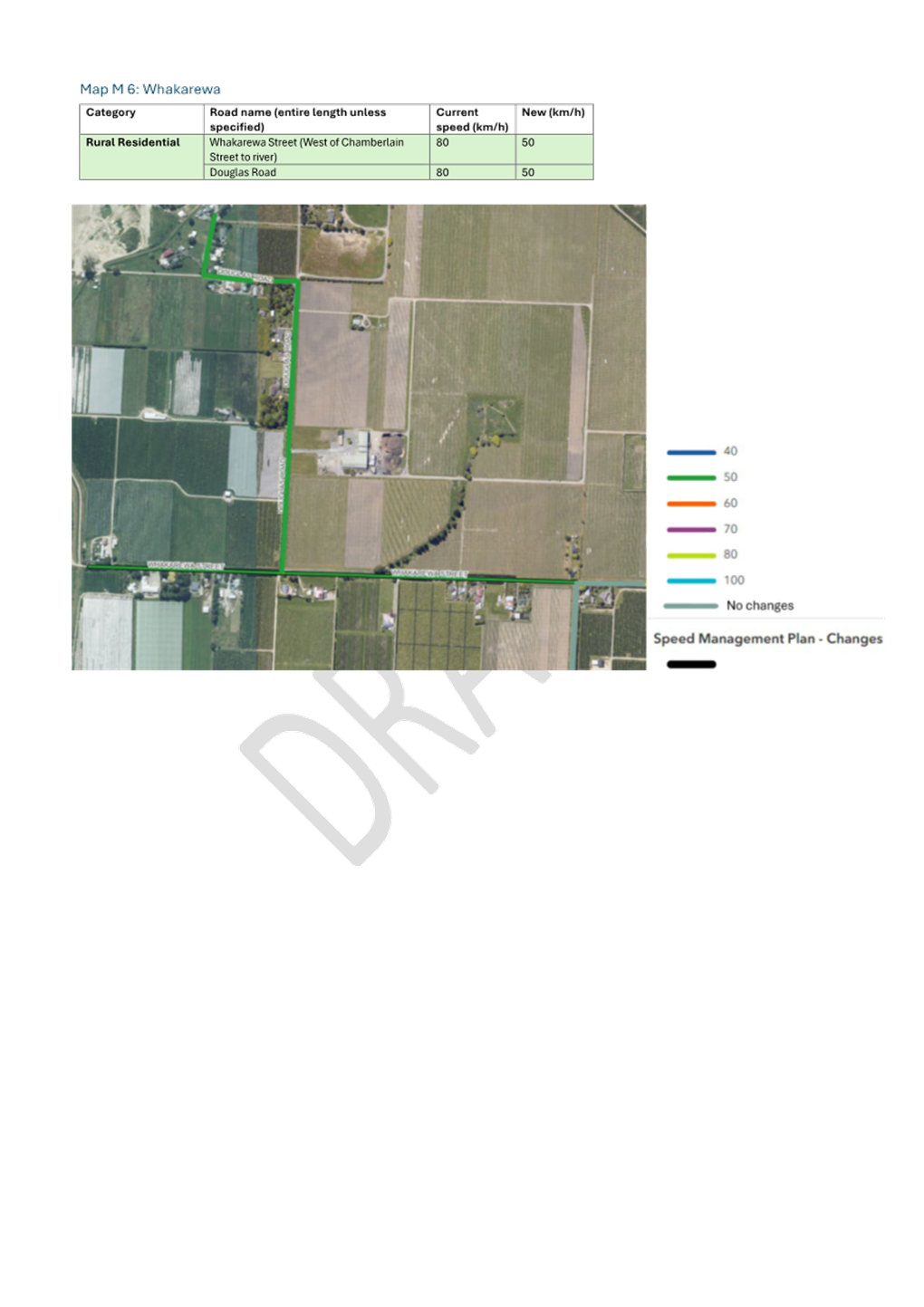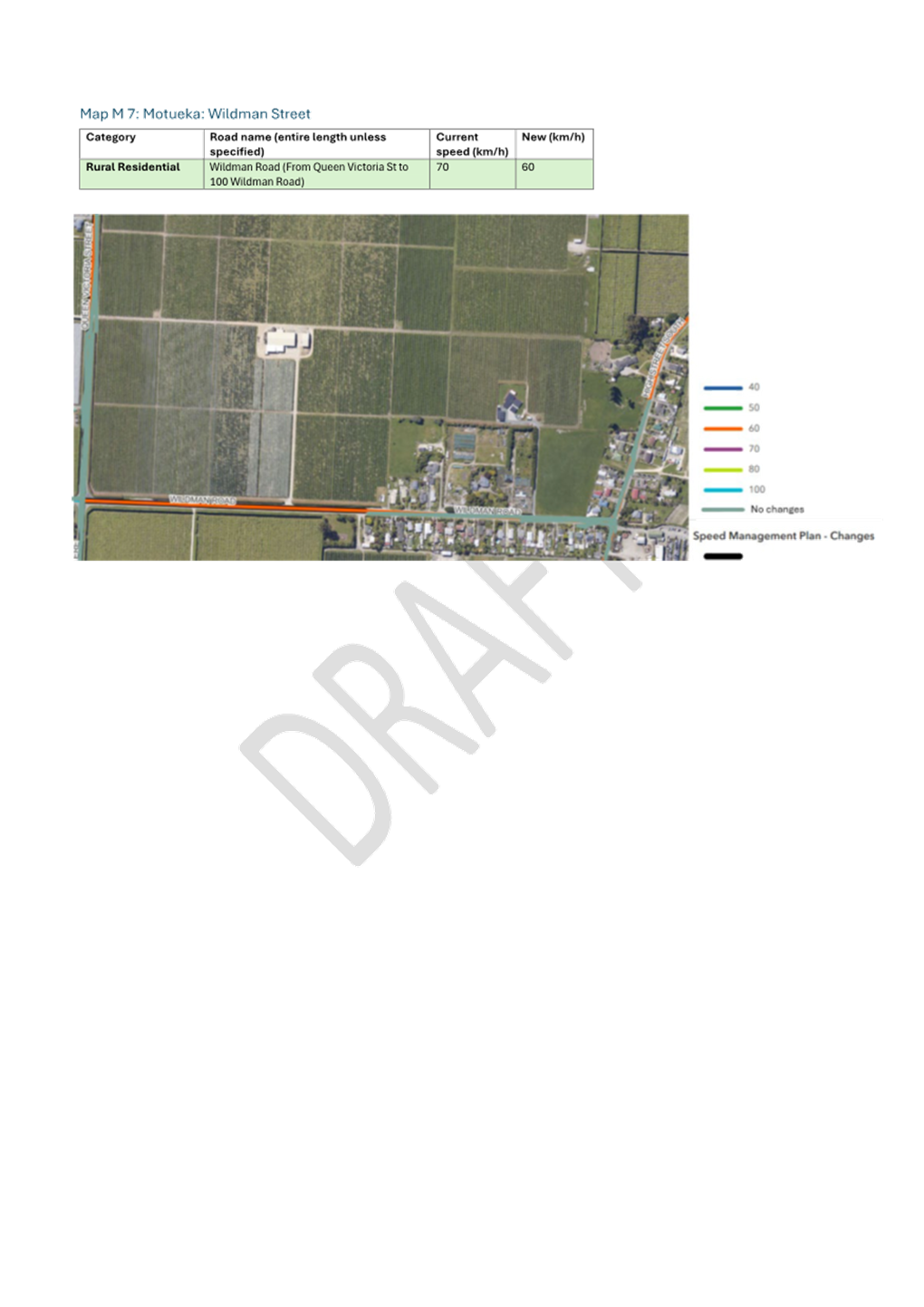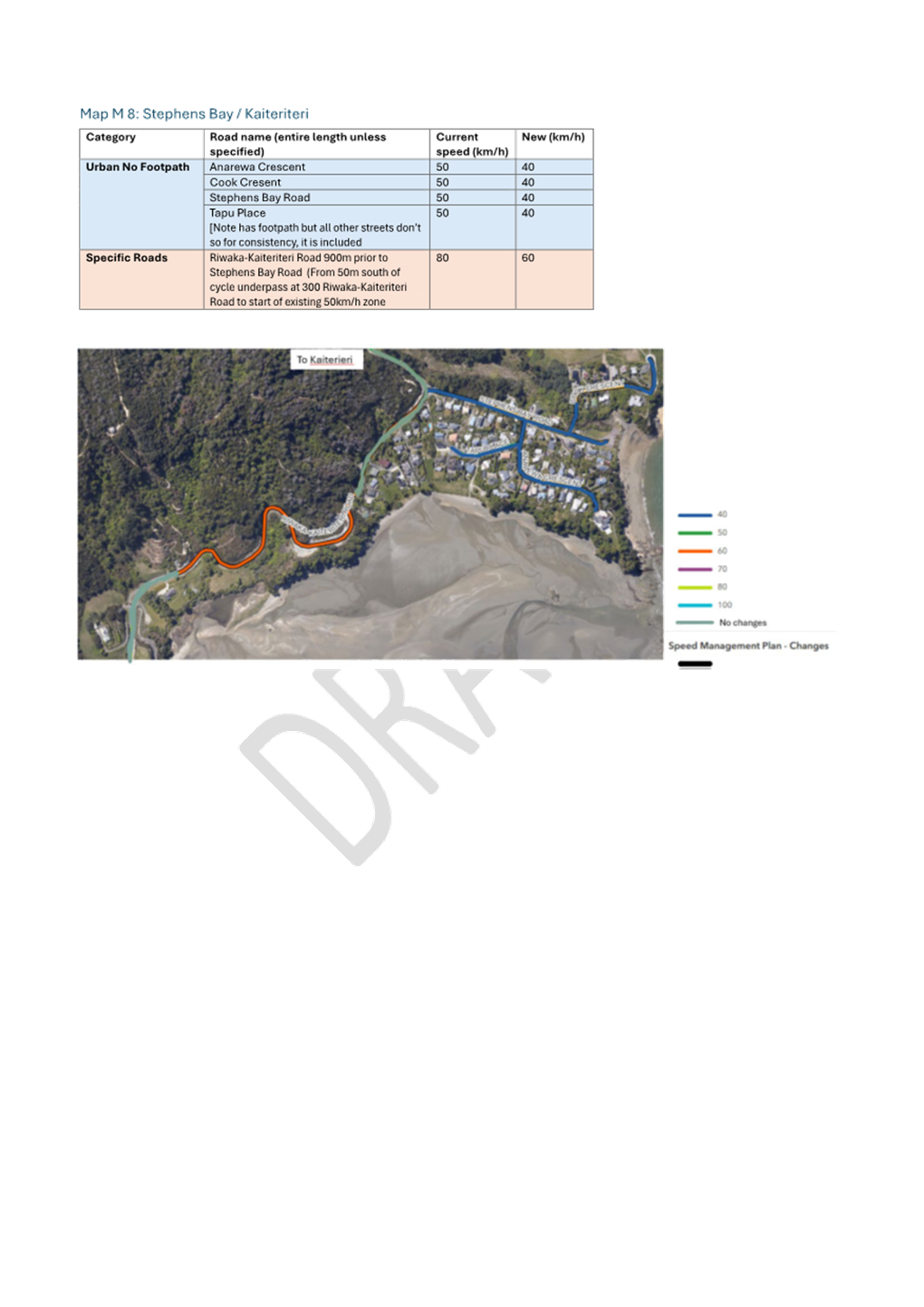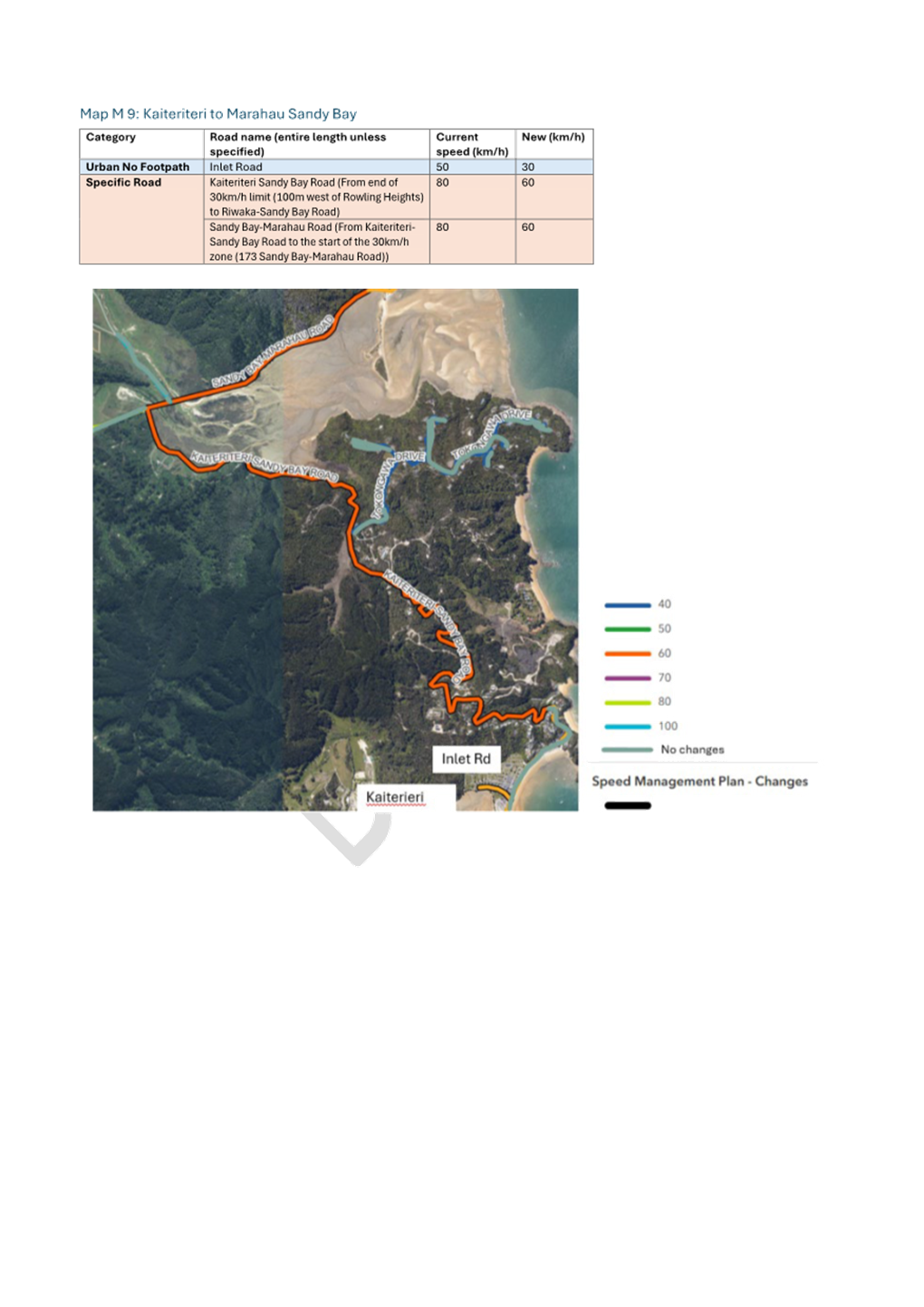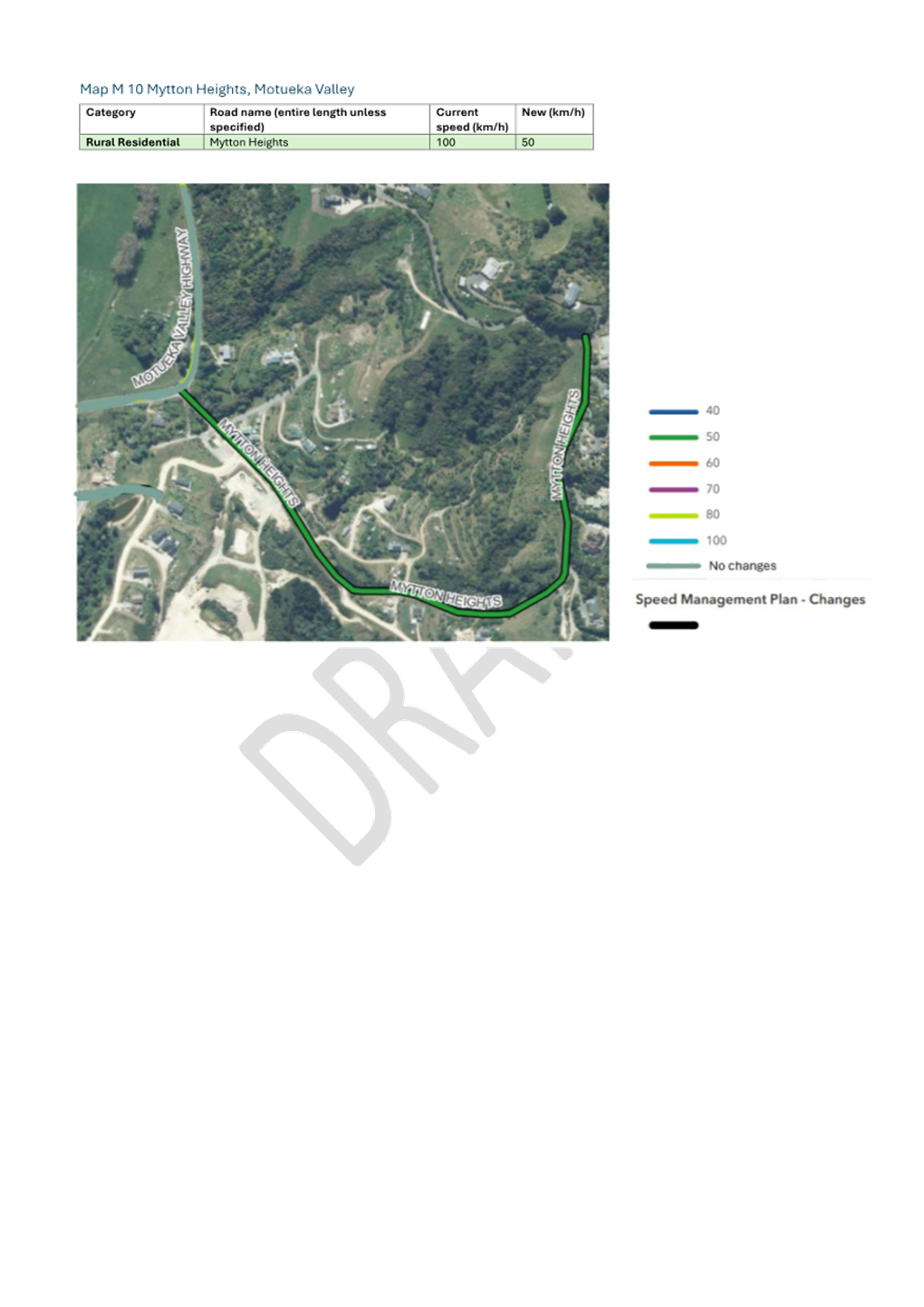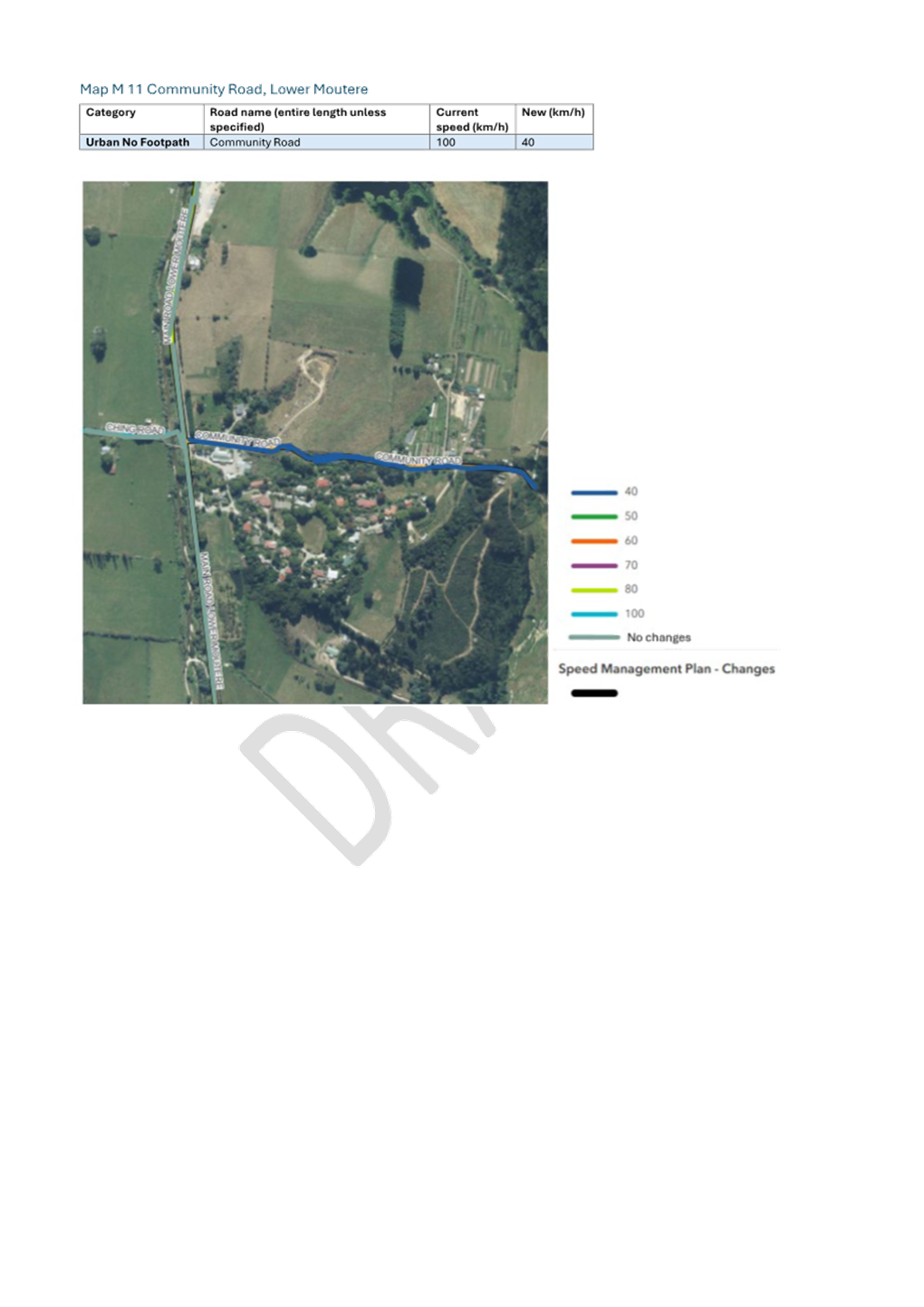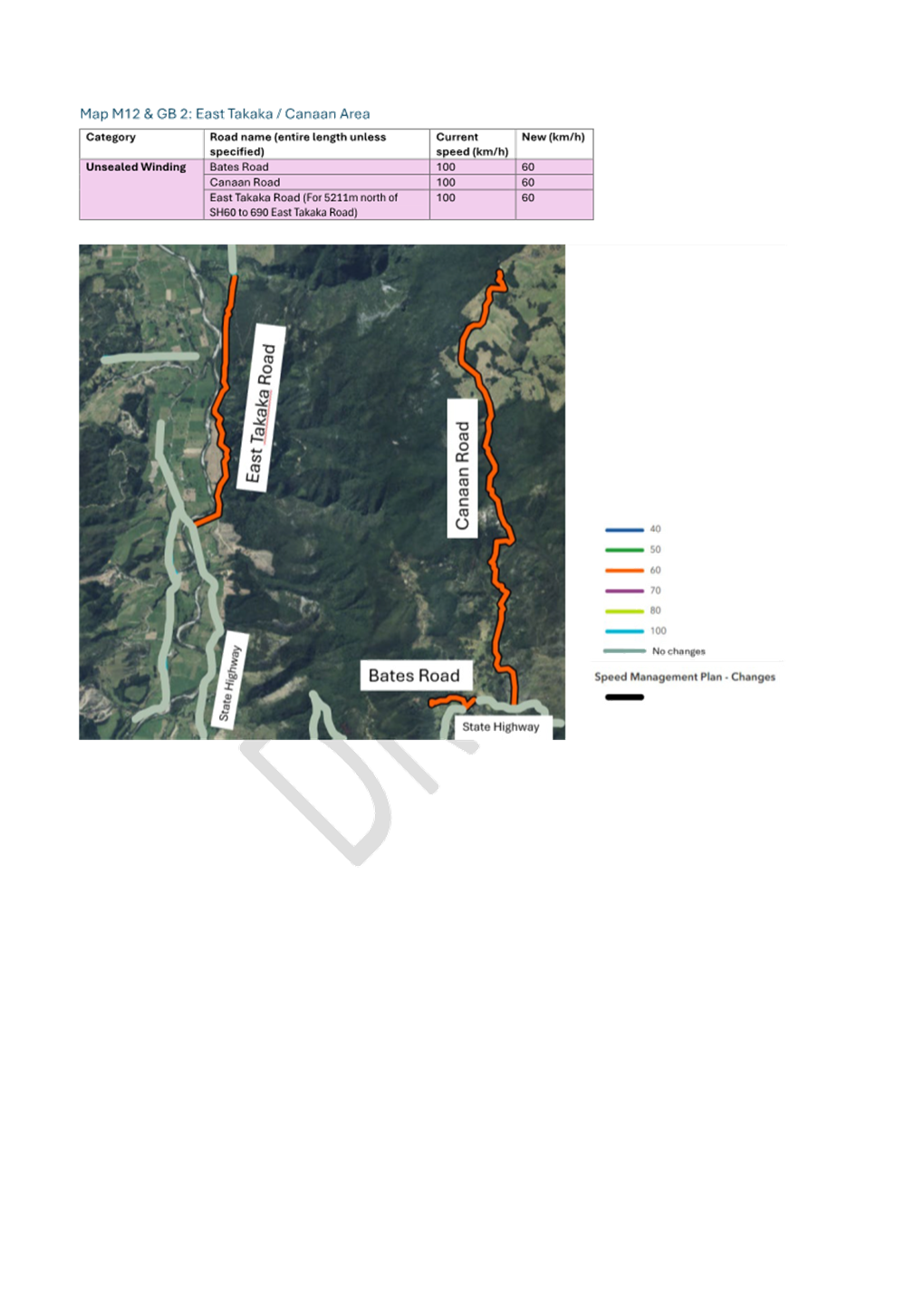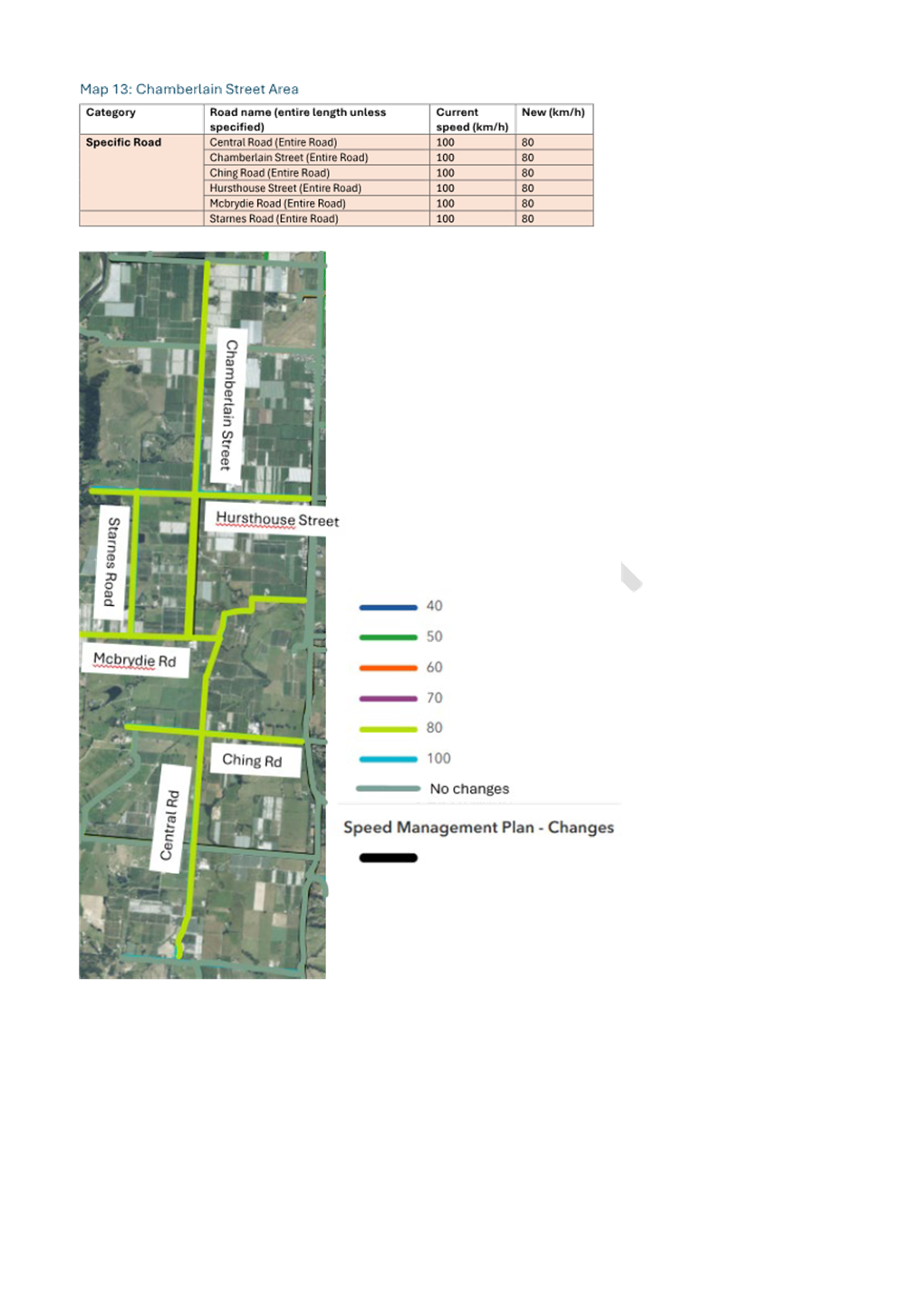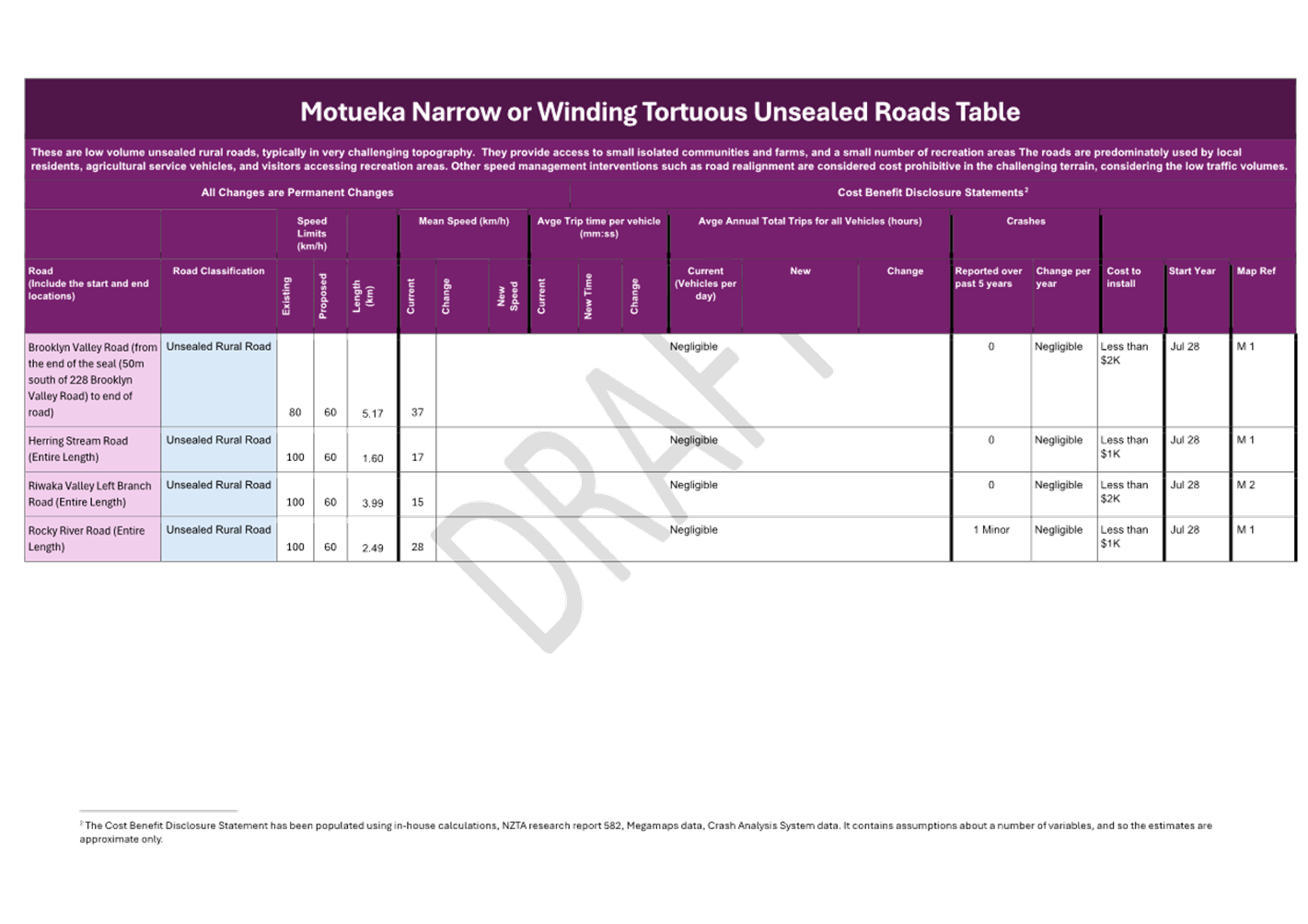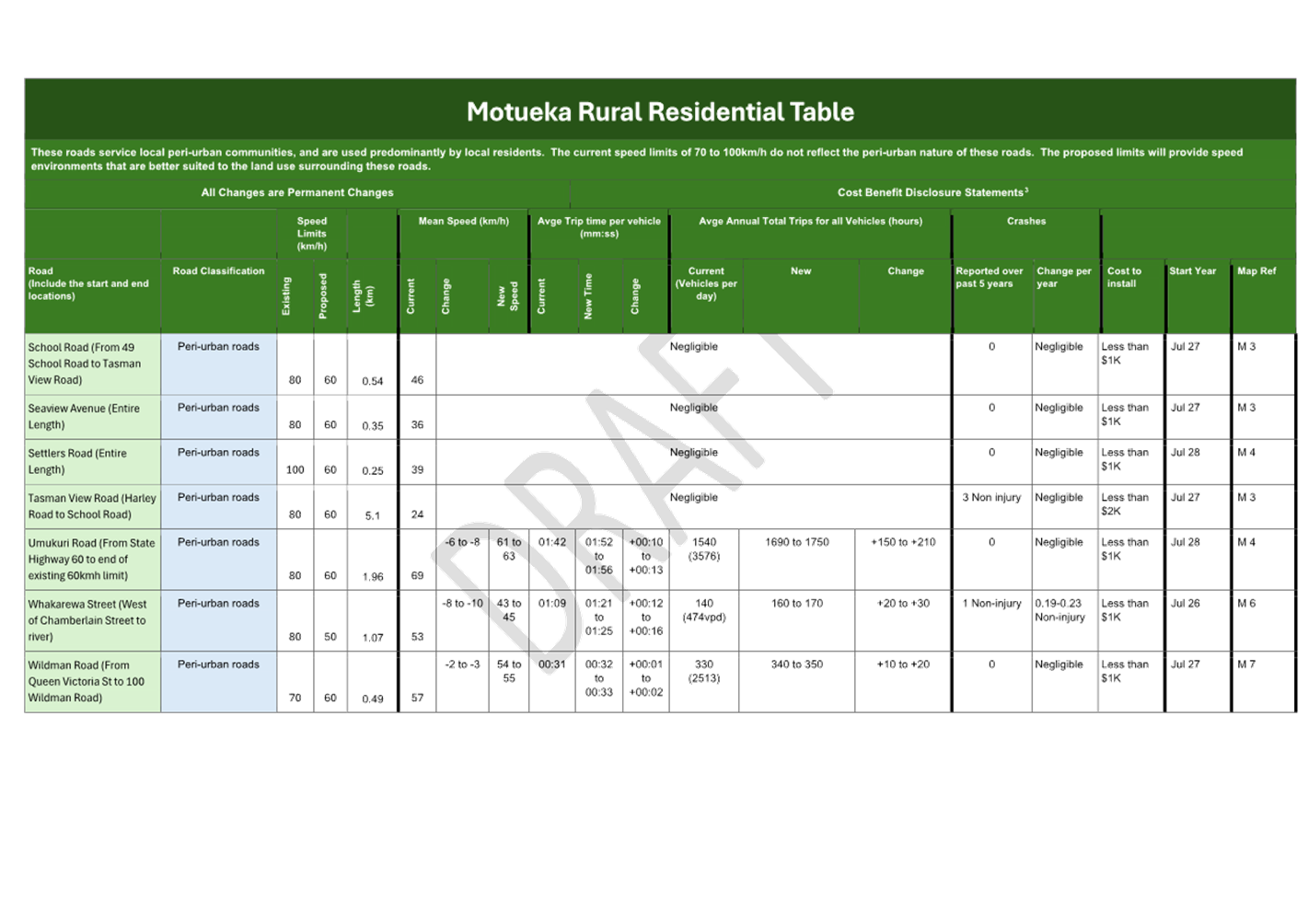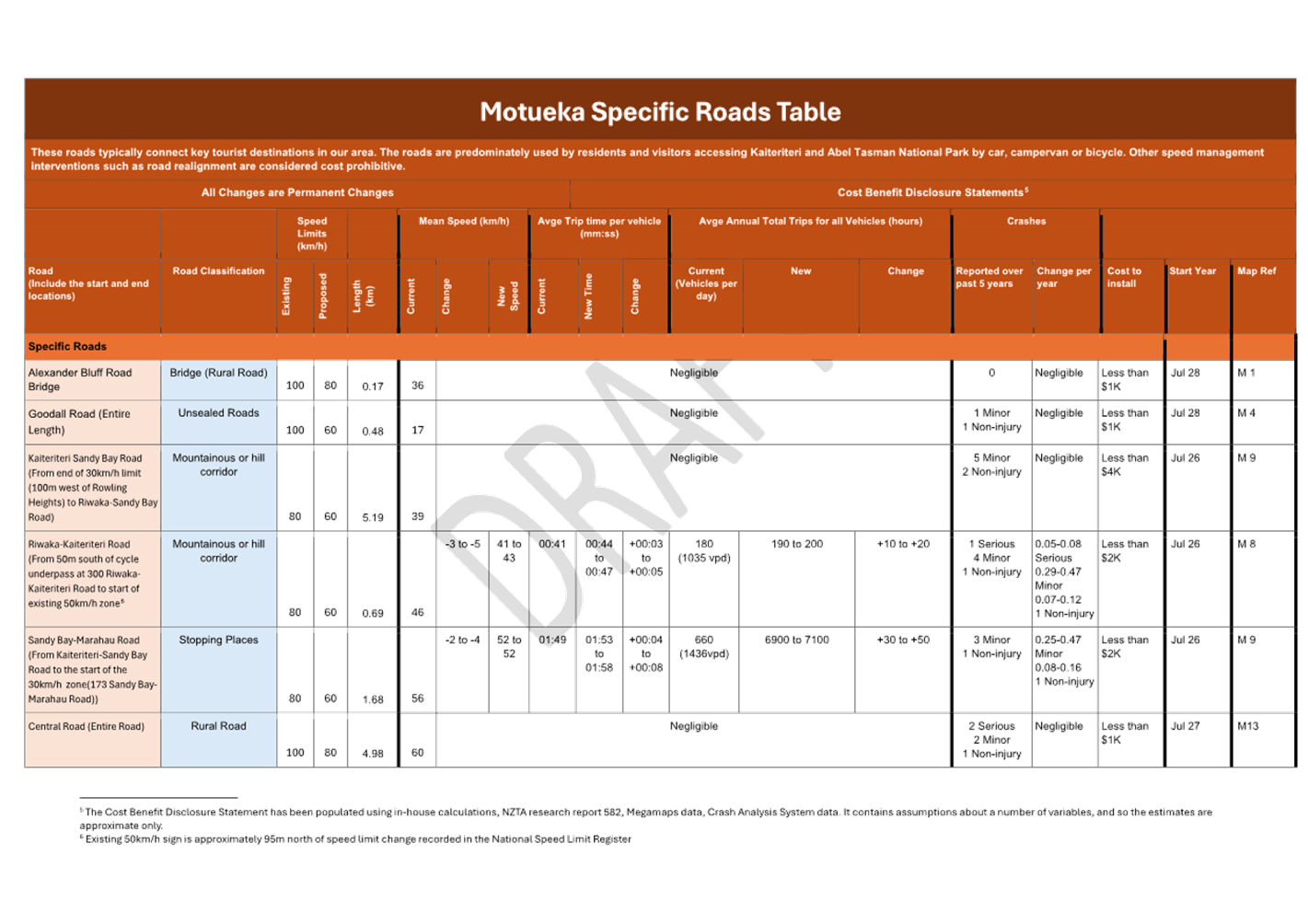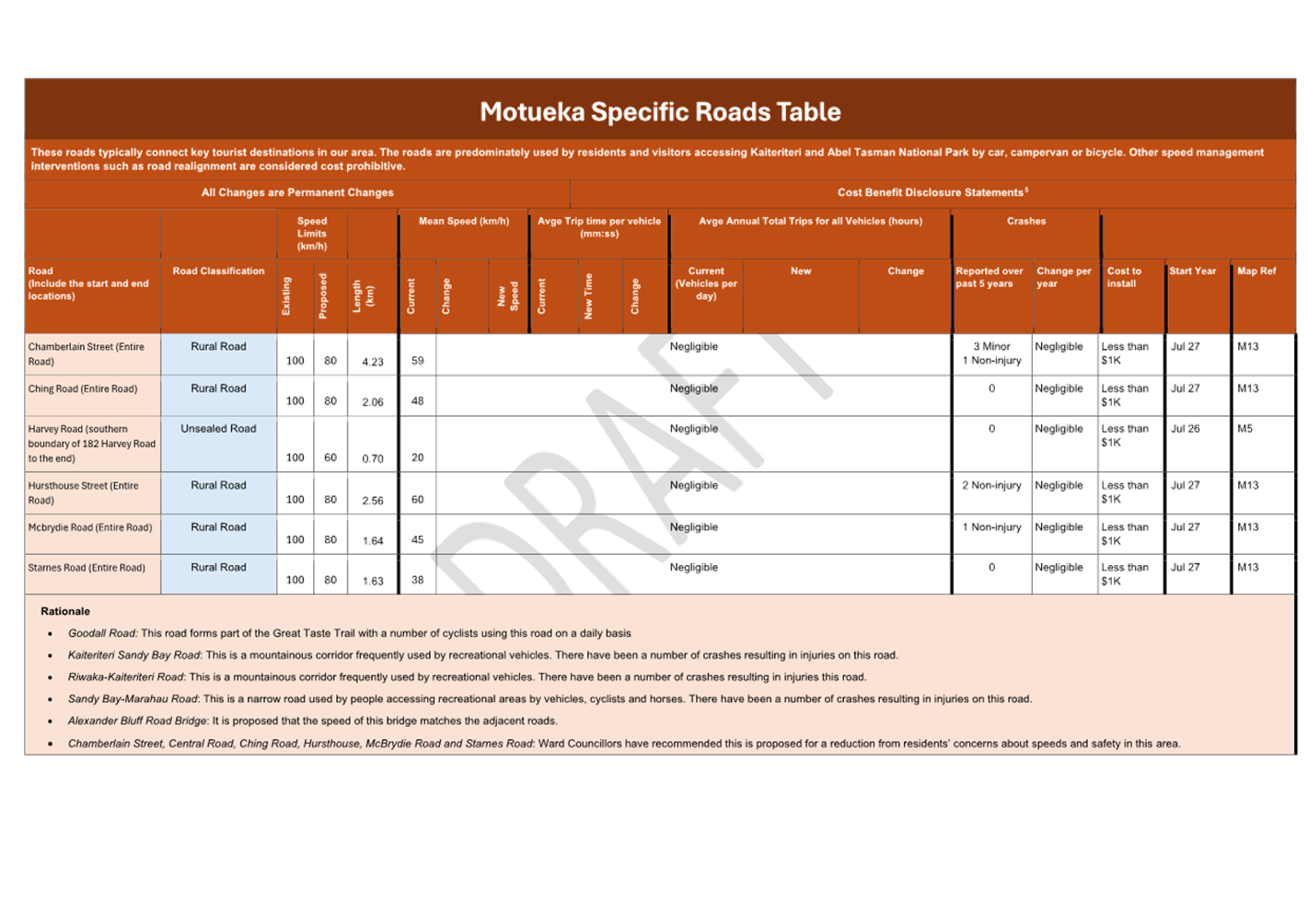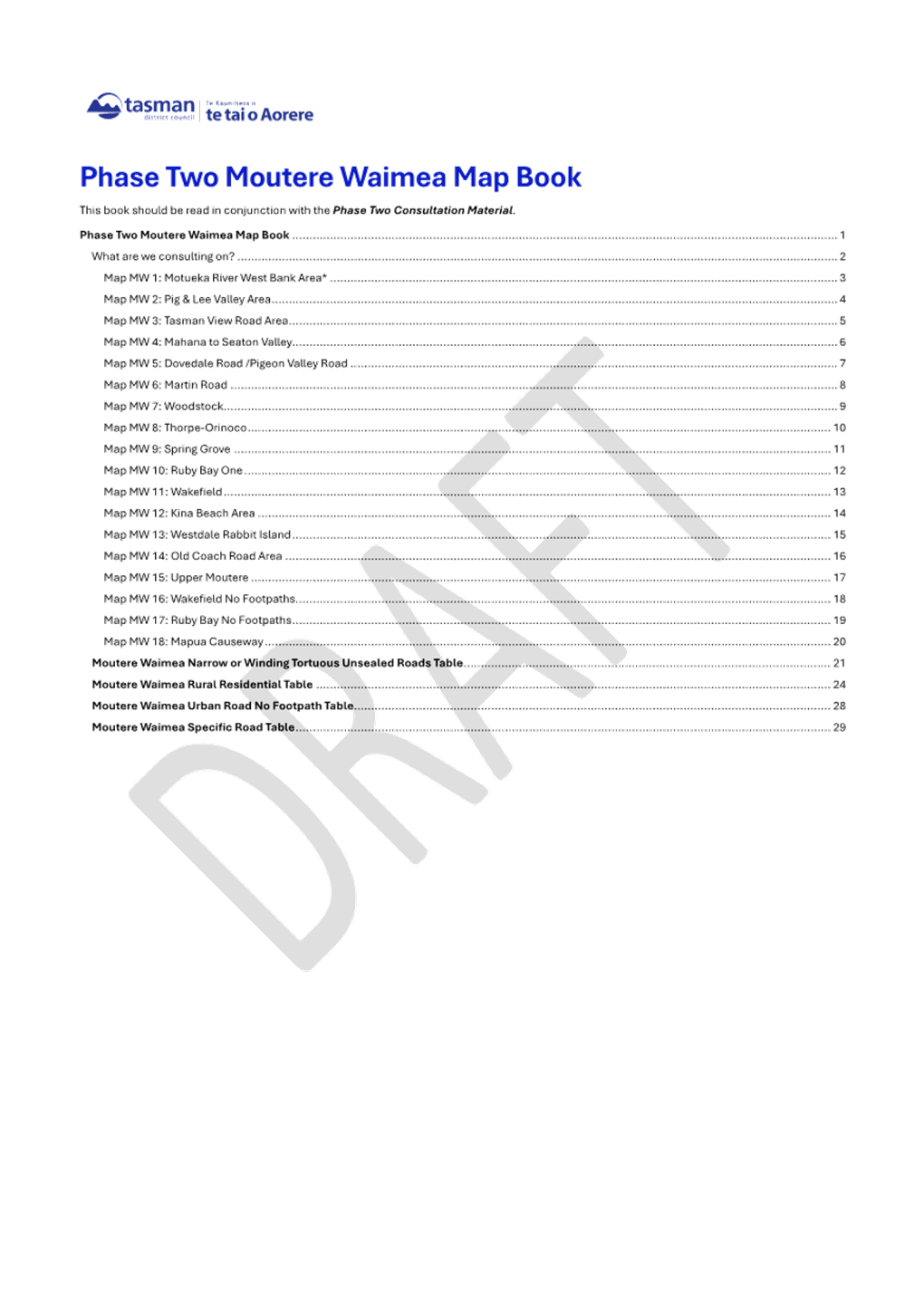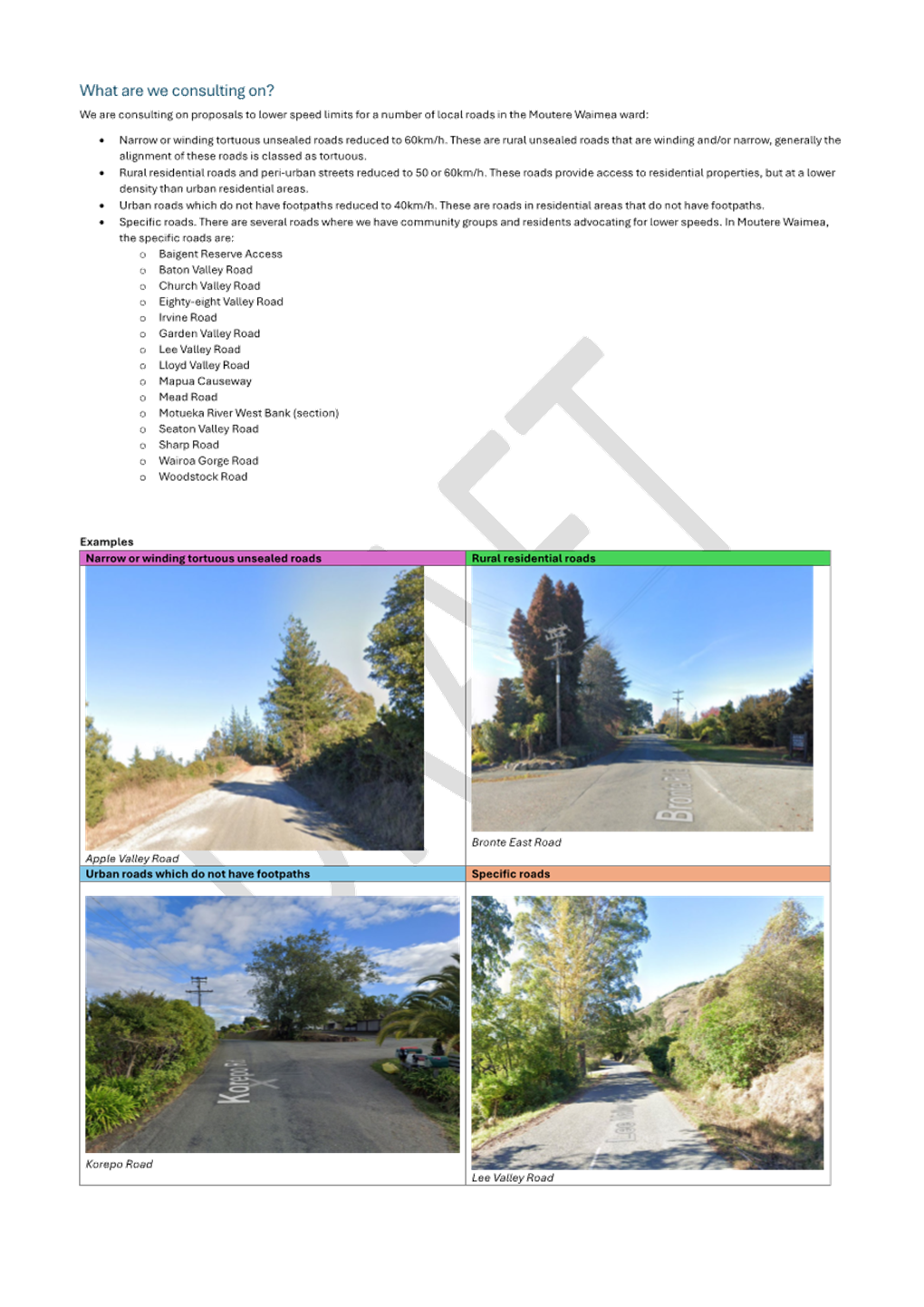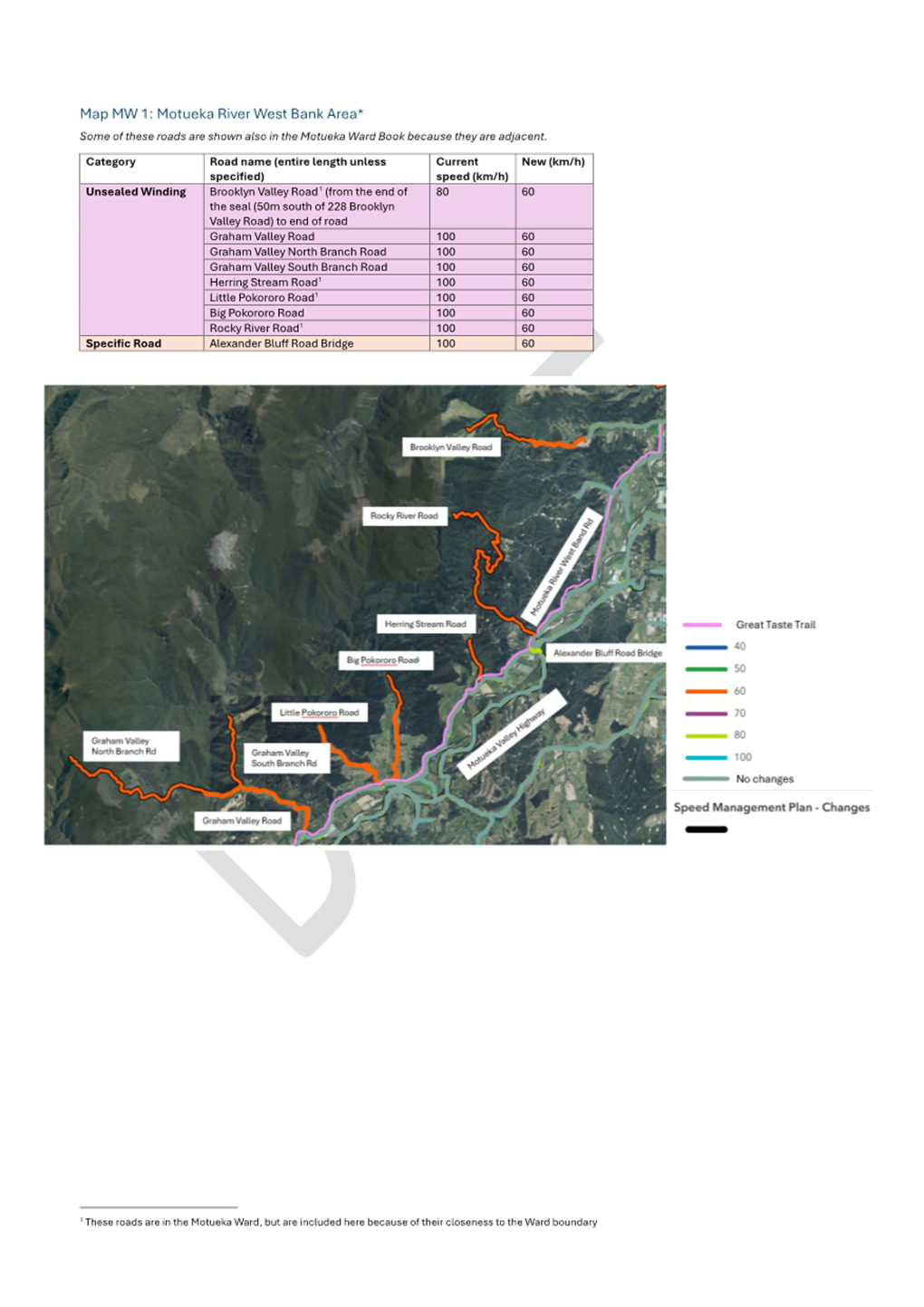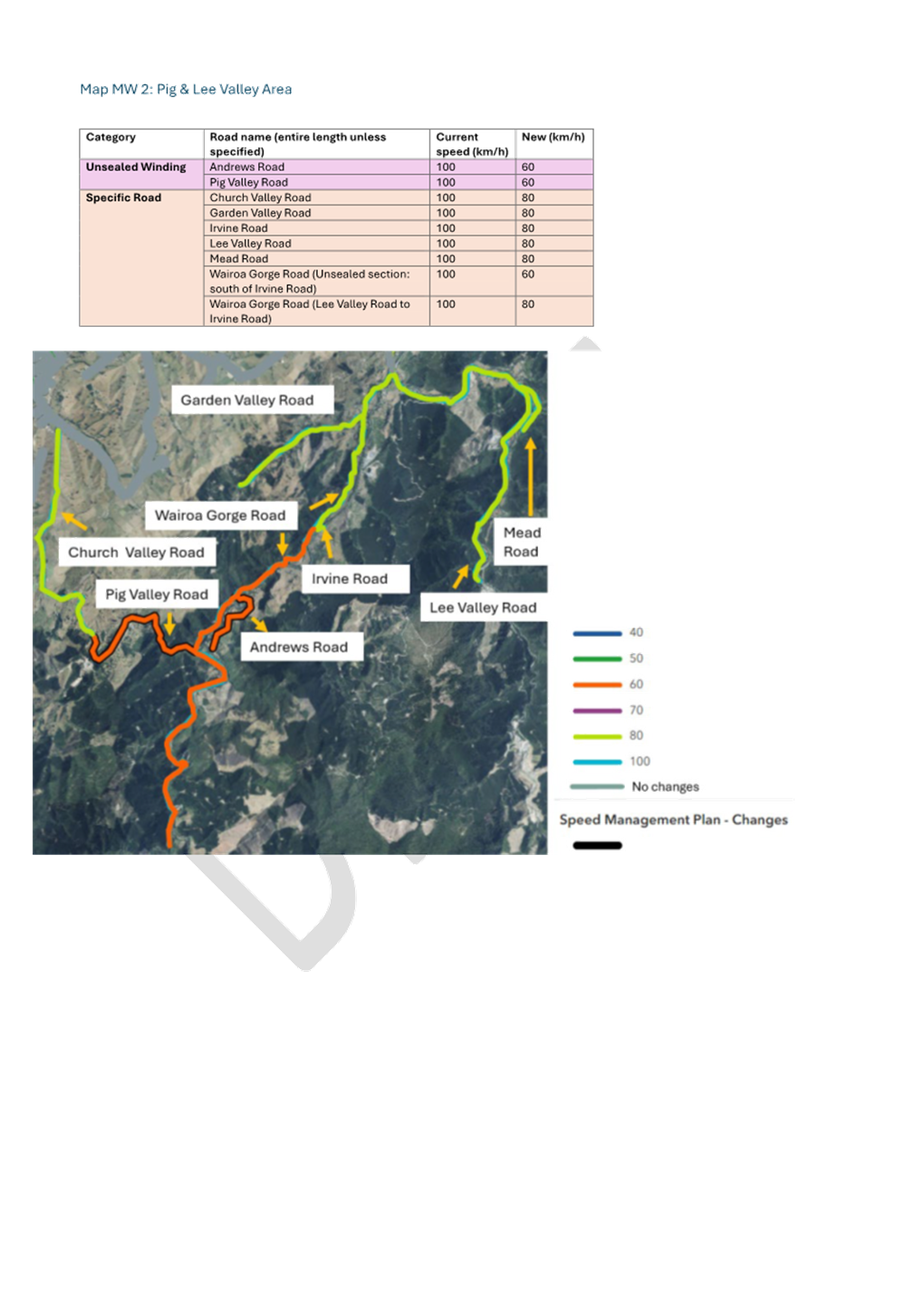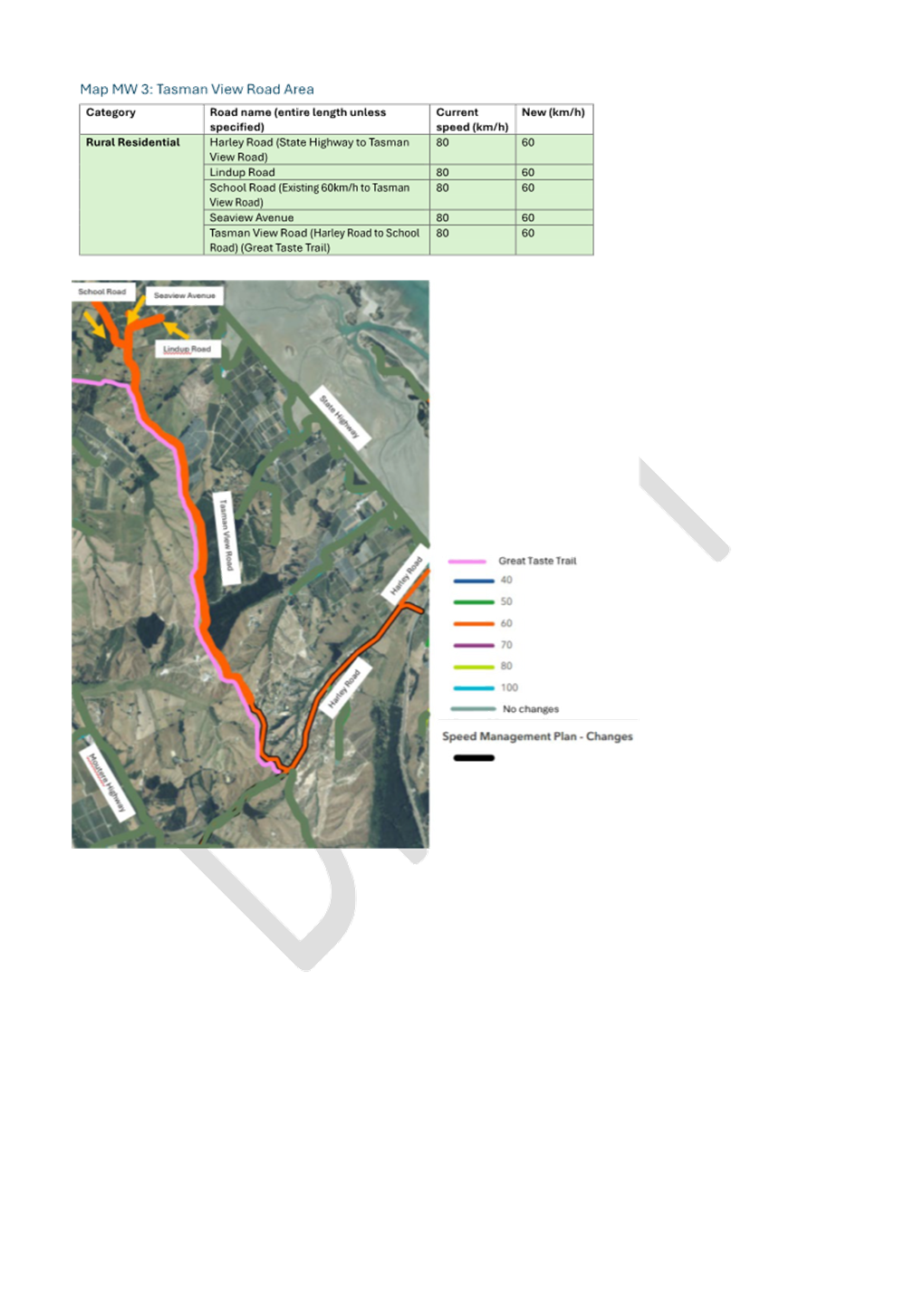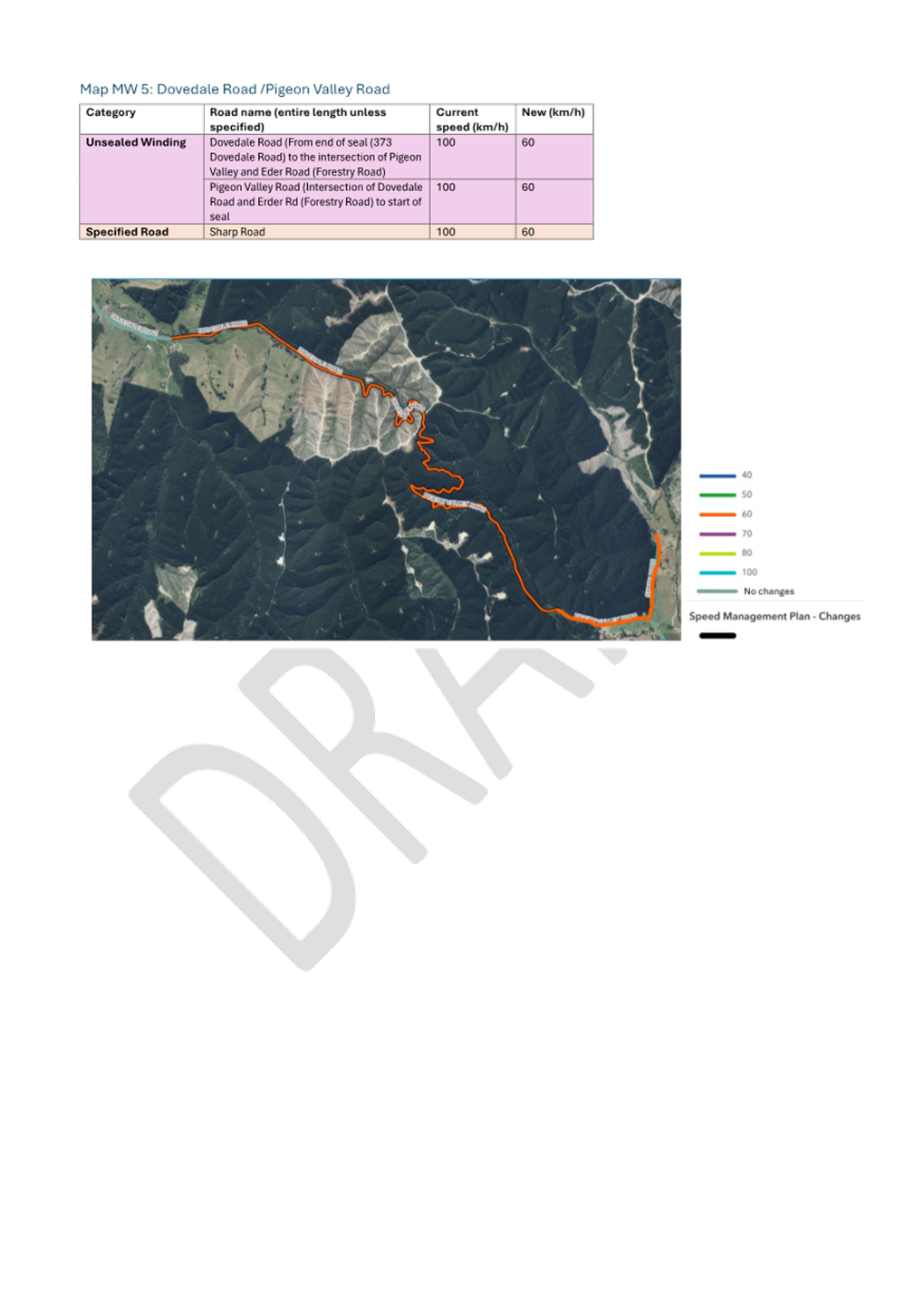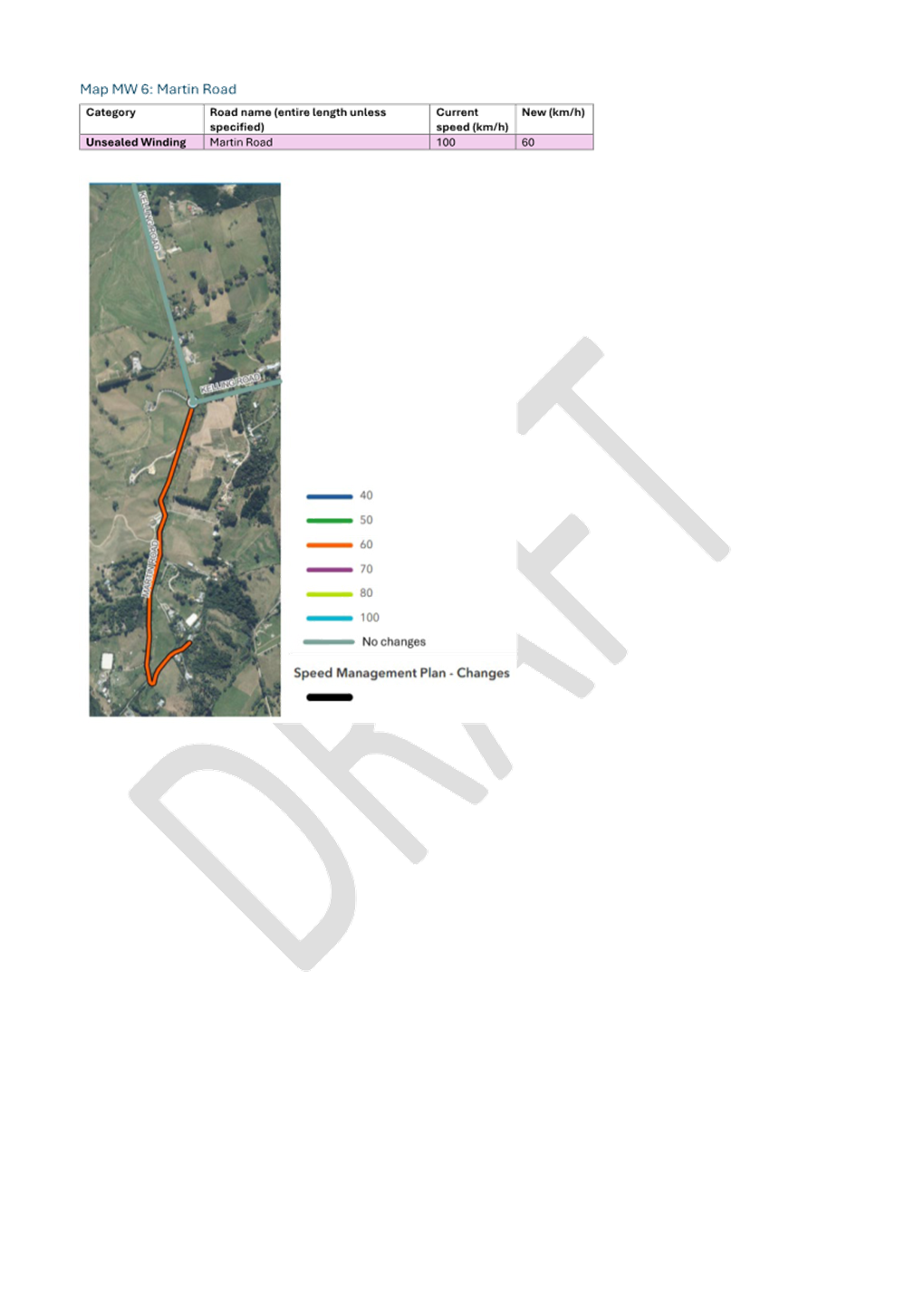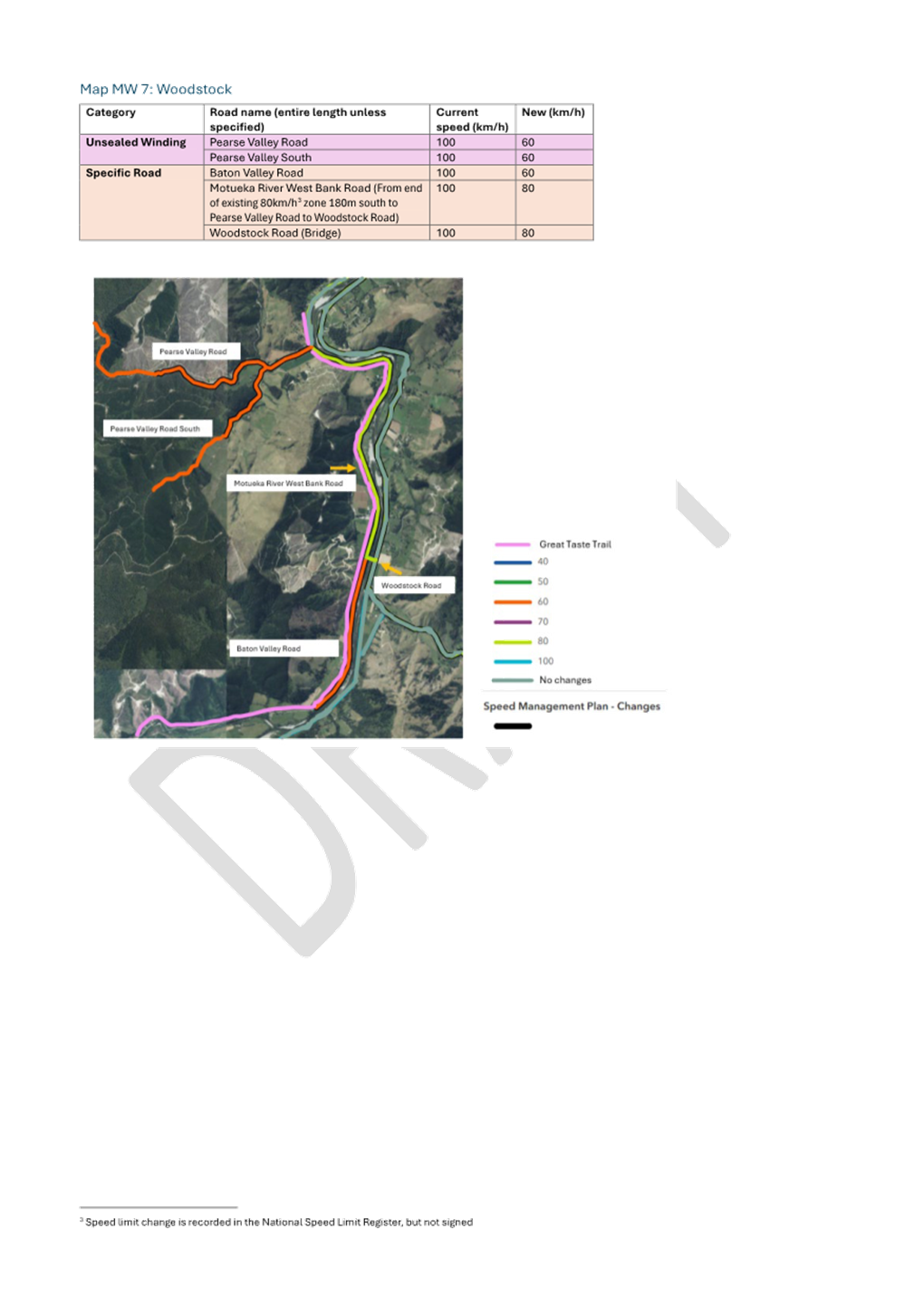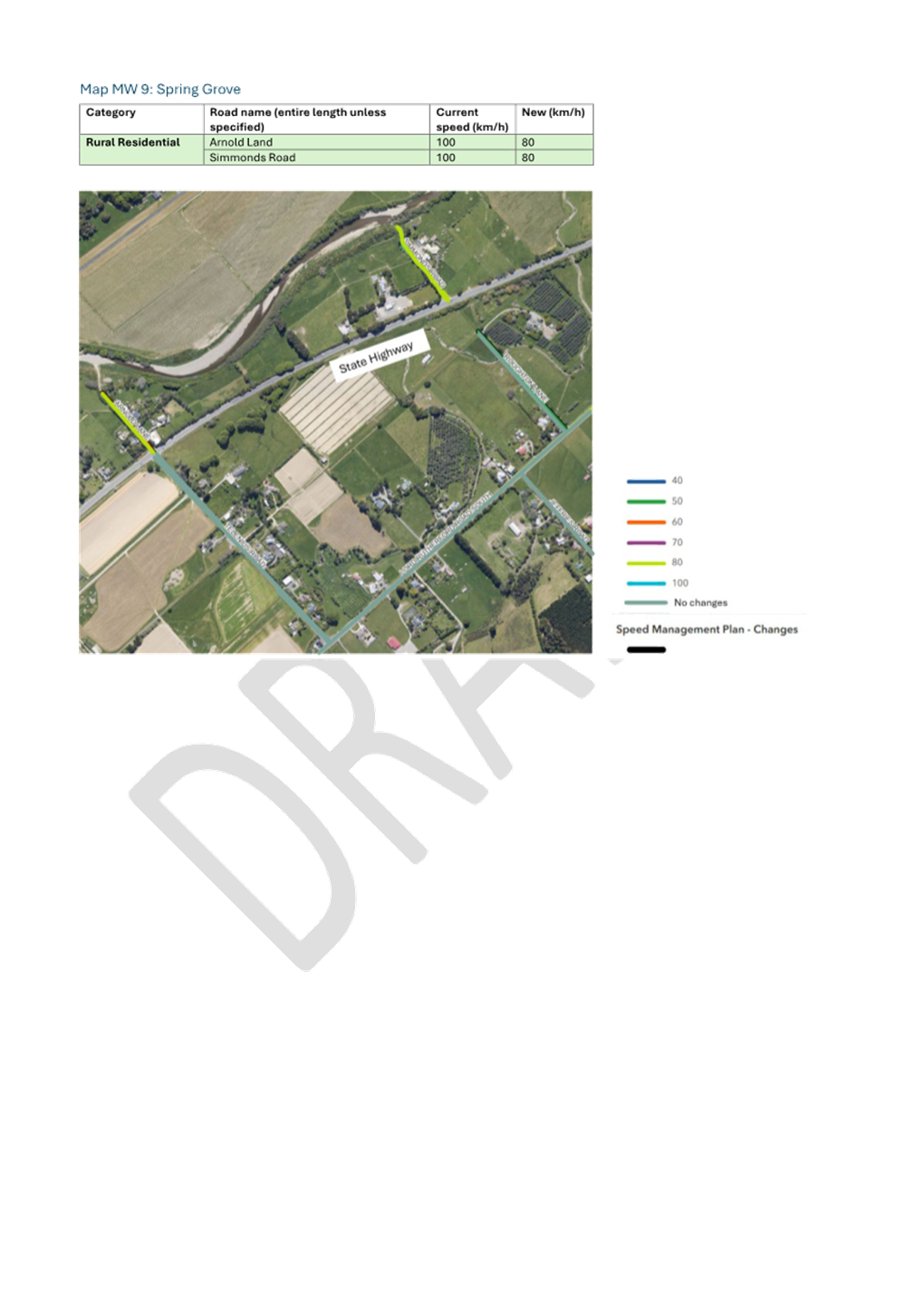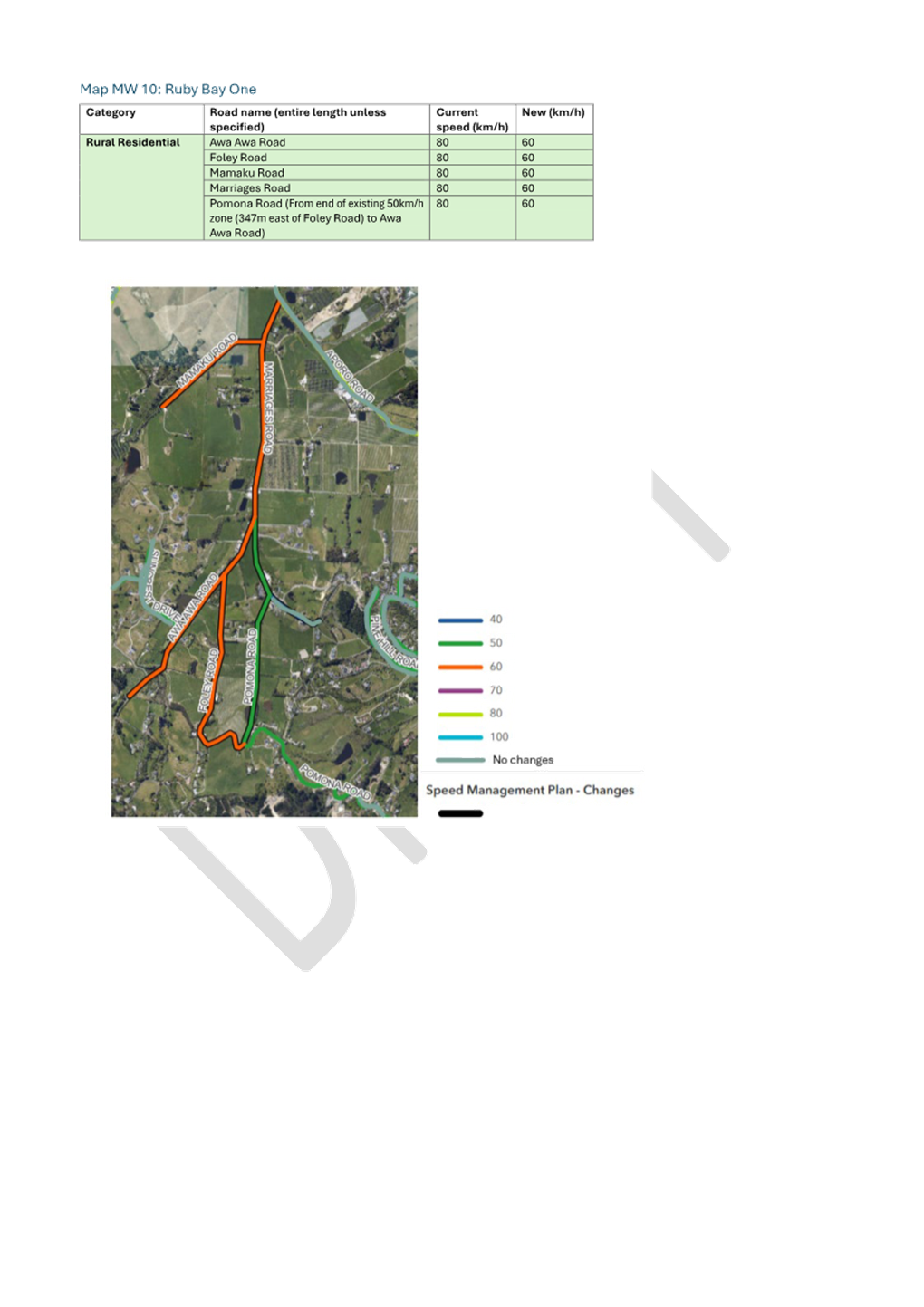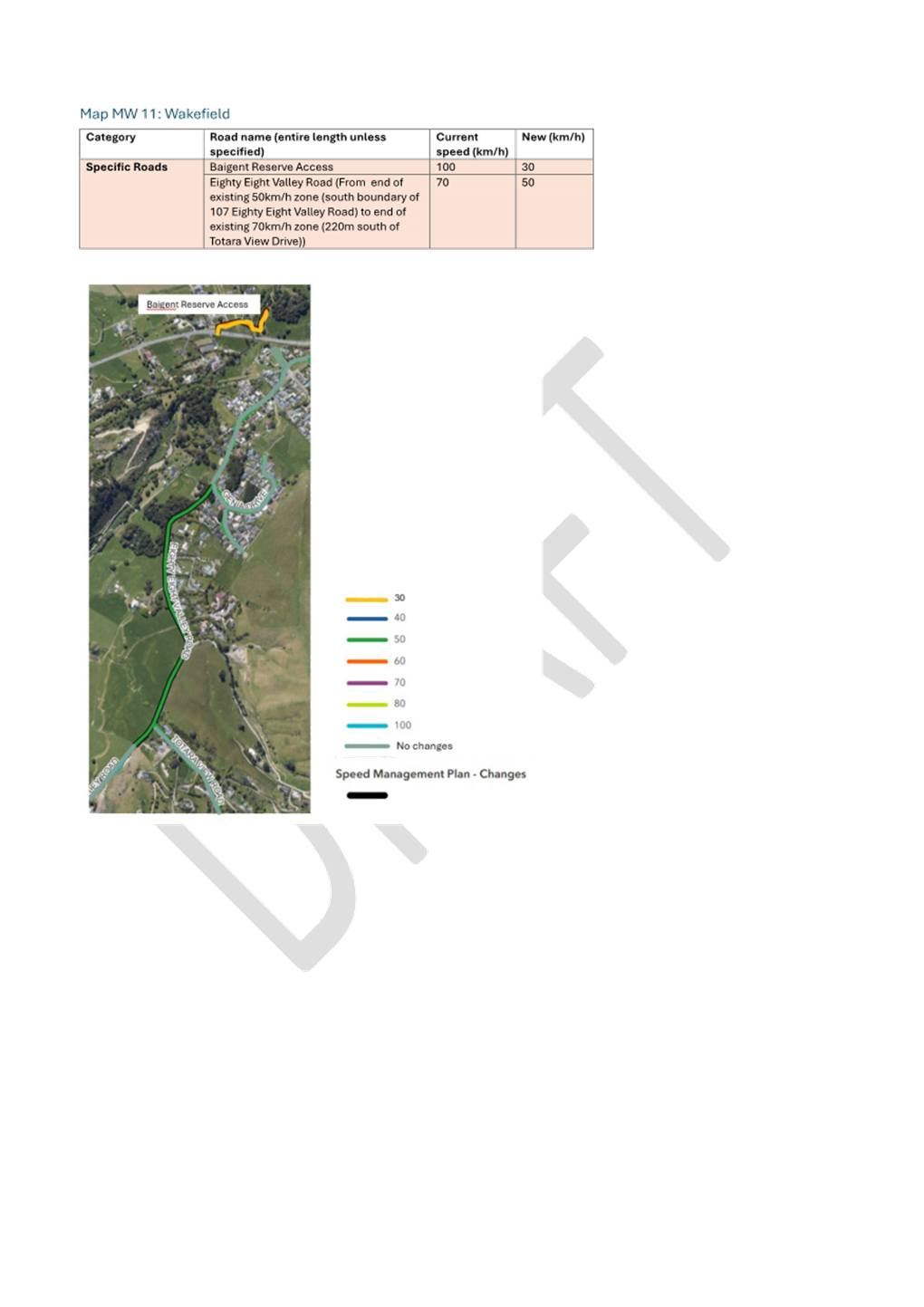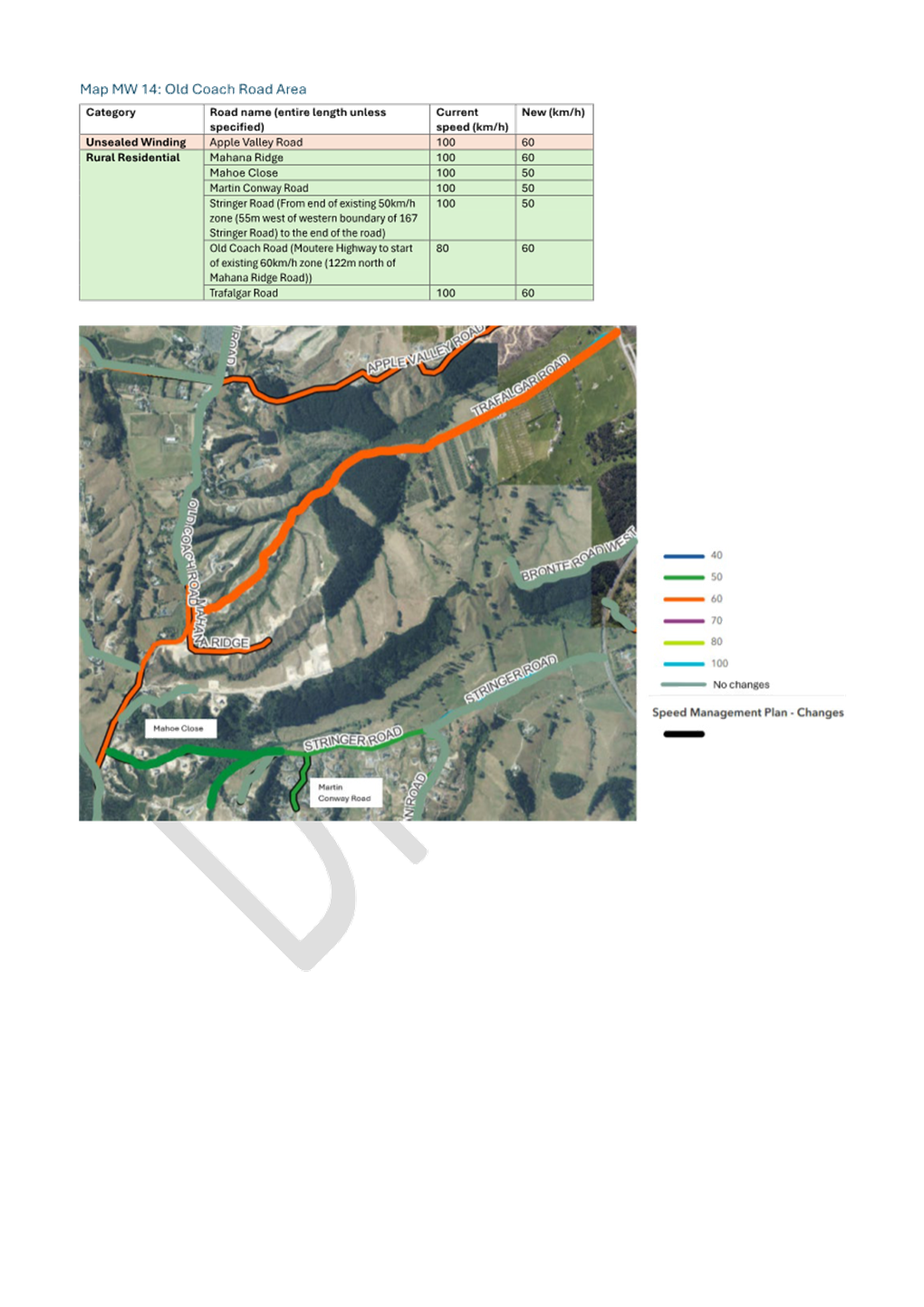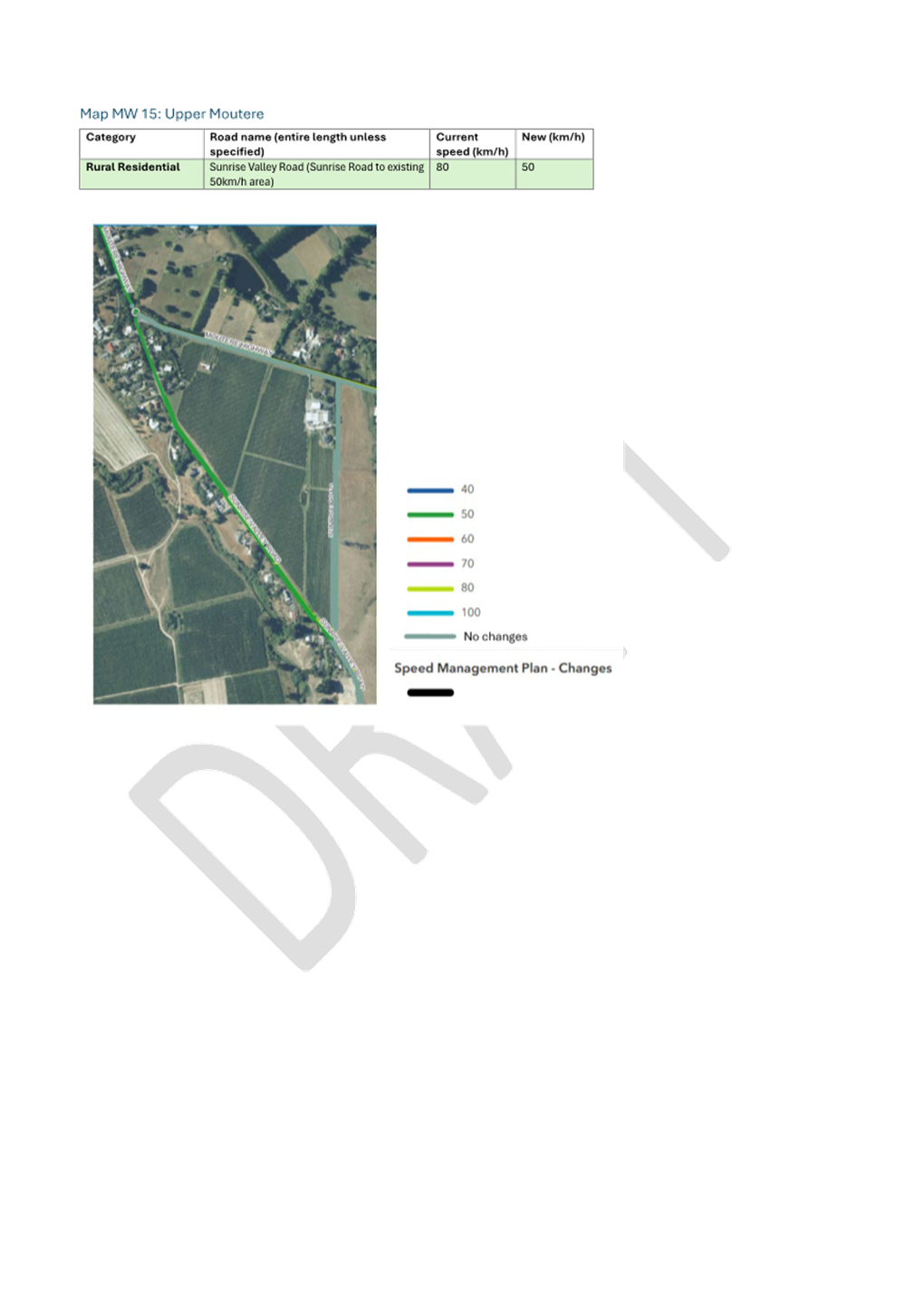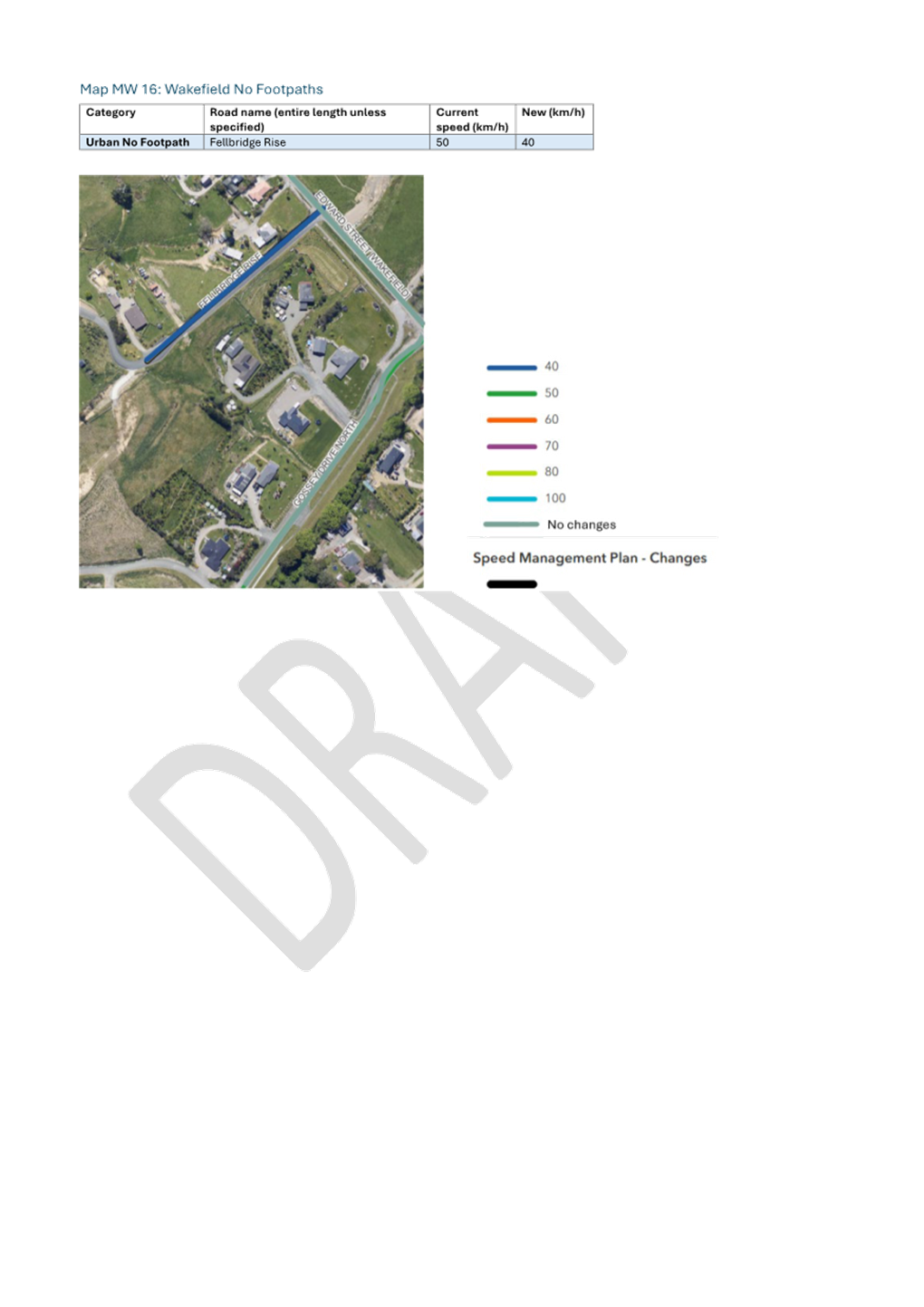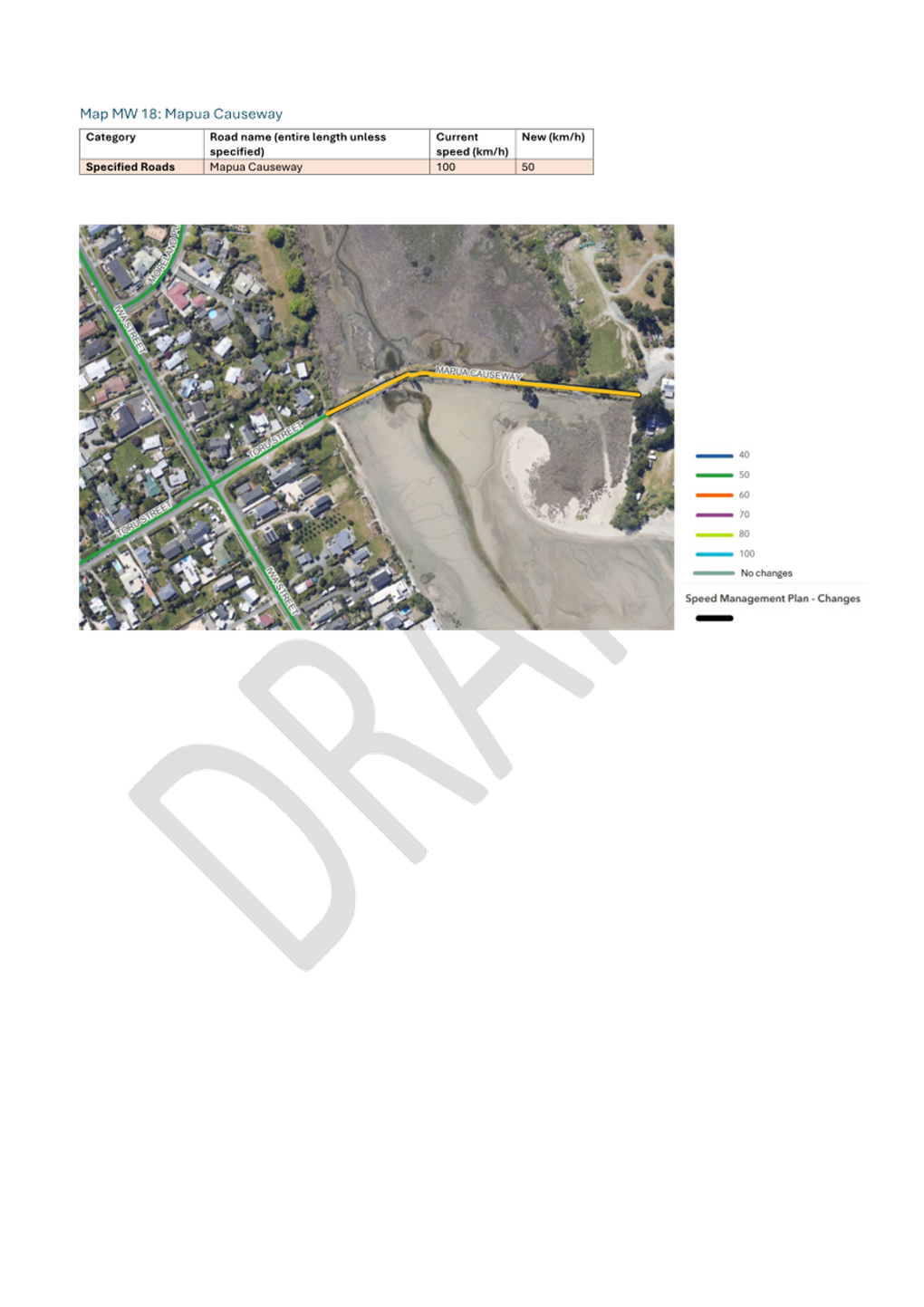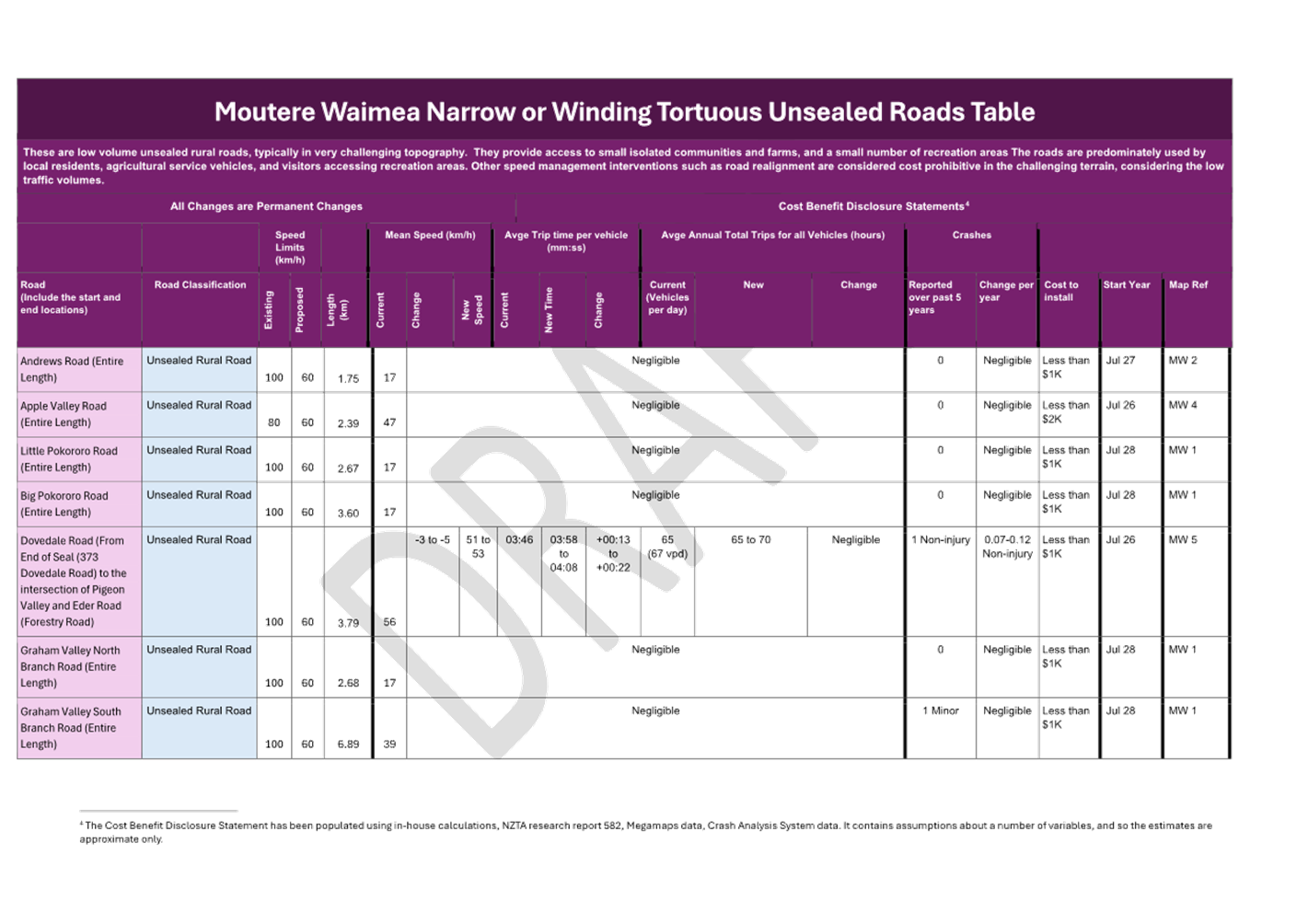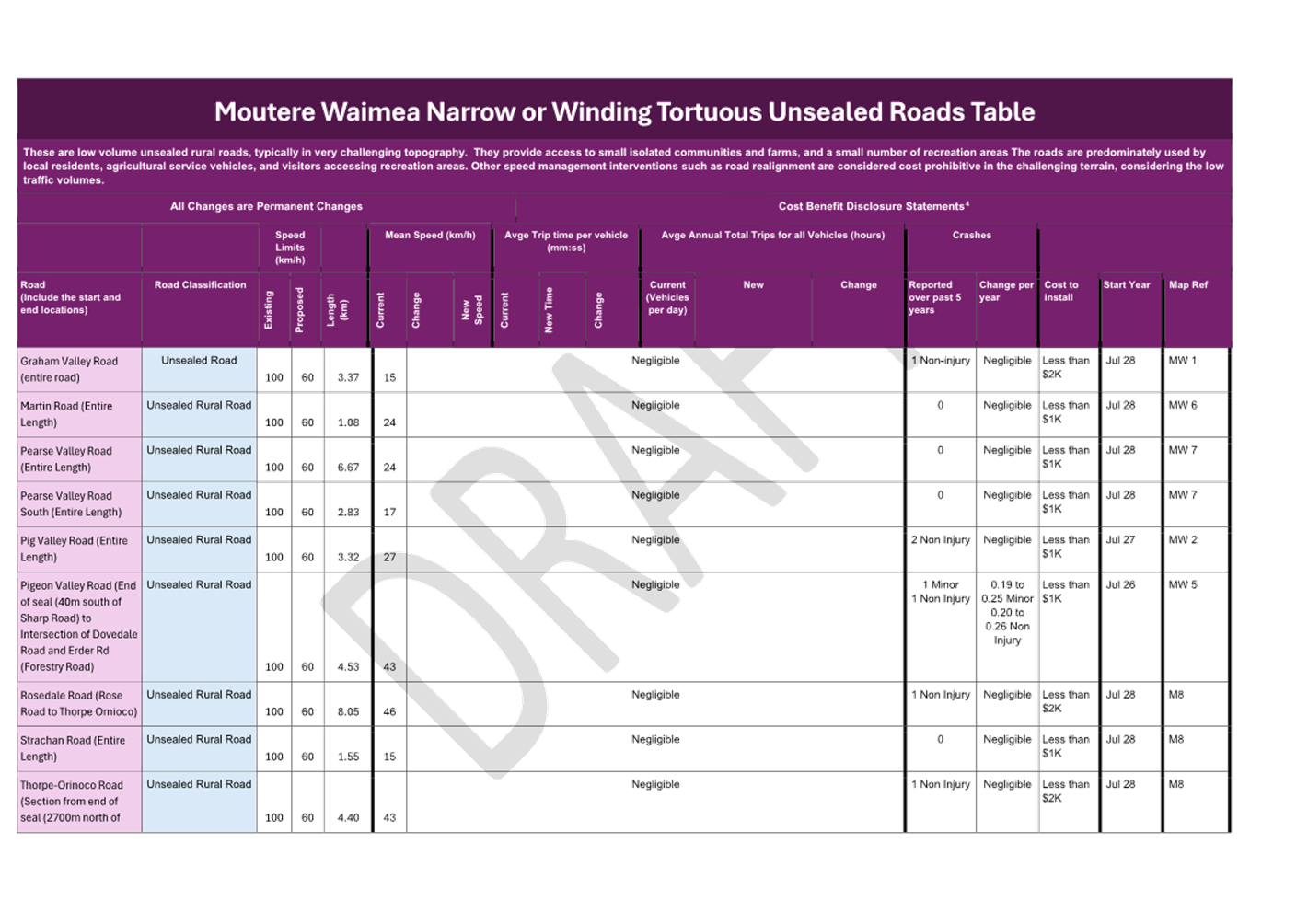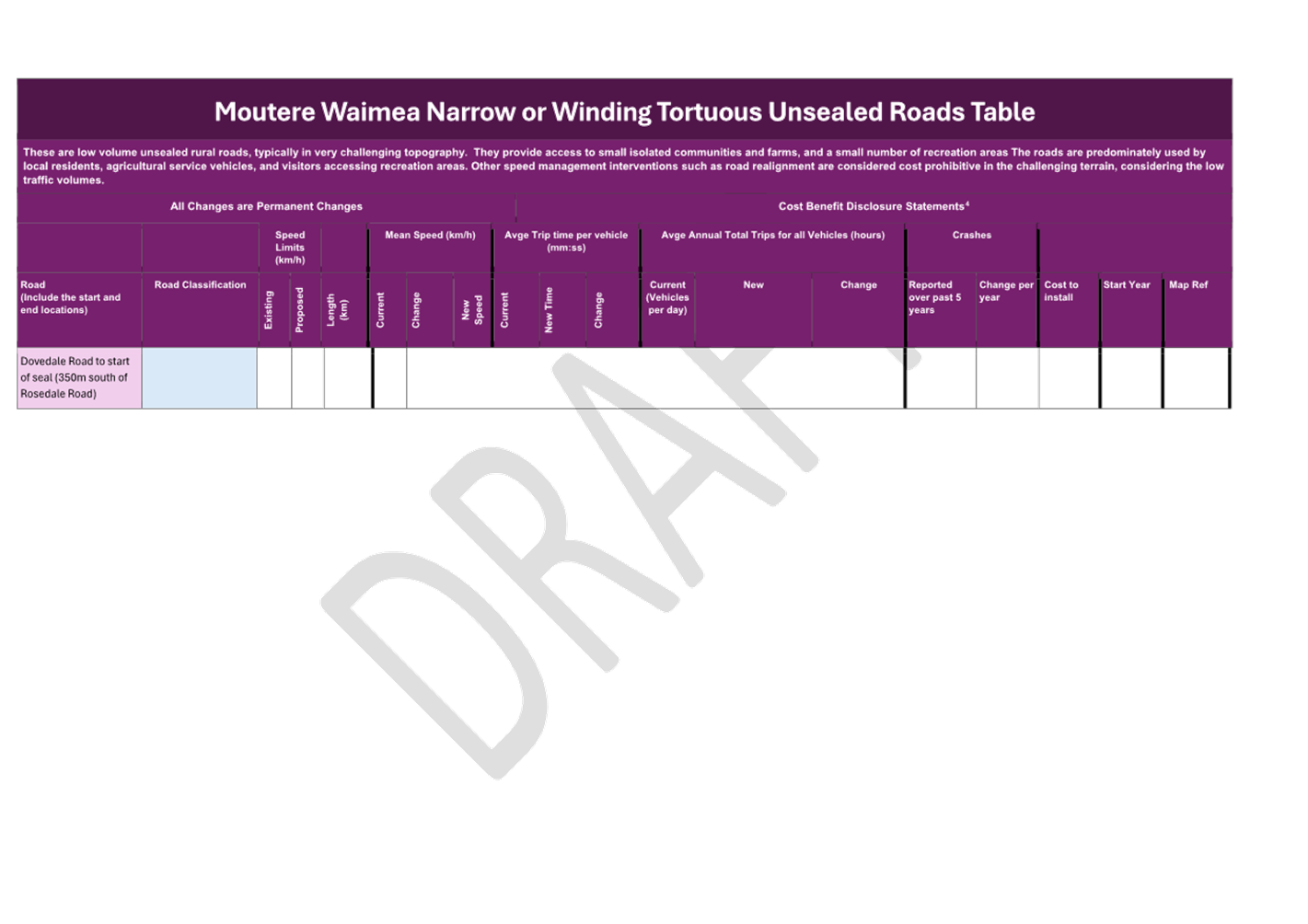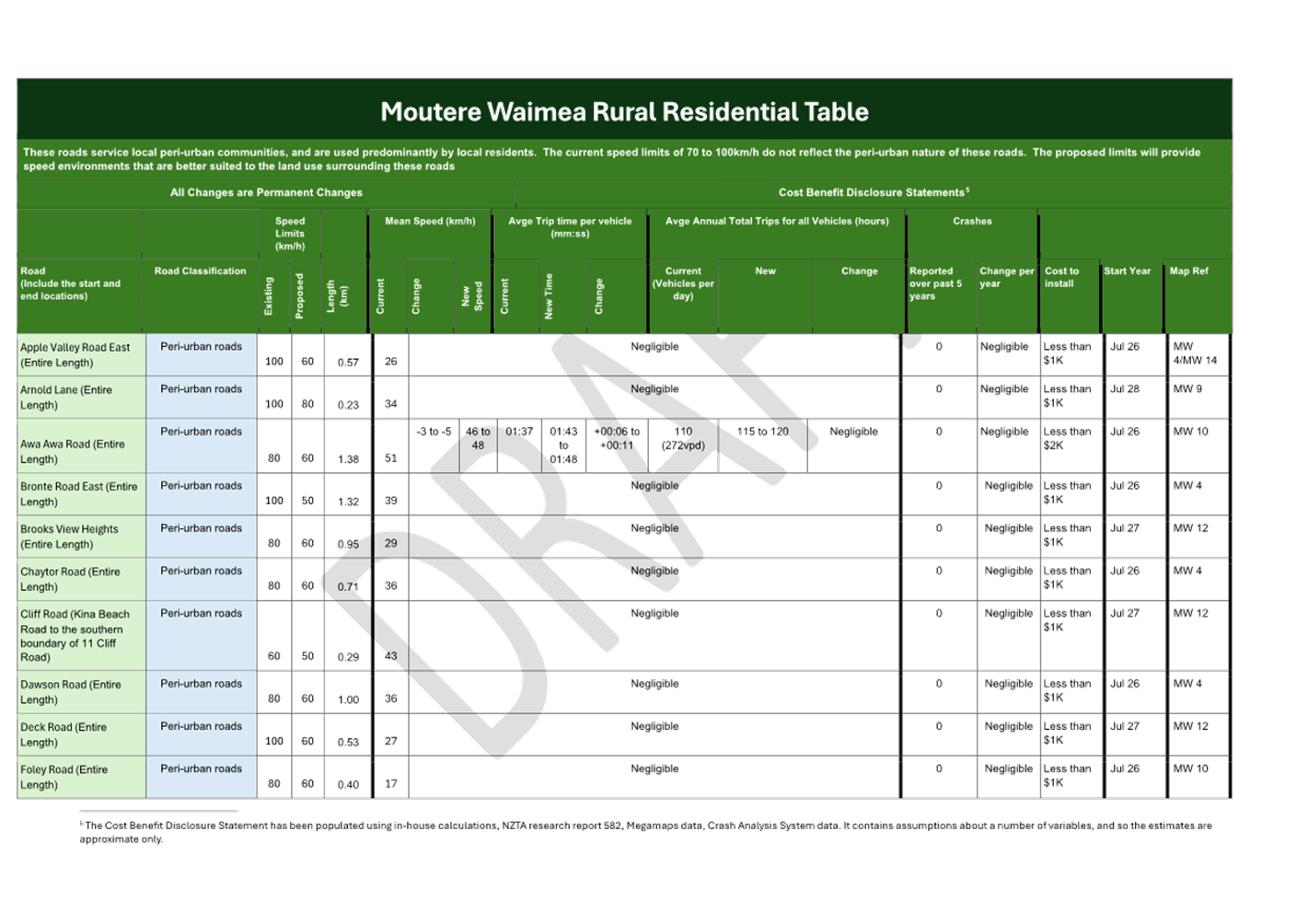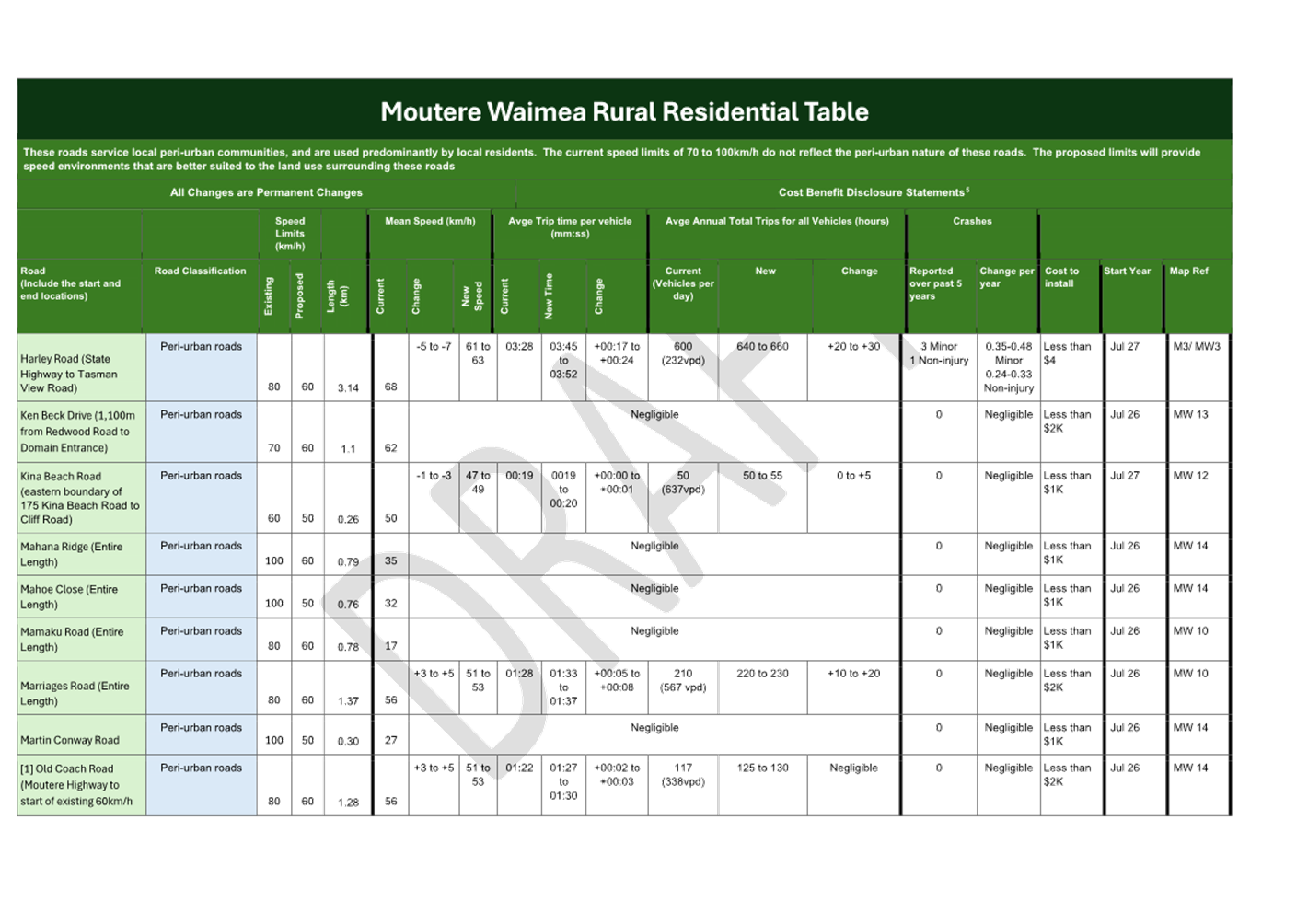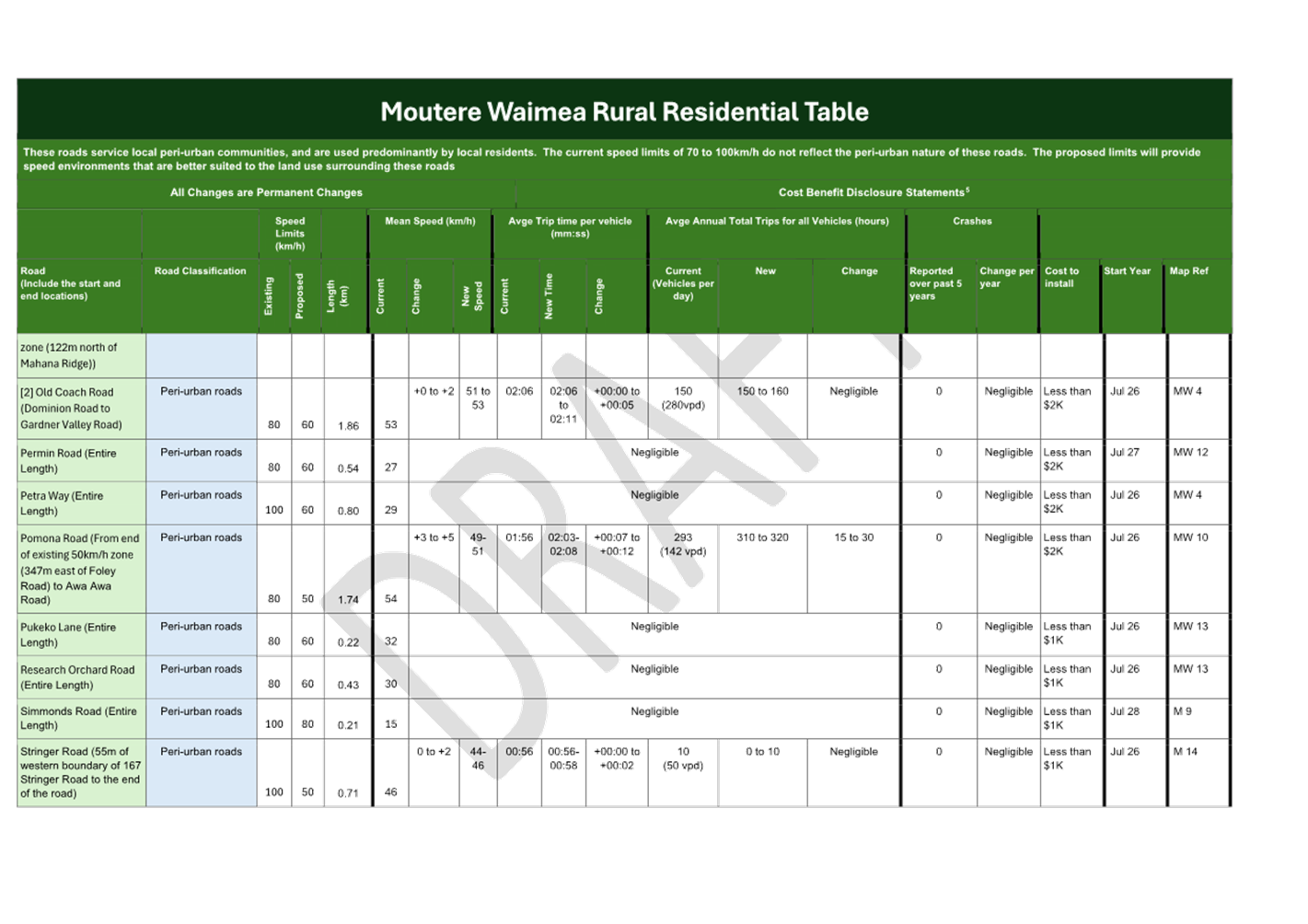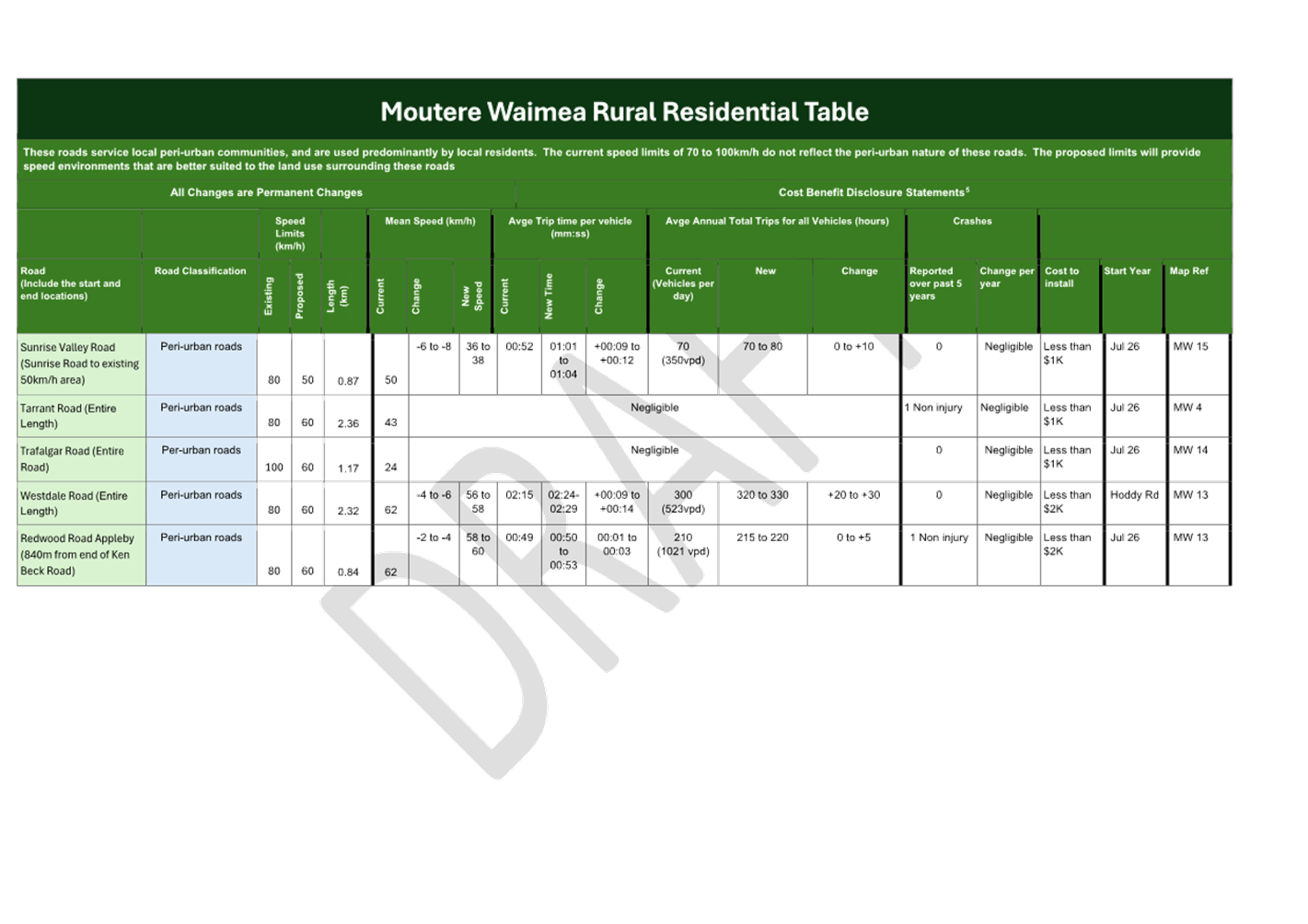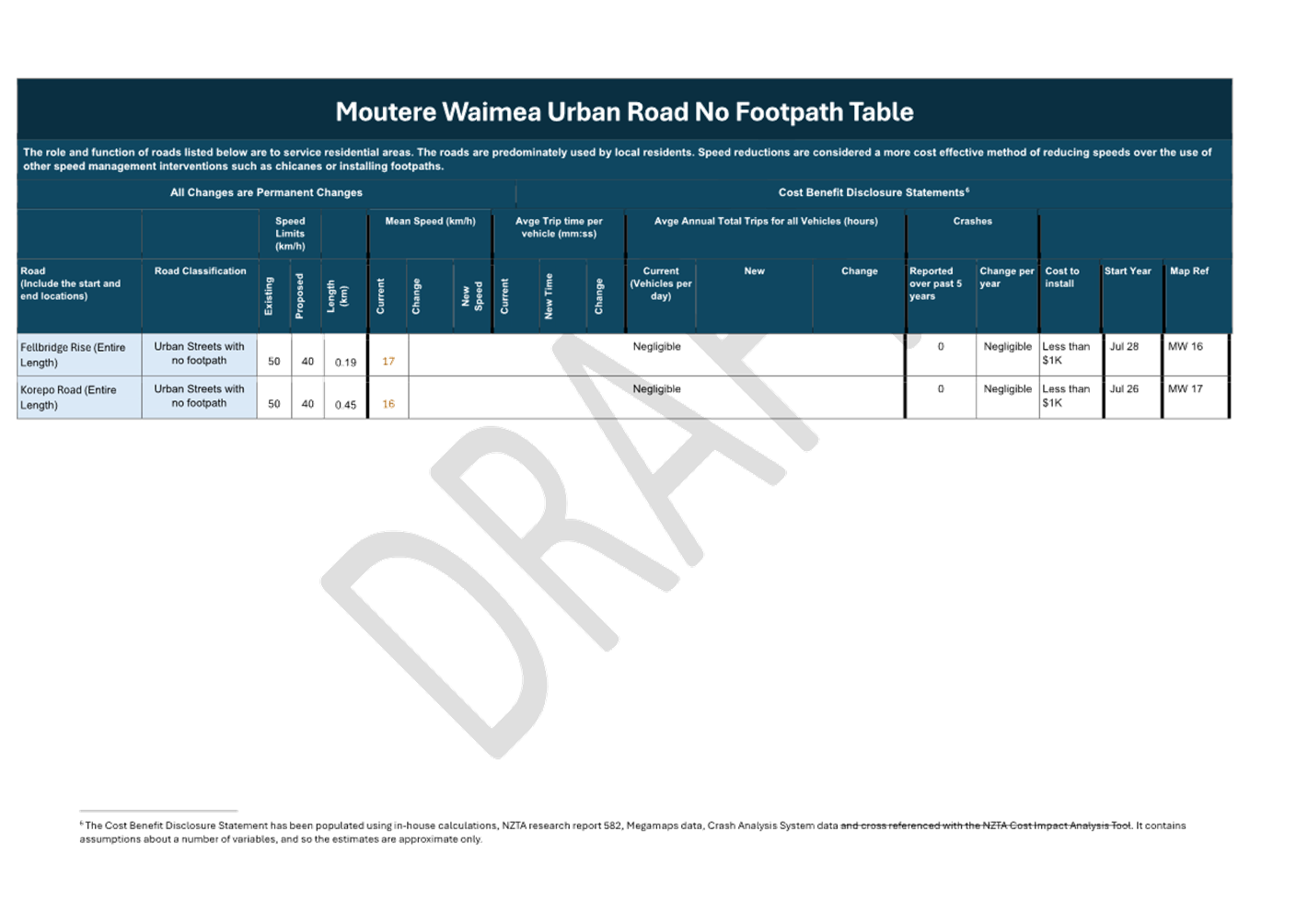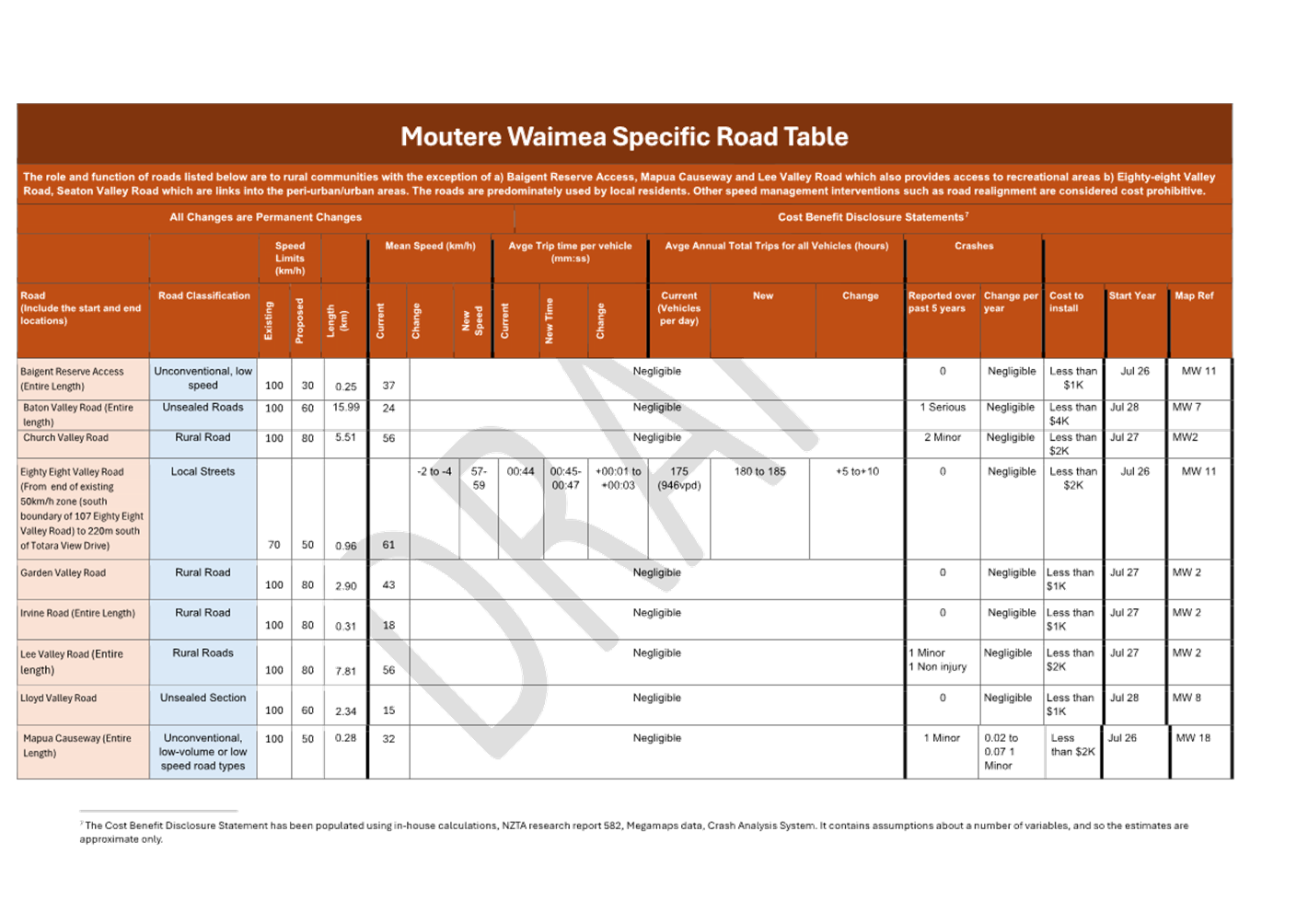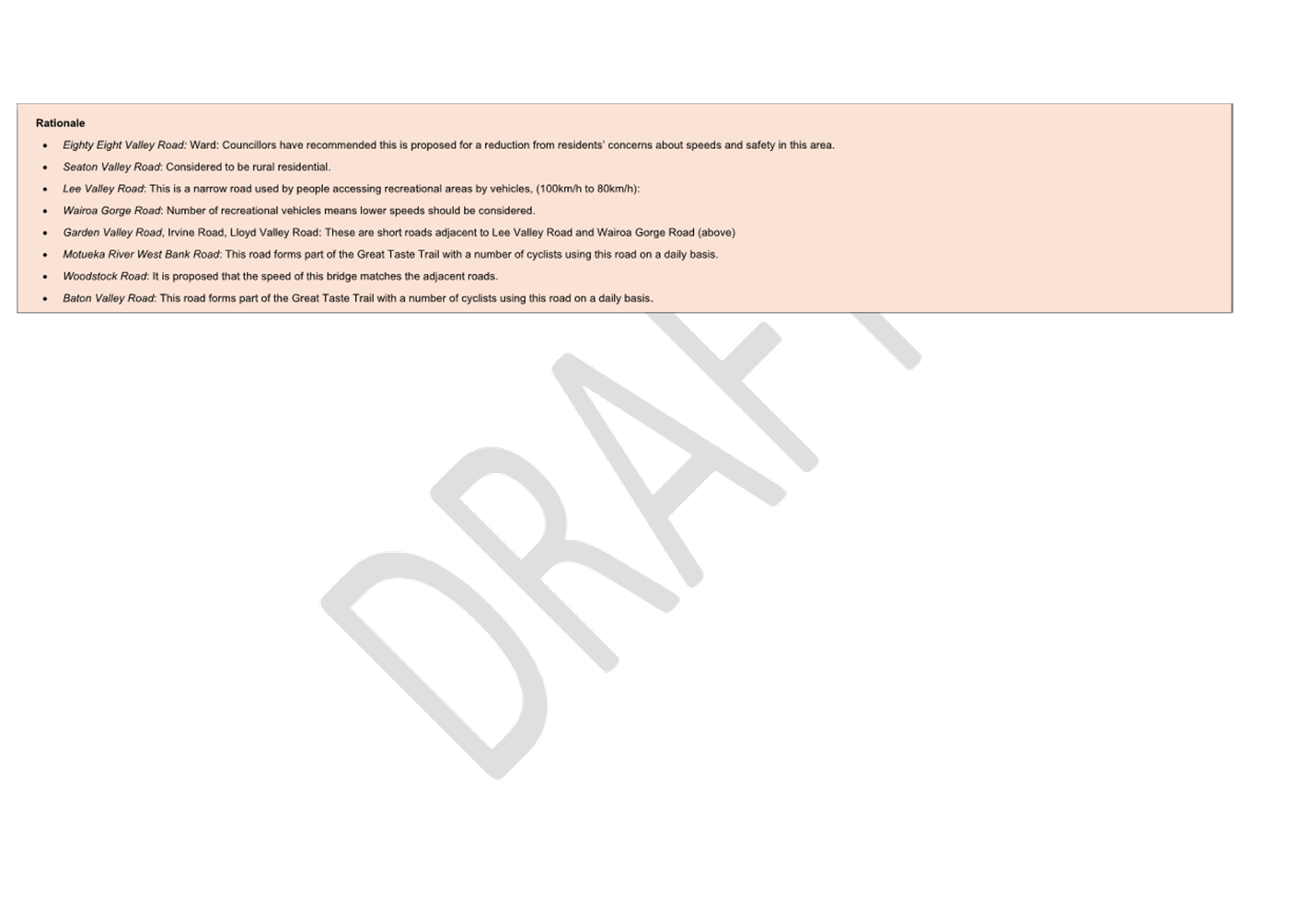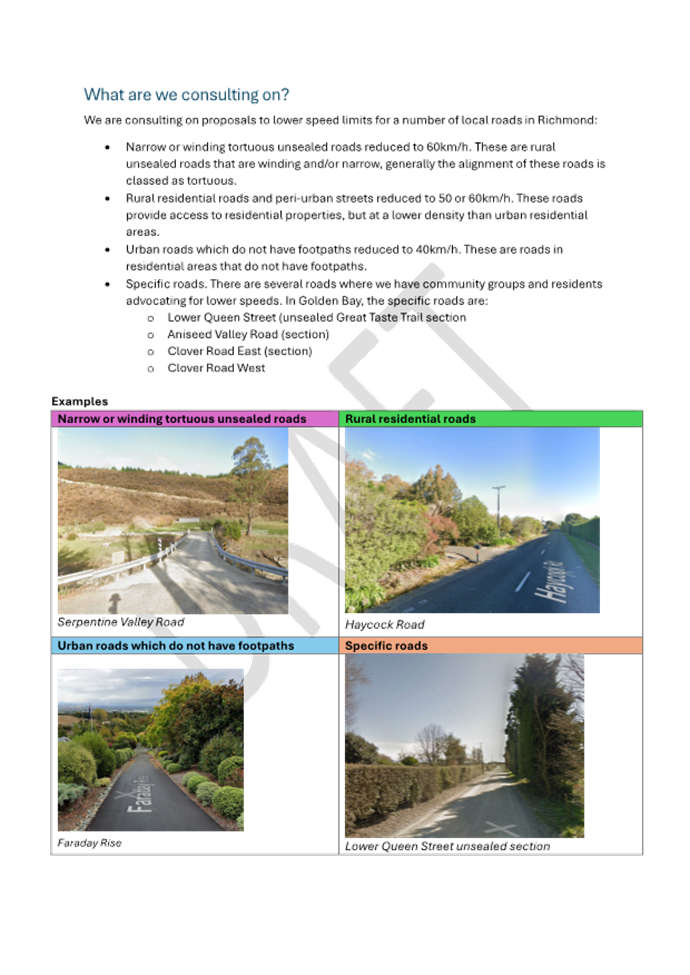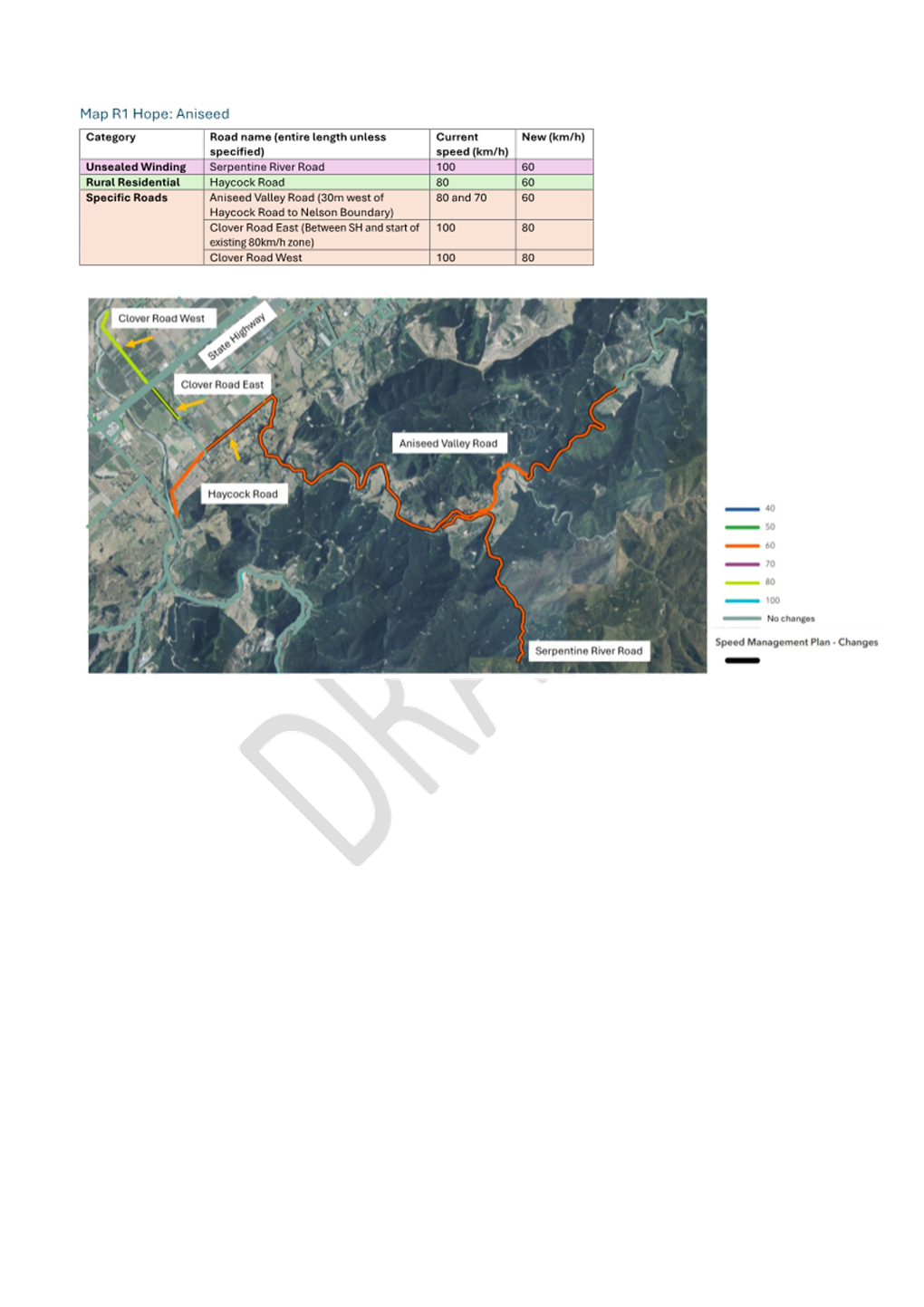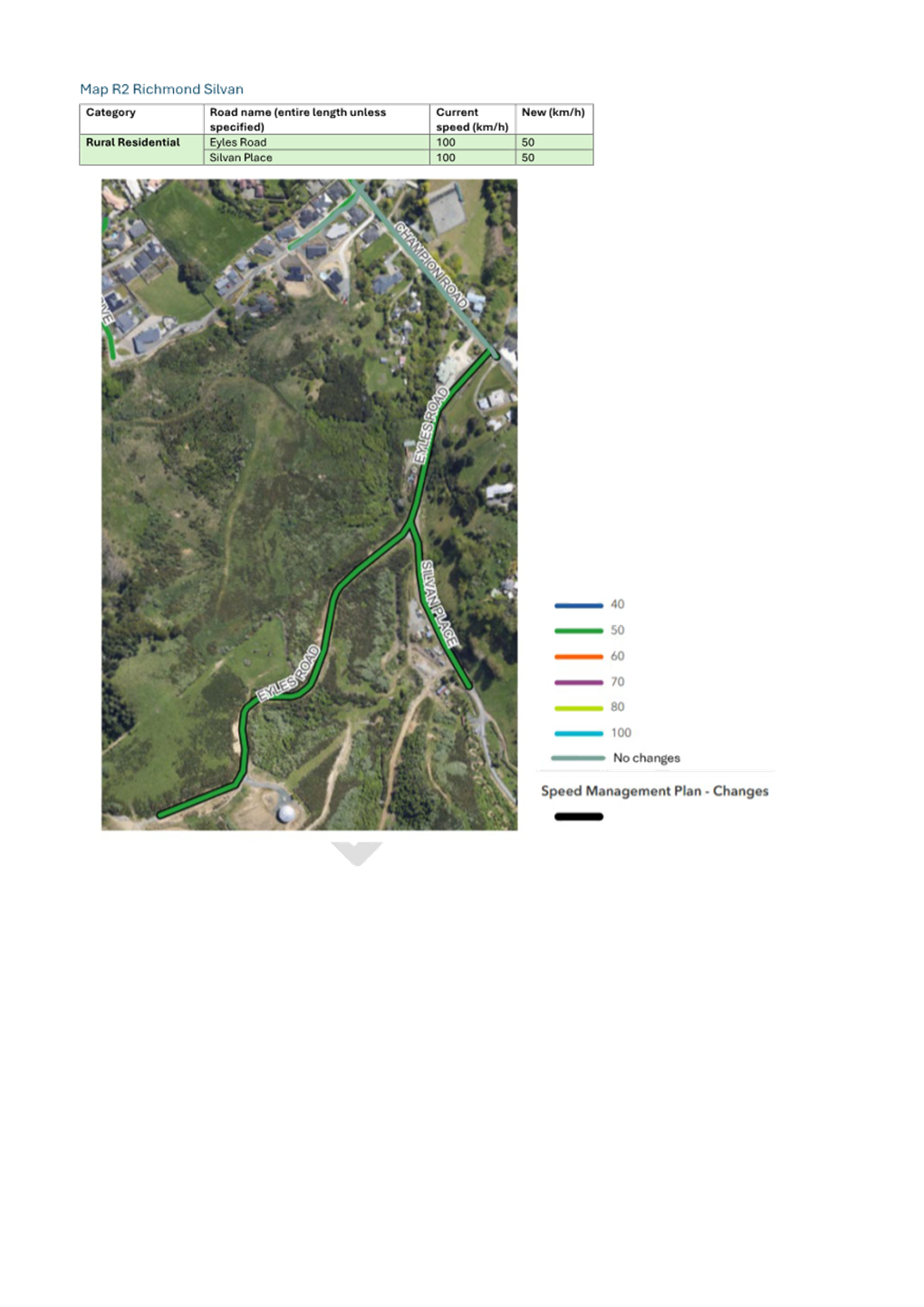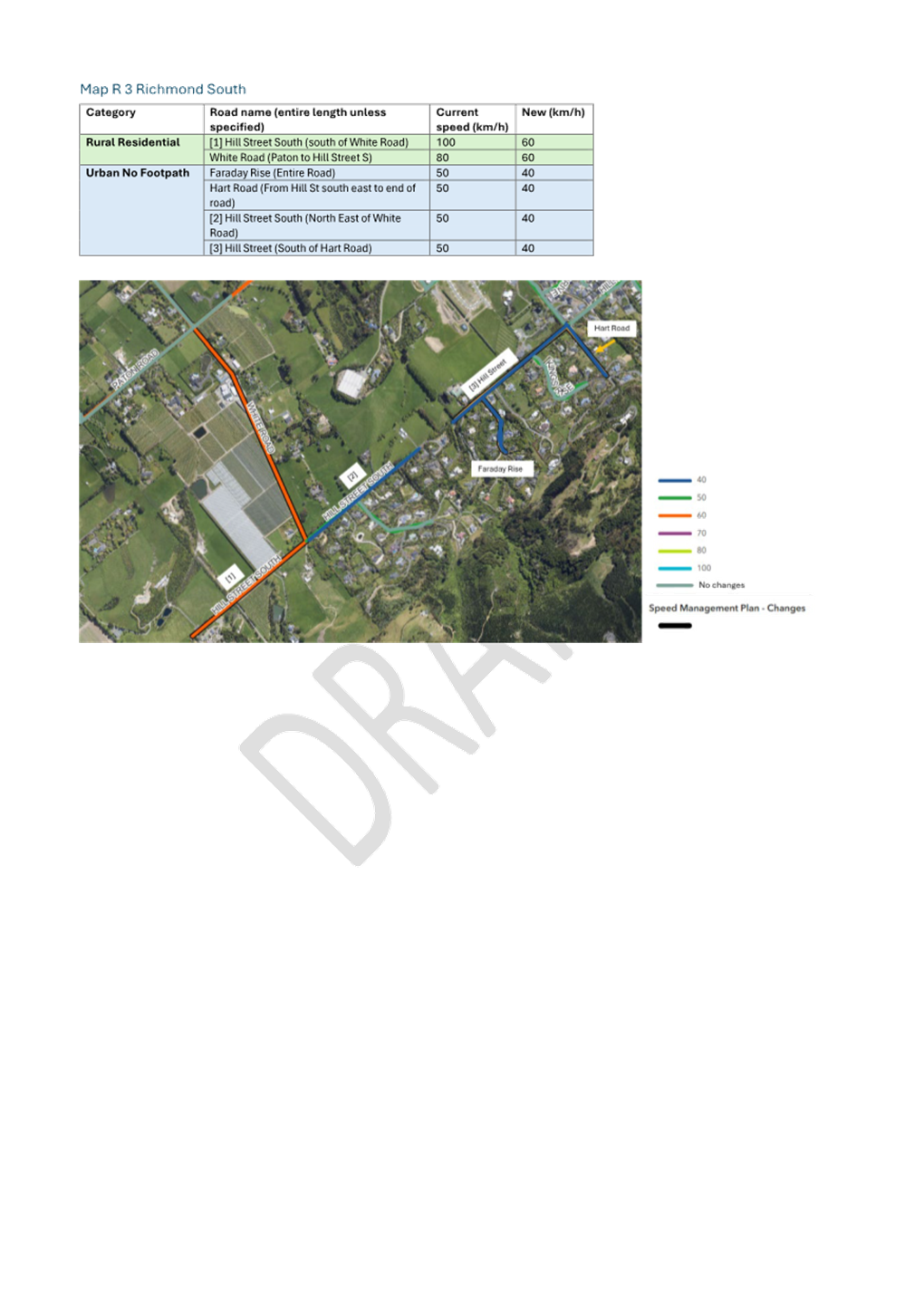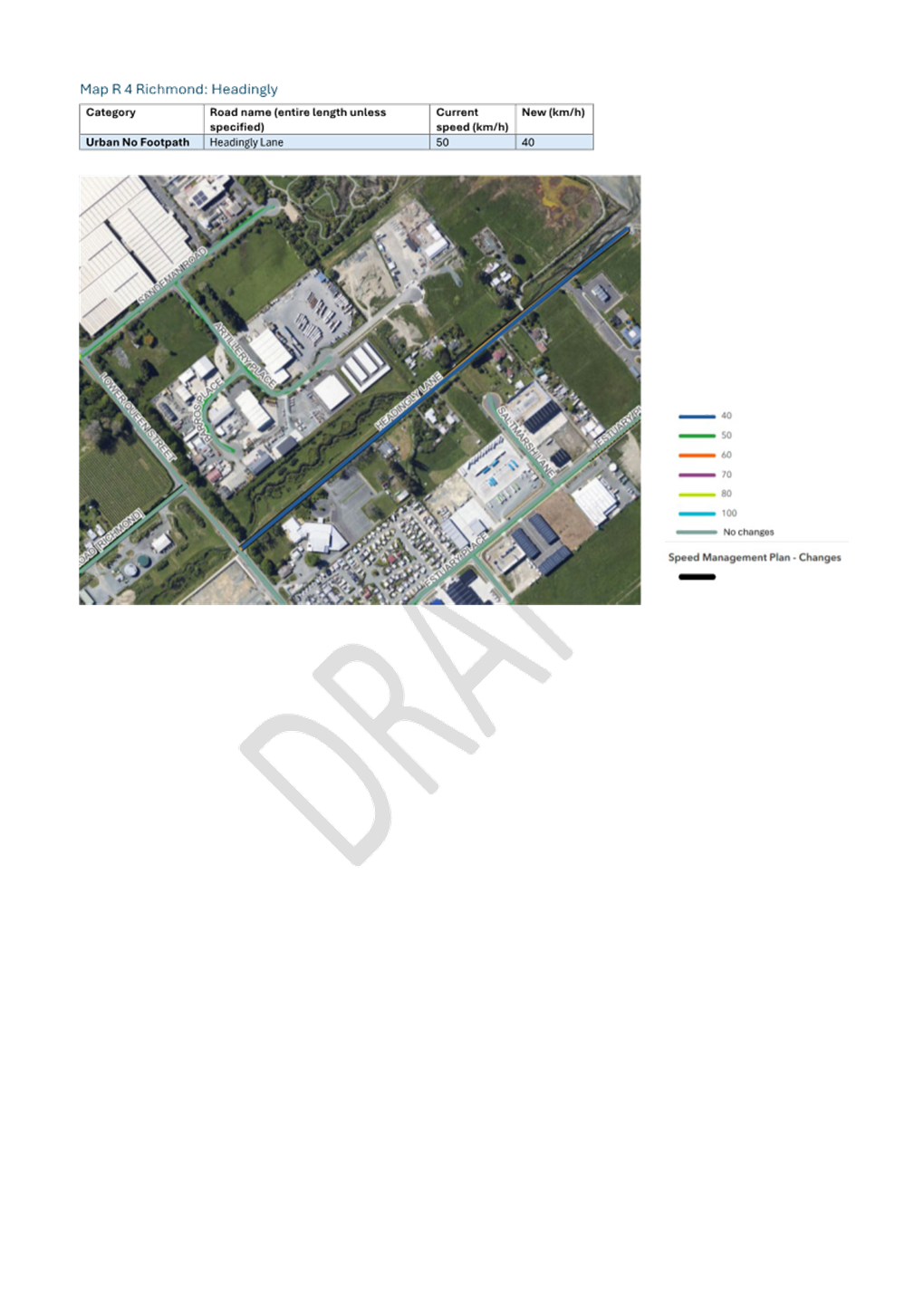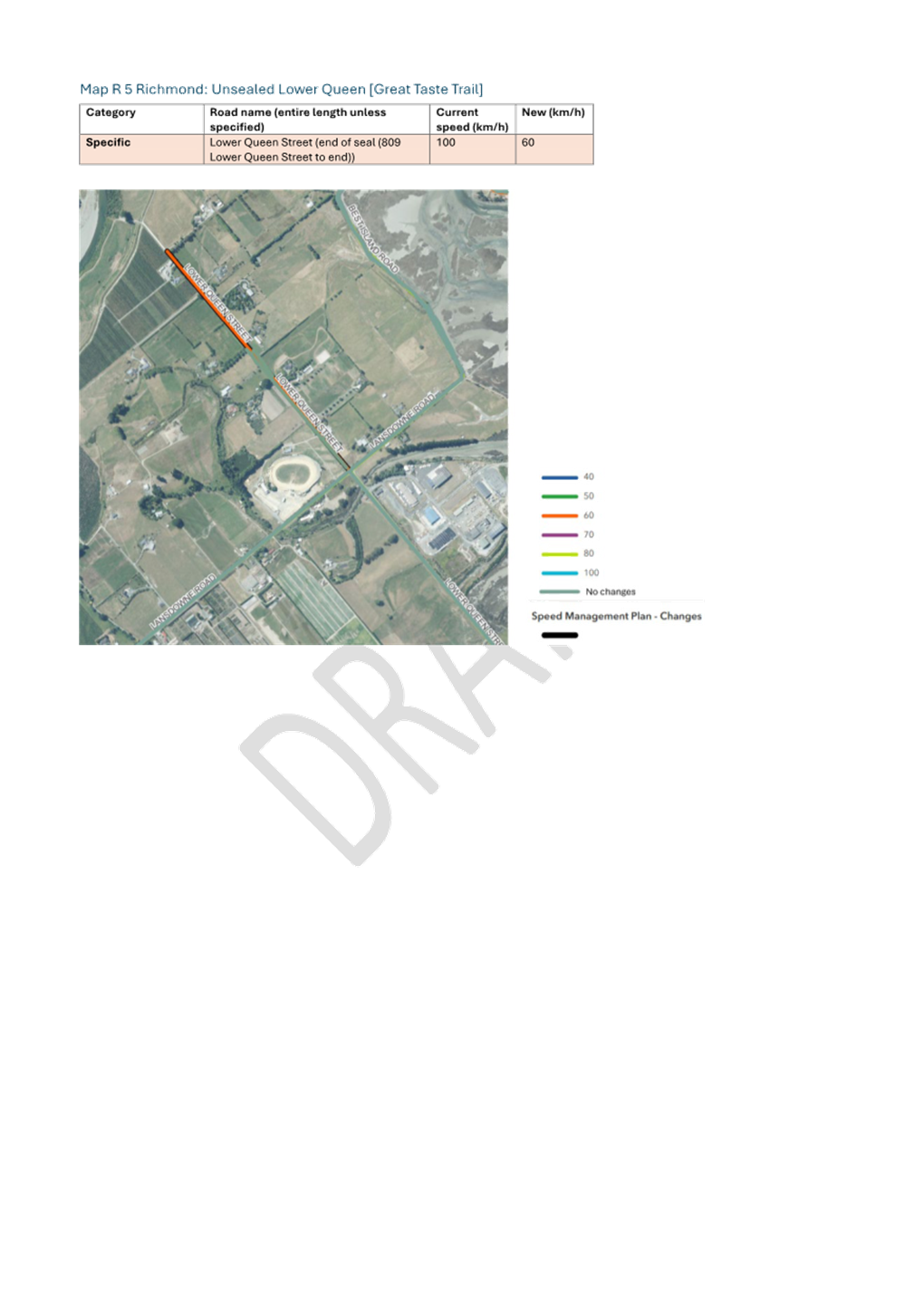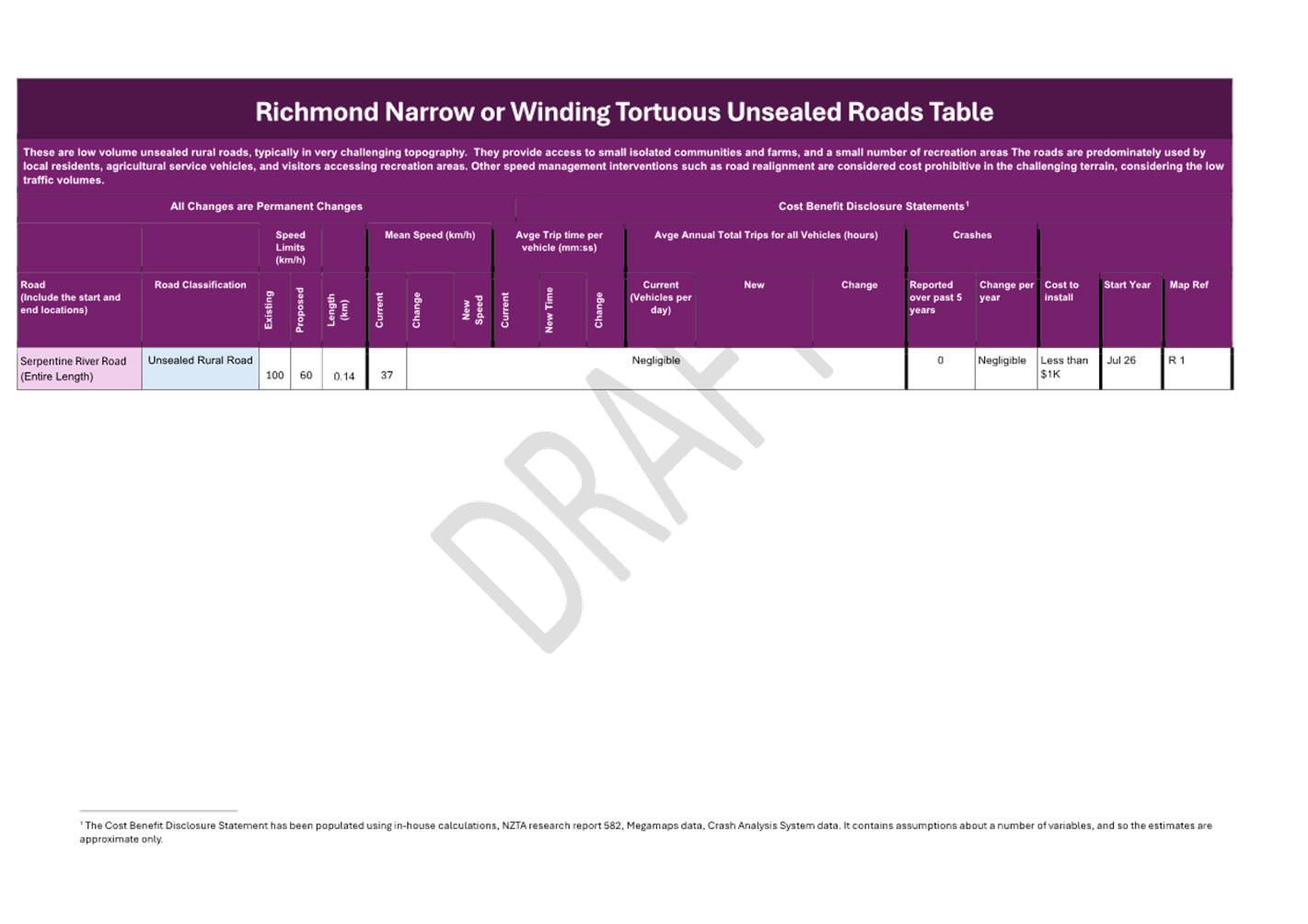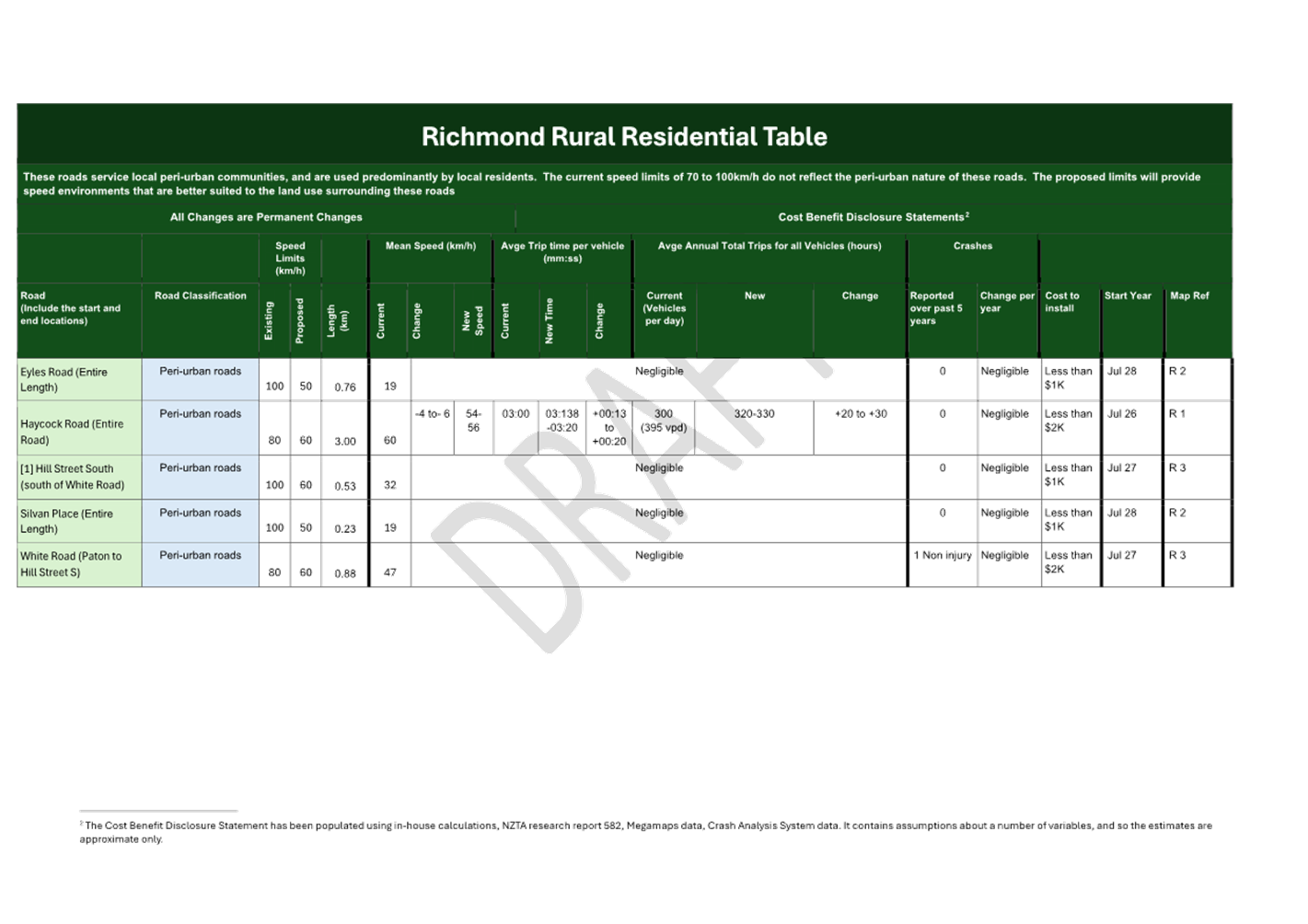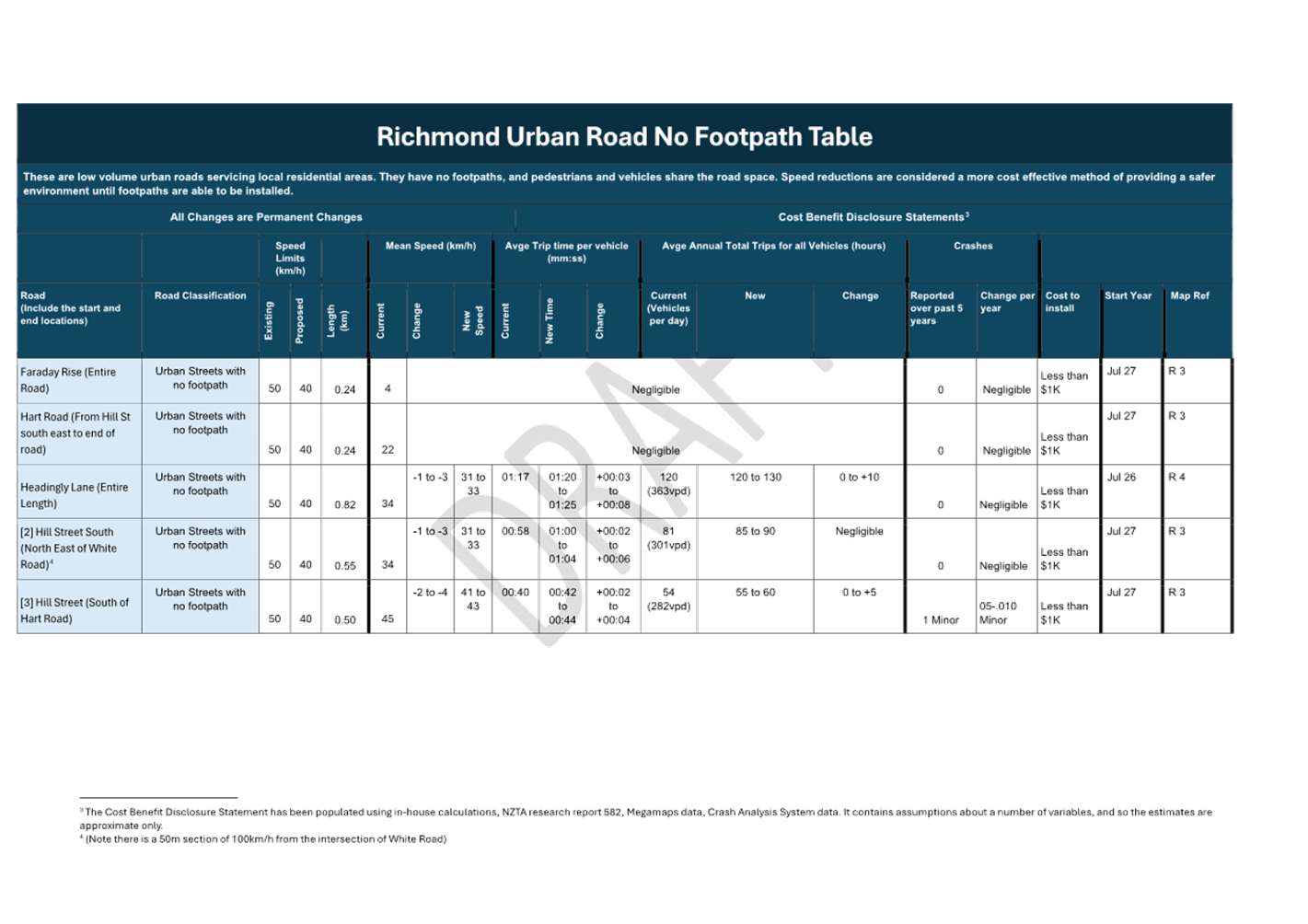Operations
Committee
Agenda – 29 May 2025
7.3 Information Services Update
Information Only - No Decision
Required
|
Report
To:
|
Operations
Committee
|
|
Meeting
Date:
|
29
May 2025
|
|
Report
Author:
|
Chris
Blythe, Programme Manager - Digital Innovation Programme
|
|
Report
Authorisers:
|
Steve
Manners, Chief Operating Officer
|
|
Report
Number:
|
ROC25-05-1
|
1. Summary
/ Te Tuhinga Whakarāpoto
1.1 The Digital
Innovation Programme has an amber status owing to the challenging timeline to
deliver the Customer Relationship Management (CRM) project. The Digital
Innovation Programme spend is on track to be within budget for this financial
year and for the programme overall.
1.2 The CRM project
faces challenges owing to the complexities of implementing new systems and
processes alongside existing ways of working. A delay to the planned July Go
Live is expected to ensure a successful change to new ways of working.
1.3 Work is underway
to workshop options for the scope and timeline for the Harakeke workstream that
will support improvements in a broader range of core operational processes and
systems.
1.4 Other project work is progressing well
despite a high demand on the team to deliver the CRM project including,
completion of the migration of applications and data to cloud services,
improved Customer data management, ongoing solutions for the Environmental
Science team, and new phones and devices for Nelson Tasman Emergency
Management.
1.5 Data & insights activities have seen
more than 90,000 customer records updated and ‘cleaned’ and the
Council’s Business Architect has completed initial reviews of the
relationships between key council systems and functional teams.
2. Recommendation/s
/ Ngā Tūtohunga
That the Operations
Committee
1. receives the Information Services Update report ROC25-05-1.
3. Information
Services Update
3.1 The Project Delivery Office
project report provides a summary of the projects delivered by the Information
Services team. Highlights this past month include:
3.2 Good progress with improvements
to how we manage customer data through a Customer Data Governance Group, which
supports the CRM project. Over 90,000 customer records have been updated and
‘cleaned’ ahead of the CRM data migration. Automated dashboards are
in place to check that quality is maintained.
3.3 Completion of the Native Habitats
Tasman data application and start-up of an application to manage Freshwater
Farms data.
3.4 Continued progress with migrating
staff laptops and devices to Windows 11 to address the end of Microsoft Support
for Windows 10. The project is ahead of schedule with 34% of laptops migrated
to Windows 11.
3.5 Ongoing transfer of documents
from Elms Street to the Christchurch archive facility. 4,080 boxes have been
relocated and 720 are remaining and on track to be relocated by the end of
August. The benefits of this work are reducing management
effort for the Information Management team by knowing exactly what files we
have in each box for easy retrieval, reducing health and safety management at
Elm Street and, once the lease ends at Elms Street, will also save Council
money.
3.6 The last significant migration of
hydrology data from on-site servers to a cloud storage service took place on 21
May 2025. This is the last migration of applications and data from the on-site
servers in the Richmond Queen Street offices to a managed cloud service. This
largely completes the move of applications and data from on-site servers to
cloud services, which provides us a modern, managed and secure network,
reducing risks of server failure, outages and disaster recovery.
3.7 The Service Desk and Hybrid team
has sourced a range of cellphones and devices for the remote and volunteer
teams for the Nelson Tasman Emergency Management team. This will improve the
management and health and safety of events, with the teams using common devices
on standard mobile contracts, rather than shared or personal phones. This is
funded by Nelson City Council but administered by Tasman District Council.
3.8 Wayne Woodfield, Business
Integration Architect, has been working with us since February this year to map
our business architecture and capabilities. This provides a bigger picture view
of the organisation, its services, capabilities and support systems, which can
inform our ongoing business improvement planning.
3.9 Sarah Stewart has a temporary
addition to her role to release Pete Darlington so he can focus on supporting
the DIP projects. Sarah has team lead responsibilities for Service Desk and
Information Management, and an additional 18-month role to support the Service
Desk, and Mariya Maliyekkal started with us in May. These changes are funded by
the DIP project and do not impact staff budgets.
3.10 Gemma Colville, Information Officer, has
been appointed to the role of Administration Officer in the Compliance team,
and while we are sad to lose her, we are delighted that Gemma has an
opportunity to develop and progress to a new role within the organisation.
3.11 Lukas Jehle, Graduate Application
Specialist, will be leaving us in a few weeks for a new role as Application
Support Analyst with Electronet. In his time with us, Lukas has brought a fresh
approach to the development team, and he will be missed. However, we are
pleased Lukas has been able to progress his career while working with us.
3.12 Work is also in hand to address some
equipment issues in the Council Chambers, which is possible owing to an
underspend in the IS capital budget this financial year.
4. Digital
Innovation Programme (DIP) Update
4.1 The
Digital Innovation Programme (DIP) supports the modernisation of
Council’s digital estate and promotes changes to established processes,
ways, and places, of working and the consideration of alternative solutions to
established business problems.
4.2 The
DIP continues to make forward progress and has delivered a number of benefits
that have resulted in an overall reduction in risk, improved compliance with
legislation and more effective collaboration. There has been no significant
change to the overall status of the work programme.
4.3 The
programme status remains ‘amber’ (not on track to time, cost, scope
and / or quality) this is driven by the status of the Harakeke CRM project
(Harakeke CRM is the project delivering Council’s new Customer
Relationship Management System, CRM), the most substantial project within the
portfolio. All other workstreams are ‘green’ (on track to
time, cost, scope and / or quality).
4.4 The
Major Programmes and Project Report, which is an item on today’s agenda,
contains details of the status of Digital Projects that comprise the DIP.
4.5 Previous
reports to the committee have described the challenge of designing, and
implementing, a CRM system. The project is required to address a complex array
of engagements with Residents, Ratepayers, the general public at large as well
as contractors, supporting services and vendors. This challenge is magnified by
the need to integrate CRM functions with the Council’s outdated systems
for customer records, financial and asset management, work order processing and
entrenched working styles and processes.
4.6 Central
to the CRM system is a portal, My Tasman, dedicated to customer interactions,
the My Tasman portal will support improved handling of customer interactions
and will drive efficient workflows across Council. Implementing such a tool
carries a significant amount of risk, which is reflected in the Harakeke CRM
project risk register, together with those associated with integration activity
and the diverse natures of stakeholders. It is the combined potential for
these risks to impact delivery that the programme reports an
‘amber’ status.
4.7 The
Harakeke CRM schedule identifies the end of July 2025 as the expected launch
date. Achieving this date requires the project to meet several
requirements related to functionality, build quality and aesthetics /
useability. When scheduled, the Harakeke CRM Project Board meets to agree
that the project should progress from one phase to the next to the next
phase. These meetings are termed ‘Gate Meetings’
4.8 The
Project Board assessed the CRM tool at a gate meeting on 16th May
and determined that the system was not completed as required at that point in
time. There were several useability and data issues that the board felt would
detract from the user experience and result in less-than-optimal issue
handling. At time of writing, an action plan is being prepared to ensure the
issues are addressed. However, regardless of the action plan, a consequence
will be a delayed launch date for the My Tasman Portal. While
disappointing, stakeholders agree that customer uptake is critical to the
realisation of benefits and that a delay now is preferable to issues
progressing to the live environment.
4.9 It
is likely that a delay to the launch date will have cost implications for the
project. The budget allocated for CRM Horizon 1 is fully committed.
Contingency funds are available, but it is possible that additional costs for
this Horizon will reduce funds available for future CRM Horizons. Decisions
will need to be made as to the scope of work in future Horizons to accommodate
that, within current budgets for Harakeke CRM.
4.10 The
DIP and Harakeke programme is designed to allow flexibility to respond to
external uncertainties and the need for change. The decision to implement a
‘composable’ system (a way of building technology
solutions using modular, interchangeable parts) based on Microsoft tools
and the Microsoft Dynamics Platform, enables Council to adjust our focus to
meet changing organisational needs.
4.11 The
Annual Plan process has highlighted a need for greater visibility of the
financial pressures that we face, and more accurate tools to forecast, model
and report, on our financial wellbeing. The Executive Leadership Team
have asked the DIP to consider how we might reflect this need in future
horizons of Harakeke CRM.
4.12 A
short series of facilitated workshops are planned to explore and understand
these business challenges so that we might agree best practice solutions, that
will leverage our commitment to the Microsoft Platform. The outcome of
these workshops may lead to prioritising future investment in financial
analysis and budgeting tools ahead of further refinement of the CRM tool.
4.13 The
Council holds a substantial amount of data. Understanding the data we
hold and the relevance of different data sets to multiple council teams,
contractors and the public is critical to delivering the benefits of the
DIP. To support this effort the Data and Insights workstream (D&I)
was established.
4.14 D&I
is progressing well. The work of the team can be broadly categorised in three
groups:
4.1
4.2
4.3
4.4
4.5
4.6
4.7
4.8
4.9
4.10
4.11
4.12
4.13
4.14
4.14.1
Data inventory & cleansing
4.14.2
Data Governance, rules and practices
4.14.3
Data support for digital outcomes
4.15 The
team is progressing across all three of these broad groups, and activities are
prioritised as different IS and Business teams are available to be released
from other commitments, and as data is required to support digital delivery
(for example, data migration to the CRM). This approach is somewhat
inefficient but allows the D&I program to support multiple initiatives at
one time and secure benefits earlier. The project manager is currently planning
D&I Horizon 2, which aligns with the next financial year.
4.16 Mike
Pratt, Head of Data, Development and Architecture, will attend the committee
meeting to provide a verbal update on the Data and Insights workstream. This
will include:
4.15
4.16
4.16.1
Establishing a data lake and data governance
groups.
4.16.2
Skills training for staff in data management and coaching our first data
steward.
4.16.3
Develop a proof of value approach for rainfall and rivers data.
4.16.4
Planning the next financial year’s work to deliver a data
information hub, using AI to
support LGOIMA requests and identifying ongoing data domains to progress.
4.17 The
Cloud Workstream is the longest running workstream within the DIP
portfolio. The focus of the Cloud Workstream is to move critical
infrastructure (Servers, storage devices and network equipment) out of the
computer room in the Council’s Queen Street building to a purpose-built
datacentre elsewhere.
4.18 The
workstream is nearing the end of the migration activity and, over the course of
the last 36 months, has significantly reduced the risk that our council faces
from locally housed critical infrastructure. By the end of May 2025, 120
business servers and 141 Databases will have moved to cloud storage
datacentres. 31 Servicers and 91 databases have been decommissioned and
very shortly the computer room in Queen Street will only provide hardware
enabling us to connect to the internet.
4.19 Our
cloud provisioned systems are available from anywhere, insulating Council from
disasters that may impact any of our officers, or the region. Diverse
internet access, including the use of Starlink provides resilience
access. The Datacentre we use is in Auckland, but our systems are
replicated in Christchurch to provide additional redundancy.
4.20 The
workstream is starting to wind down and transition to the operational
team’s day to day work, will begin in the next few months, with a target
of closing the workstream by November 2025.
5.1 The Programme Team monitors
project risks and issues registers weekly to ensure actions are undertaken and
the risk ratings reflect status. Risk, together with treatment recommendations
and progress toward mitigating risk is presented, together with other programme
information, to individual project boards and the DIP Governance Board (DIP GB)
monthly.
5.2 Harakeke CRM is our largest, and most
impactful digital project to date. It stands to reason that risks
associated with that project are some of our most important ones and are a key
focus of the DIPGB.
5.3 The most pressing risk the DIPGB are
focusing on now is the delivery of a quality CRM system for council within the
timeline, and for the cost, agreed with the Vendor.
5.4 This report highlights recent challenges
moving through a defined project quality gate. Whilst plans to address the
issues are being prepared it is important to note that budget Contingency is
available within the programme, and that the impact to delivery timeframes will
be carefully managed to ensure that the experience our staff, and community,
have is a good one.
5.5 A key element of this planning will
address the benefit of combining product features that had been excluded from
the Horizon 1 scope. Various features were excluded form scope in the interests
of securing early benefits for the organisation. However, if a delay to
the timeframe is being considered then it may be advantageous to ‘bring
forward’ features that would otherwise have been delivered with later
product iterations. Additional benefit may accrue from implementing
design features that address information access and privacy that, to meet
timeframes, would have been mitigated with training and education and legacy
work-arounds.
5.6 The schedule of risks, and their
management is comprehensive, an example of other programme risks includes:
· Availability of
key IS and business staff members to work on projects owing to BAU and
conflicting project demands. This is managed through ongoing monitoring and
prioritisation of work and backfill funding to release key people.
· Managing the cost
of system modernisation within allocated funding as we learn more about the
scope and complexity of replacing our work processes and supporting systems.
This is managed by having a composable (iterative and modular) approach to
system change.
· Balancing the
urgency to modernise with the capacity and maturity of the organisation in
areas such as business change. This can result in projects moving faster than
the organisation can manage, resulting in delays or changes to scope and
quality. This is managed through the iterative project approach and is being
addressed through the current review of the Harekeke workstream priorities.
5.7 The Executive Leadership Team
(ELT) together with the Reforecasting and Planning team and budget holders have
been focusing heavily on preparing the councils 2025/26 Annual Plan, this work
has highlighted a need to address a pressing need to improve the insights we
can draw from the Council’s financial and asset information.
Through the DIPGB the Council’s Chief Operating Officer has begun the
process of determining how the DIP may support change to inform future annual
and long-term planning.
5.8 There is considerable cost
uncertainty related to this broader programme. This has been recorded as a risk
to the programme and will be addressed in the planning workshops referred to
earlier in this report.
6.1 The
financial position of the programme is good for the current scope. We forecast
the programme spend to be close to budget for this financial year.
6.2 The
CRM is forecast to overspend by $120k However, this is offset by savings in the
programme management budget ($115k).
6.3 Data
& Insights is expected to have an underspend of approximately $100k which
will be requested as a carry over to next year. The underspend is a combination
of some statements of work being delivered for less than the estimates provided
and, the impact of minor delays progressing one project in the workstream.
6.4 Table
1 shows the full programme budget, current year forecast, total forecast and
overall current spend.
6.5 Table 1: DIP Financial
Summary
|
DIP Budget
|
Inflated LTP Budgets
|
24-25 Forecast
|
Forecast TOTAL
|
Current Actual
|
|
Budget Baseline
|
20,890,171
|
4,844,587
|
20,890,171
|
11,624,319
|
|
Programme
Layer
|
4,648,287
|
305,714
|
3,413,623
|
2,358,804
|
|
Comms and
Change
|
|
224,603
|
609,174
|
165,603
|
|
CC&W
|
166,154
|
-
|
166,154
|
166,154
|
|
CRM
|
|
2,721,835
|
7,000,026
|
2,847,082
|
|
FMIS
|
|
55,000
|
2,126,500
|
25,000
|
|
CCA
Workstream
|
11,661,215
|
558,683
|
3,125,341
|
3,019,451
|
|
D&I
|
1,473,931
|
657,228
|
1,646,318
|
362,743
|
|
Cloud
|
2,180,141
|
291,448
|
2,023,866
|
1,902,038
|
|
Smart
Region
|
2,200
|
|
2,200
|
2,200
|
|
IS Ops
|
758,243
|
17,000
|
775,243
|
775,243
|
|
Total
|
20,890,171
|
4,831,511
|
20,888,445
|
11,624,319
|
6.6 The
programme forecast remains within the total allocated budget of $20.8M
6.7 Approximately
$7M has been allocated to several future projects, most notably a continuation
of future Harakeke CRM horizons and changes to our Financial Information
System, this allocation is included in budget forecast and reports but has not
been formally committed through Statements of Work.
Nil
 Operations Committee - 29 May 2025
Operations Committee - 29 May 2025
7.4 Community Infrastructure Activity Report
Information Only - No Decision
Required
|
Report
To:
|
Operations
Committee
|
|
Meeting
Date:
|
29
May 2025
|
|
Report
Author:
|
Mike
Schruer, Waters and Wastes Manager; Grant Reburn, Reserves and Facilities
Manager; Jack Cerfontaine, Project Manager; Jamie McPherson, Transportation
Manager; Nick Chin, Enterprise and Property Services Manager; Russell
McGuigan, Programme Delivery Manager
|
|
Report
Authorisers:
|
Richard
Kirby, Group Manager - Community Infrastructure
|
|
Report
Number:
|
ROC25-05-2
|
1. Summary
/ Te Tuhinga Whakarāpoto
1.1 This report
provides a summary of Community Infrastructure Group’s activity since the last report to the Operations Committee on 17
April 2025
2. Recommendation/s
/ Ngā Tūtohunga
That the Operations Committee
1. receives the Community Infrastructure Activity Report ROC25-05-2.
Health and Safety Lead Indicators (Audits/site
observations) – 1 July 2024 to 30 June 2025
|
Measure
|
Enterprise Portfolio
|
Project Delivery
|
Property Services
|
Reserves and Facilities
|
Transportation
|
Waters and Wastes
|
Total
|
|
H&S
Observations
|
|
9
|
1
|
|
108
|
11
|
129
|
|
H&S
Briefings (also as part of regular meetings)
|
51
|
51
|
51
|
51
|
51
|
51
|
255
|
|
Number
of H&S courses attended by staff
|
|
23
|
6
|
4
|
7
|
21
|
61
|
3.1 We
have welcomed Becky Marsay into the role of Team Leader – Wastewater.
Becky left us in February 2024 to undertake a role with Downer and has returned
28 April 2025 to fill the Team Leader – Wastewater vacancy.
Local Waters Done Well (LWDW)
3.2 The
consultation on the council’s preferred option concludes on Friday 23
May 2025. At the time of writing this report only five submissions had
been received. There is very little commentary within the community on this and
one could assume that council’s preferred option to create an in-house
business unit has the support of the majority of the community. This
could be a broad assumption that could be totally incorrect, however if there
was as much concern in the community as the Affordable Waters created then
councillors and staff would have received similar levels of feedback.
3.3 Hearings
on the Local Water Done Well (LWDW) submissions are scheduled for Wednesday 11
June and Thursday 12 June 2025, with deliberations scheduled
for Tuesday 1 July 2025.
3.4 As
of 16 May 2025, Martin Jenkins has stated that all councils had stated
preferred options and that the only council that has yet to reveal its
preferred option is Queenstown Lakes District Council.
3.5 Martin
Jenkins also confirm, that across the 64 Councils in the North and South
Islands, 44 (69%) have indicated a preference to establish a multi-council
owned water services organisation (WSO) and 2 councils (3%) have opted to
establish a stand-alone WSO with the remaining 18 Councils (29%) indicating
preference to keep waters services in-house.
Utilities
Trends


4.1 There
has been a large increase in Water Supply Contractor jobs this year. This is
due to a change in the way the asset management system is used for annual valve
inspections. An individual job is now raised for each valve that needs
maintenance, e.g. painting.











WATER SUPPLY
Activity Highlights:
· The Water Services
Authority - Taumata Arowai requires Council to manage the risk of protozoa
contamination in the Eighty-Eight Valley, Redwoods 1 and Redwoods 2 water
schemes. Permanent Boil Water Notices have been issued for all three supplies.
· The Water Services
Authority - Taumata Arowai requires Council to provide for residual
disinfection in the Upper Tākaka water supply or to apply for an exemption
from this requirement. A full Council meeting agreed to apply for an exemption.
· Burst PE water
supply pipe on Rabbit Island at Bio-Solids Plant.
· Lateral leak in
Talbot Street, Richmond, under newly laid 300mm asphalt.
· 150mm Asbestos
Cement water main burst in Main Road Hope.
Compliance:
4.2 The
Water Services Act places an overarching obligation on drinking water suppliers
to provide “safe” drinking water and the drinking water quality
assurance rules require that all drinking water supplies have treatment that
can remove bacteria and protozoa. The Water Services Authority - Taumata Arowai
has therefore required Council to manage the risk of protozoa such as Giardia
and Cryptosporidium in those supplies that do not have a protozoa treatment
barrier, until such time as this barrier is in place. There is no other way of
managing the risk in the Eighty-Eight Valley and both Redwoods schemes than to
issue a permanent boil water notice. Taumata Arowai has accepted this and
therefore notices have been issued to all customers on the Eighty-Eight Valley
scheme and will be shortly to customers on the Redwoods schemes. Upgrades and
re-configurations are due to be completed on these water supplies by mid-2027
at which time the boil water notices will be removed.
4.3 Taumata
Arowai is also still considering whether the Council is adequately managing the
health risk to Motueka water supply consumers in the unlikely event that the
untreated Recreation Centre bores need to be used in an emergency. These bores
will only provide water into the Motueka supply if the Parker Street treatment
plant or bores fail for a significant period and create an emergency situation.
4.4 The
Water Services Act requires all water supplies that have a networked
distribution system to provide for residual disinfection. This effectively
means that all networked water supplies must be chlorinated. Upper Tākaka
is the only Council-managed supply without chlorine and therefore Taumata
Arowai has requested the Council to either install permanent chlorination or to
apply for an exemption from this requirement. The Council has agreed to pursue
an exemption. This may or may not be granted and if not, chlorination will be
required. An application for exemption is to be submitted by the end of July
2025 and it is expected that a decision will take two or more months.
Enforcement:
4.5 Staff
from the Waters & Wastes team are engaging on the Council’s Draft
Enforcement Guidelines alongside the Regulatory and Compliance teams. This will
include the development of water supply incident response guidelines and detail
the decision-making pathway for enforcement action. It will be expanded to
include wastewater events in time.
Operations Update:
4.6 Around
7:30 am on Tuesday, 29 April 2025, a 150mm Asbestos Cement water main burst in
the berm outside 95 Main Road Hope. Water was turned off to customers along
Main Road, Hope, from White Road to property number 32 (Farmlands). A
4-meter-long section of the main was removed and replaced with a section of
DN150 PVC pipe. Water supply was re-established around 1 pm on the same day.
4.7 On
Sunday, 4 May 2025, a leak was detected in the Māpua water network,
resulting in a significant volume of water being lost from the Pomona Road
reservoir. The cause was identified as a split PE pipe, installed circa
1995, located in the Bio-Solids Plant on Rabbit Island. The connection was
isolated to minimise further water loss. The repair was initially planned for
Monday, 5 May 2025. However, upon exposing the PE pipe, it was found to be an
unusual size requiring special parts. Consequently, the repair was carried out
on Tuesday, 6 May 2025. Further investigation is ongoing to determine the
feasibility of relocating the meter and backflow assembly to the boundary of
the Plant and replacing the remaining PE pipe up to the water main, which was
installed in 2021.
4.8 Six
days after the pavement was completed on Talbot Street, Richmond, a water leak
appeared on what seemed to be a 50mm rider main supplying two metered connections.
On Wednesday, 7 May 2025, the repair commenced, requiring the engagement of a
specialist sub-contractor to cut through the 300mm deep asphalt layer. Upon
exposing the water pipe, the cause of the leak was identified as a split
fitting, which was subsequently repaired. Furthermore, the reinstatement
requirements have changed due to the increased asphalt depth and are required
to avoid premature failure of the pavement layers in the disturbed area. This
will potentially result in a significant cost increase for repairs undertaken
on Talbot Street. It should be noted that similar conditions will apply for
repairs on Wensley Road due to the increased pavement depth.
WASTEWATER
Activity Highlights:
· A wet April this
year has resulted in an increased number of wet weather overflows.
Compliance:
4.9 The
annual compliance report for the Tasman Bay wastewater treatment plants –
Motueka, St Arnaud and Tapawera was completed as required by the respective
resource consents. The report has been provided to the Council’s
compliance team and Iwi. Several areas for operational improvements were
identified during data analysis and report compilation.
4.10 There
were four significant wastewater overflow events during the reporting period.
4.10.1 On
Thursday, 3 April 2025 there was an extended overflow from Motupipi Street and
Hiawatha Lane wastewater pump stations (WWPS) in Tākaka, caused by inflow
and infiltration during a prolonged rainfall event. The overflow lasted for 12
hours
4.10.2 On
Tuesday, 6 April 2025, a heavy, short duration rainfall event (30mm in an
hour), meant that the Nelson Regional Sewerage Business Unit (NRSBU) WWPS at
Beach Road, Richmond was unable to keep up with flows from the network. NRSBU
staff where able to temporarily alter pumping capacities at downstream pump
stations to increase the Beach Road WWPS discharge rate to 500 litres/second
(l/s) which is 120 l/s above the contracted rate. While minimising the size of
the overflow, this was still insufficient to keep up with the inflow. The
overflow lasted 30 minutes. The parallel rising main, which will increase the
Beach Road WWPS contracted rate to 680 l/s, would have been very useful in this
event, however this will not become operational before the end of May.
4.10.3 During
this same event there was a concurrent overflow at the Sunview Heights WWPS
(Hill Street South), Richmond caused by the heavy rain.
4.10.4 On
Wednesday, 21 April 2025, the Beach Road, Richmond WWPS was again overwhelmed
during a prolonged storm event. This time the NRSBU staff were not able to make
extra discharge capacity available. This overflow lasted 12 hours.
4.10.5 On
Tuesday, 27 April 2025 and again Thursday, 1 May 2025 there was an overflow
from a manhole in Valhalla Drive, Richmond. This was caused by tree roots
blocking the sewer main.
4.11 There
was one non-compliance during the reporting period, on Friday, 9 May 2025, at
the Collingwood wastewater treatment plant (WWTP) ultra-violet (UV)
disinfection unit. A yet unexplained fault has developed resulting in two of
the four UV stopping operating. We are uncertain if this has led to improperly
disinfected wastewater being discharged, we are in discussions with the UV
supplier to get an answer to this.
4.12 Abnormally
high microbial concentrations have been recorded in the groundwater of
downstream monitoring bores at the Tākaka WWTP. Investigations are to be
undertaken to determine the source.
4.13 Microbial source tracking (MST)
sampling at Murchison in March yielded only one sample with sufficient
microbial concentration to do a viable source tracking analysis. The bacteria
in that sample were determined to be unlikely of human origin.
Operations Update:
4.14 A
Solar Bee (solar-powered) mixer has been installed at the Upper Tākaka
WWTP. This is a solar powered floating mixer which will improve treatment.
4.15 An
audit took place earlier in the year on the Low-Pressure Sewer Systems in
Berryfields. As a result, 150 letters were sent out in May to homeowners. These
related to the trimming back of plants to allow for clear access to maintain
the pump chamber and offsetting the control box from fence palings, they should
be installed on the fence posts. Approximately six people have responded with
further questions and no negative responses overall.
4.16 A
number of pump faults occurred over the reporting period at various ,
locations, including Motupipi WWTP, York Park WWPS, Warren Place, Park Avenue,
Riverview, Totara Park, an investigation of these faults identified to be a
result of common problems: float switch faults, signal issues, pump clogging
(ragging), overcurrent, and worn components. These have been addressed and
rectified at the time or have been scheduled for replacement parts.
4.17 Eleven
EOne Pump callouts for the reporting period, five of which were related to
blockages. The other call outs were a result of pressure switches or electrical
faults (which are quite common with these systems).
4.18 Planned
Network power outages occurred in Pōhara, Waimea West and Bayvista.
We were notified in advance and managed our response as required to ensure no
operational impact on the network.
STORMWATER
Activity Highlights:
· A project to
enhance the environmental and amenity value of a section of Poutama stormwater
channel commenced.
· Initial
maintenance and sampling of the Jellyfish stormwater treatment device.
· Community Planting
Eastern Hills Creek.
Operations & Compliance:
4.19 The
new cascade separator and jellyfish filter installed to treat the Poutama Drive
catchment was inspected and sediment samples taken for analysis. This was an
opportunity to monitor the devices six months after commissioning and for
contractors to familiarise themselves with servicing the filter membranes.

Picture 1: Jelly Fish Filter membranes
viewed from the top
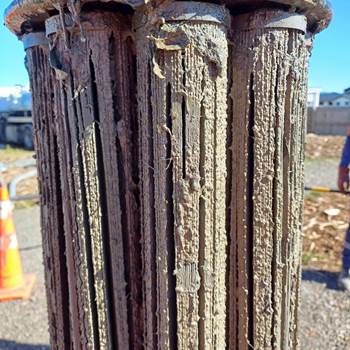
Picture 2: Jelly Fish Filters with all
the contaminants they collected

Figure 3: Washing the filter cartridges
4.20 Staff
conducted water sampling and testing which show these assets are very effective
at removing metals and hydrocarbons.
4.21 A
500m stretch of Poutama Creek, upstream of Berryfield Drive, has been re-shaped
to improve the environmental habitat. The waterway, which serves as a
stormwater channel is home to a variety of wildlife, including inanga, tuna and
numerous bird species. During the work over 1,000 tuna, and approximately 100
inanga (whitebait) were relocated. The new habitat includes better shelters and
a wider variety of habitat for wildlife. Amenity values will be improved
including an accessway to the channel and plantings. The re-shaping work is
complete, planting will happen within the next month. Feedback from the local
community was very positive.
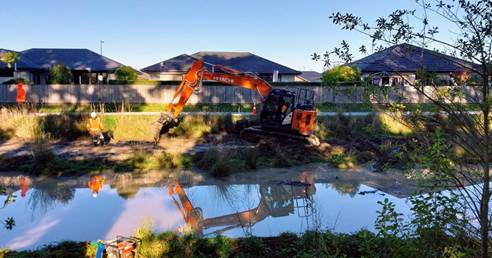
Figure 4: Poutama Creek physical
re-shaping work
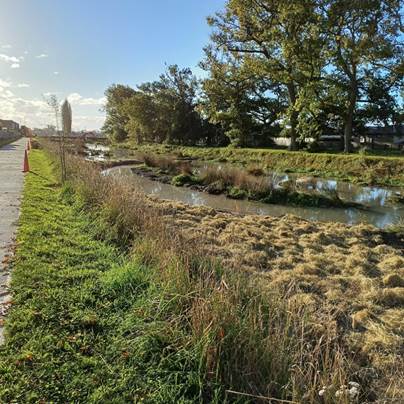
Figure 5: Poutama Creek after the
physical work has been completed
Motueka Tide
Gate Issues at Old Wharf Road
4.22 On
Wednesday, 30 April 2025, the Motueka tide gates were placed into storm mode
for predicted high tides and thunderstorm. While the intensity of the storm was
lower than predicted, the gates operated normally and there were no flooding
issues.
Eastern Hills Creek Planting
4.23 A
few community members have done a great job planting 300 plants that the
Council provided along a stretch of Eastern Hills Creek. The intent behind this
planting is to provide shading for the stream and suppress weeds which will in
turn reduce future maintenance costs.
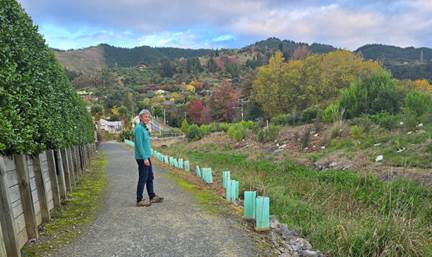
Figure 6: Community member with the
plants she has planted along Eastern Hills Creek
WASTE MANAGEMENT AND
MINIMISATION
Activity
Highlights:
· We are continuing
work to transition to our new waste management contract, which commences in
July
· Recycling contamination at our Materials Recovery Facility
(MRF) has stayed reasonably stable; from 15.1% in February to 15.3% in March
and 14.8% in April.
· We are working with the Ministry for the Environment in
preparation for submitting a funding application for an upgrade to the MRF.
Compliance:
4.24 There
are no non-compliance notices this period, although we are working to improve
litter control at the Richmond Resource Recovery Centre to ensure that no
material leaves the site.
Operations
Update:
4.25 Kerbside
collections continued as normal during the period, although one safety incident
involving one vehicle occurred. No kerbside audits were carried out during
April due to staff illness.
4.26 Litter
traps have been installed in all storm water sumps at the Māriri Resource
Recovery Centre (RRC).
4.27 Contract
1585 (for replacement offices at the Richmond RRC), has now closed and the
evaluation has taken place. Enabling work for the office and car park are
progressing well including approval for service connections.
4.28 The
old wood and coal yard at Fittal Street has been cleared by the contractor that
was working on a Nelson Regional Sewerage Business Unit (NRSBU) contract. The
yard is now being used to store diverted material from the Construction &
Demolition Diversion (C&D) trial.
4.29 The
construction of the Māriri RRC access road is now complete. Approval has
now been given to action the new layout. The change over will be early June
2025.
4.30 The
second phase of the C&D trial at Richmond RRC is ongoing, with an increase
in traffic and materials. We are continuing to work with our contractor to
optimise these operations.
4.31 Mobilisation
for our new waste management contract (Contract 1440) is underway and
progressing as expected with regular meetings and processes on track. At this
time the new kerbside collection vehicles are in country and bodies in
construction. There have been some delays with some components, which may push
out the delivery of the new trucks out a few weeks. Plans are in place to
ensure that there will be no reduction in service.
4.32 The
MRF will be handed over to the Council at the start of Contract 1440.
Council staff will be closely involved with the running and management of the
facility, so will have to upskill on all aspects of the operation and
maintenance. Council staff will be involved with the routine servicing to
ensure that it is completed to the manufacturer's recommendations and to gain
an in-depth knowledge of the facility so that programmed maintenance is
actioned in a timely manner to reduce the risk of down time. Negotiations are
ongoing regarding the ownership of the “critical spares” items.
4.33 There
was an accident on Monday 28 April 2025 involving a Recycling truck on the
Tākaka Hill. There was no other vehicle involved as the truck tipped over
on a righthand bend. The driver was taken to hospital and fortunately only
received a broken wrist and some bruising.
4.34 We
are working with the Ministry for the Environment in preparation for submitting
a funding application for an upgrade to the MRF. This is likely to be a
substantial application for a multi-year project, using contestable funding and
Council’s entitlement from the waste disposal levy.
4.35 On
19 May 2025 we will be meeting with waste management contractors in the region
to give them an update on activities and receive feedback.
Waste Minimisation (funded by
the Waste Minimisation Fund)
4.36 The
latest round of the Waste Minimisation Projects grant scheme closed for
applications on Monday 31 March 2025. This round has been more extensively
publicised with direct communications to target specific community,
professional and business groups in addition to the usual Newsline, social
media and mailing list approach. Applications are currently being assessed in
preparation for the Community Grants Subcommittee meeting in early June.
4.37 We
have now received the waste report from the contractor for deconstruction of a
Council-owned house at 520 Hill Street South (Richmond South Reservoir site).
They have reported handling a total of 81 tonnes of material, of which 85% was
diverted to either reuse or recycling. These figures exclude concrete.
4.38 The
C&D diversion trial at the Richmond RRC experienced a strong increase in
both the number of loads received and the volume of material processed during
the first quarter of 2025. During this period, diversion has averaged 0.7
tonnes per day of operation, which is close to triple the average diversion in
the first part of the trial. Some of this increase may be seasonal variation,
but much of it is expected to reflect growing uptake of the service. The trial
was planned to continue through to Monday 31 March 2025 and this has been
extended to Monday 30 June 2025.
4.39 The
increased tonnages in the trial cause a proportional increase in some of the
operating costs. We are reviewing options for reducing these costs and/or
increasing revenue to offset. One option is the establishment of a reuse shop
at the Richmond RRC, which will be discussed with the RRC operations contractor
at the next contract meeting.
4.40 A
Scoping Report for the trial has been submitted to the Ministry for the
Environment (MfE). This report will be assessed by MfE to determine if we are
meeting our funding obligations for this project.
4.41 We
are currently planning the next Better Building Breakfast event, which will
target greater engagement from suppliers and building design professionals. Our
objective is to have building waste minimisation event(s) hosted by suppliers
in May 2025.
4.42 Mandatory
reporting of waste levy spending and annual waste quantities commences in the
next financial year and we have been engaging with MfE to prepare for this.
4.43 We
are continuing to work with Nelson City Council through a business case for
diversion of household food waste from landfill. We have recently received the
detailed technical report and expect the business case by the end of June.
Recommendations from this work will feed into LTP considerations in the new
year.
FINANCIAL UPDATE
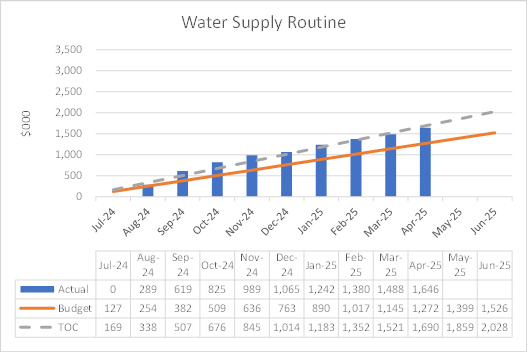
4.44 Water
Supply Routine is over budget but tracking close to the Target Outturn Cost and
like last year. A significant part of the cost overrun is due to unbudgeted
costs for mandatory sampling and monitoring to meet the new drinking water
standards.
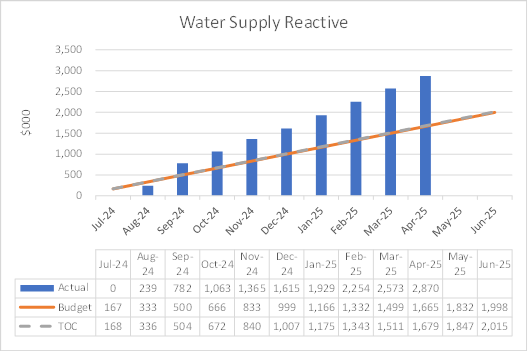
4.45 Water
Supply Reactive costs are well over budget and at a similar level to last year.
A decision was made in the Long-Term Plan (LTP) to reduce the reactive
maintenance budget, knowing this was a risk due to the condition of older
asbestos cement pipes in the region. Pipe failures continue to be high due to a
lagging renewal programme. New requirements to comply with the water regulator
Taumata Arowai standards are leading to an increase in reactive work for water
quality issues and reservoirs.
4.46 Reactive
jobs to date number:
· 854 leaks
· 21 Third party damage
· 77 locates
· 25 new connections
4.47 We
cannot ignore leaks and until the water mains renewal programme addresses the
issue of aging pipes reactive maintenance will continue to be high. Although
third party damage is still occurring it is encouraging to see that 77 locates
of services have been requested.
Larger jobs attended this year include:
4.48 August
2024: O’Connors aeration tower $27k, 110 Queen Street, Richmond leak
$41k, 165 Whitby Road, Wakefield burst water main $21k, 65 Martin Farm Road,
Kaiteriteri leaks (x3) $49k.
4.49 September
2024: 21 Farnham Drive, Richmond copper lateral leak $14k, 49 Oxford Street,
Richmond blown water main $17k.
4.50 October
2024: Corner Staig Street / Todd Place, Richmond valve leak $18k, Mellifera
Place, Richmond meter leak $12k, 155 Waller Street, Murchison burst water main
$12k, 40 Clifford Road, Wakefield burst water main $13k.
4.51 November
2024: Thorp Street, Motueka leak $11k, Hart Rise, Richmond pump servicing $14k,
Katania Heights, Brightwater pump servicing $24k, district generator load
testing $27k, Kingsley Place Richmond leak $12k, 245 High St Motueka leak $14k.
4.52 December
2024: 85 Whitby Road, Wakefield burst water main $12k, 16 Martin Avenue,
Wakefield leak $12k, Dovedale low raw flow $23k, Pomona Road Reservoir
underground cable cover $12k, Wharf Road Motueka split main $10k.
4.53 January
2025: 13 Gladstone Road, Richmond leak in lane on SH6 requiring traffic
management $14k, Golden Hills, Redwoods aeration tower upgrade $22k, Waller St
Murchison burst $13k, 46 Jeffries Road Brightwater relay main $12k.
4.54 February
2025: 866 Abel Tasman Drive, Pōhara leak $10k, Nayland Road, Stoke leaking
fire hydrant outside ENZA $12k, 11A Kinsley Place, Richmond leak $12k, Richmond
water treatment plant wiper switch fault $12k, 11 Parker Street, Motueka leak
$13k, 189 Aniseed Valley Road, Hope leak requiring traffic management $13k,
1419 Dovedale Road, Thorpe blown water main 150mm asbestos cement $13k,
Richmond water treatment plant programming operation jobs $16k, 106 Main Road,
Tapawera burst water main $27k.
4.55 April
2025: Collingwood water treatment plant universal power supply $17k, Mapua Rise
blanking main off $16k.

Wastewater
Routine costs are over budget.
4.56 Larger
jobs include:
· August
2024: Tākaka wastewater treatment plant service 2 outgoing pumps for rapid
infiltration basins $62k
· January
2025: Replace filter fabric in Tākaka rapid infiltration basins $12k, purchase
of ACTI-Mag for summer odour control $32k
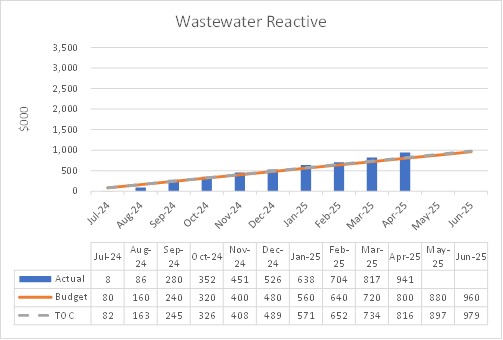
Wastewater Reactive costs are
over budget.
4.57 Reactive
jobs to date number:
· 81 blockages
· 88 electrical faults
· 324 mechanical faults
·
156 low pressure pump system issues (59 of the pumps were sent to
Christchurch for repair)
· 16 breaks / overflows /
discharges
Larger jobs include:
4.58 October
2024: Broadsea Avenue, Ruby Bay blockage $10k, Golden Bay planned power outage
$11k.
4.59 November
2024: Fittal Street penstock valve work $22k
4.60 December
2024: Tākaka wastewater treatment plant generator controller fault $15k.
4.61 January
2025: Tākaka wastewater treatment plant no water $11k, Tākaka
wastewater treatment plant aerator fault $17k, Courtney St Motueka wastewater
pump station communications fault $9k.
4.62 February
2025: Takaka wastewater treatment plant rapid infiltration basin sensors 14k.
4.63 April
2025: Electrical after-hours pump station year to date $21k, 3 Blair Terrace
Richmond blockage $10k, district wide storm response 3 and 4 April $11k.
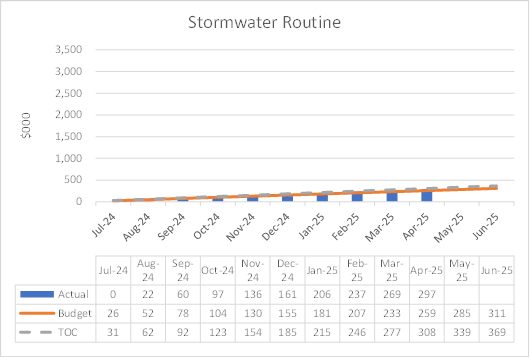
4.64 Stormwater
Routine costs are slightly over budget, although we are working to reduce costs
in this area. This budget includes stormwater sampling every two months at 40
locations, vegetation control and weed spraying at over 100 locations.
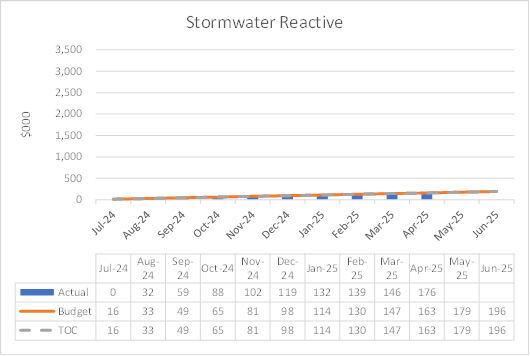
4.65 Stormwater
Reactive costs are over budget due to additional weed control expenditure in
drains and creeks.
Larger jobs include:
4.66 December
2024: White Road, Hope - local deepening of stormwater channel $8k, Whitby
Road, Wakefield - channel cleanout $10k, Richmond creeks and drains - spraying
of water celery and Vietnamese parsley $20k.
4.67 April
2025: Old Wharf Road flood gate storm damage $15k.
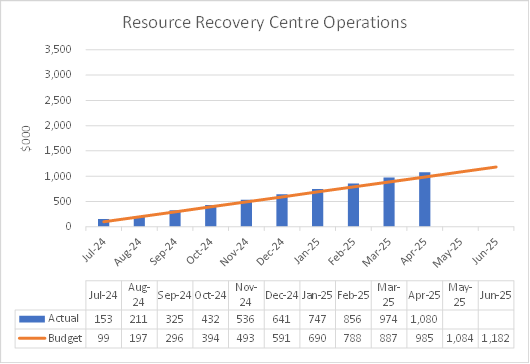
4.68 Resource
Recovery Centre operations are currently running in excess. This increase of
cost is due to additional staff to manage waste diversion at the Māriri
site, additional equipment at the Tākaka site and operating costs not
budgeted at the Collingwood site.
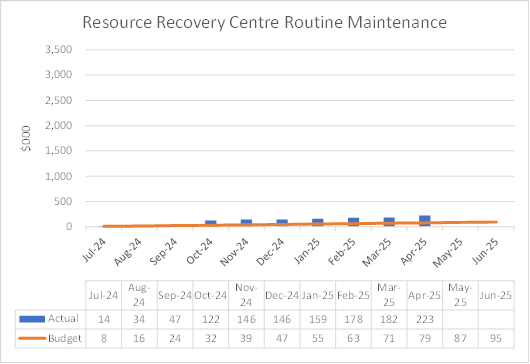
4.69 The
Resource Recovery Centre programmed maintenance is over budget due to routine
servicing on compactors and vegetation control on some sites.
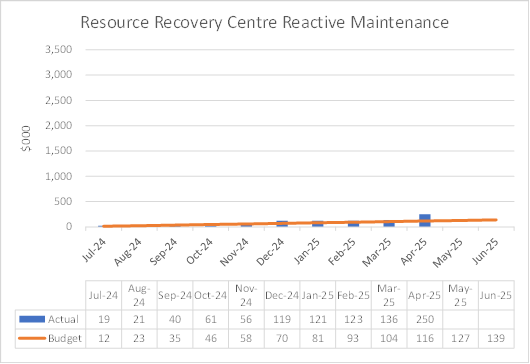
4.70 Resource
Recovery Centre reactive maintenance is higher than budget due to additional
servicing and repair of waste transport bins, kiosk damage and resolving an
unsafe rock face at Tākaka and heavy maintenance of the waste compactor at
the Māriri RRC.
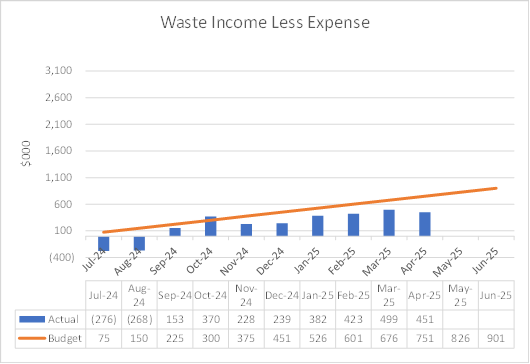
4.71 Waste
Income less Expense is the sum of resource recovery centre income for waste,
greenwaste and other items less the transport and disposal costs for these
materials. The variance this year is driven by a reduction of waste delivered
to resource recovery centres, particularly the Richmond site which is running
well below budget, likely due to less waste generation and diversion of some
loads direct to the York Valley landfill.
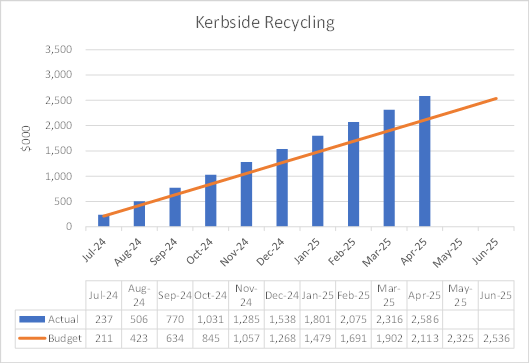
4.72 Kerbside
is tracking above budget due to property growth being greater than forecast and
an error in Materials Recovery Facility budgeting ($150k).
Roading Activity Update
5.1 High
profile works such as Wensley Road and Talbot Street in Richmond have now been
completed. A summary of key points of the Wensley Road works is included below.
A summarisation of the Talbot Street works, and another milestone activity, the
resealing programme will be provided in the next Operation's Committee
Report.
5.2 During
the period there were several heavy rainfall events, which fortunately did not
cause any significant issues, and were readily dealt with. The only concern
with these and any similar events that might occur between now and the end of
the financial year (30 June 2025) is that the maintenance budgets used to fund
these activities, so any further work will increase the overspend amount for
2024/25.
Landscape Maintenance
Proposed Reduced Level Of Service – Draft Annual Plan
5.3 The
draft Annual Plan 2025/26 budget for landscape maintenance is proposed to be
$150,000 less than required to maintain current level of service for existing
planted garden beds in streets across the district.
5.4 In
order to stay within the proposed budget, staff have developed a reactive
maintenance strategy that largely ceases proactive maintenance of existing
garden areas along 100 streets in our towns, outside of town centres.
5.5 Planted
street gardens within town centres will be able to be continued at the current
level of service.
5.6 Outside
of town centres, reactive maintenance will only be carried out to keep roads
and footpaths clear of obstructions, and consist of either:
5.7 Mowing
using the Council’s rural roadside mower (which would leave detritus and
possibly damage plants)
5.8 Spraying
(to kill off vegetation and prevent it from regrowing) where mowing is not
feasible (for example, flax bushes or areas unreachable by the mower)
5.9 Hand
trimming if neither mowing nor spraying are feasible, although this might be
unaffordable.
5.10 Examples
of sites on higher-profile streets affected by the proposed change are shown
below. These planted gardens, and many others, will deteriorate in condition
and become visibly unkempt. It is expected that this change would generate
significant public interest, particularly after 6-12 months of reduced
maintenance and once mowing or spraying are carried out.
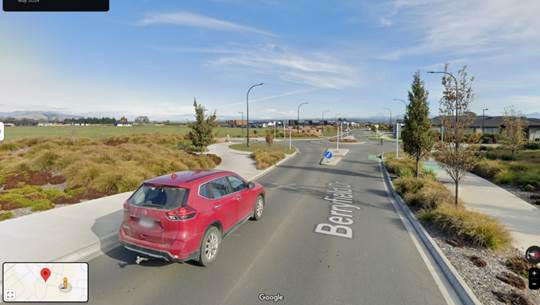
Picture
1: Some of the Berryfield Drive planted areas
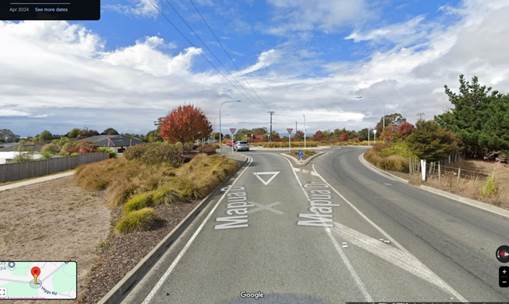
Picture
2: Some of the Mapua Drive planted areas

Picture
3: Some of the Hart Road / Sabine Drive planted areas
Alliance Contract Area
Wensley Road
Rebuild
5.11 Since
mid-February 2025, significant resources have been gainfully employed on this
project, widening, structural road strengthening and rebuilding two sections of
an important transport link in Richmond. The existing road structure dated from
the 1970s.
Challenges
· Relatively
large scale, complex project with many facets (traffic and access management,
underground services, land entry agreements, retaining walls,
drainage).
· Coal
tar removal.
· Full
road closure.
· Precision
work to widen key sections.
· Collaboration
with affected residents, community organisations and businesses.
· Collaboration
with various business partners to ensure best quality delivered
throughout.
· Tight
timeframe
SITE
1 from Waverley Street intersection to Surrey Road intersection
· Magnum
stone wall Installation outside two properties
· Driveways
adjusted to align with the new footpath levels
· Timber
retaining wall outside one property was installed
· Road
excavation: coal tar was excavated from the roadway and separated for
specialised disposal
· Sumps
and pipe connections along with fibre and power box relocation
· New
kerb & channel, and new footpaths installed
· Vegetation
removal and landscaping
· New
raised pedestrian crossing
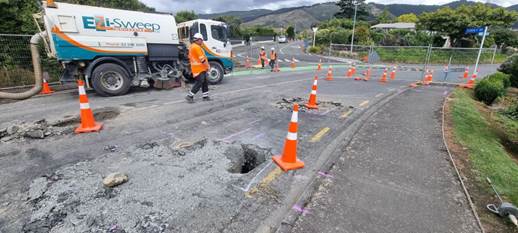
Picture
4: Service locates Wensley Road
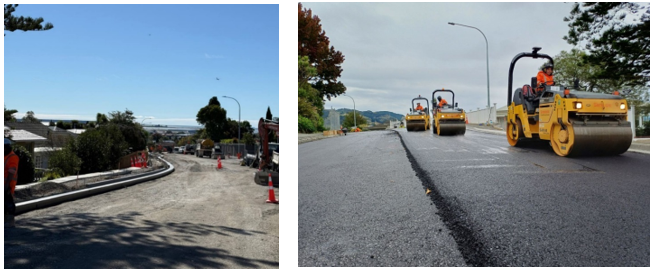
Picture
5 & 6: Rebuilding and asphalt application
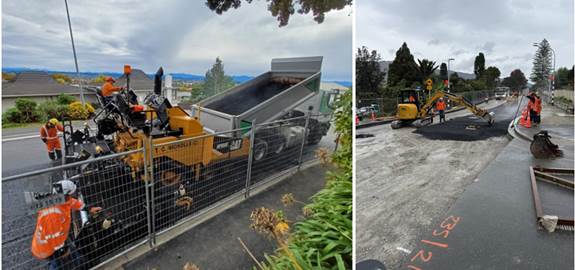
Picture
7 & 8: Rebuilding and asphalt application
Retaining
Wall and fence installation
5.12 Magnum
stone retaining walls were installed outside two properties giving a smart,
functional and cost-effective finish.
5.13 Magnum
stone is a pre-cast concrete block weighing up to 630kg each, perfect for
retaining walls

Picture
Collection 9: featuring the magnum stone retaining wall.
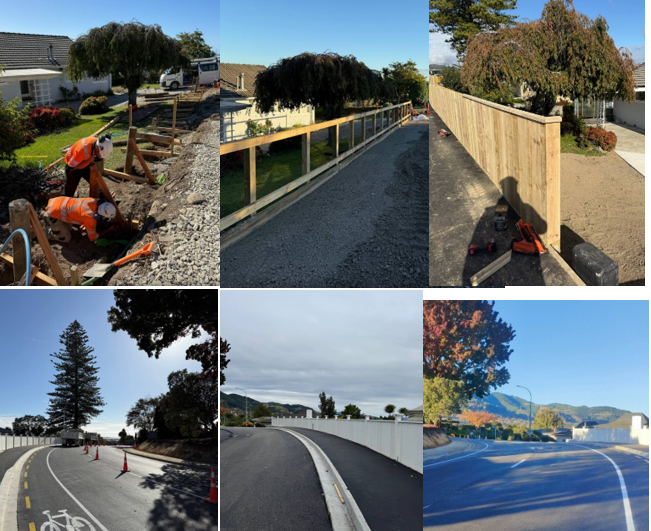
Picture
Collection 10: Featuring the fence installations
5.14 Pedestrian
Crossing was reinstated and raised at the Wensley Road, Waverley Street
intersection
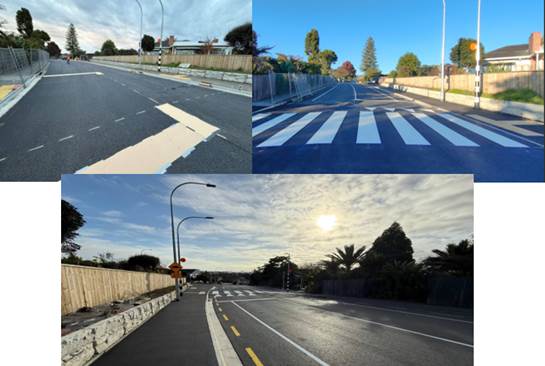
Picture
Collection 11: Three pictures featuring the Raised Pedestrian
Crossing.
Site 2 – from Richmond Cemetery to West Avenue
5.15 Site
2 work included excavation and removal of coal tar. An old AC water main was
also removed and a temporary water main installed to allow excavation over
shallow existing main. Hydrants, valves, and manhole adjustments were carried
out. Backfilling and compaction followed by final base course preparation
pre-empted a 215mm AC layer and line marking to complete the job.
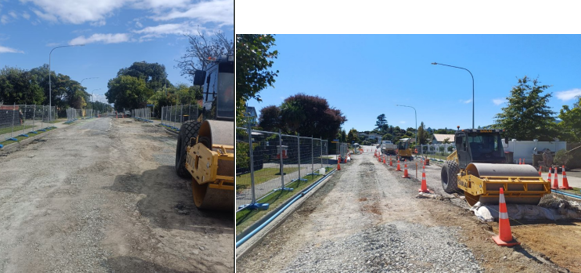
Pictures
12 & 13: Works Richmond cemetery to West Avenue
Wensley
Waverley Intersection
5.16 Toward
the end of the main rebuild at Site 1, the team extended the closure to include
the Waverley Street intersection to improve the strength of the road in this
section.

Pictures
14,15 & 16: Wensley Waverley intersection work
Maintenance
between sites 1 and 2
5.17 After
opening site two, the team continued down the road, digging out and
strengthening eight patches between West Avenue and Surrey Road, completing
footpath work and crack sealing.
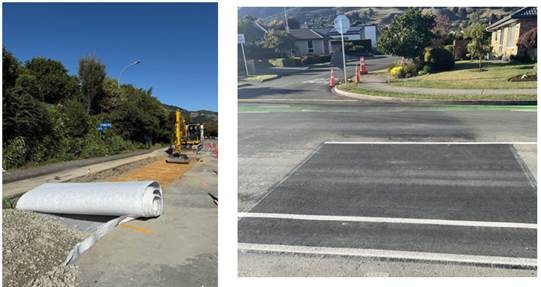
Pictures 17 & 18: Works undertaken between sites 1 and
2
What’s
New:
5.18 Wider
Road and New Cycleways – The road has been widened to include dedicated
cycle lanes, improving safety and encouraging alternative transport.
5.19 Speed
Cushions Removed – With a stronger wider road and safe space for
cyclists, the need for speed cushions has been eliminated, with a zebra
crossing on a new raised safety platform. The speed limit has now returned to
50km/h.
5.20 Long-Term
Durability – The road has been fully strengthened through these two
sections, reducing the need for ongoing maintenance in the future.
5.21 High-Quality
Finish – A durable, smooth asphalt surface ensures a better driving
experience for all users.
Talbot Street
5.22 At
time of writing work was almost complete, and more detail will be provided in
the next Operations Committee Report.
Golden Bay and Murchison Area
5.23 The
Kahurangi team’s programme achievement raised to 82% during April
2025.
5.24 Murchison
and Golden Bay areas were hit by two small weather events in April 2025. We had
road washouts on Rameka and McCallum Roads and major slips on Matiri Valley
Road.
5.25 Maruia
Saddle Road developed major cracks from water movement causing the road to
slump in places - the road is closed to allow assessment of pavement movement
and remains too dangerous to put plant and people on it to enact a repair. It
is likely to remain closed for some time.
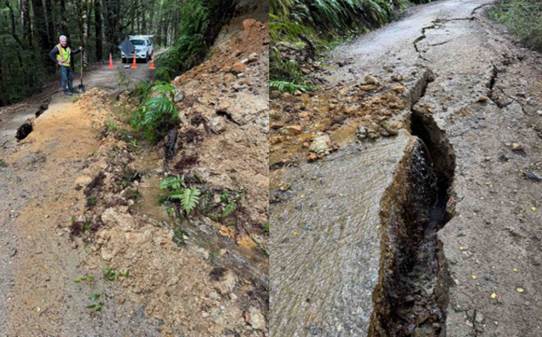
Pictures 19 & 20
Maruia Saddle Road – Storm Damage
5.26 The
April programme achievements included:
· Braeburn
Track culvert replacement;
· Cobb
Dam Road new kerb and channel, culverts unblocked, culverts replaced, digout, clear
water tables and rip and remake;
· Mangles
Valley Road – pavement repair; and
· Maruia
Saddle and Matiri Valley Roads culvert inlet/outlet repairs and installation and/or
replacement of culverts.
5.27 The
May programme includes:
· New
kerb and channel on Cobb Dam Road, along with more culverts replaced, a digout
and two areas of rip and remake.
· Rip
and remake depression on Mangles Valley Road.
· Culvert
repairs and replacement on Matiri Valley Road
· Aggregate
laid and culverts cleared and/or replaced on Tutaki Road South
5.28 April
2025 quantities achieved:
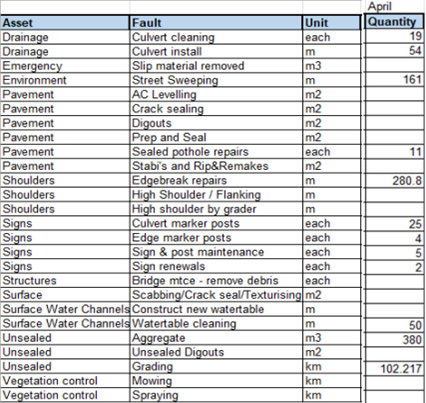

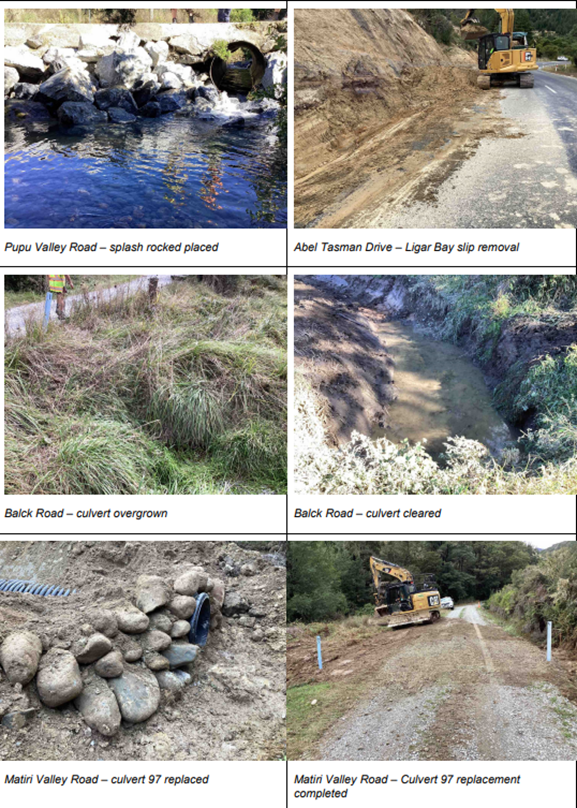
Picture
collections 20 & 21 - Selection of Network photos for April and
Early May
Road Safety
Abel Tasman
Drive, Pōhara to Tarakohe Vulnerable Users
5.29 Staff
have carried out investigations of options to improve the road infrastructure
on Abel Tasman Drive between Pōhara and Tarakohe, following concerns
raised by road users after recent incidents involving cyclists. Currently the
road is narrow with minimal grassed shoulder in many places, and a steep drop
off to the sea below.
5.30 One
option is based on the concept developed by the Golden Bay Cycle and Walkways
Society for a shared path on the seaward side, along a widened shoulder which
would also include structures to bridge some narrow areas. This would provide a
safer space for pedestrians and cyclists to share a path away from traffic. It
has a rough order cost of $3.3 million. The main risks and uncertainties
include lack of geotechnical investigations for the foundations for the
structures, consenting issues for potential works in coastal marine area, and
type and extent of barrier or handrail system required to protect users from
falls and to keep vehicles off the path structures.
5.31 A
second lower-cost option is to do localised seal widening where possible to
create isolated sealed pull-in areas along the seaward edge. This would provide
widened areas along about 40% of the route length (384m out of 925m) but would
not provide a continuous path, nor offer any protection from falls. It has a
rough order cost of $300,000.
5.32 The
Long Term Plan 2024/34 does not include funding for these improvements.
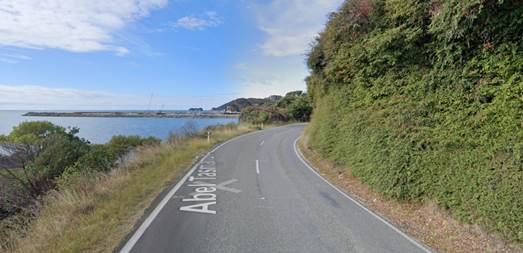
Picture
23: View of Abel Tasman Drive near Port Tarakohe
Crash Data
5.33 The
Crash Analysis System has recorded three fatal and 23 serious injury crashes to
date this fiscal year, with 8 serious crashes (highlighted in grey) occurring
since the last report. The crashes are described as follows:
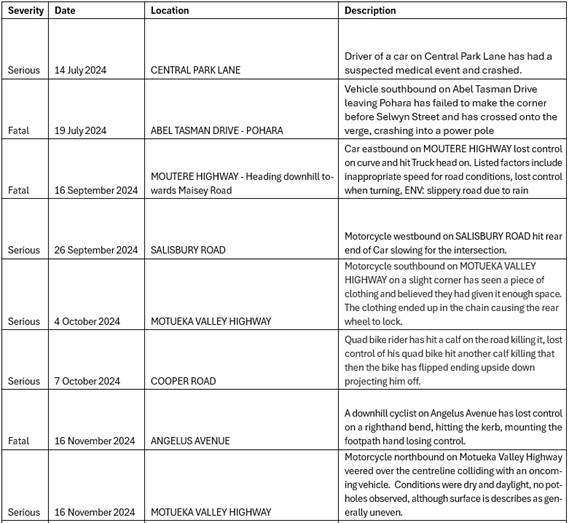
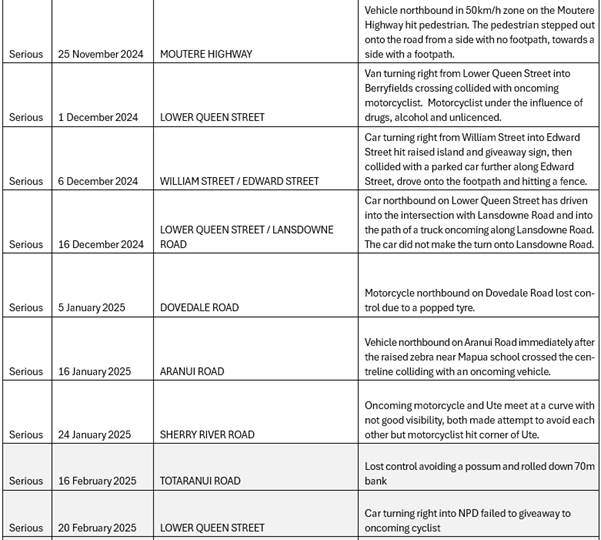
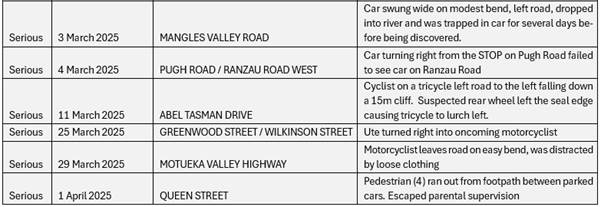
Taman’s Great Taste
Trail
5.34 Riding
incidents that have come to our attention are:
5.1
5.2
5.3
5.4
5.5
5.6
5.7
5.8
5.9
5.10
5.11
5.12
5.13
5.14
5.15
5.16
5.17
5.18
5.19
5.20
5.21
5.22
5.23
5.24
5.25
5.26
5.27
5.28
5.29
5.30
5.31
5.32
5.33
5.34
5.34.1
A rider tackling a short steeper section on the
trail from Norris Gully to Kohatu failed to change down gears, came to a stop
and fell on the trail. Downhill riders skidded to a stop before colliding with
the prone cyclist. The site already has SLOW warning signage for downhill
cyclists and a steep grade, change down sign
will be added.
5.34.2
A cyclist became disorientated on the tunnel fell and cut their face
requiring ambulance and fire. Fire could not open the access gate as it had
been vandalised and walked the patient out. Advisory signage exists at the
tunnel and recently the side reflectors delineating the tunnel edges have been
improved.
5.34.3
A rider fractured their collar bone riding clipped in and losing control
downhill on the gravel road from the Baton Saddle to the Baton suspension
bridge.
5.34.4
A 10-year-old cycling through the tunnel with no light and left behind
by their adult supervisor fell against the tunnel sides grazing their
arm.
5.35 We
continue to receive complaints about motorcyclists using the trail and continue
to see damage to our bridge infrastructure from these users. Gates have
been reintroduced, and additional motorcycle squeeze barriers will be added
when budgets allow. It is proposed to seek Council approval to add suitable
parts of the trail to our Traffic Control Devices Bylaw as a shared path as
part of the next Bylaw update shortly.
5.36 OneFortyOne
are harvesting in and around Norris Gully. We have been working together
to produce a detour that allows logging trucks and cyclists to go safely about
their business. One of the detour scenarios requires one of our bridges to be
closed and will involve a creek crossing which cyclists will have to dismount
to walk through the creek. The creek is mostly dry but may have water
after rain. The detour involves a 100m section where cyclists will share the
road with logging trucks and cyclists must not move onto this section until
they are sure it is clear, or a logging truck on the section is
stationary. The detour has been in place from Monday, 12 May 2025, and
the harvesting will continue until early July 2025. OFO have made every effort
to start this work as late in the biking season as possible, and to keep this
section open during harvesting and we are grateful to them for this.
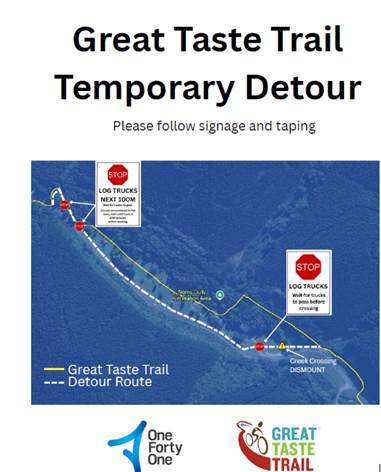
5.37 Tunnicliff
forest area beside Tasman’s Great Taste trail by the Wai-iti Domain will
also be harvested in the next two-three months which will require a closure of
the trail. We will be investigating detour options.
Cycle counts
5.38 Since
2019 we have been counting cyclists on our key cycle routes for a weeklong
period during summer when school starts back, so that the data is comparable to
previous years. Most of these counts use tubes on the road, in the places we
expect cyclists to travel. As can be seen in the chart below, there is a lot of
variation in the counts from year to year. This may be due to cyclists
by-passing the tubes or finding different routes. For example, when observing
the High Street and Whakarewa Street counts, many cyclists were observed
cutting through the adjacent carpark areas. The counts on Tasman’s Great
Taste Trail are more reliable, as MBIE funded installation of permanent
counters, and there are usually less route choices.
5.39 The
table below shows which sites have an increasing trend, and which sites are
decreasing. It is difficult to link decreasing cycle counts at a
particular site with decreasing cycle numbers overall. For example, on
Salisbury Road near Talbot Street we observe many cyclists using local roads
Linden Court and Elizabeth Street, particularly since crossing points on Talbot
Street at these locations have been improved. One of the intentions of
these D’arcy Street/Elizabeth Street improvements was to encourage
walking and cycling use filtering through the neighbourhood but this is
difficult to count as it is spread across several routes.
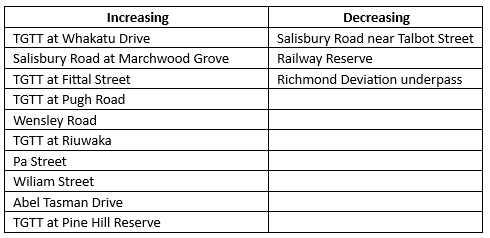
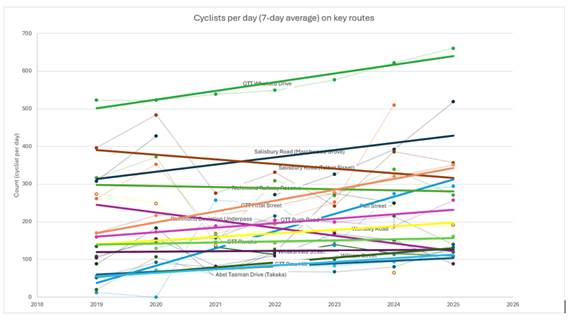
5.40 Of
the new counts added post Streets for People and Transport Choices projects,
the data is shown on the chart below.
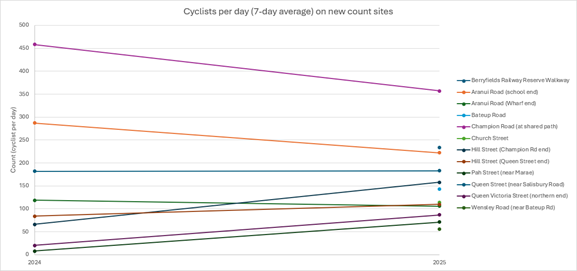
Property Transactions
6.1 To
date, 144 land transactions are in progress. The largest category of
transactions are leases (67-figure 1).
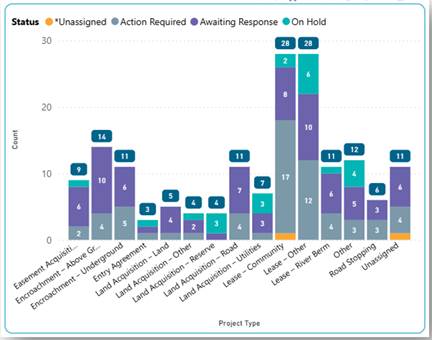
Figure 1:
Property transactions May 2025
6.2 Tasks
which are more than 3 years old have grown slightly to 30 (figure 2). Most of
these are property acquisitions and easements associated with water supply and
wastewater. These can be lengthy and complicated transactions.
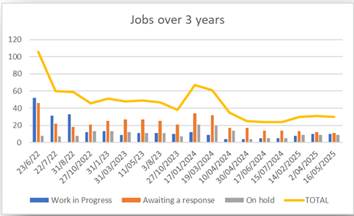
Figure 2 Property jobs over 3 years.
6.3 50 Cuppola Crescent (formerly 50 Patons
Road). The residential property is expected to go unconditional on 19 May
2025 with settlement 30 days after all easements are registered on the new
title. This transaction is consequently early August 2025.
6.4 Following Councils recent decision to
progress selected property sales for debt reduction and a Diversified
Resilience Fund, the following is underway:
· Offer back to previous
owners where required.
· A due diligence for
identified new properties including boundary surveys.
· Sales and legal
strategy.
· Public consultation
planning where required
· Tenant notification.
6.5 The
Motueka Service Centre and carpark (7 and 8 Hickmott Place) is on the market
with tender prices due on 23 May 2025. There has been a lot of interest. The
process has generated a plausible alternative option for new premises. This
will be presented for consideration by Council as part of the tender review
process.
6.6 Staff
are investigating charging for parking in the Waring carpark. At this stage,
there does not seem to be any impediments.
Fleet
Battery Electric Vehicle -
energy costs:
6.7 Councils
10 Battery Electric Vehicles (BEV’s) have driven 150,989 km for the 10
month period - 1 July 2024 to 30 April 2025.
6.8 Energy
use was 23,500 kWH for Councils BEV’s for this period. Using an
average energy rate of $0.21/kWH this is equivalent to $4,950 for this period
or 3 cents per km.
6.9 Road
User charges are significantly higher than this at about 8 cents per kilometre
and account for 70% of Councils BEV mileage costs (figure 3).
The total km cost for Council electric vehicles, including road user charges,
is 11 cents per kilometre.
6.10 In
comparison, the average cost of petrol in New Zealand per kilometer varies
depending on fuel consumption and petrol prices, but a reasonable estimate is
around 20-30 cents per kilometer for a typical petrol vehicle.

Figure
3: BEV Costs
6.11 Utilisation.
Including the new regulatory team, there are 48 vehicles on Councils fleet.
Analysis indicates a buffer in the fleet of two vehicles, largely in the
General Pool and Regulatory fleet. Management will continue to ensure
that there is the right mix of vehicles in the vehicle pool to encourage uptake
and seek opportunities to reduce dedicated vehicles.
Facility Maintenance
6.12 Richmond
Library - Repairs have commenced. The front of the library will need to be
closed off in June 2025. All works should be completed by the end of September
2025.
6.13 Motueka
Recreation Centre – A report from our contractor has been received on
long-standing leak issues. Contra to previous reports, they indicate that the
issue is the previous repair methodology rather than structural.
Recommendations for repair will be raised with the roofing contractors as
warranty issues.
6.14 Takaka
Library - The air conditioning system is failing and will be upgraded by
the end of the financial year.
6.15 Golden
Bay Arts Centre - Repairs to remedy a long-standing issue with rising damp
will take place this winter. The Arts Centre Community will redecorate
following these repairs. Completion is expected late August 2025.
Events
6.16 Port
Tarakohe - The official opening for the Port Tarakohe services facility
will take place on the 18 July 2025. A blessing for the building is
planned at daybreak 4 July 2025. Staff and Port users will move into the
building after this. The build is progressing well, looks spectacular, and is
on budget and time.
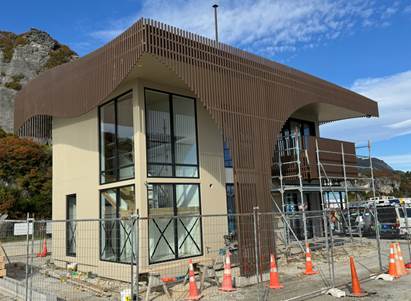
Figure
4: Port Tarakohe progress 15 May 2025
Charitable firewood event
6.17 This
year’s charitable firewood event took place on Saturday, 10 May 2025. Two
hundred tickets for a trailer load of unsplit firewood were sold for $100
each. Consequently, $20,000 was raised for the Hospice and Women's Refuge
charities.
6.18 The
event was well organised by Tasman District Council staff. We would like to
thank the team at PF Olsen (who helped with the organisation and support on the
day), Steve Thompson Limited who supplied the excavator and operators, and
Downer who provided the traffic management support.
6.19 The
feedback from members of the community has been very positive.

Figures
5 & 6 Vehicles queueing for loading, and still smiling after a tiring day
7. Reserves and Facilities
Community Housing Waitlist
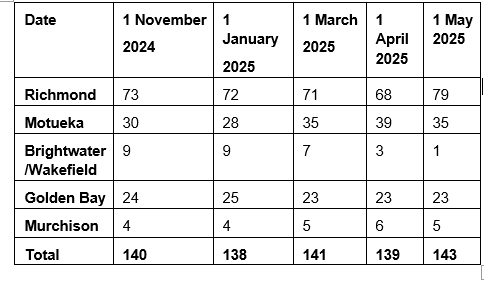
7.1 Three
residents moved on this month and while selecting new tenants, several
applicants were removed from the waitlist for various reasons. Coming into the
colder seasons we have a steady flow of new applicants to take their place.
7.2 Council
cottages are currently at 100% occupancy with all upgraded/renovated units
tenanted.
7.3 Most
of our 1980’s houses have the infamous Dux Quest plumbing that is now
failing, sections are repaired with tenants in situ with a full replacement
completed once we have a vacancy. A couple of units have presented
ongoing issues. Given the volume of problems, waiting for a vacancy may not
always be feasible. In such cases, we will need to arrange temporary
accommodation for tenants during the water shut-off period required for full
replacement—particularly for those without family or friends who can host
them.
Community Halls
7.4 All
2024/2025 Community Hall Capex & maintenance projects are complete or
nearing completion and have come in under budget.
7.5 Requests
from Hall Committees for the 2025/2026 period have been collated. Given the
high volume of submissions, we anticipate being oversubscribed. As a result,
funding will be allocated based on urgency and frequency of use, with the aim
of completing projects within existing budget constraints.
Richmond Ward
Washbourn Gardens
7.6 Work
is underway to construct a new footpath and enlarge flowering borders at
Washbourn Gardens. Other gardens are being adapted to provide the best
displays, and some areas of grass are being reduced. The work is being
undertaken in response to the gardens maturing and changing with increased
shading, foot traffic and other changes designed to reduce vandalism

Picture
1 & 2: Washbourne Gardens
Jimmy Lee Creek Walkway
7.7 This
walkway is an important link in accessing Richmond’s Kingsland Forest, a
new section of walkway is being constructed in partnership with Keep Richmond
Beautiful (KRB) to enable better access. KRB will also host a planting day,
after completing extensive weed control work.
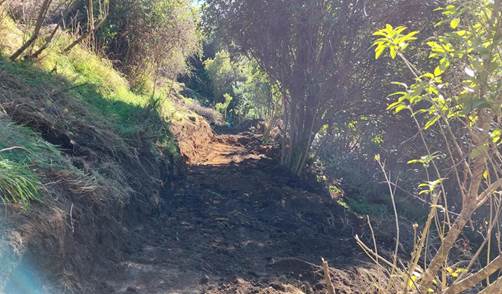
Picture
3: Jimmy Lee Creek walkway
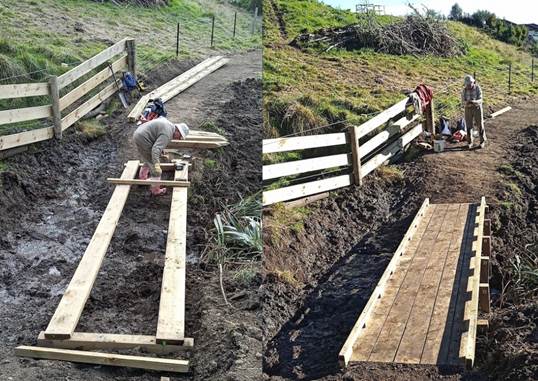
Picture
4: Track construction by Keep Richmond Beautiful
Moutere Waimea Ward
Wakefield Recreation Reserve
7.8 Construction
of a new path through the reserve was completed recently. It was a
collaboration/cost share between the Council and local contractors through
their community funding scheme. The new path leads between the riverbank
and playing fields and links the pump track to an existing path connecting
Edward Baigent Reserve.
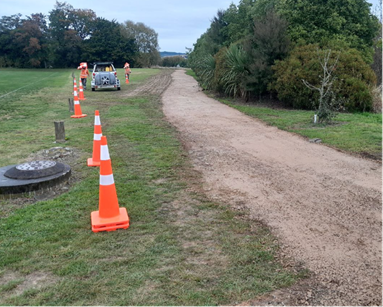
Picture
5: New path through Wakefield Recreation Reserve
Rabbit Island Moturoa
7.9 Roading
contractors are currently working on chip seal repairs in the front beach
reserve. Grading of the gravel road was part of the first phase, and has now
been completed on Rough Island.
Moutere Hills Recreation Centre and Sportfield's
7.10 Rangers
Rugby Club hosted the under6, under7, and under8 season openers on Saturday, 10
May 2025. Local businesses supported the event through generous
contributions, and the entire event was run by volunteers. Rangers raised
$1,500 from shop sales, with all proceeds going directly toward supporting
their junior players.
7.11 The
event drew a great crowd—parents, grandparents, and neighbours all came
out to support.
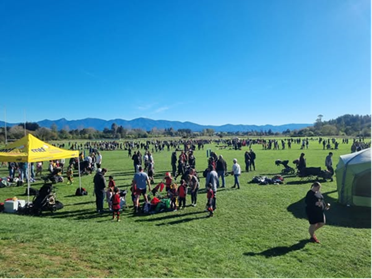
Picture
6: Season opener at Ranger Rugby Club Saturday, 10 May 2025
Sportsfields
7.12 The
Riwaka Tennis Courts' cracked Asphalt surface has been repaired, and lines
repainted by our contractor.
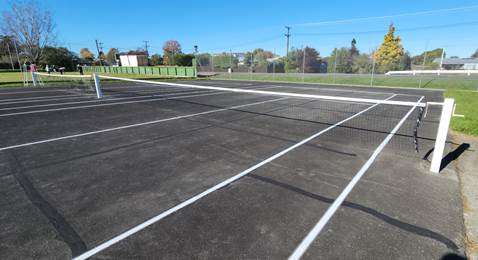
Picture 7: freshly repaired courts at Riwaka
7.13 Golden
Bay Recreation Park tennis court lines have also been refreshed following a
community request.
7.14 Saxton
Velodrome LED floodlights failed this month but were fixed by contractors in
time for regular club meeting.
7.15 Staff
will be meeting with Riwaka Croquet to discuss grounds maintenance.
7.16 Throughout
the district the warm weather and patchy rain has caused rapid grass growth,
making mowing difficult. However no damage from machines has occurred on the
recently renovated paddocks.
7.17 A
leaking cistern at Jubilee Park toilets (outside the new pavilion) has been
repaired; keys will be handed over in July regarding the club’s recent
offer to take over cleaning and opening of the public toilets.
7.18 Keys
to be handed to Wakefield Football Club in July for the public toilets adjacent
to clubroom again due to recent offer of club taking over cleaning and opening
duties.
7.19 Staff
are investigating options for activating Ben Cooper Park floodlights for junior
football. The current setup requires access via the Darts Club, but due to lack
of agreement, we’re exploring installing a separate meter and switch.
Motueka Ward
Decks Reserve Toilet upgrade
7.20 The
contract to upgrade the public toilets will be awarded this week.
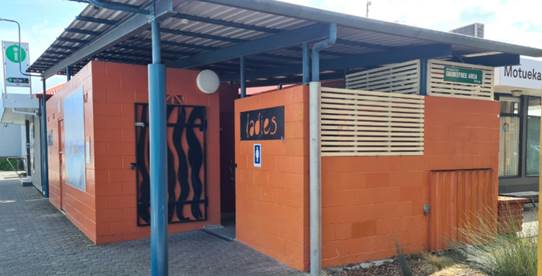
Picture
8: Current toilets at decks reserve
Stephens
Bay to Little Kaiteriteri Walkway upgrade
7.21 The
final walkway section traversing through Dummy Bay is about to be completed. A
boundary adjustment with the owner of 17 and 18 Fairburn Place enables this
walkway to be moved back from the coastal cliff edge. Plantings are being
co-ordinated with the neighbour to establish screening for walkway users and
neighbouring residents.
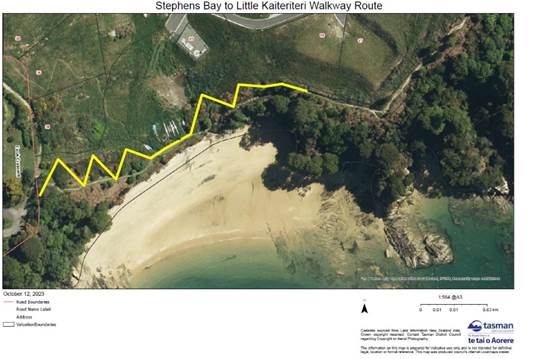
Picture
8: Stephens Bay to Kaiteriteri Walkway
Golden Bay Ward
East Takaka Domain Playground
7.22 The
playground upgrade is now complete.
Pakawau Playground
7.23 Following
discussion with the Golden Bay Community Board regarding a neighbour’s
objection, the next step is to prepare a resource consent application. This
will involve further consultation and include any necessary mitigation
measures. A final decision on the project will be made through this process.
Shade Houses for Hanging Baskets
7.24
Staff have secured plants and liners for this year and met with the Takaka
Primary School principal, who supports hosting the shade houses. Staff are now
awaiting approval from the Board of Trustees. A draft memorandum of
understanding (MOU) has been prepared to outline responsibilities and terms.
Pūponga Road reserve
7.25 Our
Reserves Officer has been working with the local community and iwi on a coast
care planting plan for the foreshore after the 1 May 2025 weather event.
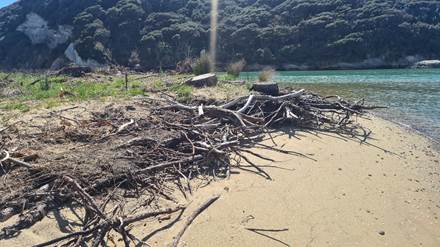
Picture
9: Pūponga foreshore
Pakawau Esplanade Reserve
7.26 The
easterly storm on 1 May 2025 caused additional erosion along the beachfront
area currently subject to a rock wall application. A subsequent drone survey
indicates that the storm removed more vegetation than sand along the foreshore.
The extent of change appears less severe than has been reported by some locals
to Council and the media.
Parapara Esplanade Reserve
7.27 Bishop
Road properties from 76 to 82 experienced some further erosion in the May 1st
event. We have been working with these neighbours for the last two years and
completed a sand push up with plantings. Our coast care work is ongoing, and
further work will be implemented as budgets allow.
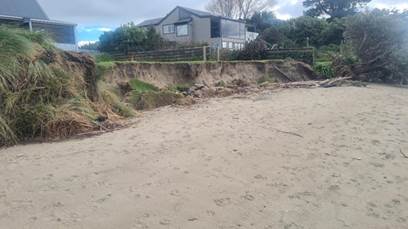
Picture
10: Parapara Esplanade Reserve
7.28 The
Reserves Officer has responded to the resident at 82 Bishop Road regarding
concerns raised following the easterly storm on May 1st. This matter has also
been reported in the media.
7.29 As
background, the Council has been working with neighbours of the Parapara North
Esplanade Reserve (Bishop Road, Nos. 64 to 82) since September 2023, in
response to erosion caused by high tide wave energy earlier that year. Staff
attended a community meeting on 27 September 2023 with 22 local residents,
where a Coast Care Plan was developed. This plan included sand push-up works
and replanting. As the Council holds current consent for sand push-up
activities at Parapara, the work was carried out in late November 2023, along
with the establishment of sand-stabilising spinifex plants.
7.30 This
work has been largely successful but high tide wave attack in April 2024 caused
further cutting back in front of properties 76 to 82 along with the frontage of
Miles recreation reserve.
7.31 It
appears this section of beach is more vulnerable due to the inter-tidal
platform of the beach being slightly lowered, and this allows more wave energy
cutting at the head of the beach. We have observed further cutting back again
this month in an easterly weather system.
7.32 Back
in May 2024 staff revised the coast care plan (see picture 11 below) for
properties 76 to 82 and this was sent out to the residents. The implementation
of this plan is waiting on two actions:
· Sand
levels to rebuild on the intertidal platform to allow sand push up (subject to
survey)
· Support
from adjoining four neighbours to replant the foreshore and esplanade reserve
area to re-build a dune profile for better resilience to high tide wave attack.
(It’s noted these neighbours currently occupy the esplanade reserve as
their property frontage)
7.33 Our
environmental science team are regularly monitoring and surveying the beach,
they have a baseline survey taken in February 2024 a second survey April 2024
and are planning another survey this month.
7.34 We
welcome the opportunity to meet these four neighbours to talk thru our action
plan to rebuild the esplanade reserve frontage.
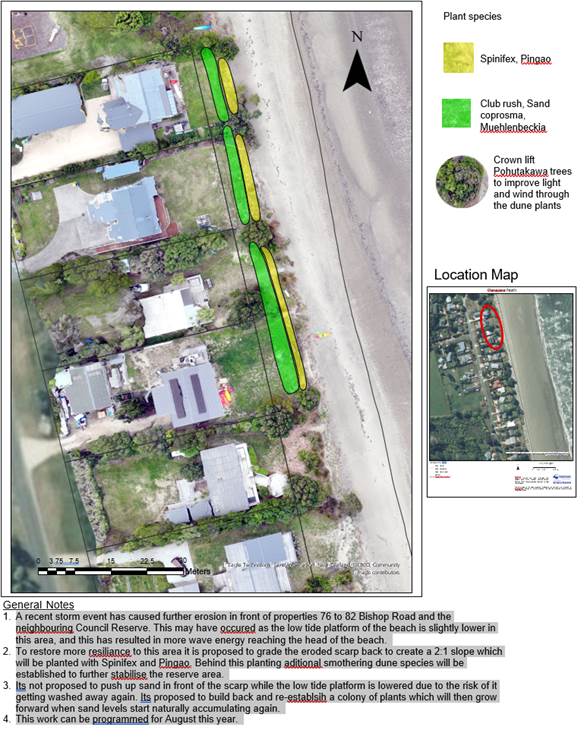
Picture
11: Bishop Road Parapara
Waitapu Bridge Toilet removal
7.35 It
was determined last November this self-contained toilet on NZTA Waka Kotahi
land will be removed due to lack of funding. At the last minute it was decided
to maintain the facility through to March 2025 over the busy summer period and
then removed in April. A final check that all parties are happy for the toilet
to be removed has now been completed and the toilet will be removed before the
end of May 2025.
Operations Committee Agenda – 29 May 2025
7.6 Phase Two - Speed Management Consultation
Decision Required
|
Report
To:
|
Operations
Committee
|
|
Meeting
Date:
|
29
May 2025
|
|
Report
Author:
|
Jane
Murray, Transportation Planning Advisor
|
|
Report
Authorisers:
|
Dwayne
Fletcher, Strategic Policy Manager
|
|
Report
Number:
|
ROC25-05-4
|
1. Purpose
of the Report / Te Take
mō te Pūrongo
1.1 To
seek the Committee’s agreement to consult on speed limit changes for
narrow and winding unsealed roads, peri-urban roads, urban roads with no
footpaths and other specific roads.
2. Summary
/ Te Tuhinga
Whakarāpoto
2.1 The Nelson Tasman Speed Management Plan was approved at a Joint
Council meeting of Tasman District Council and Nelson City Council in August
2024. This was after extensive consultation on speed limits in January and
February 2024.
2.2 In October 2024, the Setting of the Speed Limits Rule 2024 was
released. This Rule requires the Council to re-consult on most proposed speed
limit changes before we can implement our Speed Management Plan (SMP). This
consultation material must now include a cost benefit disclosure statement for
each road being consulted on. The consultation must be
open for a minimum period of six weeks.
2.3 Phase One Speed recommendations were
approved by Council on the 27 March 2025. These changes were lodged
with NZTA Waka Kotahi, and we are currently awaiting certification. Staff
expect to implement these changes Between July and September 2025.
2.4 The following process for Phase Two (narrow
and winding unsealed roads, peri-urban roads, urban roads with no footpaths and
other specific roads) is recommended:
· Quarter 2 2025 - Consult on Phase Two -
further speed limit changes from the SMP
· Quarter 3 2025 - Decide on Phase
Two speed limit changes (by full Council)
· 2026 and beyond - Implement Phase
Two speed limit changes.
2.5 NZTA Waka Kotahi have notified us that
funding through the Local Road Improvements Low Cost, Low Risk programme has
been allocated to us for our speed reductions in relation to School Speeds.
This will be for the 2024/25 and 2025/2026 period for the sum of $404,000.
2.6 Phase Two speed reductions will receive no NZTA Waka Kotahi funding
and will be made through the existing local share of the budget for speed
management. $413,000 has been allocated for this in years 2024/25 & 2025/26 for changes to speeds around schools
($210,000 is the NZTA Waka Kotahi share).
3. Recommendation/s
/ Ngā
Tūtohunga
That the Operations Committee
1. receives
the Phase Two - Speed Management Consultation Report ROC25-05-4; and
2. adopts
the Phase Two - Speed Management Consultation Document and Map Books
(Attachments 1-6 of the agenda report) for public consultation, incorporating
any minor amendments at the meeting; and
3. agrees
that the Phase Two - Speed Management Consultation Document and Map Books, on
speed limit changes for narrow and winding unsealed roads, peri-urban roads,
urban roads with no footpaths and other specific roads (Attachments 1-6 of the
agenda report) be made available to the public for consultation during the
period 9:00am, 4 June 2025 to midnight, 16 July 2025; and
4. delegates
authority to the Chief Executive Officer and the Mayor to make any minor
amendments to the Consultation Document and Map Books prior to them being made
available for public consultation; and
5. notes
that the full Council will consider, deliberate on the submissions, and make
the final decision following consultation on speed limit changes for narrow and
winding unsealed roads, peri-urban roads, urban roads with no footpaths and
other specific roads.
4.1 Central government changes to the
Setting of Speed Limits Rule have meant that the approved speed changes for
Tasman District cannot be implemented as planned and many of the changes
require further consultation.
4.2 The Nelson Tasman Speed Management Plan
(SMP) was approved at the Nelson-Tasman Joint Regional Transport Committee
meeting on 23 July 2024. The draft Setting of the Speed Limits rule was
introduced on 13 June 2024. The draft Rule indicated that any speed
management changes that had been certified by the Director of Land Transport
and added to the National Speed Limit Register prior to the introduction of the
new Rule would be able to be implemented.
4.3 However, the final Rule has added a
requirement that speed limits needed to be implemented (signs installed in the
ground) by 30 October 2024. If the speed limits were not implemented, then any
speed changes (apart from variable speed limits around schools) need to go
through the consultation and approval process.
4.4 Phase One speed changes related to rural
roads around schools, our high risk roads and specific roads related to
McShanes Road. Phase One Speed recommendations were approved by Council on the
27th of March. These changes were lodged with NZTA Waka Kotahi and
we are currently awaiting certification from NZTA at the time of writing.
4.5 In April 2025, NZTA Waka Kotahi
announced that Tasman would be allocated $404,000 for the 2024/2025 and
2025/2026 period for implementing the changes necessary to give effect to
directions set out under the new Rule. This would be through the Local Road Improvements
Low Cost, Low Risk programme. These changes would be related to speed
reductions around schools.
4.6 At the time of writing this report staff
were assessing what this funding support may mean for the Council, and will
provide an update at the meeting. The recommended option is able to be funded
from the currently budgeted 2024-27 local share.
5. Analysis
and Advice / Tātaritanga
me ngā tohutohu
5.1 Through the creation of the SMP, elected
members gave a preference to have a consistent approach to speed management on
the following road types:
(a) unsealed roads that are narrow and
winding, or had tortuous alignment;
(b) peri-urban roads/rural residential
roads;
(c) urban roads without footpaths; and
(d) specific roads that did not feature in
the categories above.
The five Ward
Specific Map books provide all the background details and rationales for each
of the speed reductions proposed (Attachments 2-6).
Unsealed roads that are narrow and winding
5.2 Tasman has a number of rural unsealed
roads that are winding and narrow. These roads don’t have road
markings, and rarely have edge marker posts, or warning signs. The topography
they run through often results in steep banks above the road, steep drop offs
below and limited visibility. The average operating speeds on
these roads is between 17 to 42 km/h.
5.3 It is proposed to reduce the limits on
these roads to 60km/h.
5.4 Consideration could also be given
to increasing the number of advisory signs rather than a reduction of speed
limits in certain locations. This option will be considered once we receive
public feedback.
5.5 In addition, where these winding
roads have small adjacent unsealed side roads, it is planned to also make these
roads 60km/h so there is consistency in speed limits in the area. For example,
Wangapeka Plain Road and Newport Road have been included because they are
adjacent to Tapawera Baton Road. Mead Road has been included as it is adjacent
to Lee Valley Road.
5.6 Our proposed reductions align with the
recommended speed ranges in the new Rule. Schedule 3 of the Speed Limit
Setting Rule lists the speed limit range for unsealed rural roads as 60-80 km/h
and for mountainous or hill corridors (the roads where the alignment is
tortuous) as being 60-80 km/h. We are proposing that these roads are reduced to
60km/h.
5.7 Many of these roads, individually,
appear to have low crash rates. These roads typically carry very low traffic
volumes, making crashes unlikely. In addition, crashes often go unreported on
these roads due to their generally remote locations. However, there have been
64 non-injury, 24 minor injury, and 13 serious injury crashes reported on
unsealed, curved roads with speed limits greater than 60km/h in Tasman over the
past 10 years.
5.8 Speed was recorded as a definite or
likely contributing factor in 41 of these crashes. It was recorded as not
a factor in 35 crashes. Its contribution to the crash was not readily apparent
in the remaining 26 crashes.
5.9 There has been public acceptance
for reduced speed limits on roads such as these. In 2020, the Nelson Tasman
Community Speed Limit Feedback showed that 91% of respondents thought that a
speed limit of less than 100km/h was appropriate for our unsealed rural –
narrow, winding roads.
5.10 The cost to install these signs is less than
$110,000.
Peri-urban roads / Rural residential
roads
5.11 These
roads are within predominantly larger lot residential subdivisions in rural
areas. They are scattered across the District. They usually don’t have
footpaths and have limited road markings. People who are walking or cycling
need to share the road with vehicles. The roads are mainly used by residents,
who also often walk and cycle on them. The current speed limit on many of these
roads is the default rural limit of 100km/h.
5.12 The
average operating speeds on these roads is between 35 to 45km/h. We are
proposing that these roads are reduced to 50km/h or 60km/h depending on the
speeds on similar roads nearby. These proposed limits align with the
recommended speed ranges in the new Rule. Schedule 3 of the Speed Limit Setting
Rule lists the speed limit range for Peri-Urban roads as 50-80km/h
5.13 Nelson
Tasman Community Speed Limit Feedback showed that 90% of respondents thought
that a speed limit of less than 80km/h is appropriate for our rural residential
subdivision roads.
5.14 The cost to install these signs is less than
$130,000.
Urban Roads without Footpaths
5.15 These
are roads are in residential areas that do not have footpaths. Their current
speed limits are typically 50km/h, and it is proposed to reduce them to 40km/h.
This is consistent with Schedule 3 of the Speed Setting Rule, which only allows
a speed limit for urban roads with no footpaths of 40 km/ h. The average
operating speeds on these roads is between 15 to 30 km/h.
5.16 An exception to the proposed 40km/h limit is
Inlet Road in Kaiteriteri which we recommend be reduced to 30km/h, aligned with
the other roads in the township.
5.17 We also propose that Tapu Place and the end
of Cook Crescent in Stephens Bay are reduced to 40km/h. They have footpaths,
but none of the other adjacent roads do. For consistency staff recommend a
speed reduction.
5.18 Nelson Tasman Community Speed Limit Feedback
showed 86% of respondents thought that a speed limit of less than 50km/h is
appropriate for our residential street, no footpath.
5.19 The cost to install these signs is less than
$50,000.
Specific Roads
5.20 These are roads that do not belong in other
categories and a brief rationale for each is outlined in the consultation
documents for each ward. We have had a number of community organisations or
individuals advocate for reductions on these roads. The new speeds
proposed for these roads meet the appropriate criteria within the Setting of
the Speed Limits Rule:
Golden Bay Ward
·
Abel Tasman Drive (section)
·
Collingwood Quay
·
Collingwood Bainham Road
·
Collingwood Pūponga Road
·
Dry Road
·
Long Plain Road: (including Anatoki Track
Road, Cemetery Road, Langford, One Spec Road, Moulder)
·
McCallum Road
·
Glenview Road
Lakes Murchison
·
Tadmor Valley Road (section)
·
Tapawera Baton Road
·
Wangapeka Plain Road
·
Newport Road
·
Baton Valley Road
·
Korere-Tophouse Road (section)
·
Tophouse Road
·
Motueka Valley Road (section south of Tapawera)
Motueka
·
Goodall Road
·
Kaiteriteri-Sandy Bay Road (section)
·
Riwaka-Kaiteriteri Road (section)
·
Sandy Bay- Marahau Road (section)
·
Alexander Bluff Road Bridge
·
Chamberlain Street
·
Central Road
·
Ching Road
·
Hursthouse
·
McBrydie Road
·
Starnes Road
Moutere Waimea
·
Baigent Reserve Access
·
Baton Valley Road
·
Church Valley Road
·
Eighty-eight Valley Road
·
Irvine Road
·
Garden Valley Road
·
Lee Valley Road
·
Lloyd Valley Road
·
Mapua Causeway
·
Mead Road
·
Motueka River West Bank (section)
·
Seaton Valley Road
·
Sharp Road
·
Wairoa Gorge Road
·
Woodstock Road
Richmond
·
Lower Queen Street (unsealed Great Taste Trail section
·
Aniseed Valley Road (section)
·
Clover Road East (section)
·
Clover Road West
5.21 The
cost to install these signs is less than $130,000
6. Financial
or Budgetary Implications / Ngā Ritenga ā-Pūtea
6.1 Speed limit
changes have already been budgeted for in the Long Term Plan (LTP) over the
next 10 years however both Nelson and Tasman had assumed co-investment of 51%
would be available from NZTA Waka Kotahi when the LTP was initially developed
and consulted upon. NZTA have confirmed that $413,000
is available for the 2024/2025 and 2025/2026 period for implementing the
changes necessary to give effect to directions set out under the new Rule. This
is based on a FAR rate of 51% and NZTA’s share is $210,000. For Tasman,
this would only relate to speed reductions around schools.
6.2 It is anticipated that costs for
proposed Phase Two changes would be:
July 2026 $135,000
July 2027 $135,000
July 2028 $160,000.
6.3 There is no NZTA Waka Kotahi subsidy for
these changes, but the costs can be meet with the local share portion of our
budget for speed limit changes for those years.
7.1 The options are outlined in the
following table:
|
Option
|
Advantage
|
Disadvantage
|
|
1.
|
That the proposed speed changes are
consulted on (staff recommendation).
|
· Crash savings/harm reduction especially those associated with our
rural residential areas and specific roads can be realised.
· The proposal demonstrates a commitment to fulfill previously
stated intentions.
· Implementation is staggered to spread costs over a number of
years.
· Avoids the need to undertake additional cost benefit analysis and
consultation should speed limit changes be required in the future.
· Obtains feedback from the community.
|
· May not satisfy submitters who do not support speed reductions or
the new speed management processes.
· Cost implications for consulting and subsequently implementing
speed reductions.
|
|
2.
|
That the speed changes are not consulted
on.
|
· May satisfy submitters who do not support speed reductions or the
new speed management processes.
· Cost savings for not consulting and implementing speed reductions.
|
· No crash savings/harm reduction especially those associated with
our rural residential areas and specific roads can be realised.
· Does not demonstrate a commitment to fulfill previously stated
intentions.
· Will be obligated to undertake additional cost benefit analysis
and consultation should speed limit changes be required in the future.
|
7.2 Option One is recommended.
8.1 Speed limit changes must comply with the
Setting of Speed Limits Rule 2024.
8.2 Other than school speed limit changes,
there is no longer any obligation to implement the other speed limit changes
proposed in the Joint Speed Management Plan. Nor is there any obligation to
review the Plan
9. Iwi
Engagement / Whakawhitiwhiti
ā-Hapori Māori
9.1 In the original preparation of the Speed
Management Plan in 2023, staff had engaged with iwi on specific sites of
significance. The Setting of Speed Limits 2024 guidance states that road
controlling authorities must use reasonable efforts to consult on proposed
speed limit changes with Māori and do everything reasonably practicable to
separately consult Māori on any proposed change affecting or likely to
affect Māori land or land subject to any Māori claims settlement Act.
9.2 We have meetings with iwi during the
Phase One period and we will consult with them again during this consultation.
10. Significance
and Engagement / Hiranga
me te Whakawhitiwhiti ā-Hapori Whānui
10.1 A copy of Attachment 1 Phase Two
Consultation Material General. Further consultation is required because there
are specific requirements under the new Rule for consultation with the public
on speed changes before the new limits can be implemented. Consultation is
required to follow the principles of consultation in
section 82 of the Local Government Act 2002. There must be a period of at least
six weeks and consultation material must include a benefit cost disclosure
statement.
10.2 Staff held a series of
meetings with Ward Councillors in May 2025 to discuss the specific proposals in
relation to each of the five wards.
10.3 As the Council has already consulted on the Joint Speed Limit Management
Plan comprehensively, staff do not recommend
progressing hearings. Instead, once submissions are received, staff will
analyse these and provide advice to the Council for a final decision.
|
|
Issue
|
Level of
Significance
|
Explanation of
Assessment
|
|
1.
|
Is there a high level
of public interest, or is decision likely to be controversial?
|
Medium
|
There was a high
level of interest in the original SMP consultation.
|
|
2.
|
Are there impacts on
the social, economic, environmental or cultural aspects of well-being of the
community in the present or future?
|
Yes
|
Lower speeds can lead
to a reduction of deaths and serious injuries on our roading network and have
effect on travel times. These will be discussed in consultation material.
|
|
3.
|
Is there a
significant impact arising from duration of the effects from the decision?
|
No
|
|
|
4.
|
Does the decision
relate to a strategic asset? (refer Significance and Engagement Policy for
list of strategic assets)
|
Yes
|
This decision only
applies to a small portion of the total road network.
|
|
5.
|
Does the decision
create a substantial change in the level of service provided by Council?
|
No
|
|
|
6.
|
Does the proposal,
activity or decision substantially affect debt, rates or Council finances in
any one year or more of the LTP?
|
No
|
Speed changes have
already been budgeted for in the Long Term Plan 2024-2034 (LTP) over the next
10 years.
|
|
7.
|
Does the decision
involve the sale of a substantial proportion or controlling interest in a CCO
or CCTO?
|
No
|
|
|
8.
|
Does the
proposal or decision involve entry into a private sector partnership or
contract to carry out the deliver on any Council group of activities?
|
No
|
Existing contractors
will be engaged to replace and install new speed signs.
|
|
9.
|
Does the proposal or
decision involve Council exiting from or entering into a group of
activities?
|
No
|
|
|
10.
|
Does the proposal
require particular consideration of the obligations of Te Mana O Te Wai
(TMOTW) relating to freshwater or particular consideration of current
legislation relating to water supply, wastewater and stormwater
infrastructure and services?
|
No
|
|
11. Communication
/ Whakawhitiwhiti Kōrero
11.1 Consultation material will be placed on the Shape
Tasman page and articles will be placed in Newsline. As extensive consultation
was held on the SMP in late 2023/early 2024, a restrained consultation campaign
is proposed this time.
12.1 There is a risk that by not implementing these
speed reductions, Tasman will continue to not meet the performance
target/objectives in the Regional Land Transport Plan in terms of
“communities have access to a safe transport system regardless of mode”.
The indicators for this objective are a) the number of deaths and serious
injuries and b) deaths and serious injury as a proportion of all crashes.
12.2 There is a political risk that those members of the
community who support or oppose speed reductions do not like the
Council’s decision.
12.3 Staff have become aware that an application has
been filed in the High Court for a Judicial Review of the making of the 2024
Setting of Speed Limits Rule. This review seeks an order to quash the Setting
of Speed Limits Rule 2024 and an order that the 2022 Rule remains in force for
any period in which there is no other rule. As the speed limit reductions
proposed in this report are broadly consistent with both the 2022 and 2024
Setting of Speed Limits Rules, it is expected that this application is likely
to have little impact on these proposed changes.
13. Climate
Change Considerations / Whakaaro
Whakaaweawe Āhuarangi
13.1 Where
rural speed limits are reduced from 100km/h, fuel consumption and emissions are
expected to reduce.
14. Alignment with Policy and Strategic Plans /
Te Hangai ki ngā
aupapa Here me ngā Mahere Rautaki Tūraru
14.1 The recommended proposal is broadly consistent with
the adopted SMP, while also complying with the Setting of Speed Limit Rules. It
is also consistent with the LTP
15. Conclusion
/ Kupu Whakatepe
15.1 The
speed reductions proposed present a pragmatic way to improve road safety
outcomes through safer speeds within the framework allowable under the new
Speed Rule.
16. Next
Steps and Timeline / Ngā Mahi Whai Ake
· Quarter 2 2025 - Consult on Phase Two -
further speed limit changes from the SMP.
· Quarter 3 2025 - Decide on Phase Two
speed limit changes (By full Council).
· 2026 and beyond - Implement Phase Two
speed limit changes.
|
1.⇩
|
Attachment
1 Phase Two Consultation Material General
|
131
|
|
2.⇩
|
Attachment
2 Phase Two Golden Bay Mapbook
|
138
|
|
3.⇩
|
Attachment
3 Phase Two Lakes Murchison Mapbook
|
174
|
|
4.⇩
|
Attachment
4 Phase Two Motueka Mapbook
|
191
|
|
5.⇩
|
Attachment
5 Phase Two Moutere Waimea Mapbook
|
213
|
|
6.⇩
|
Attachment
6 Phase Two Richmond Mapbook
|
245
|









































































